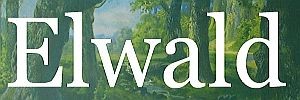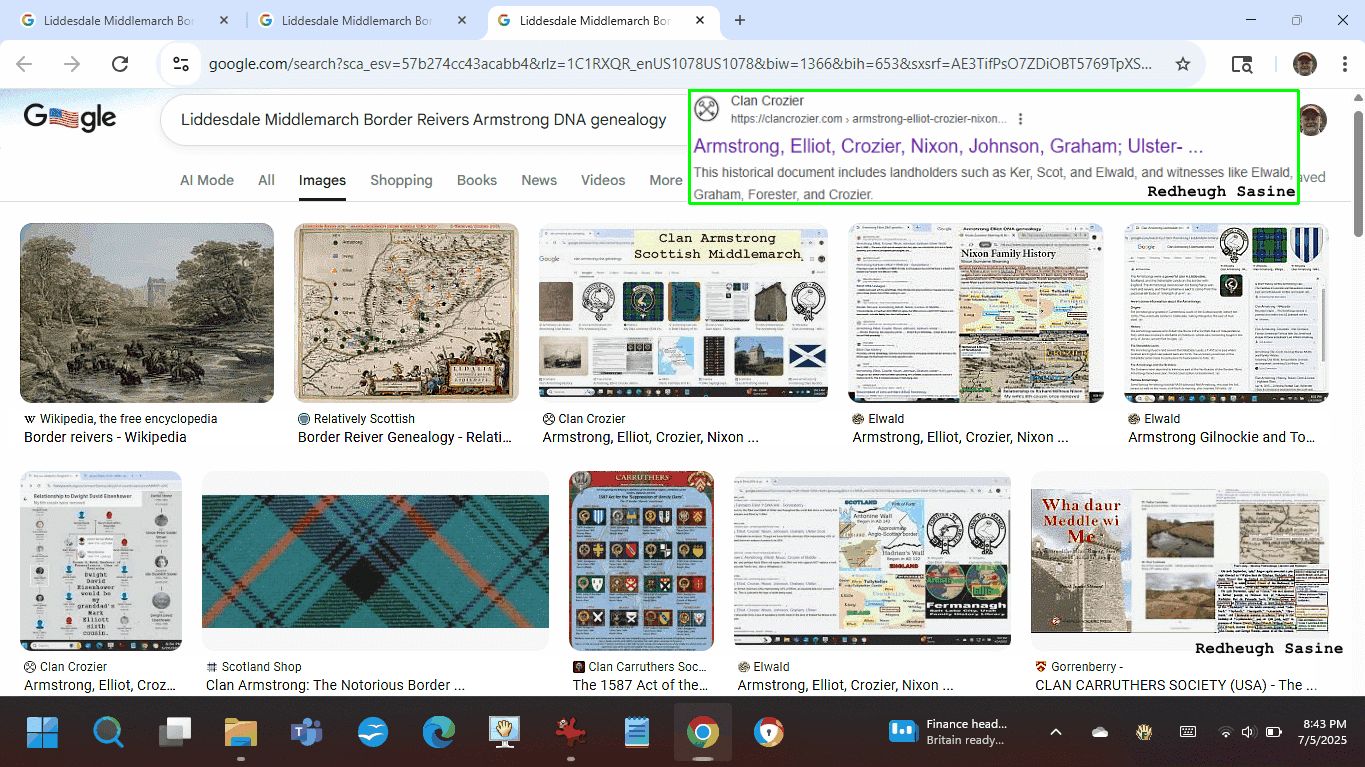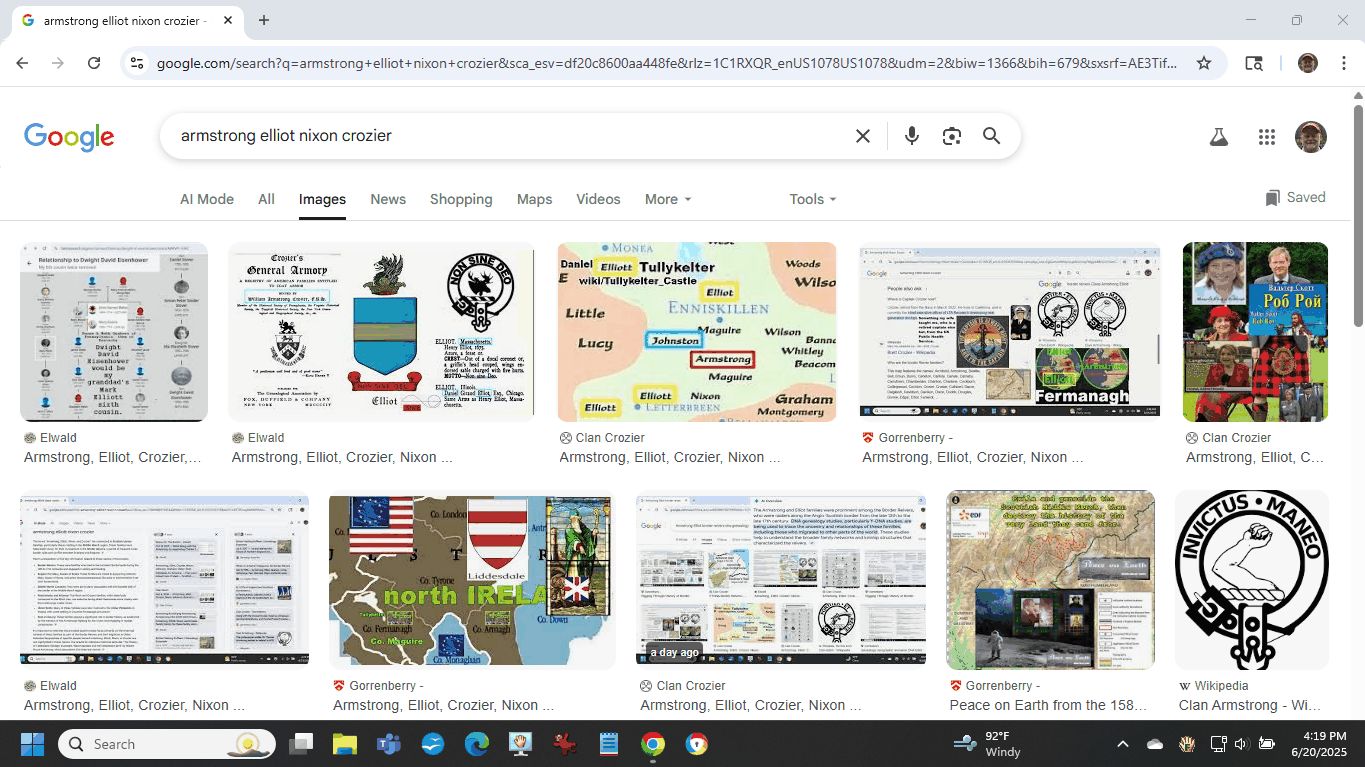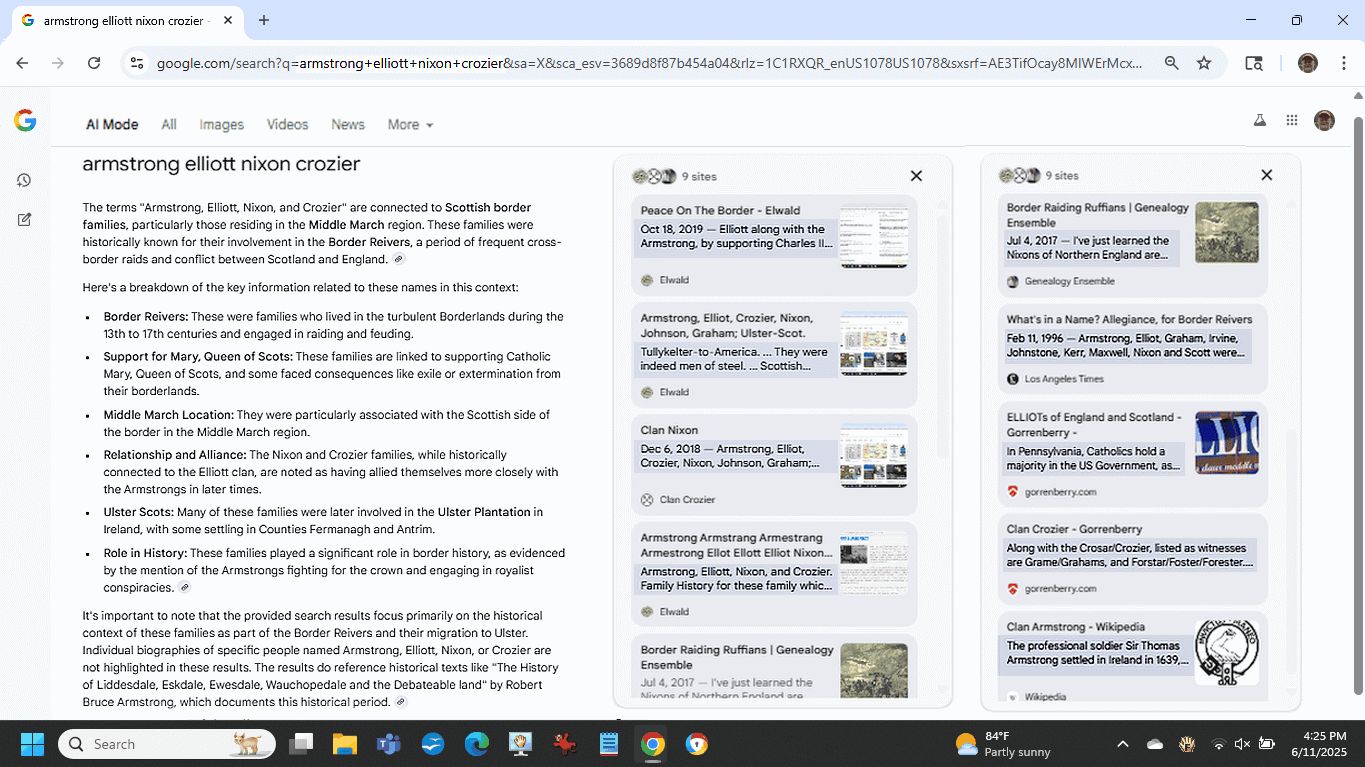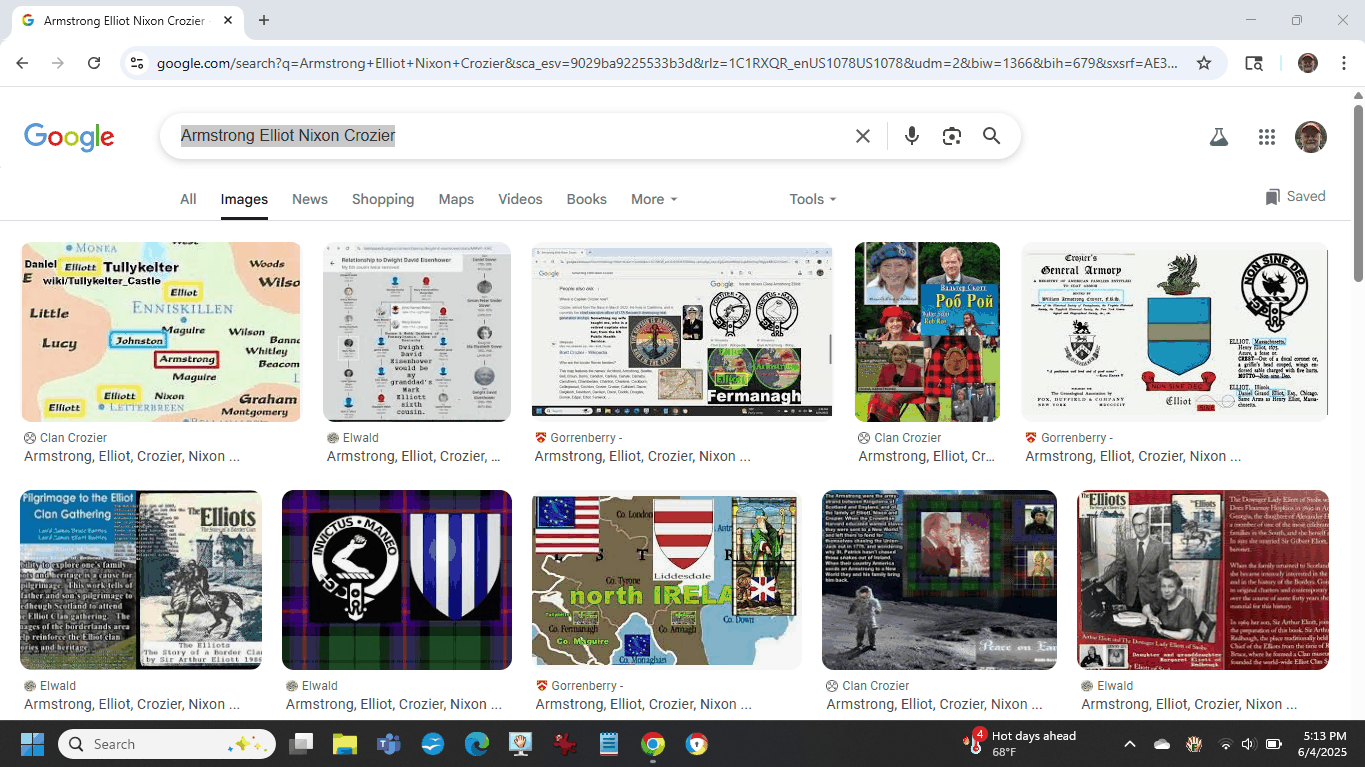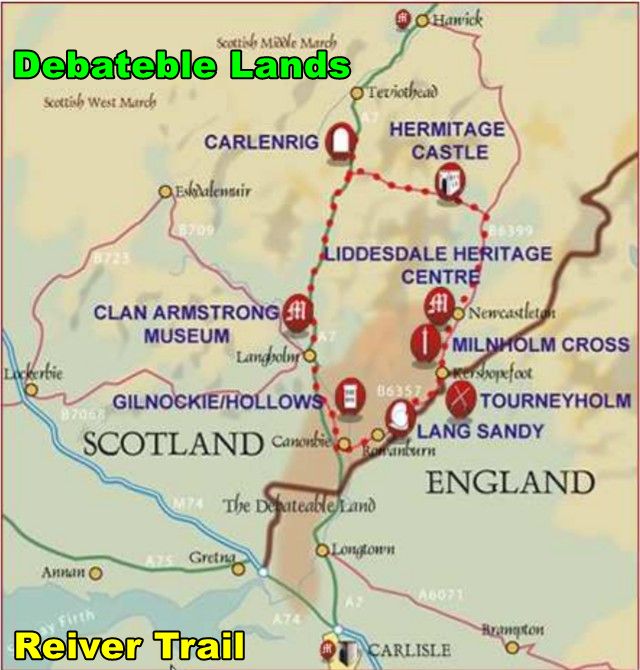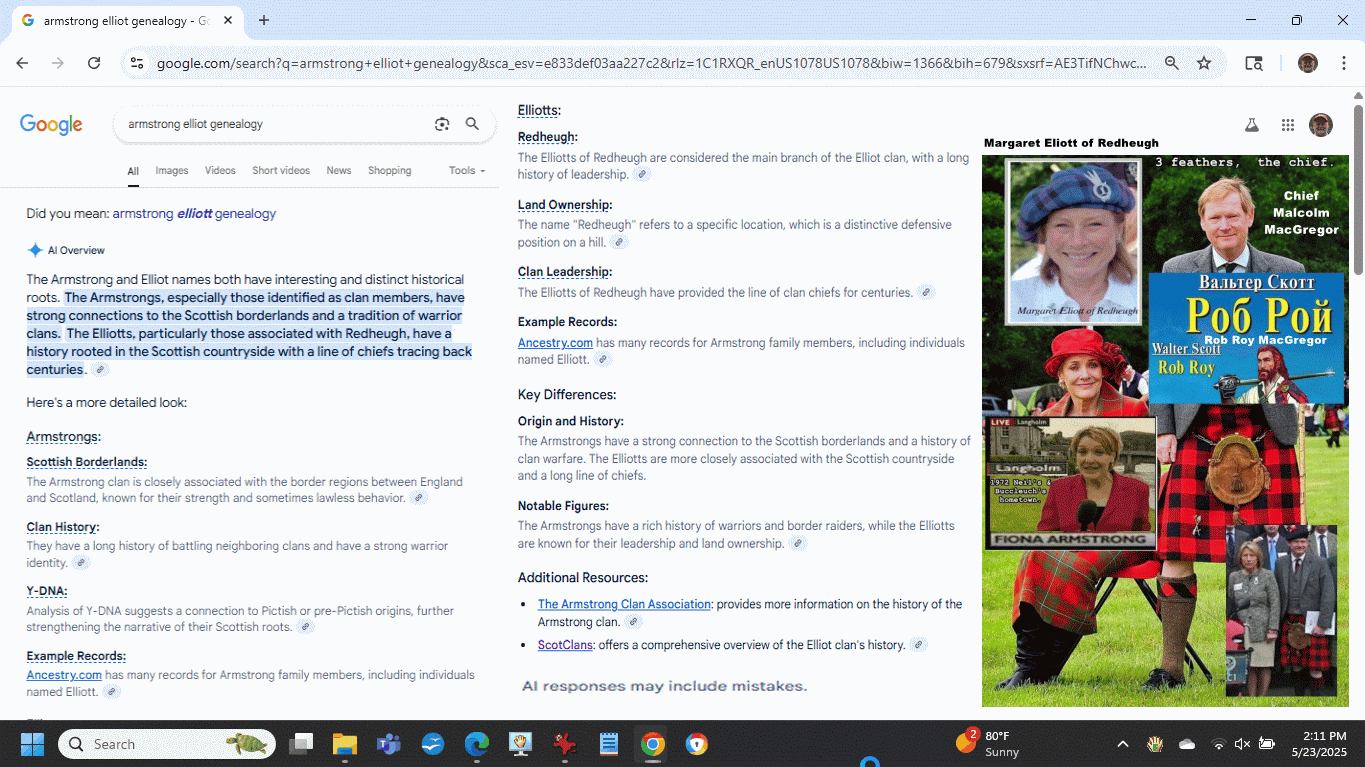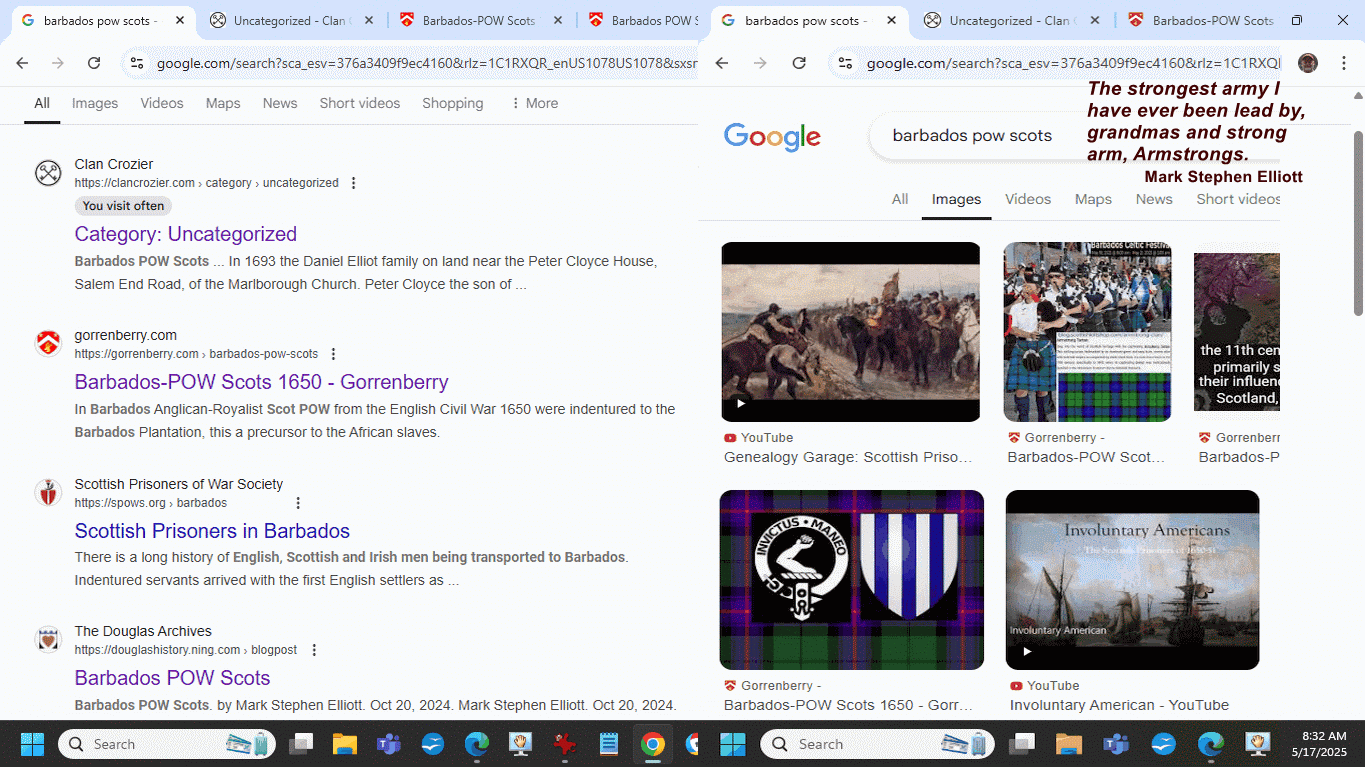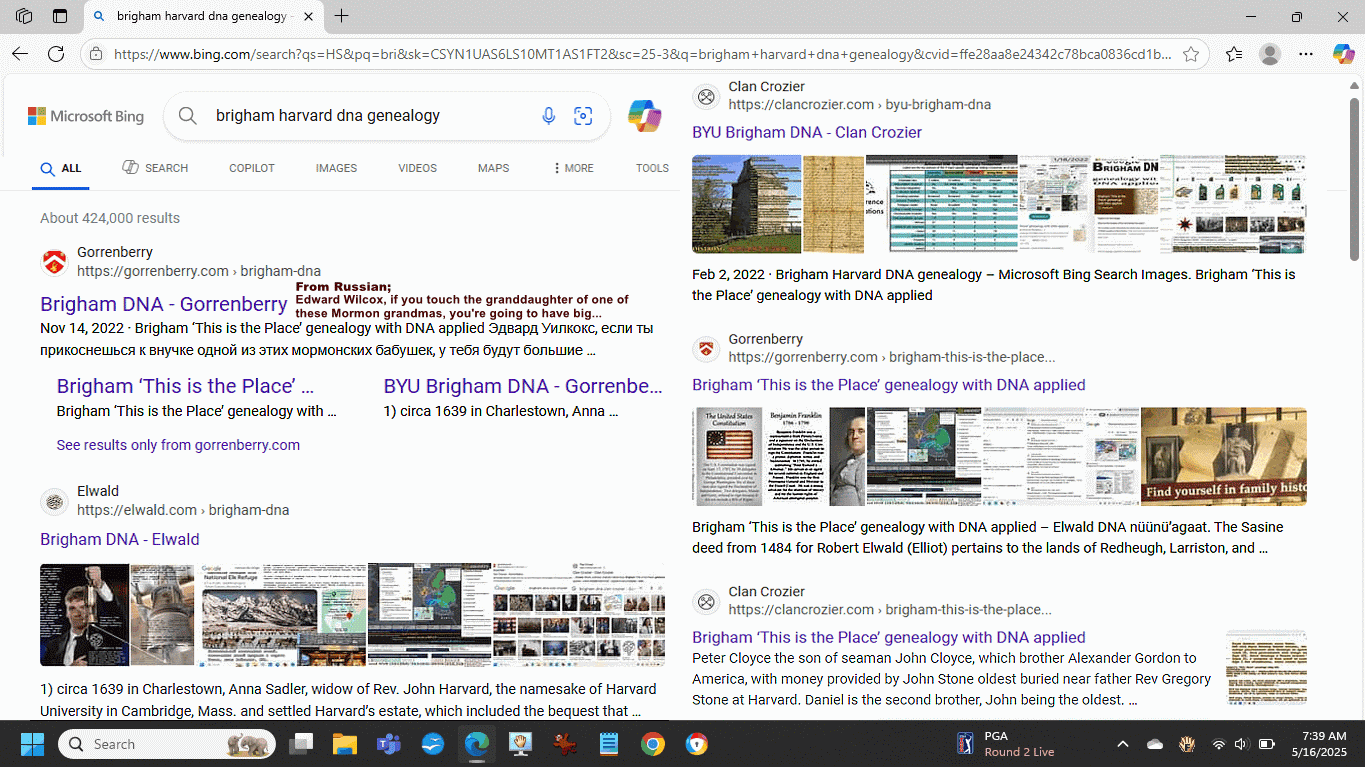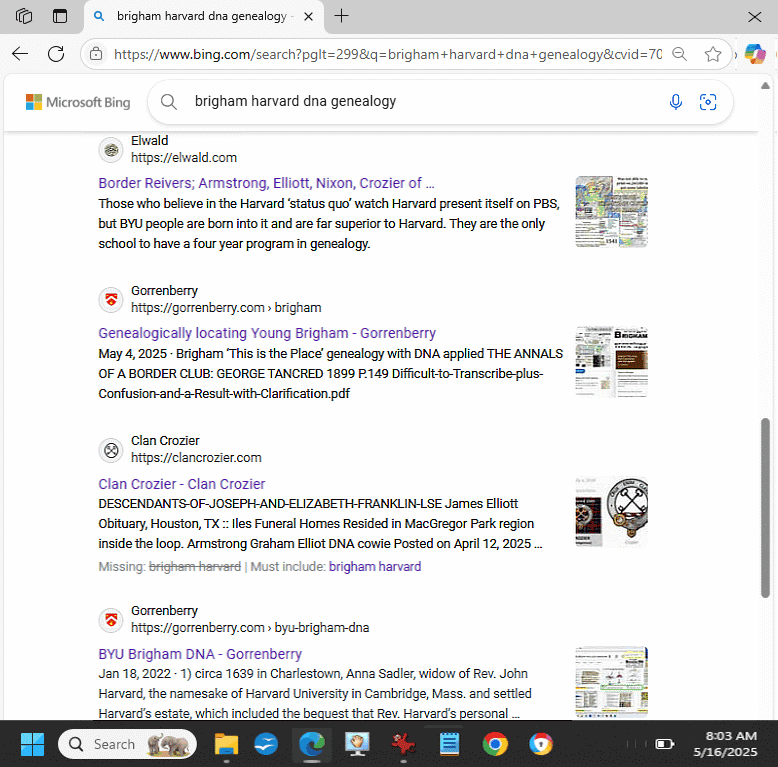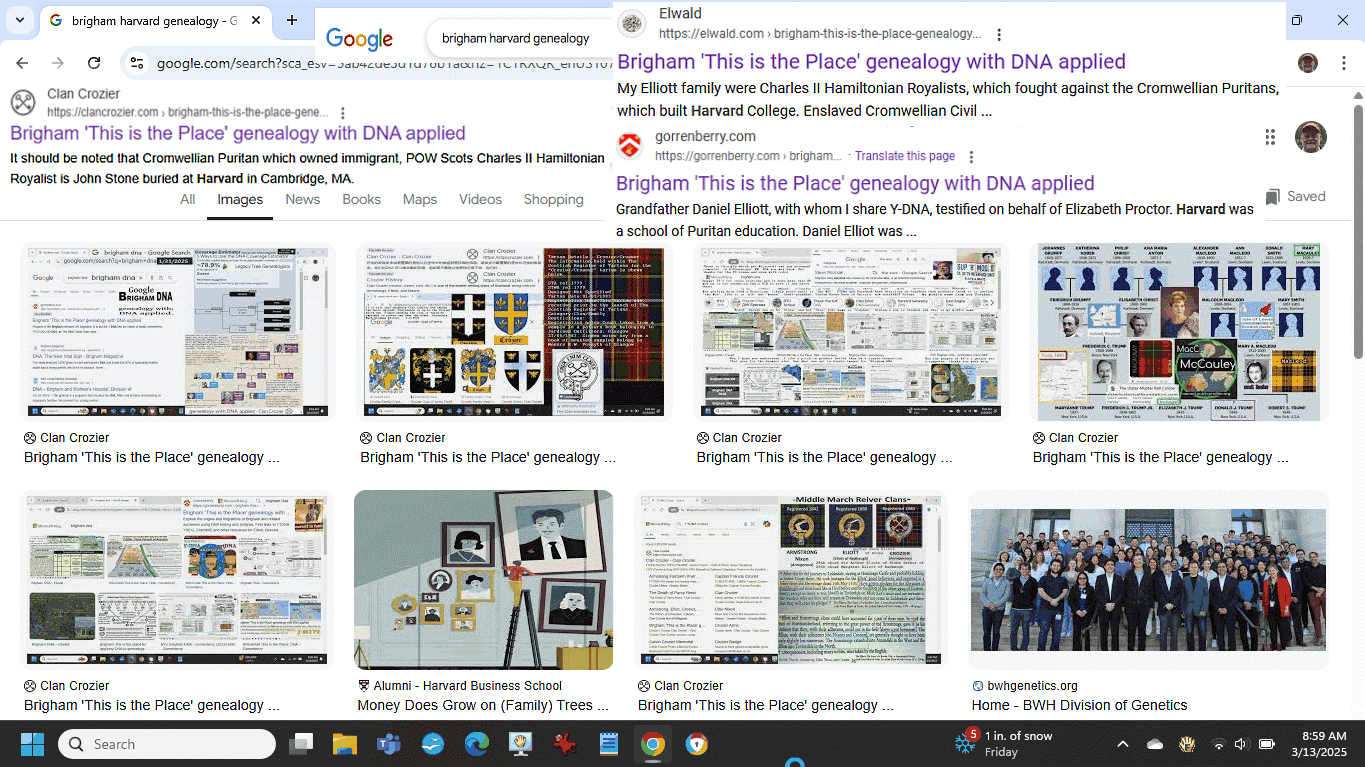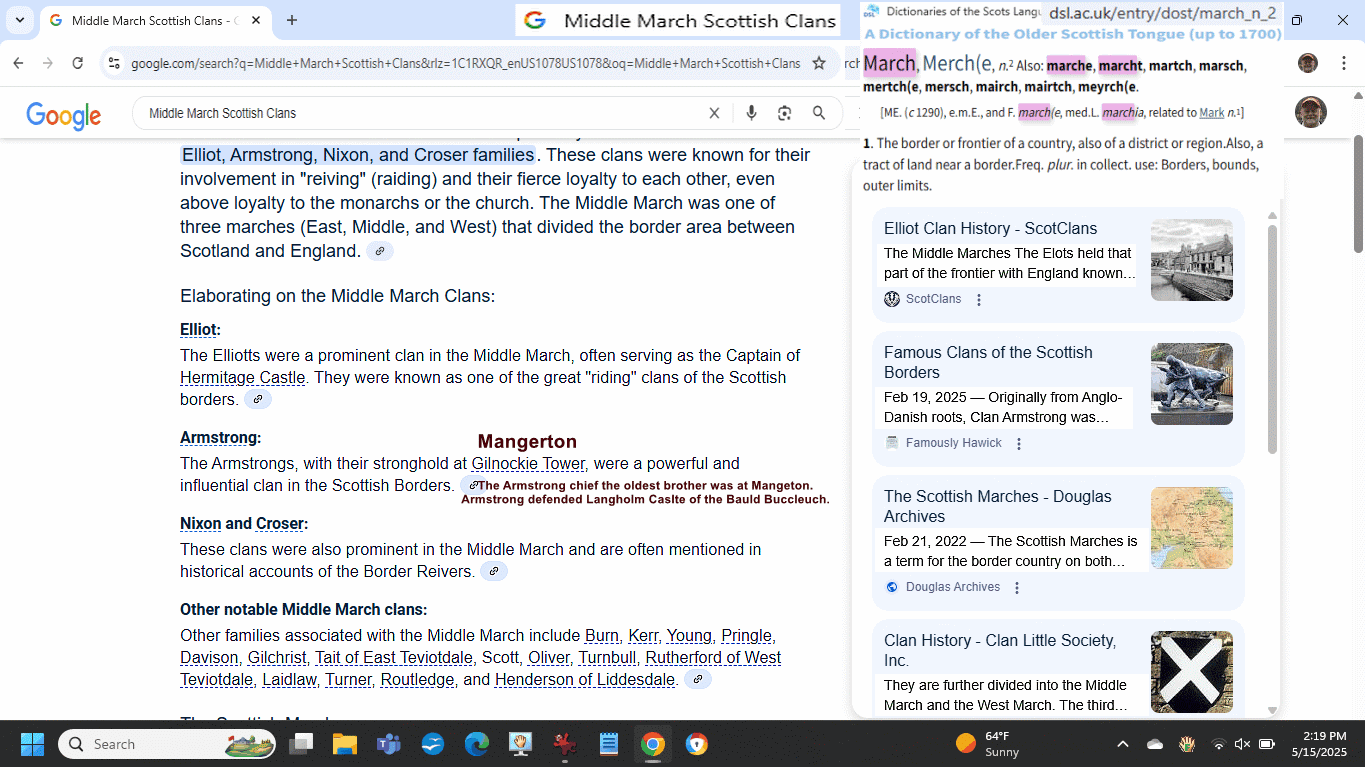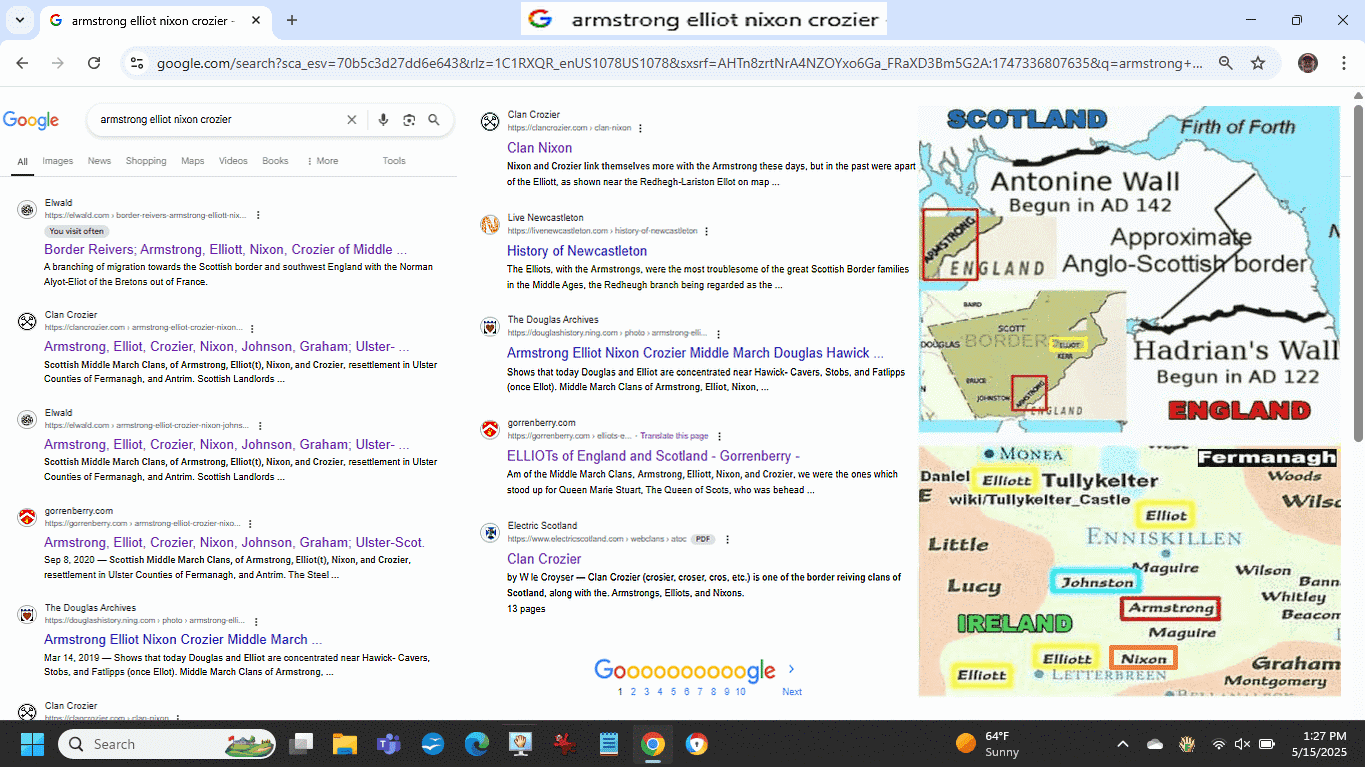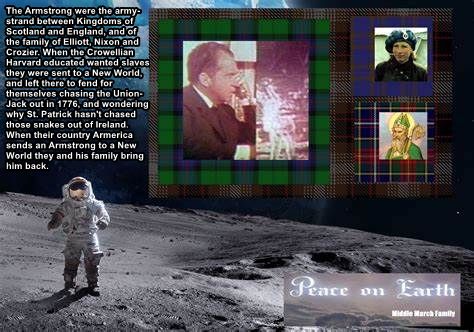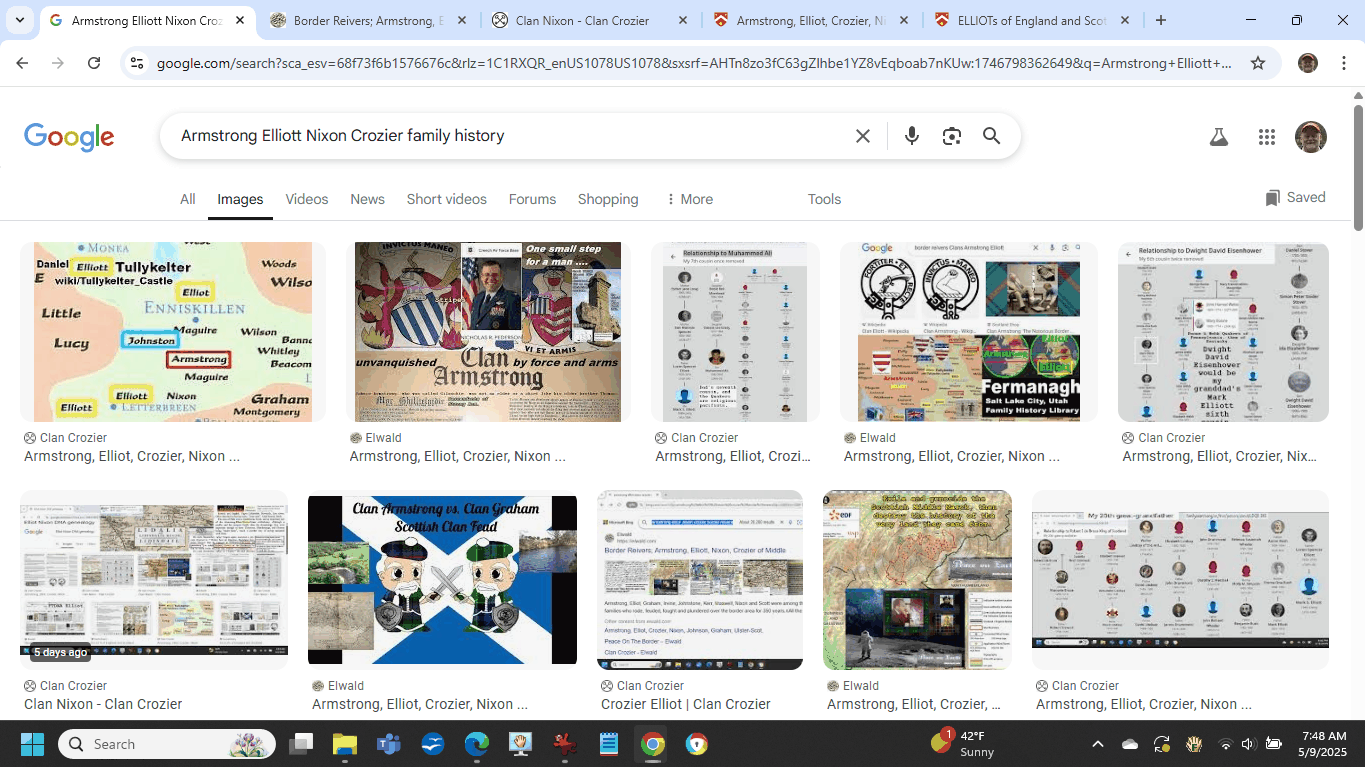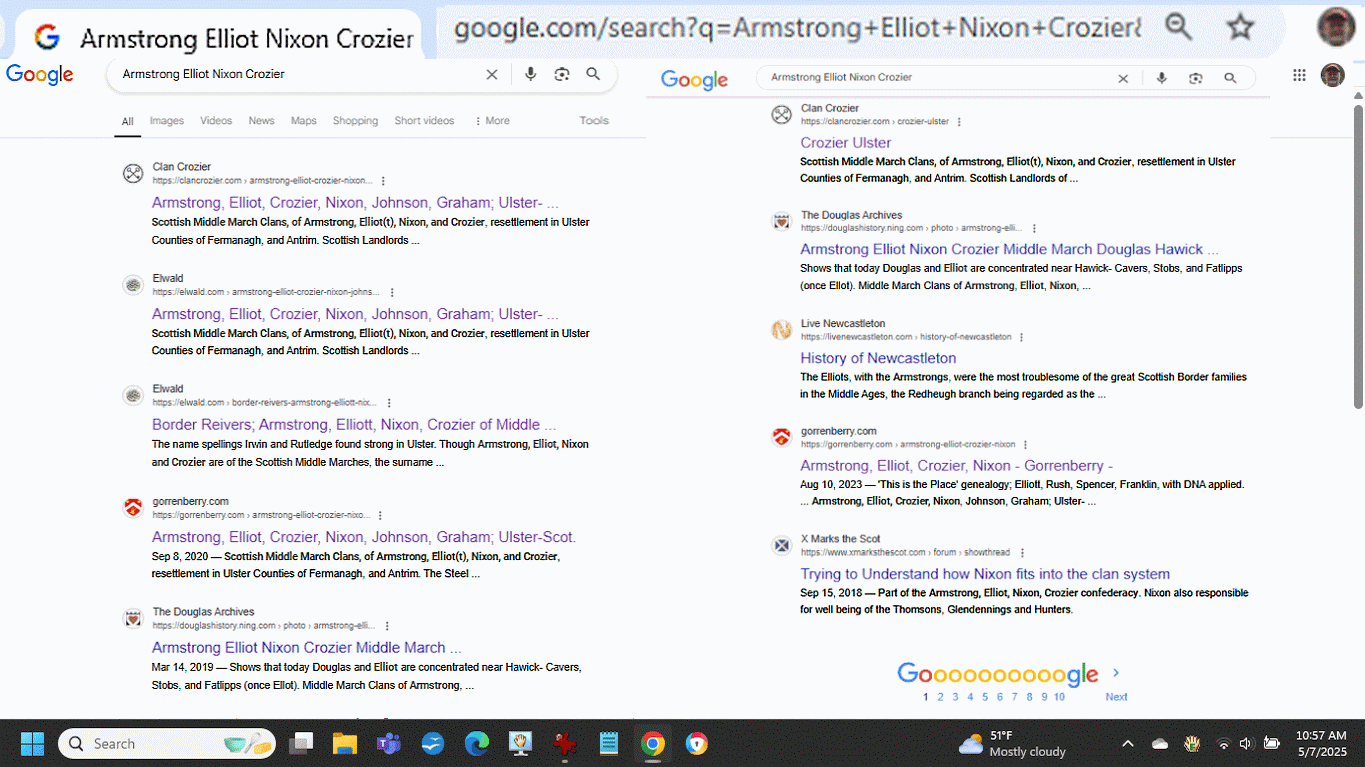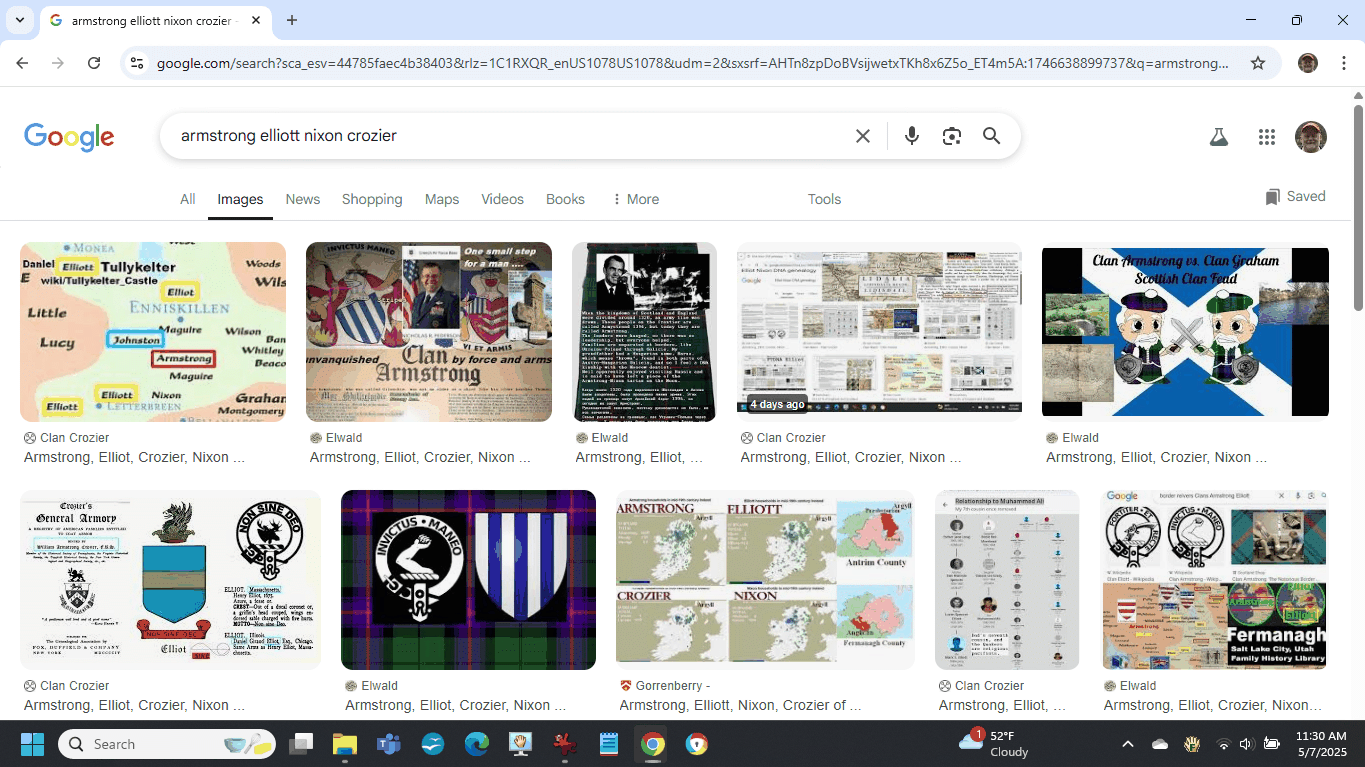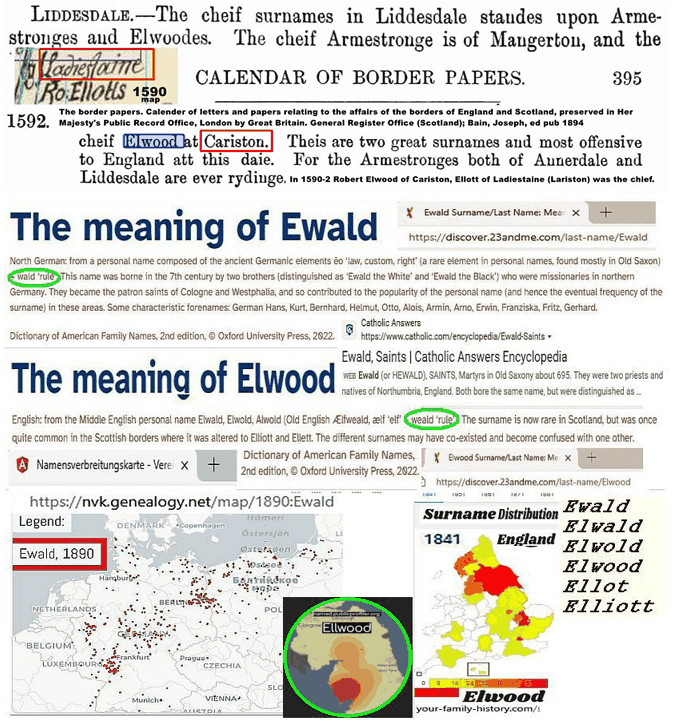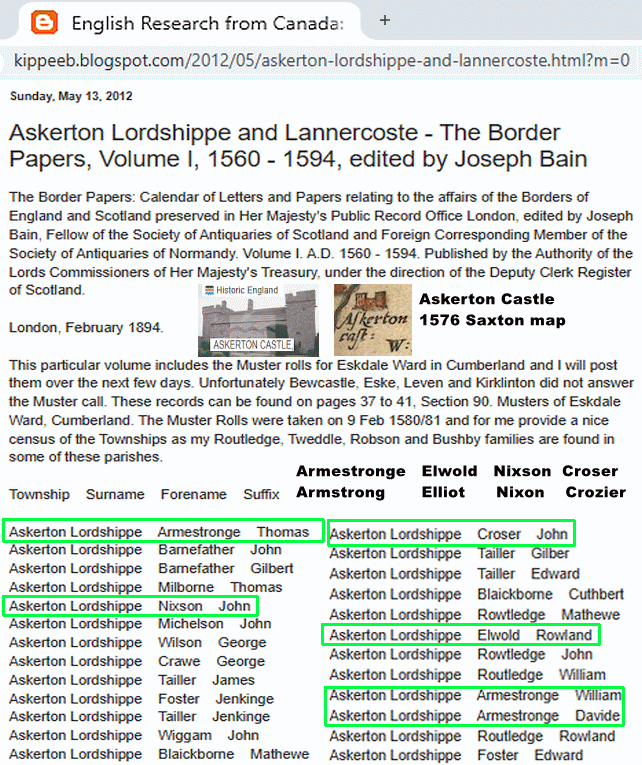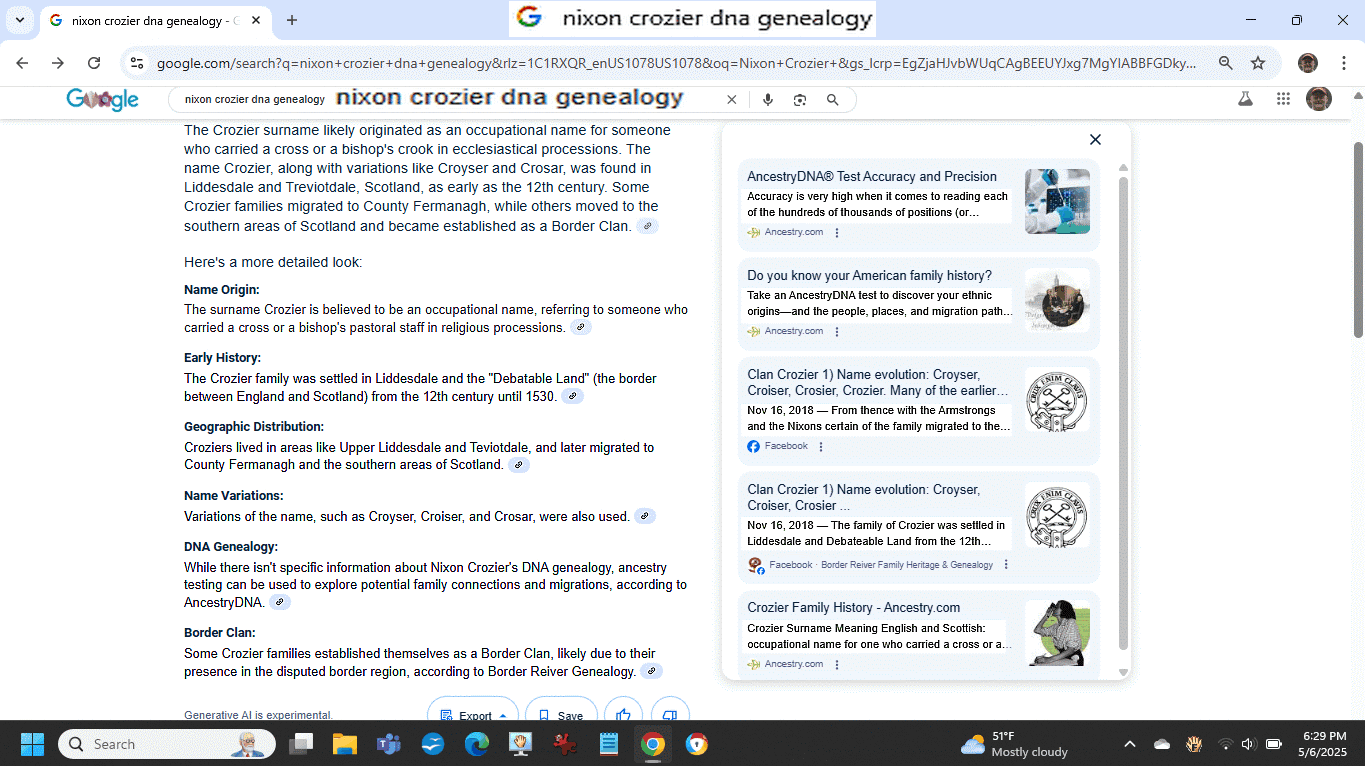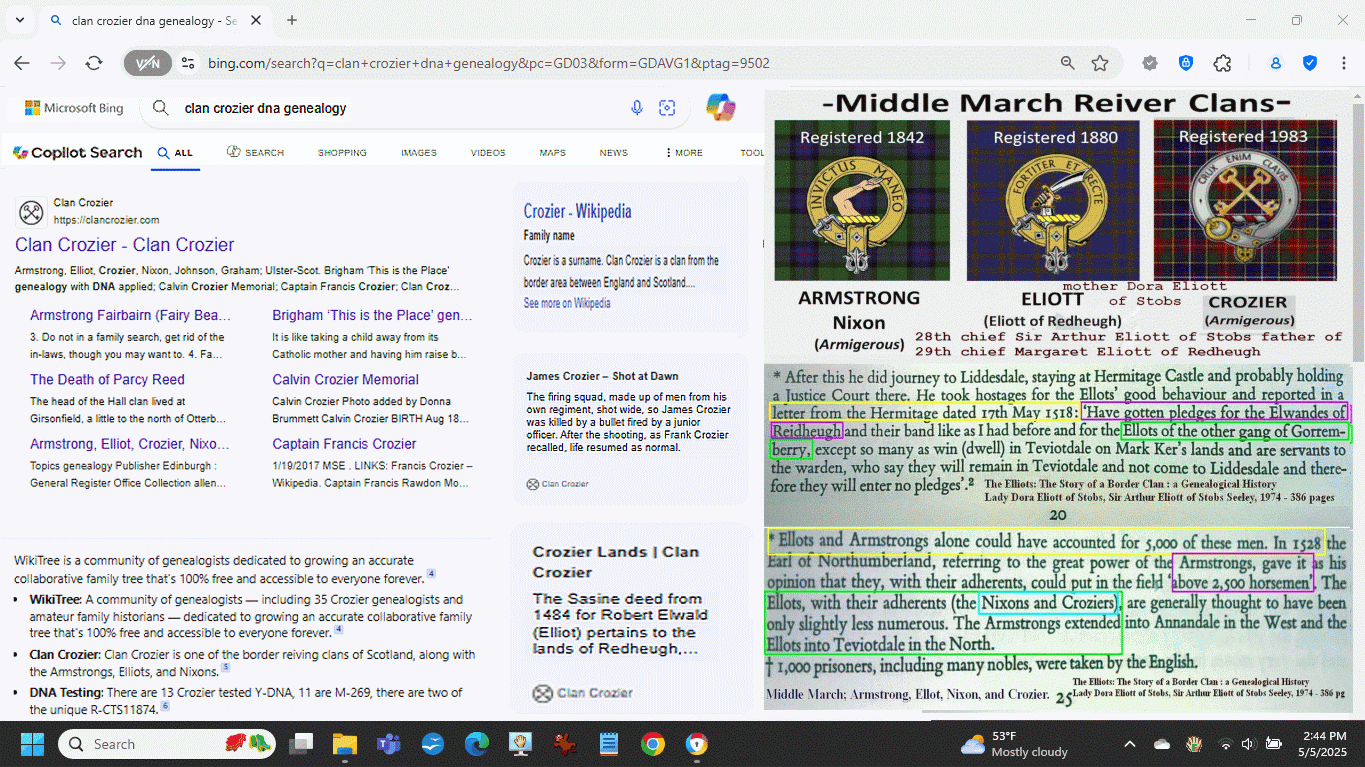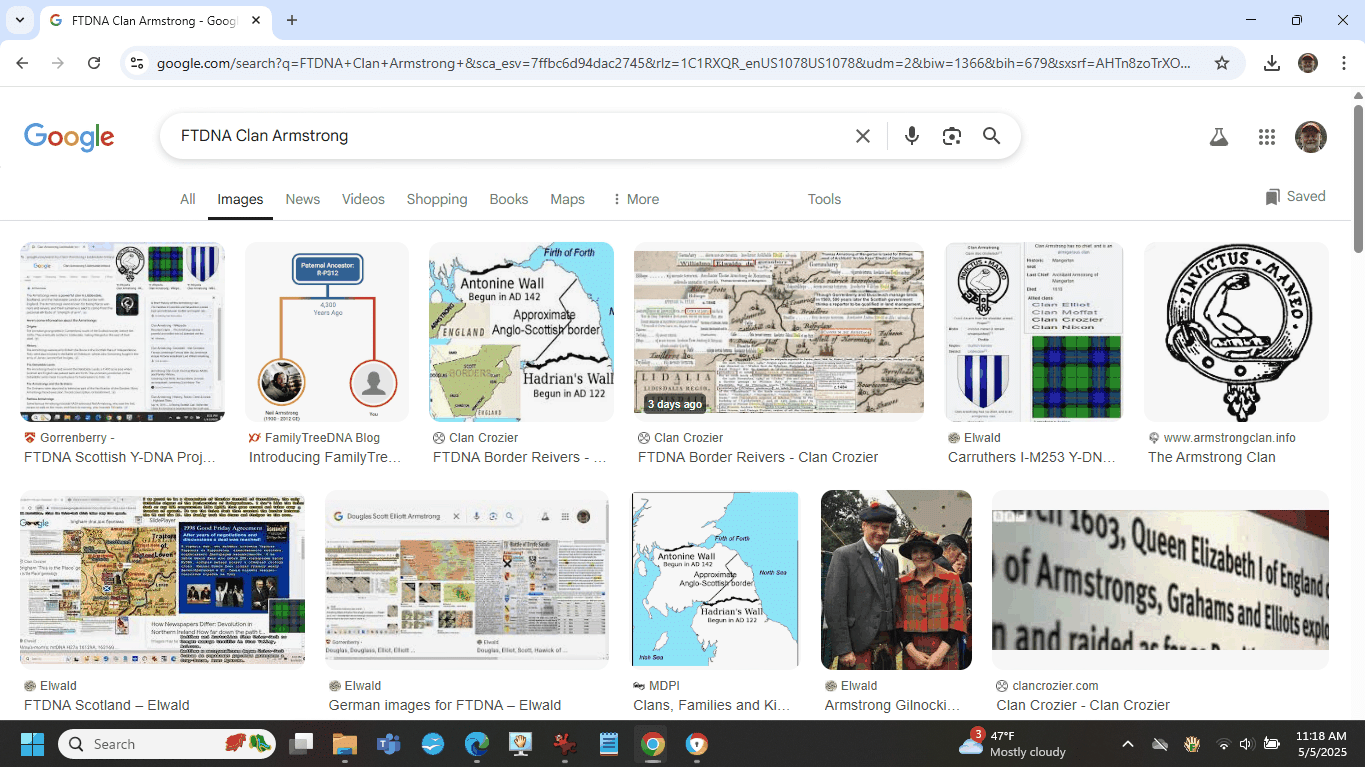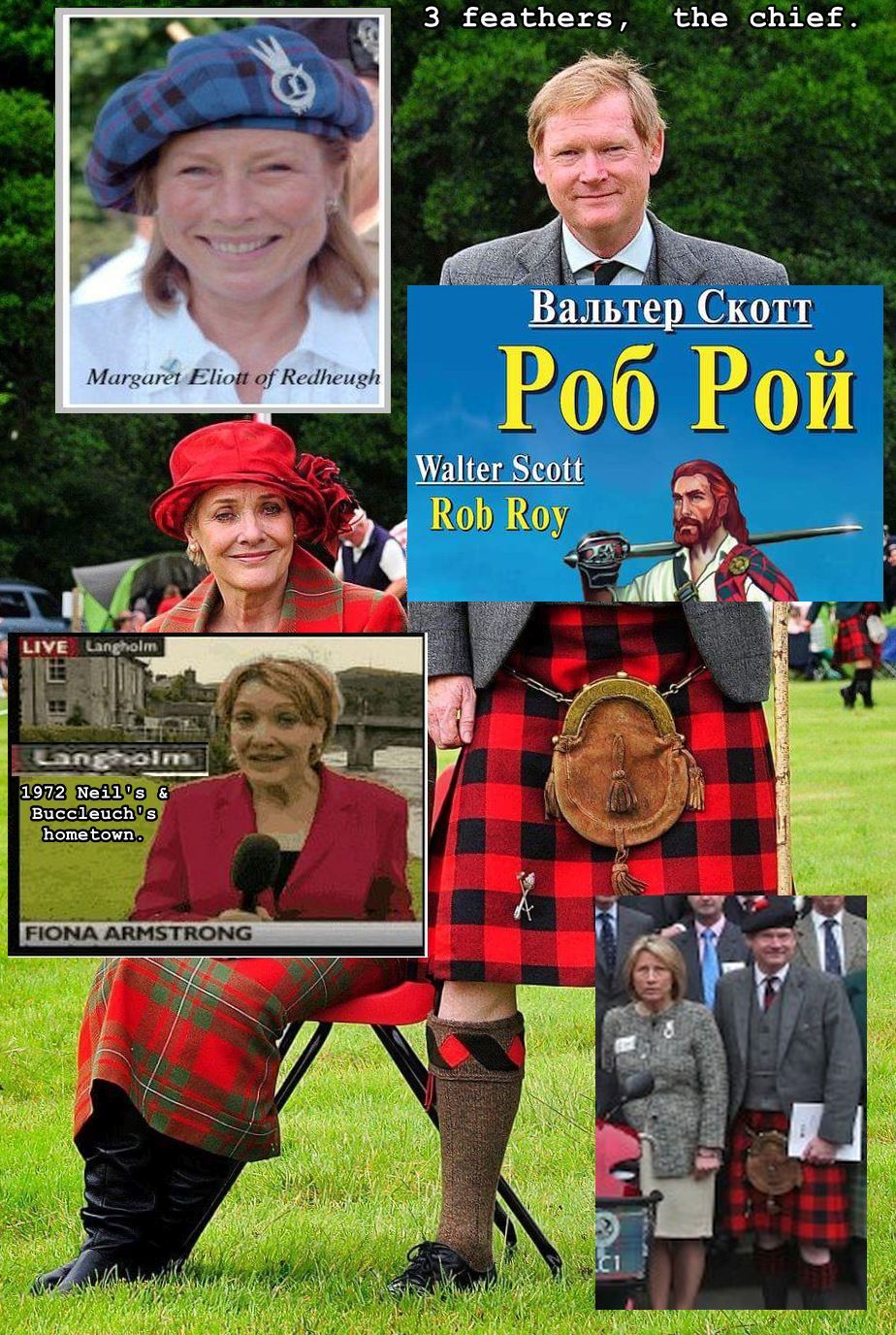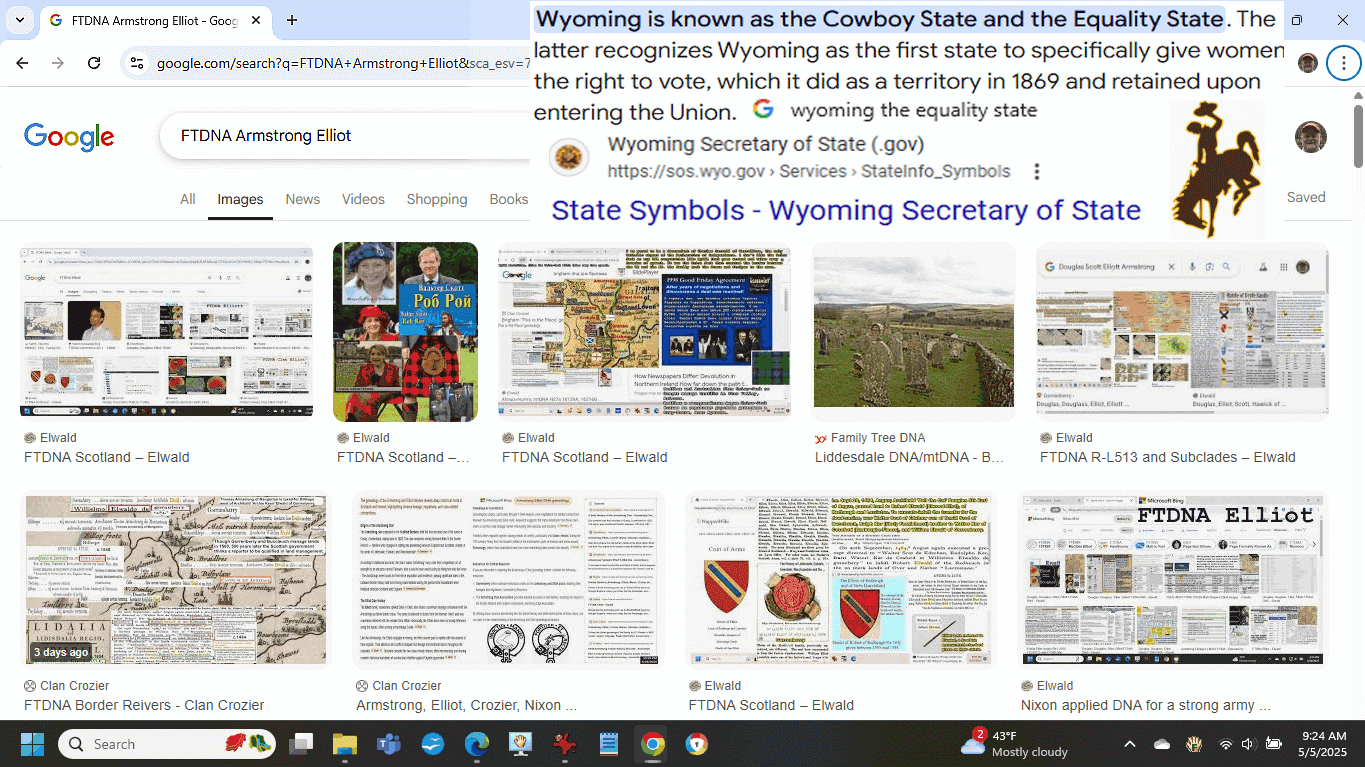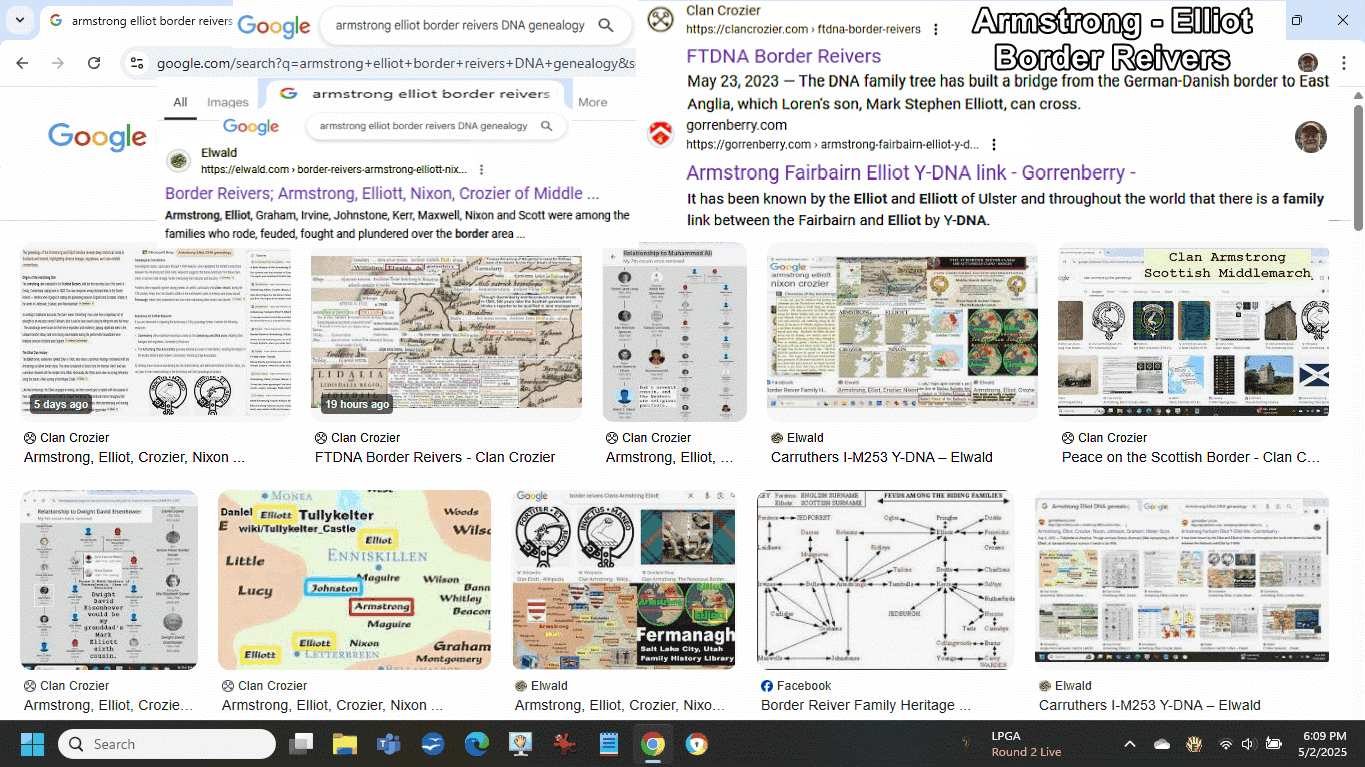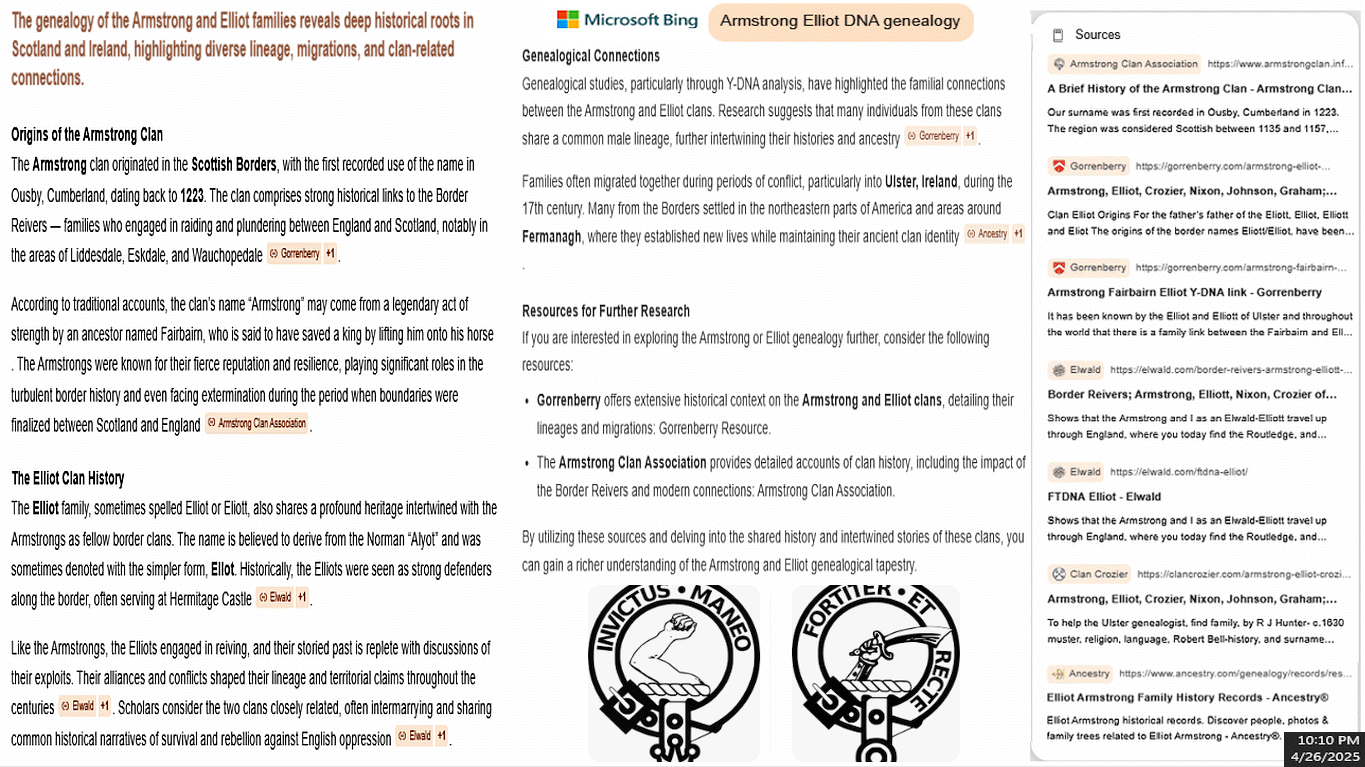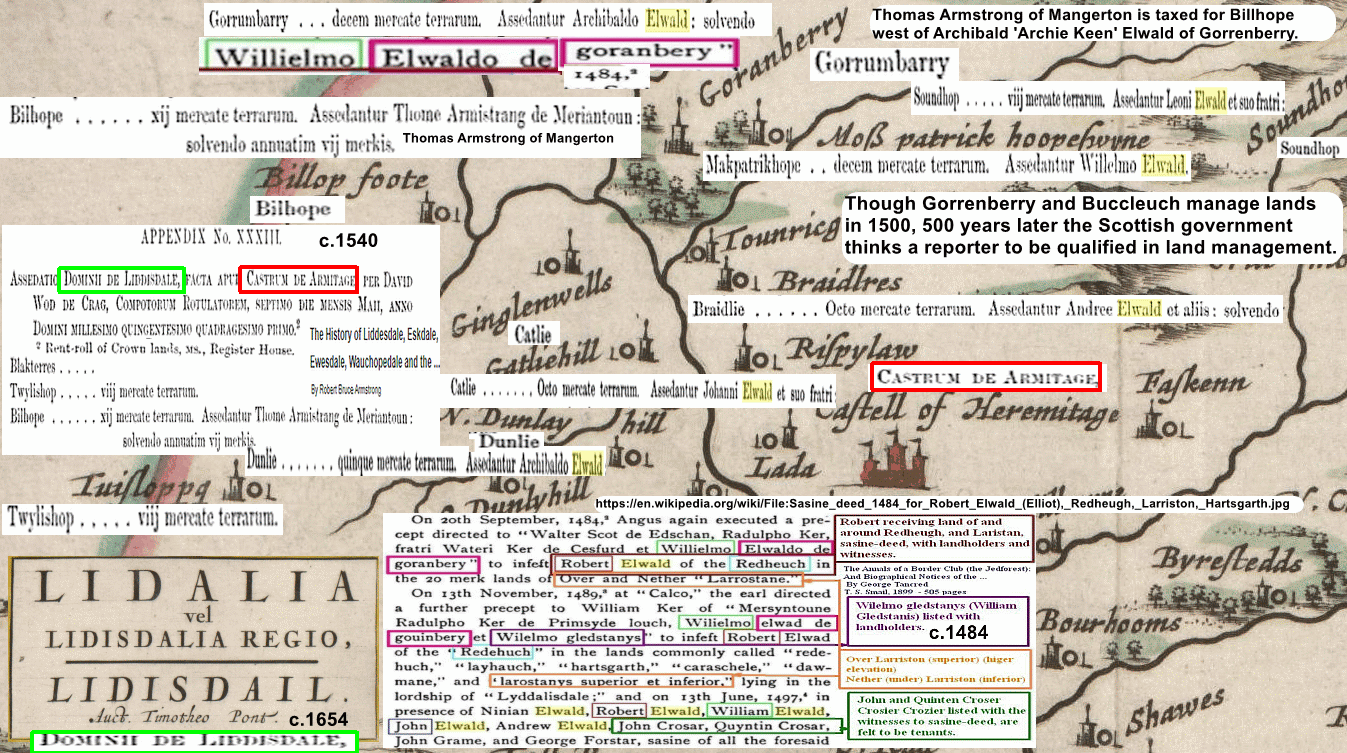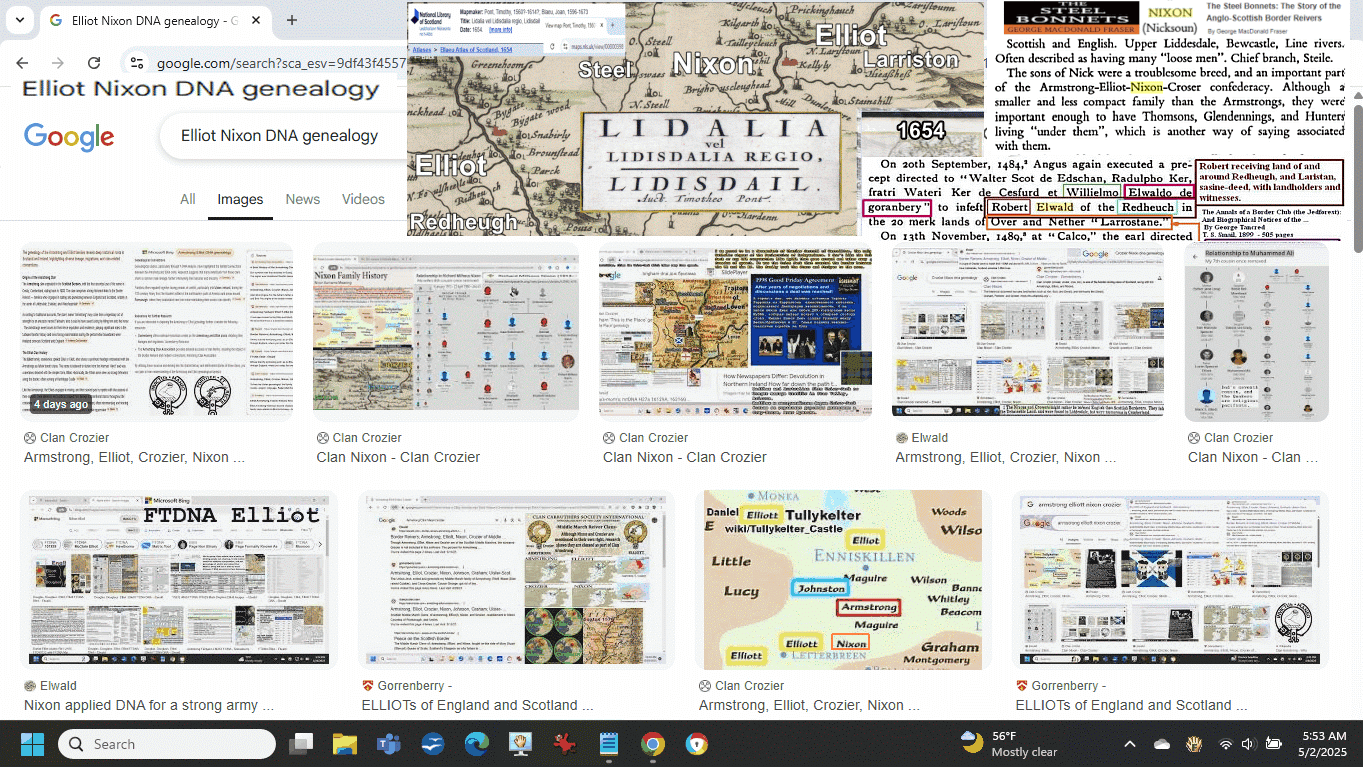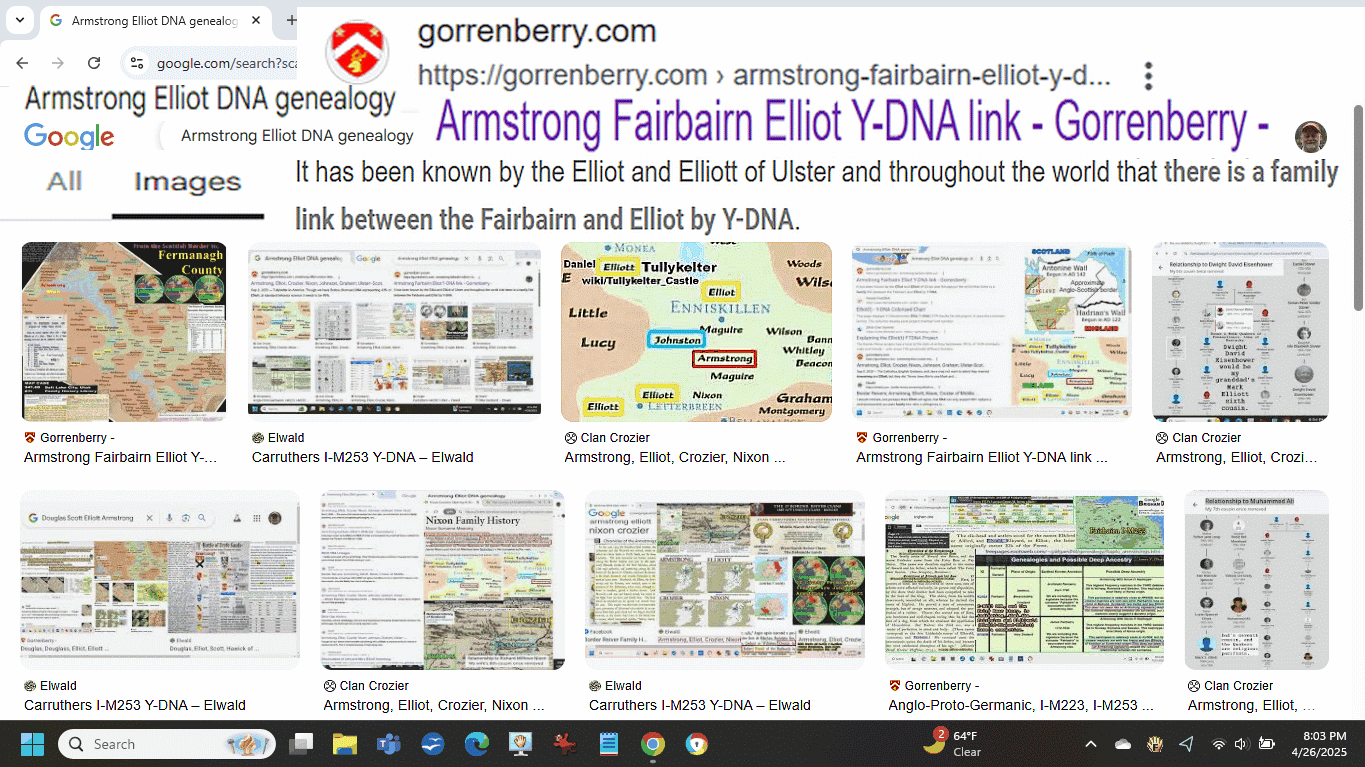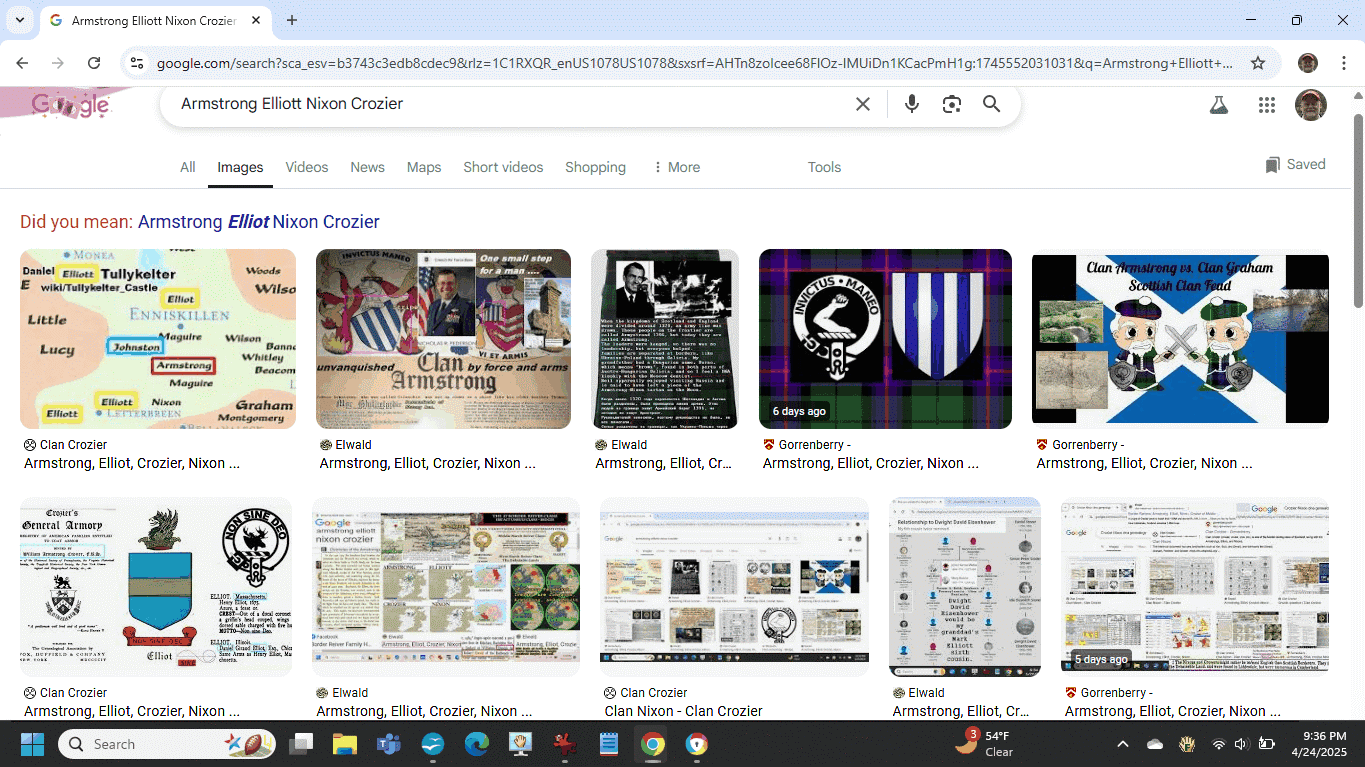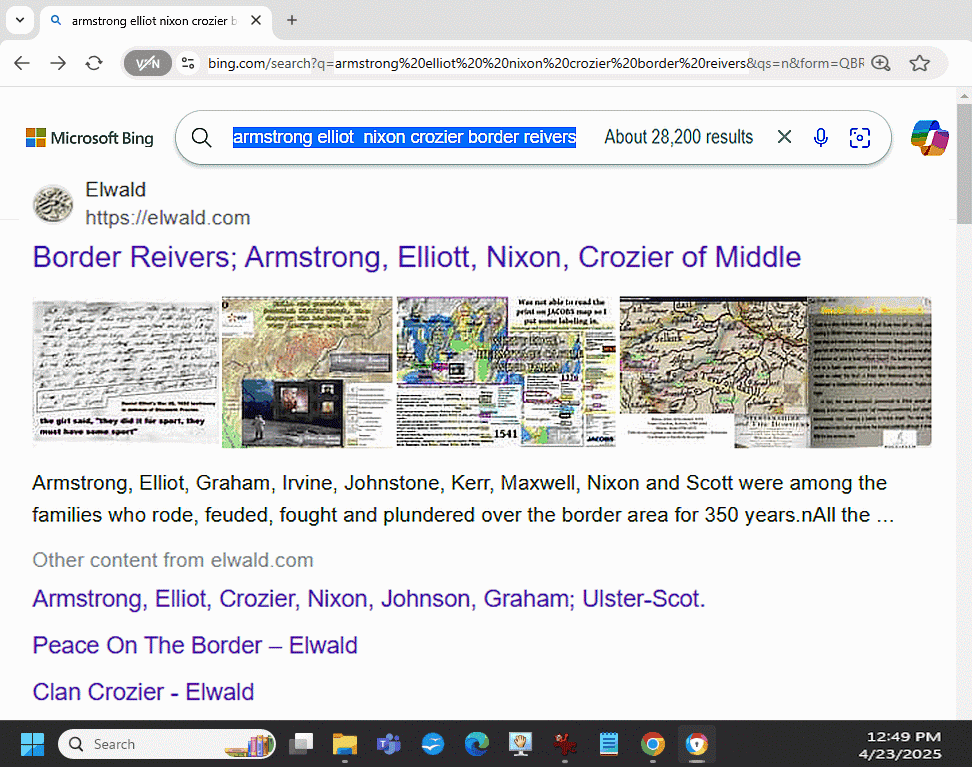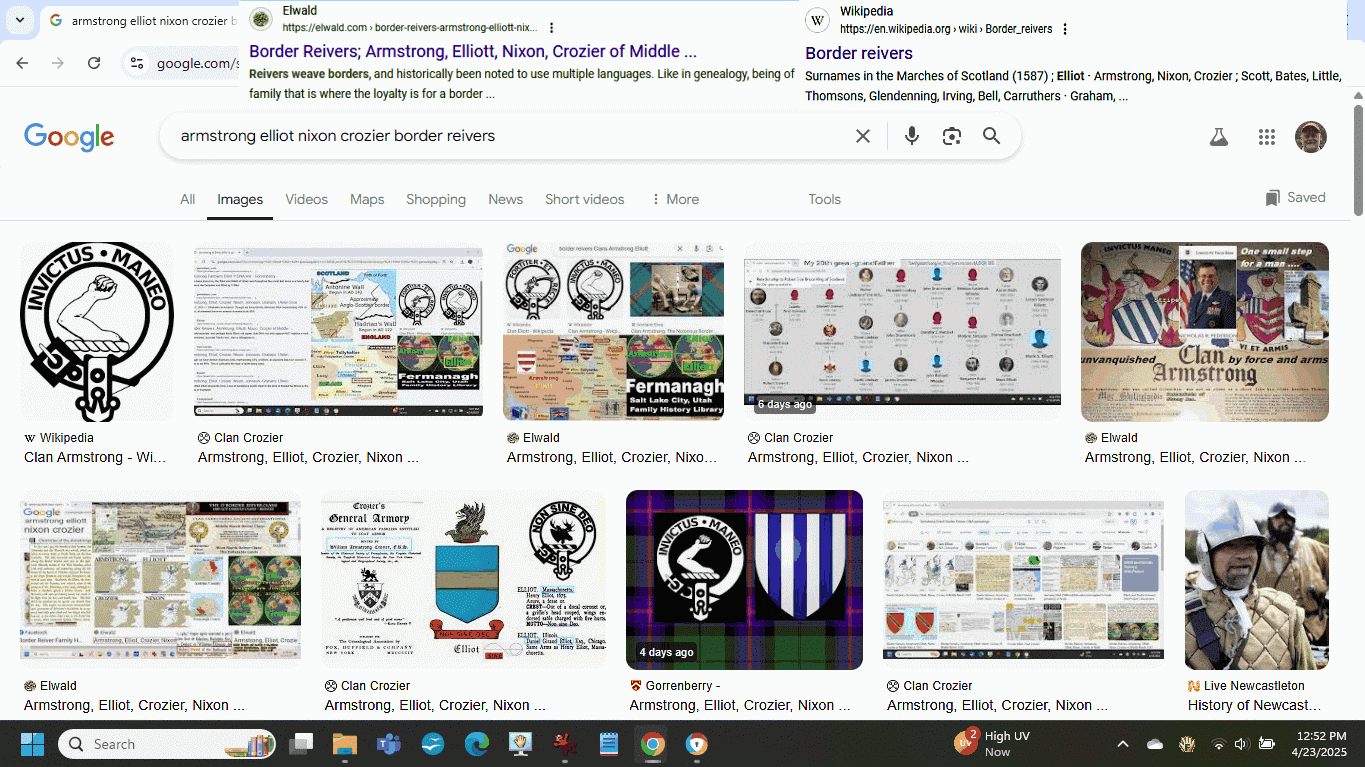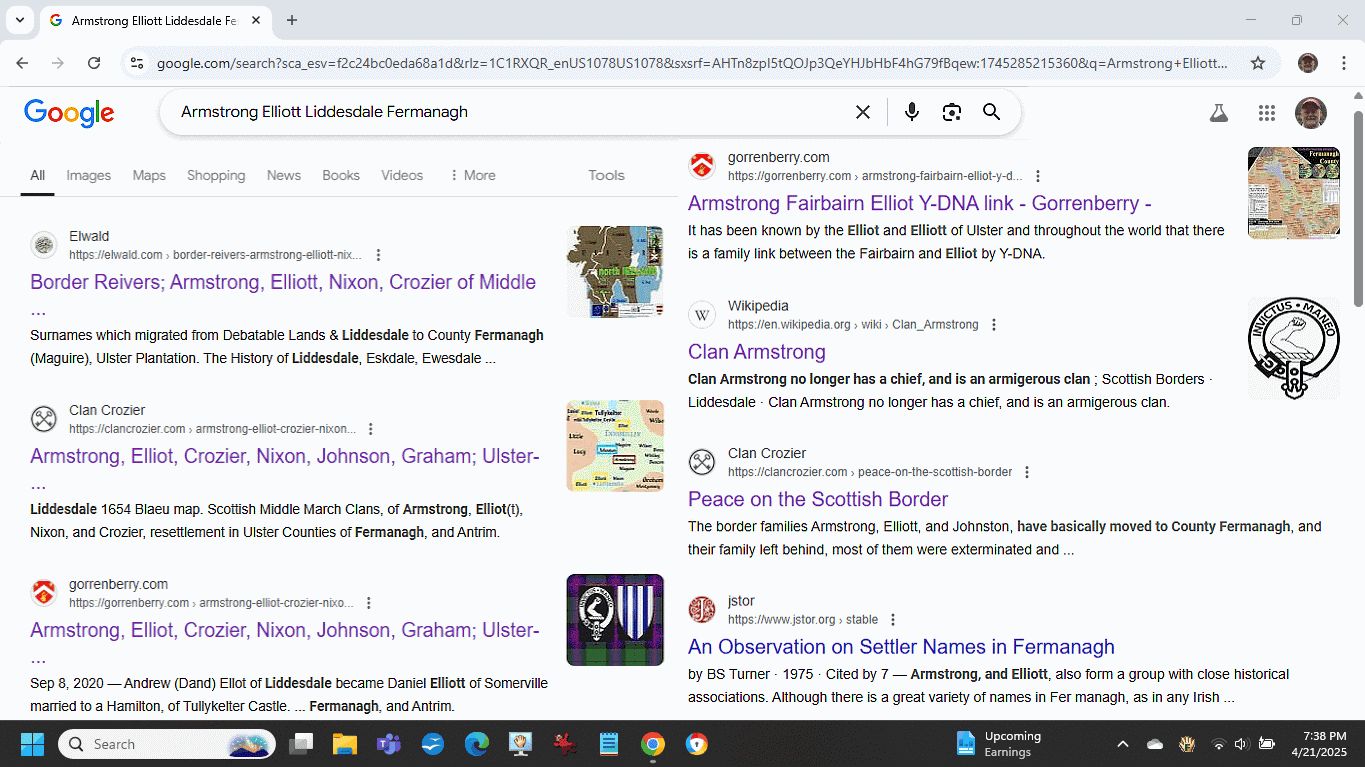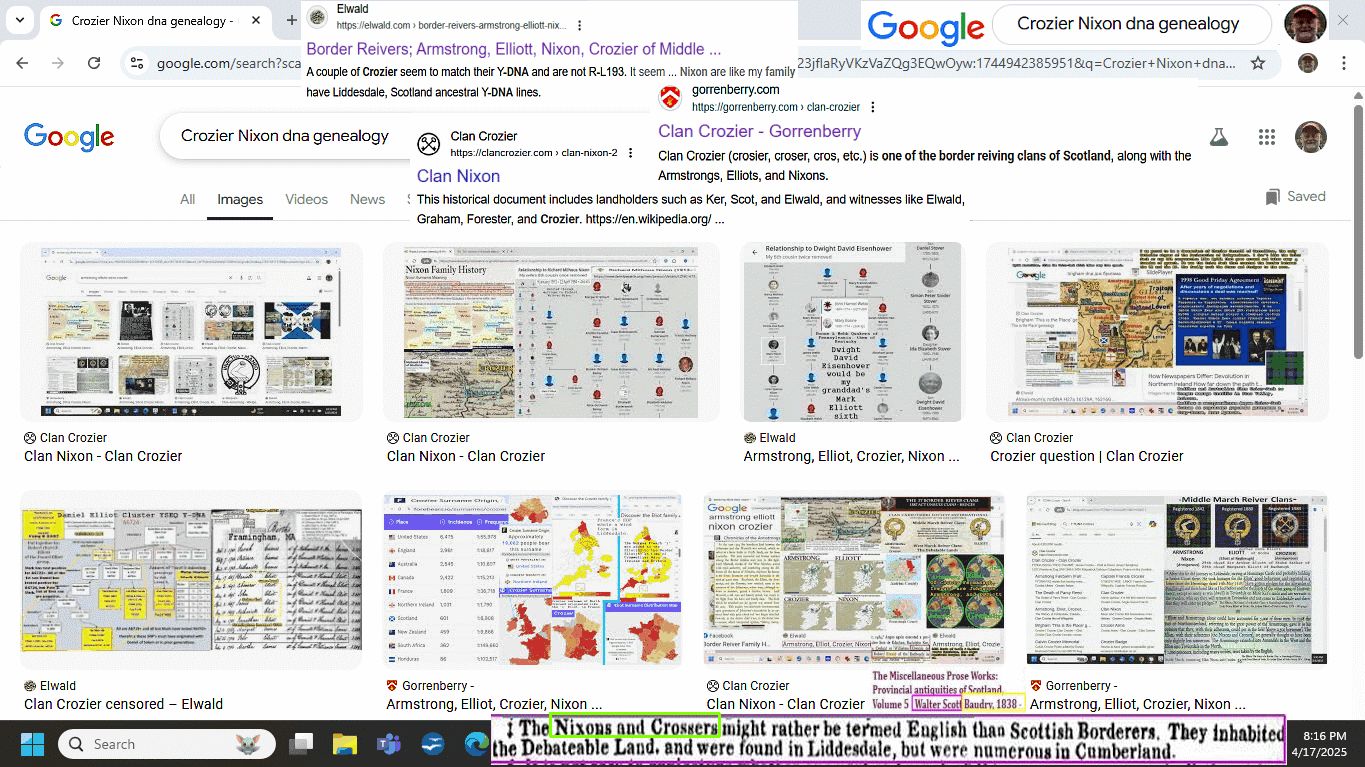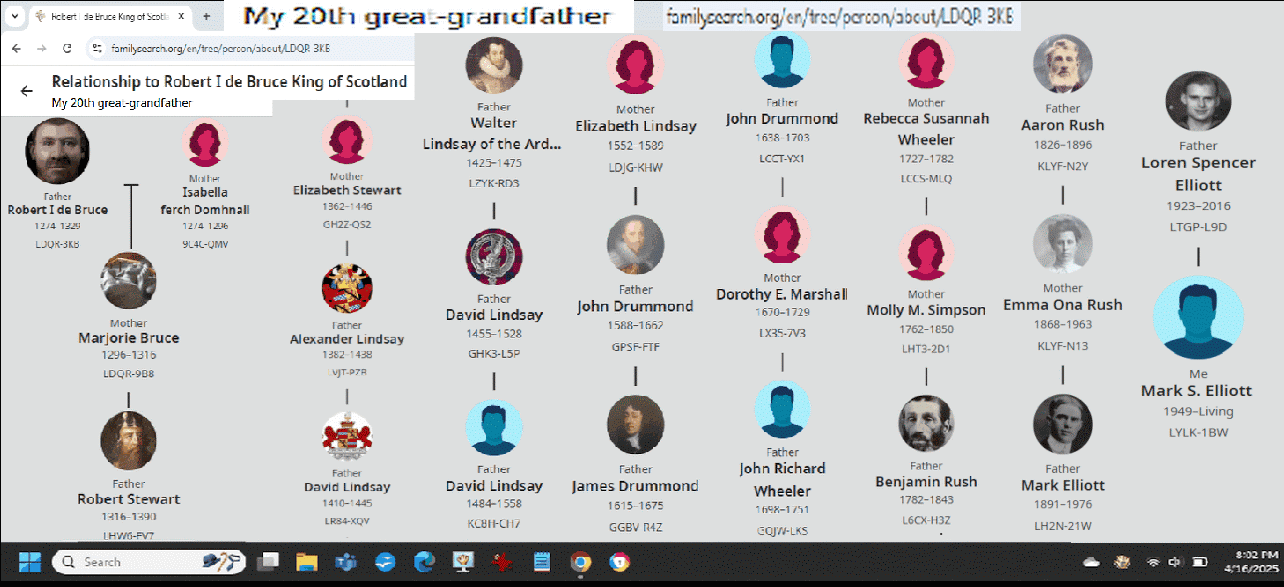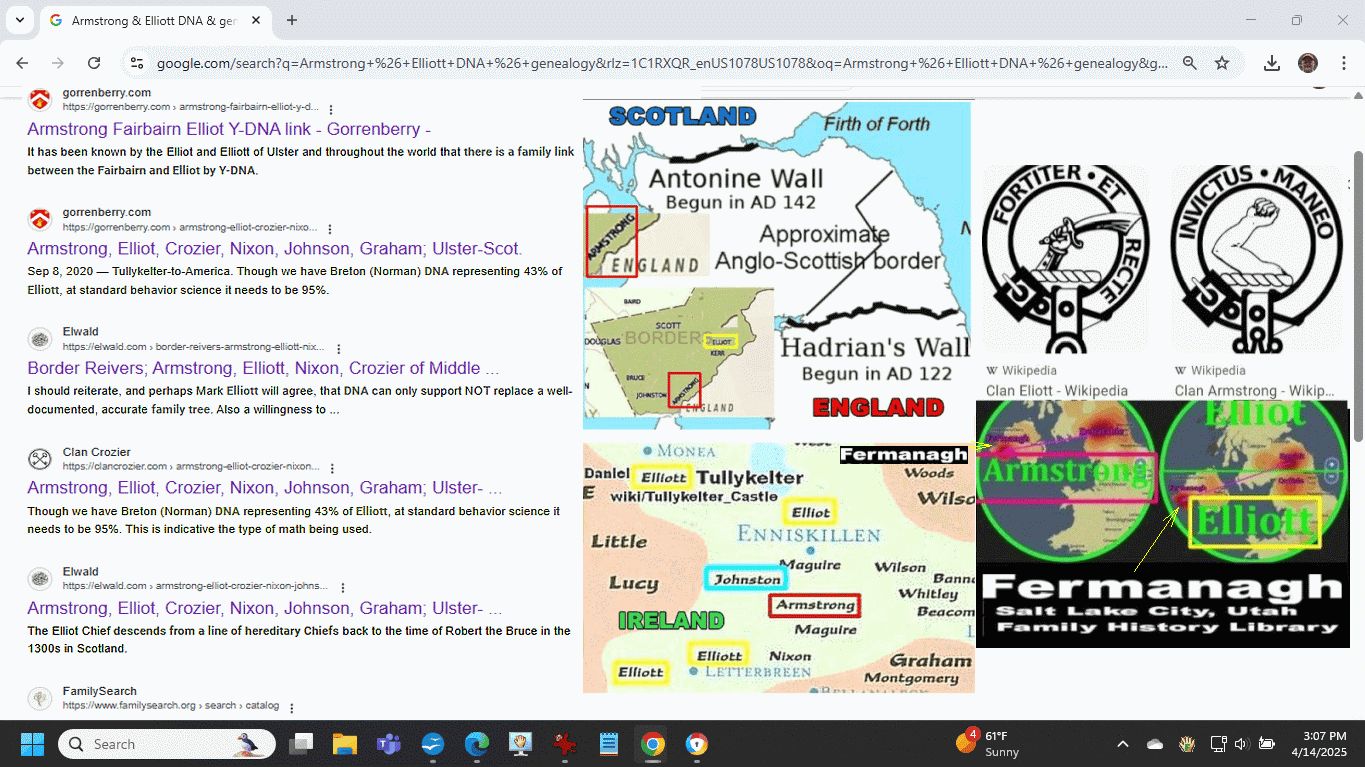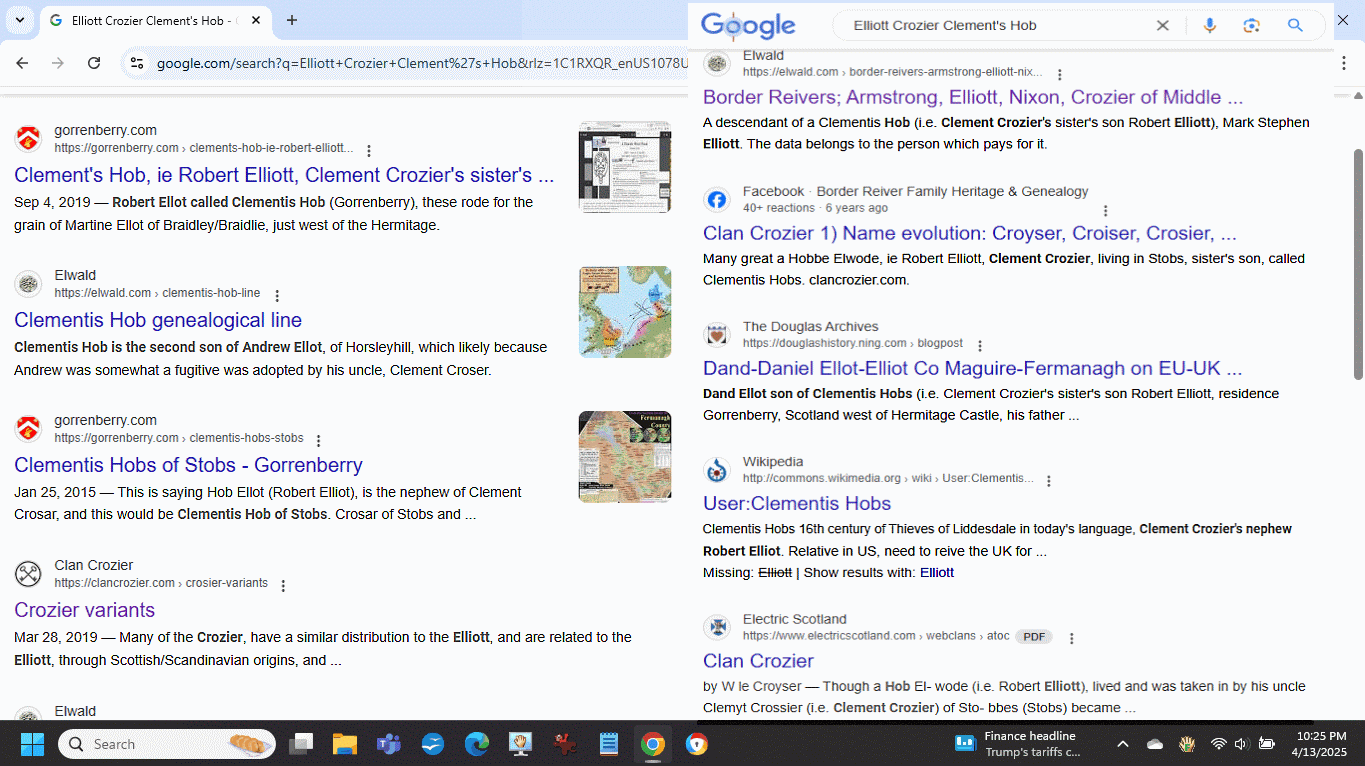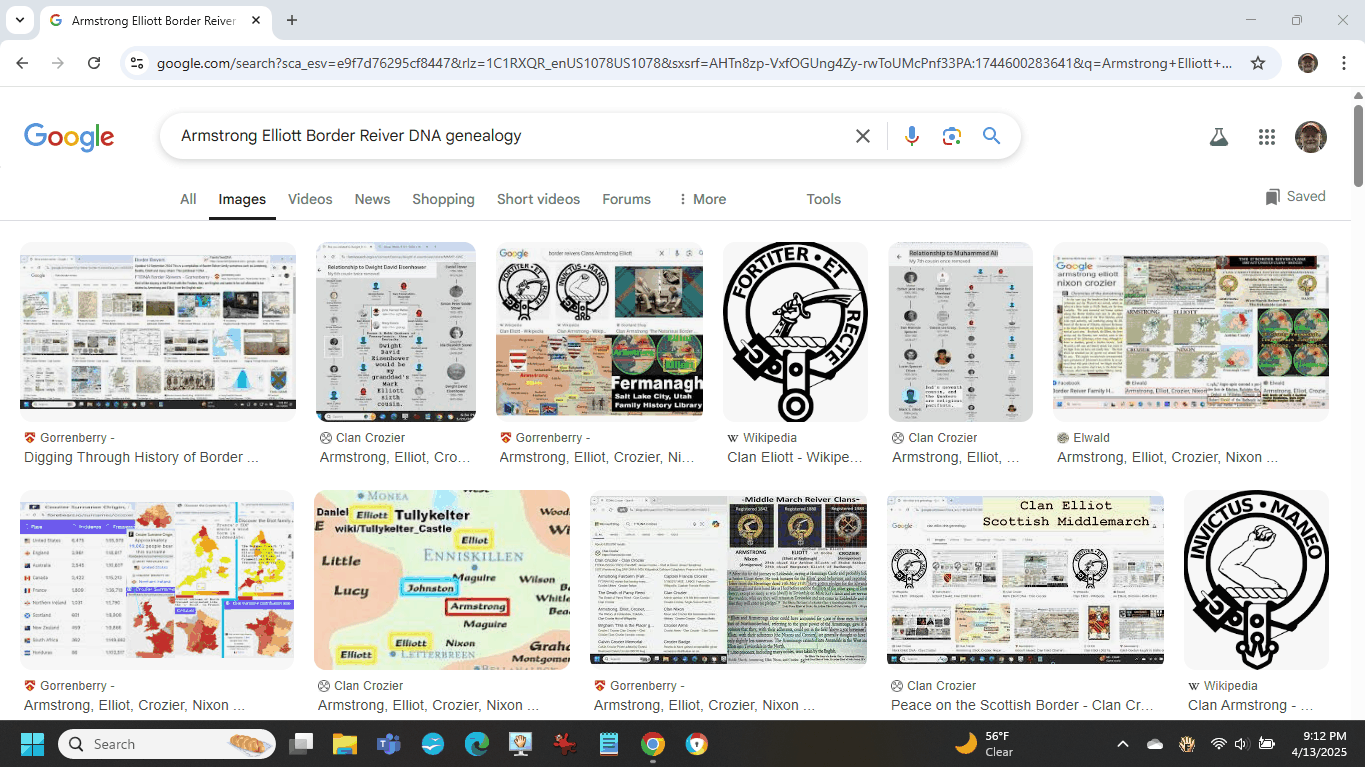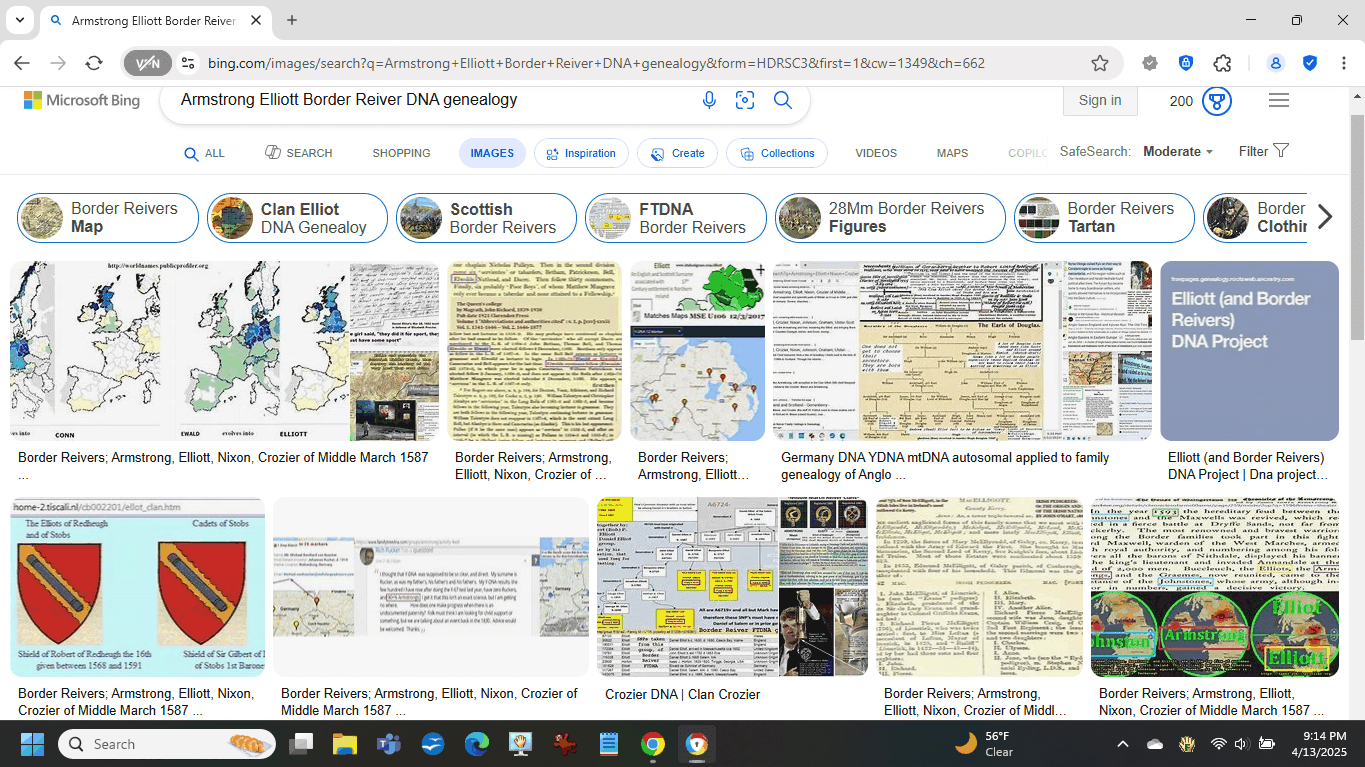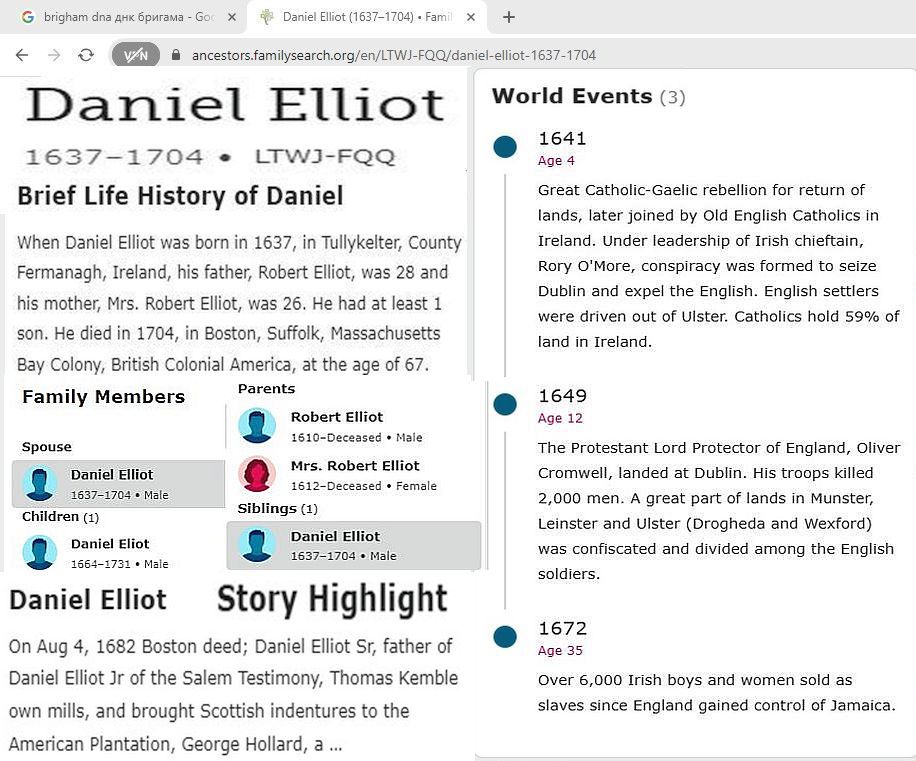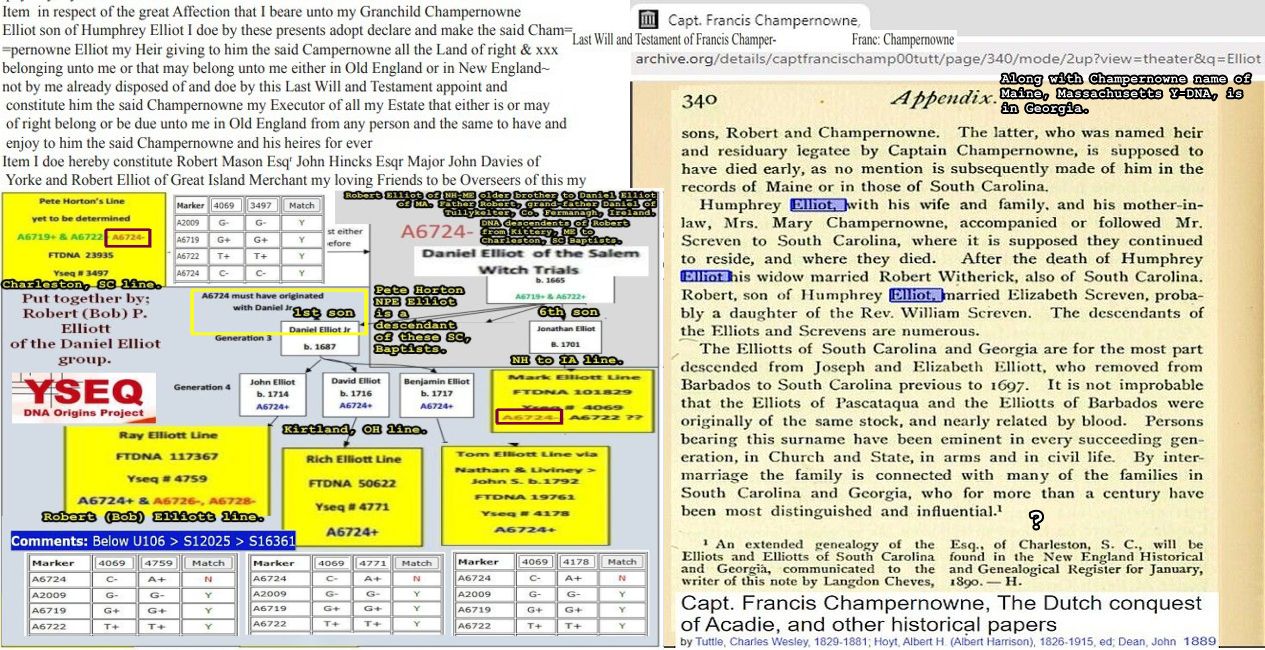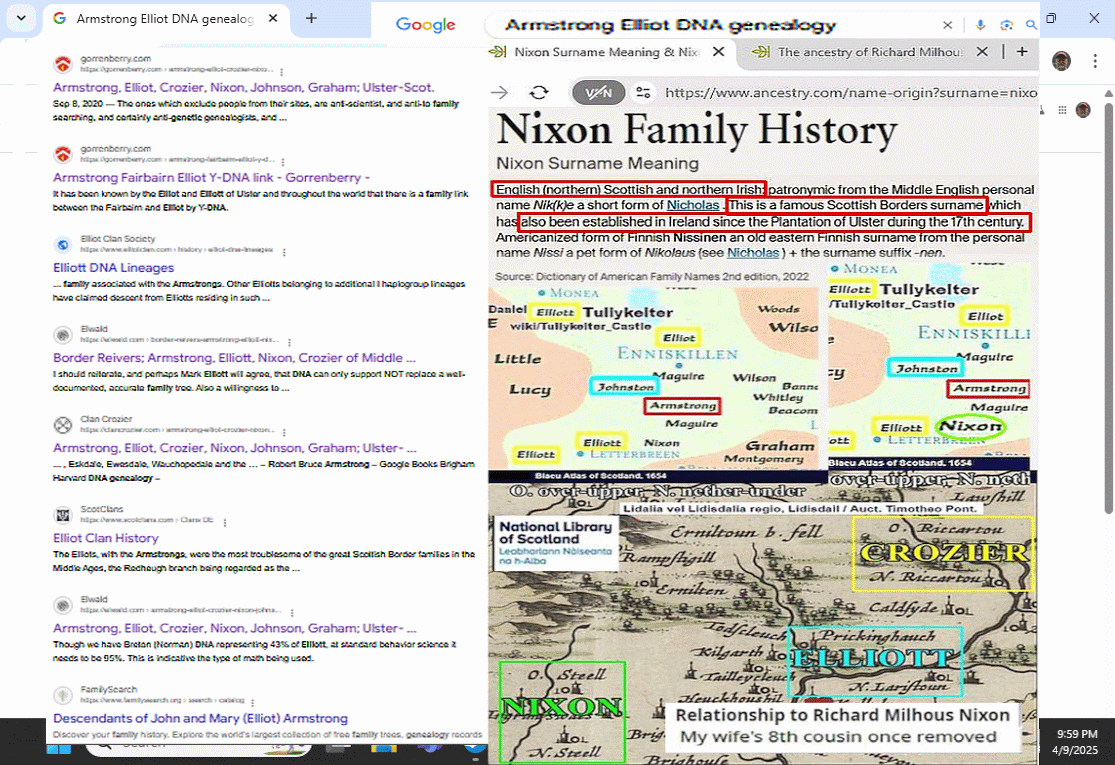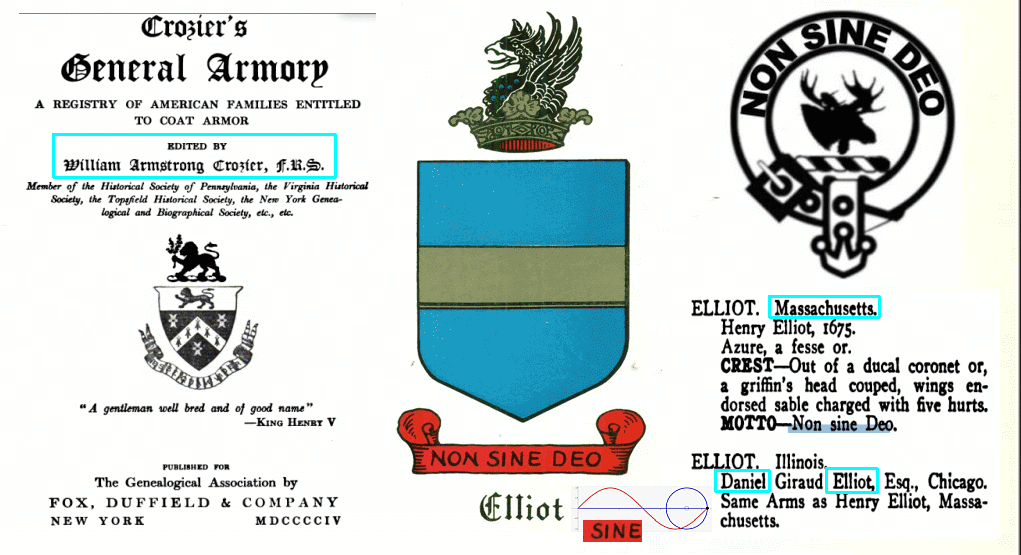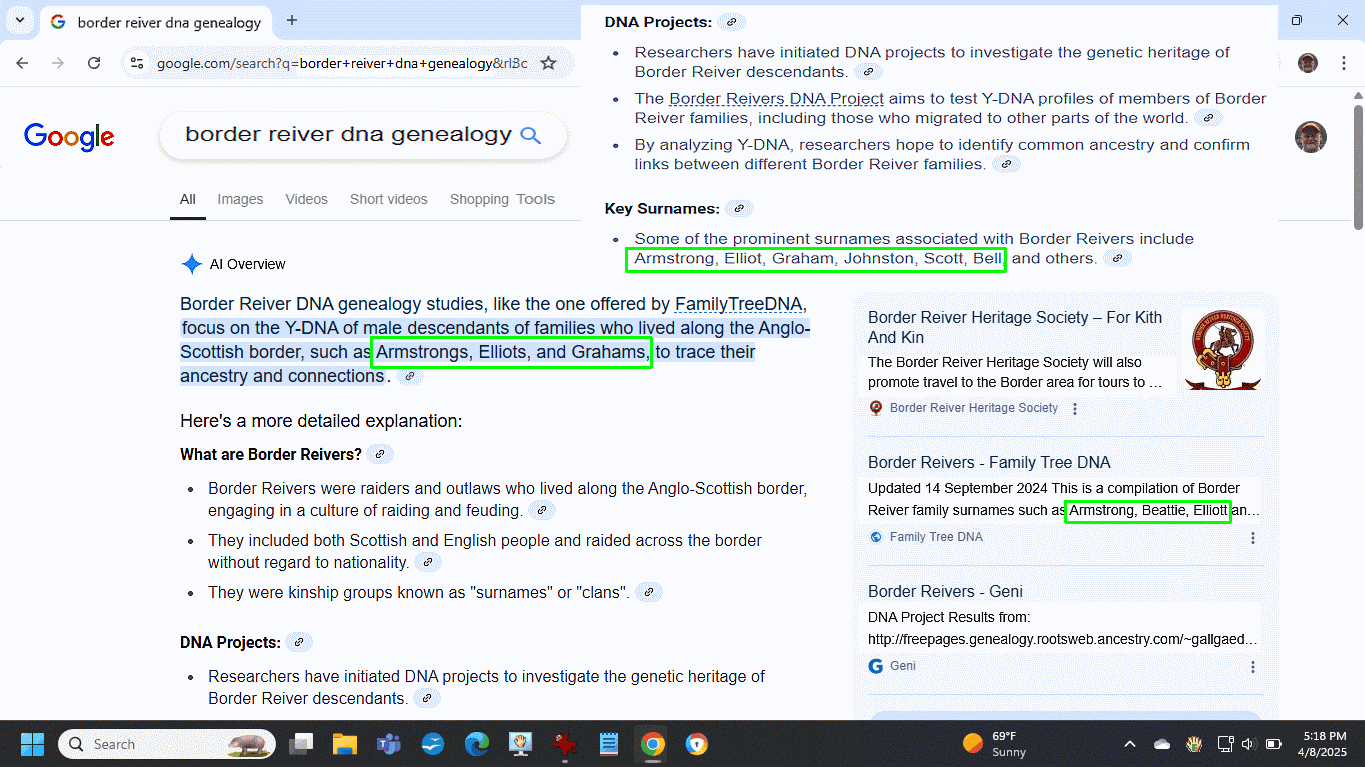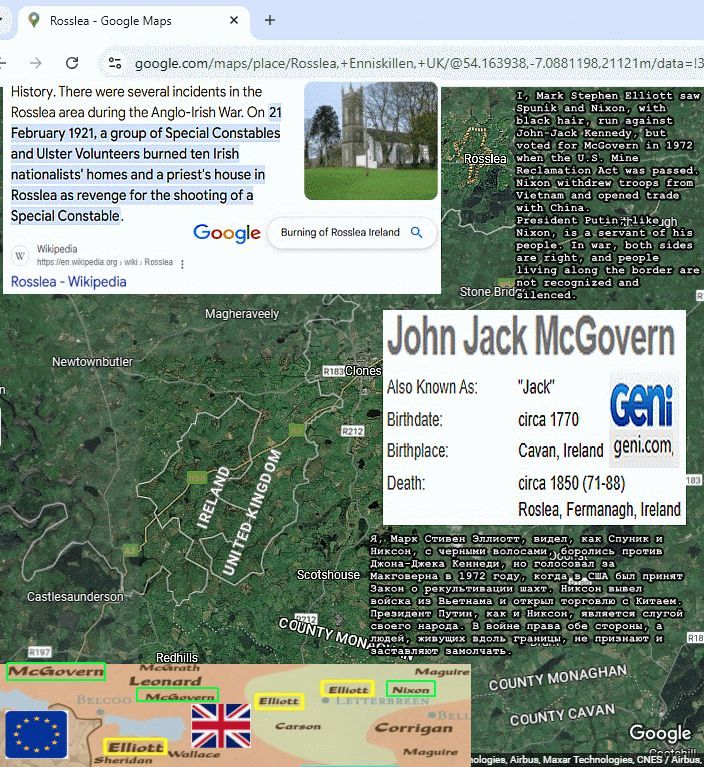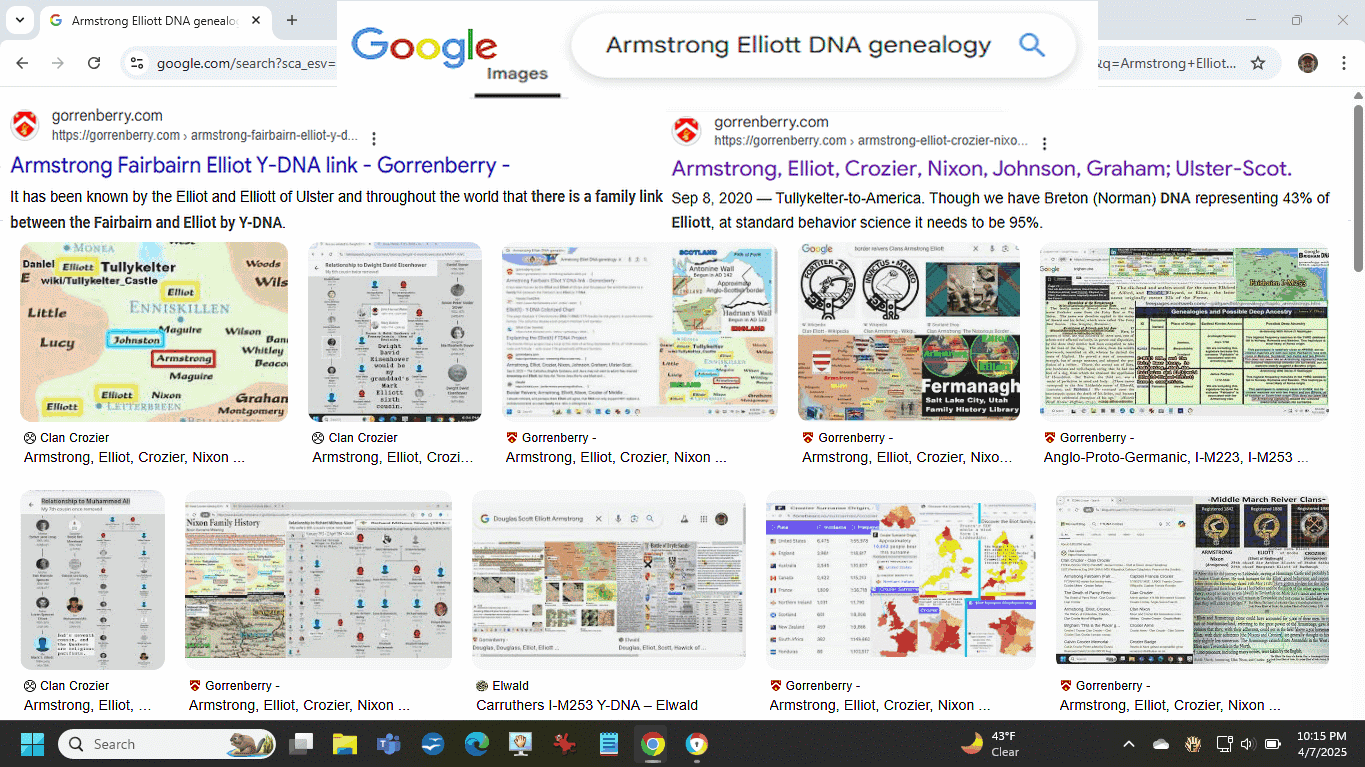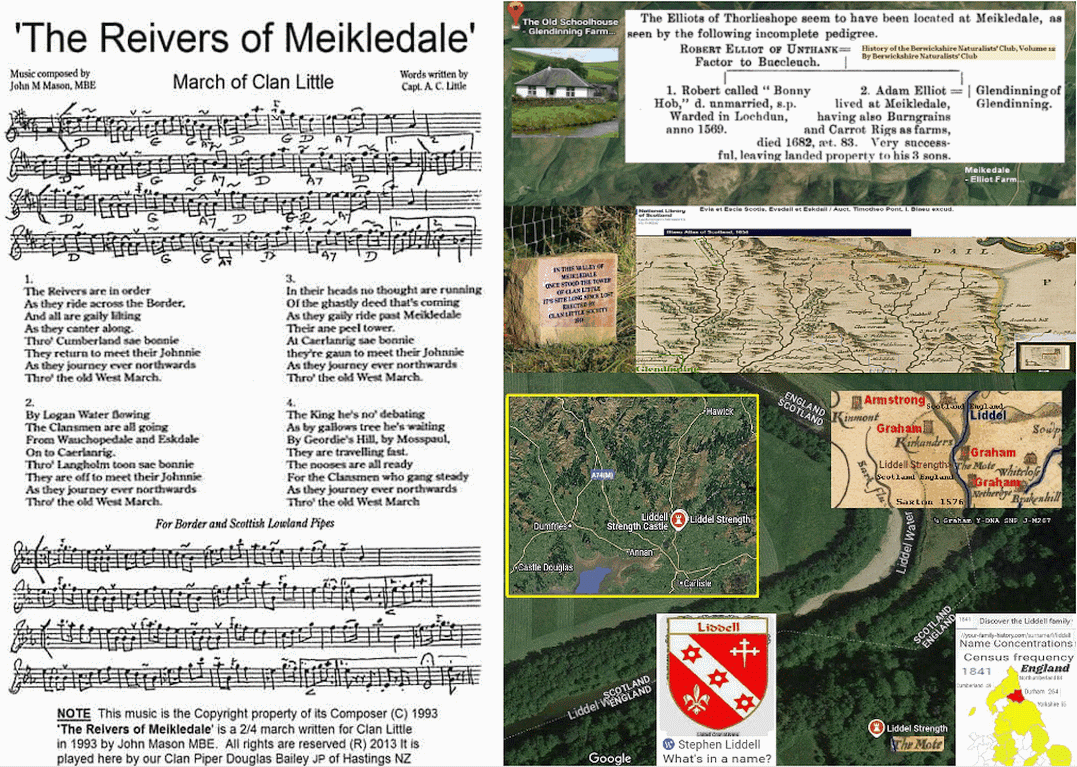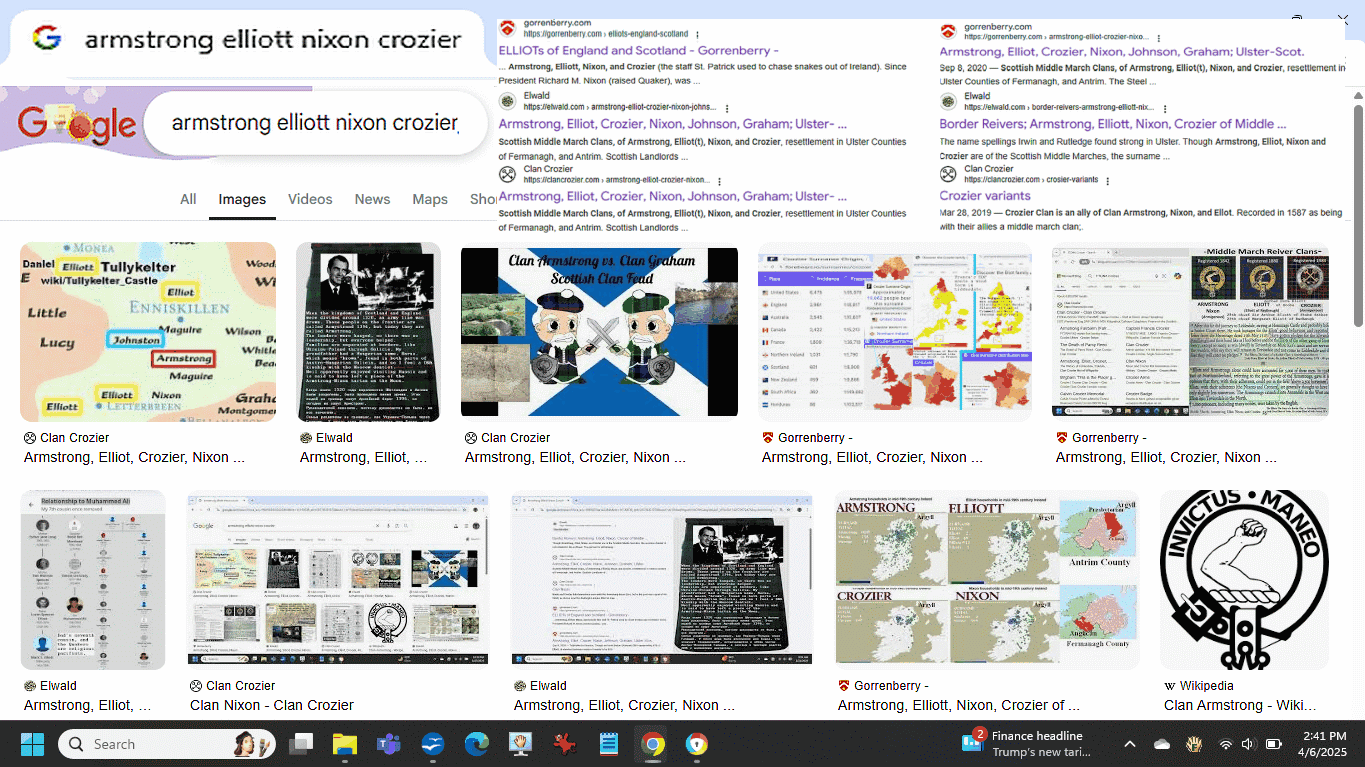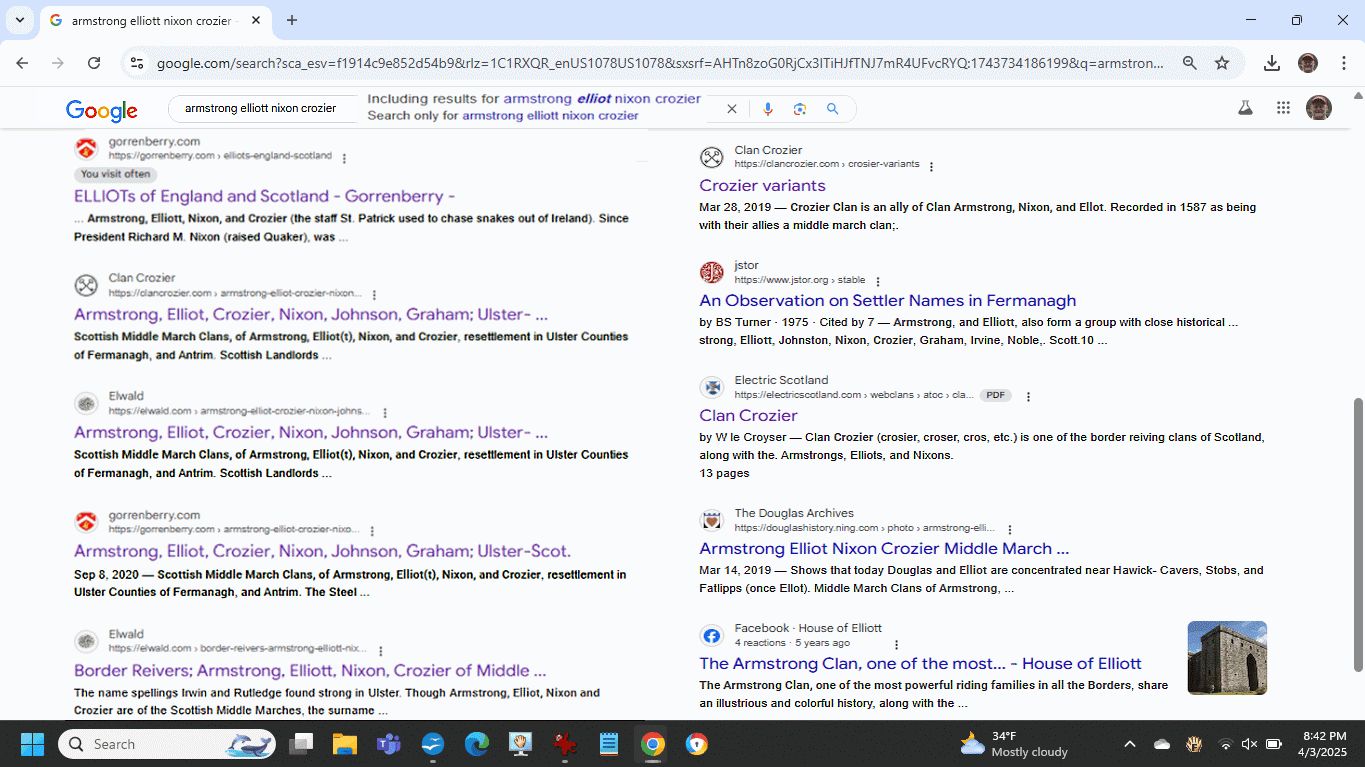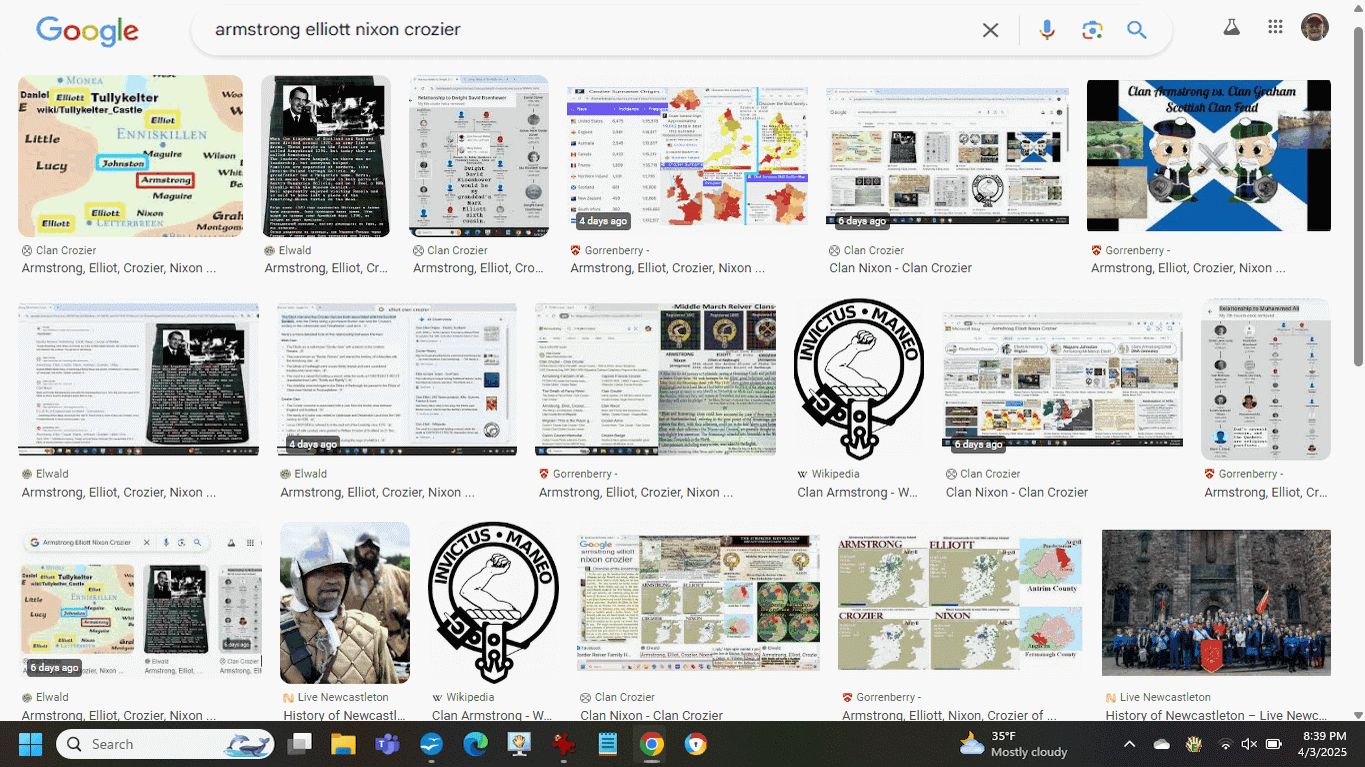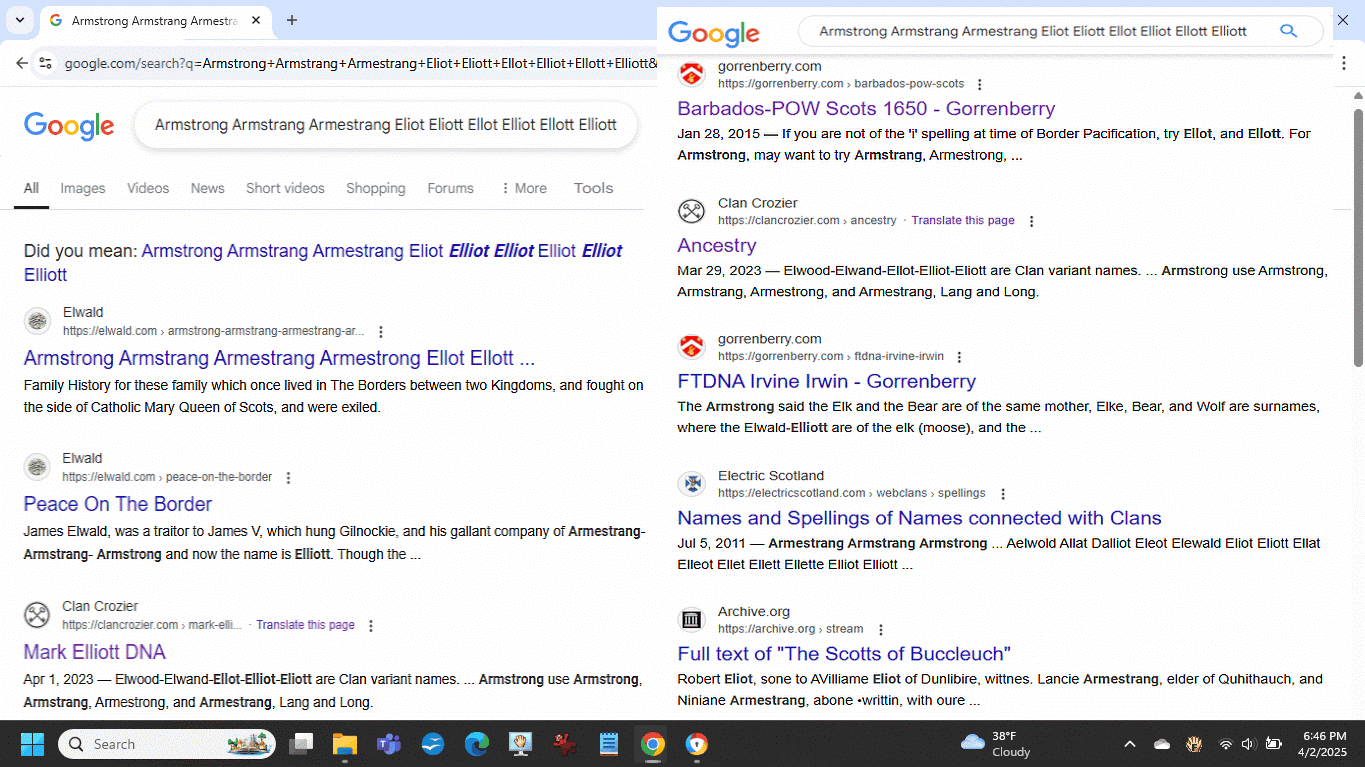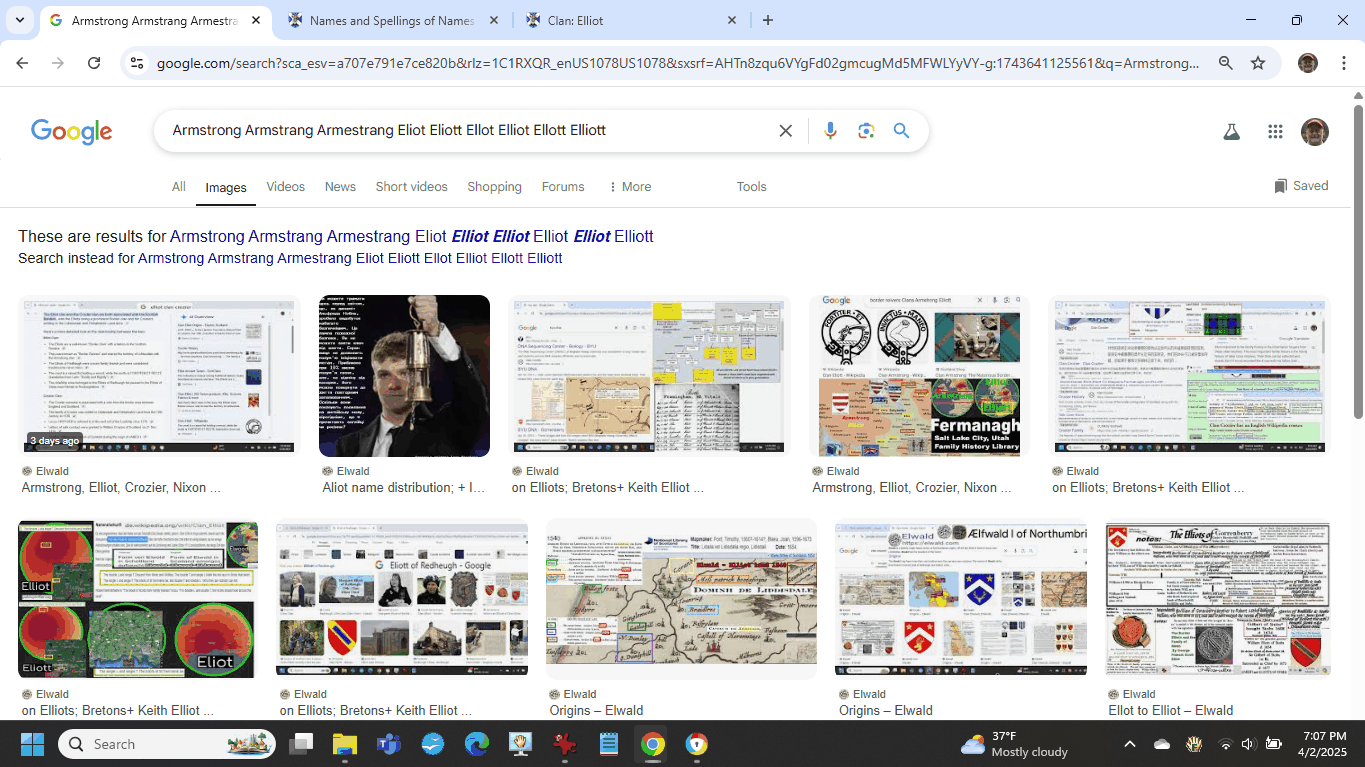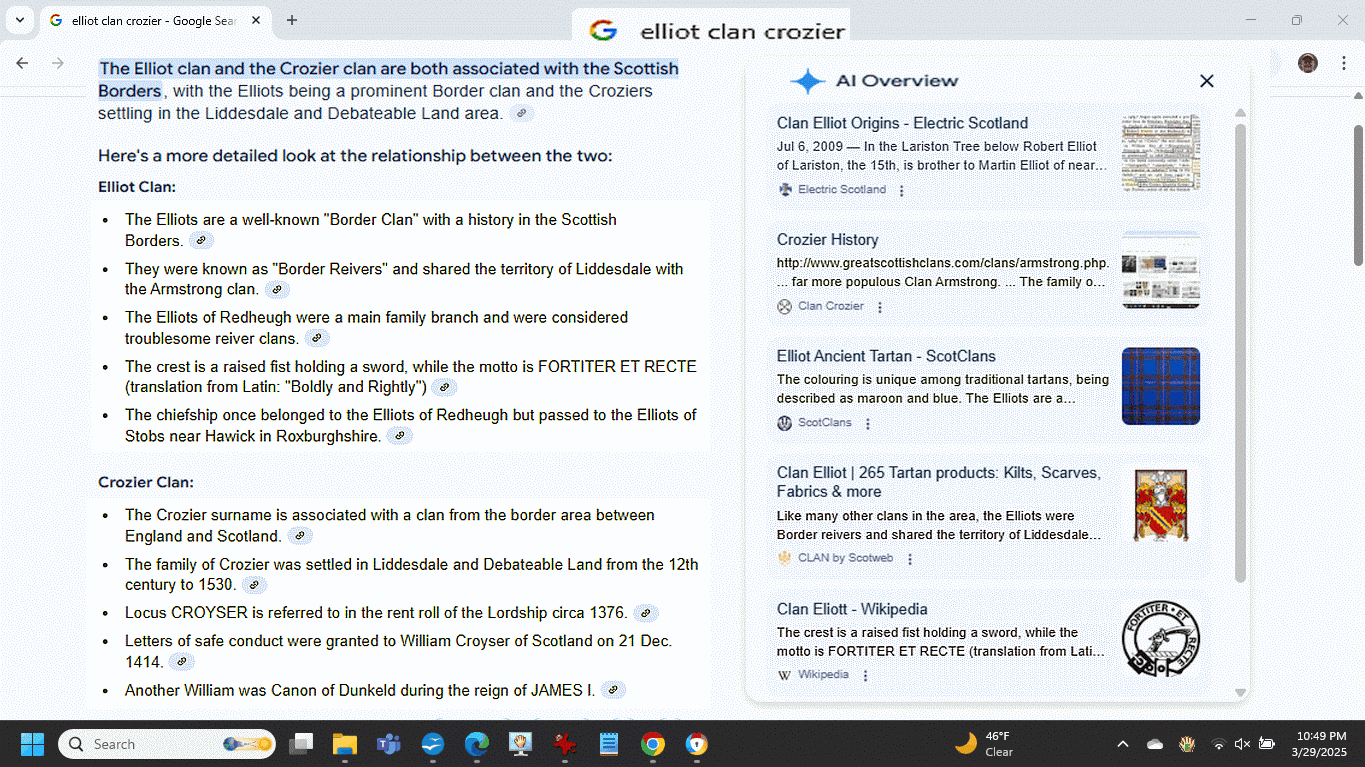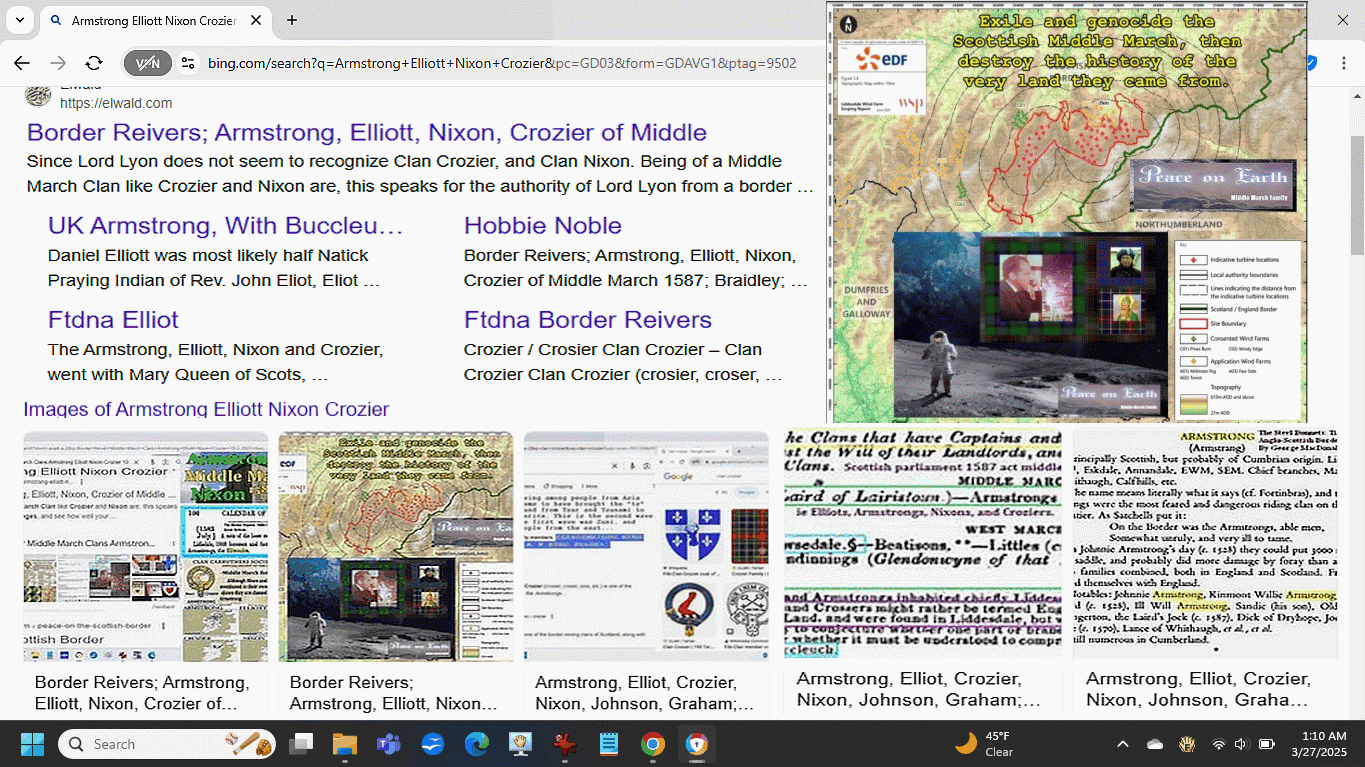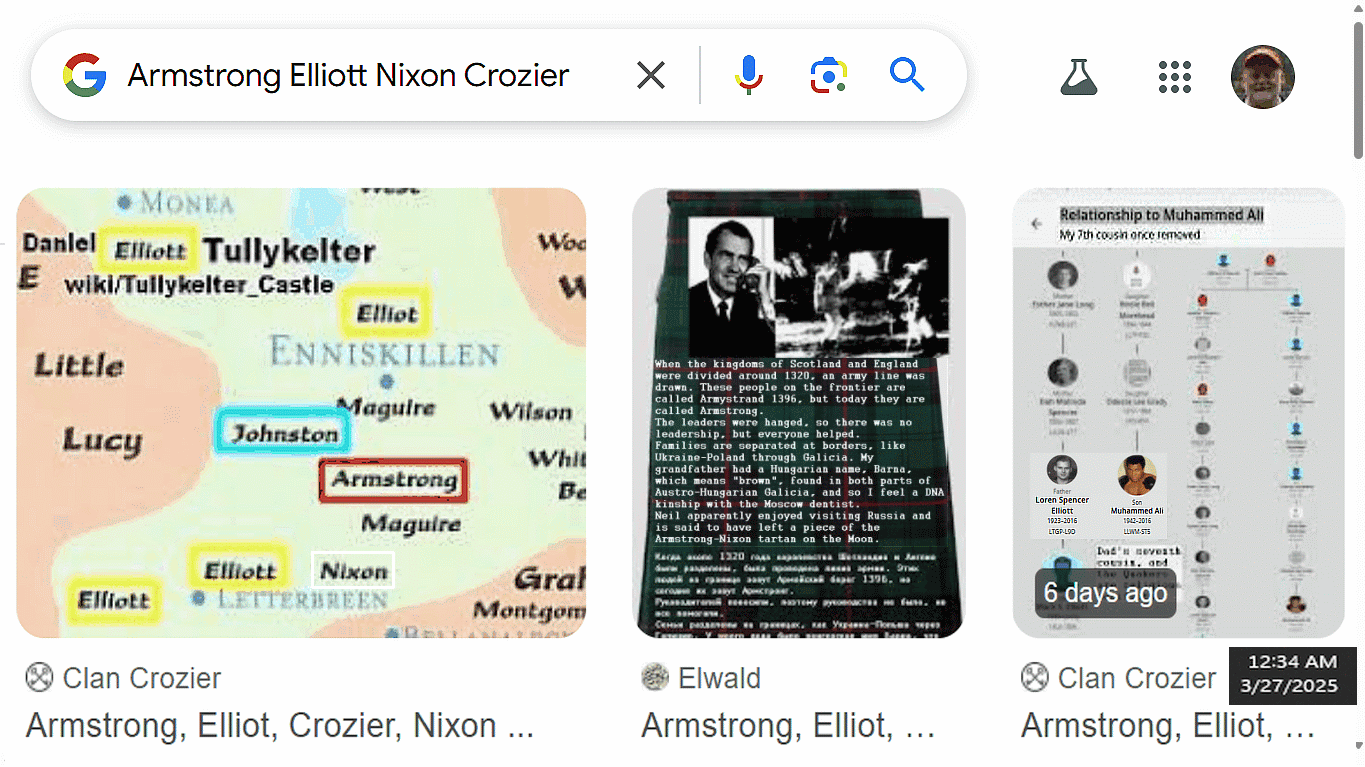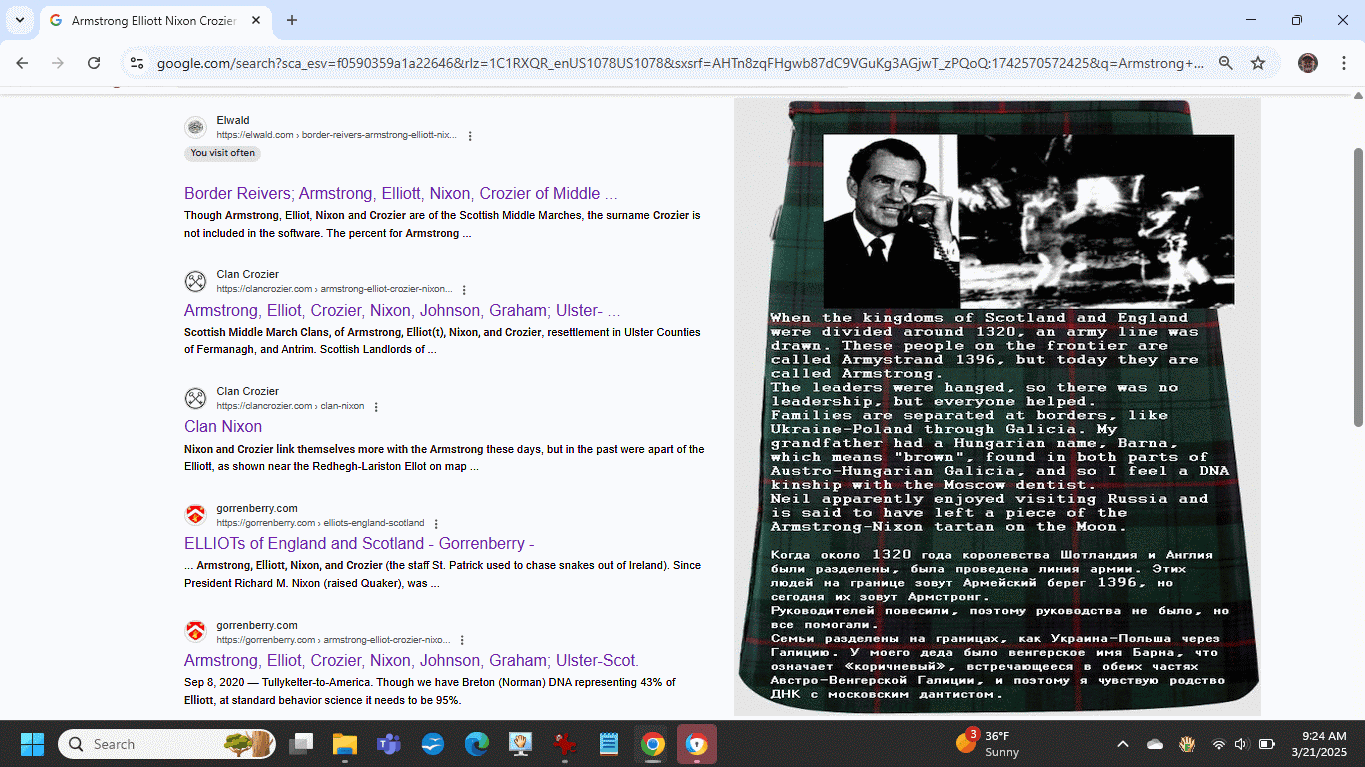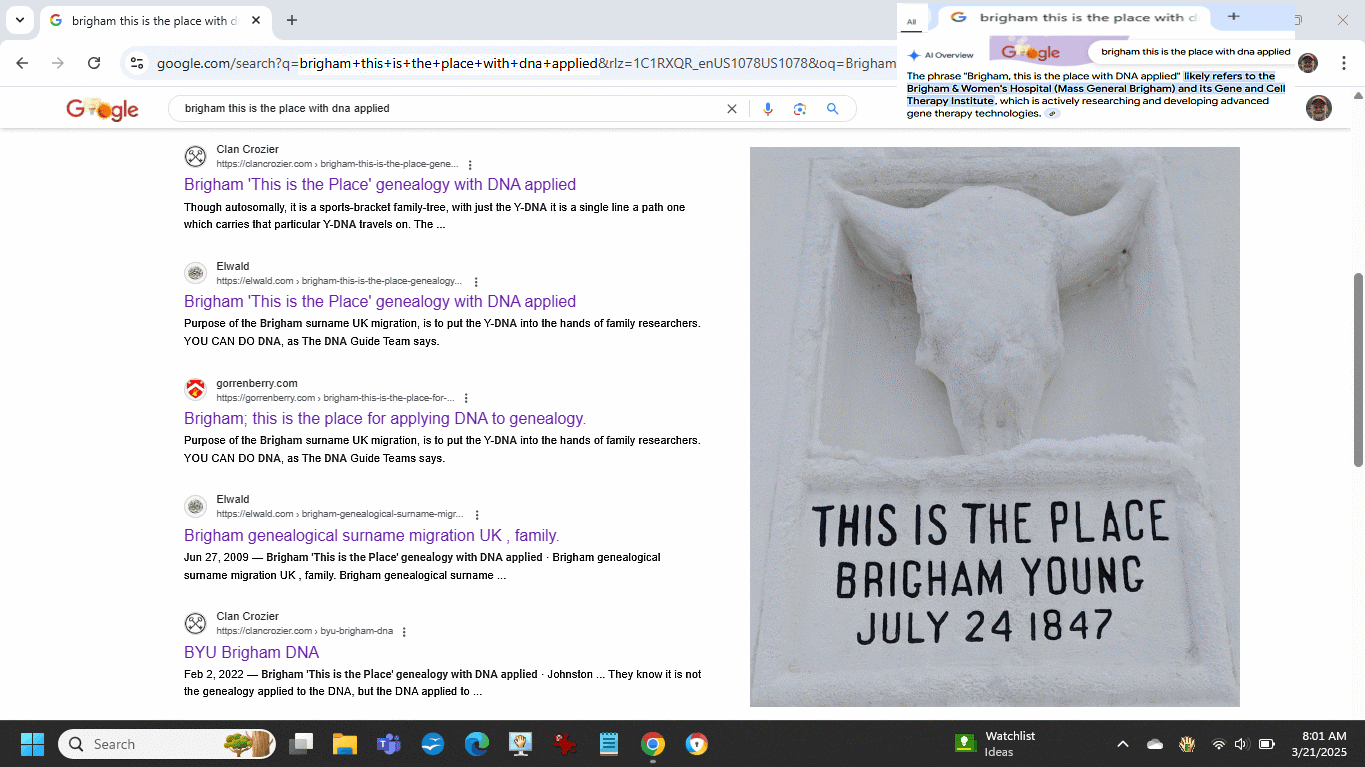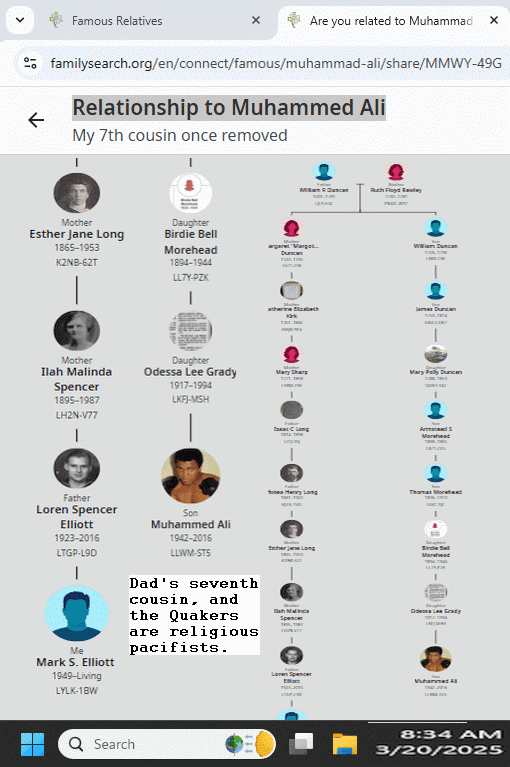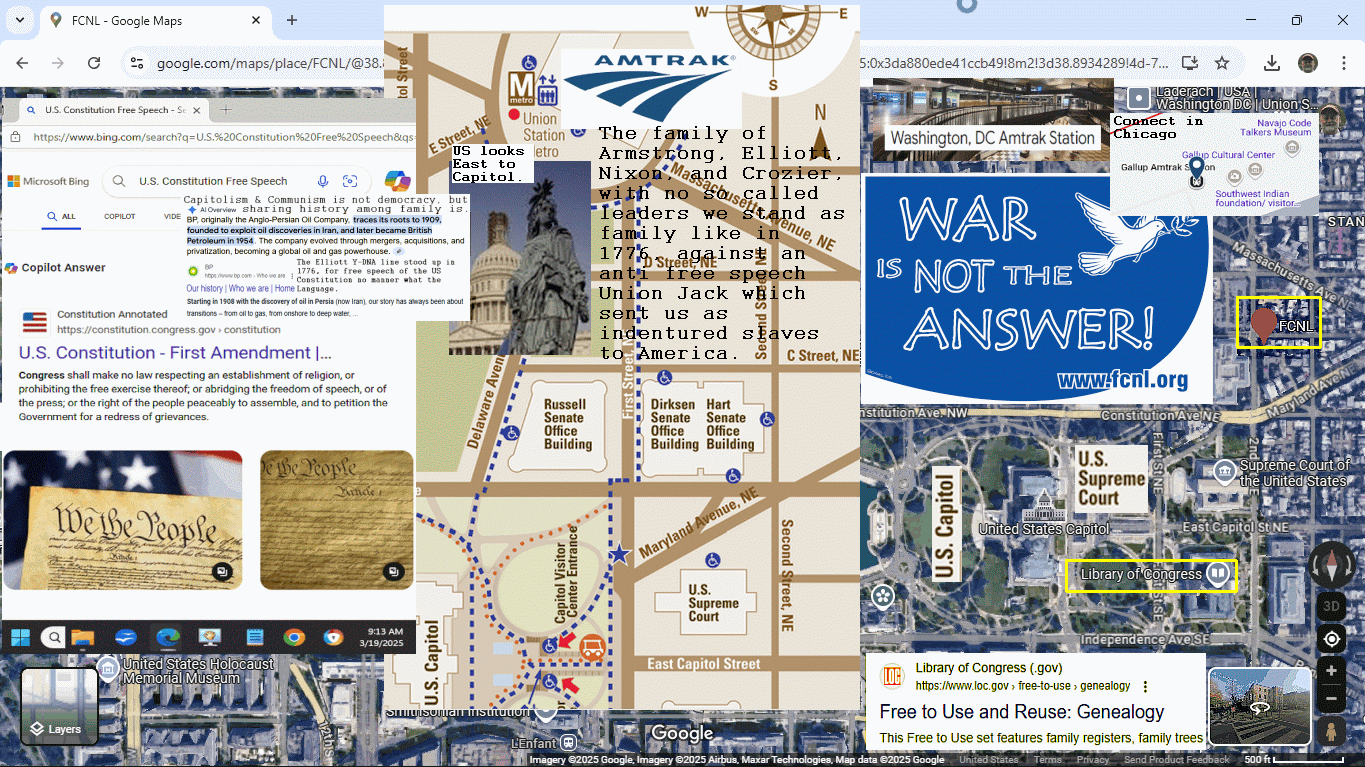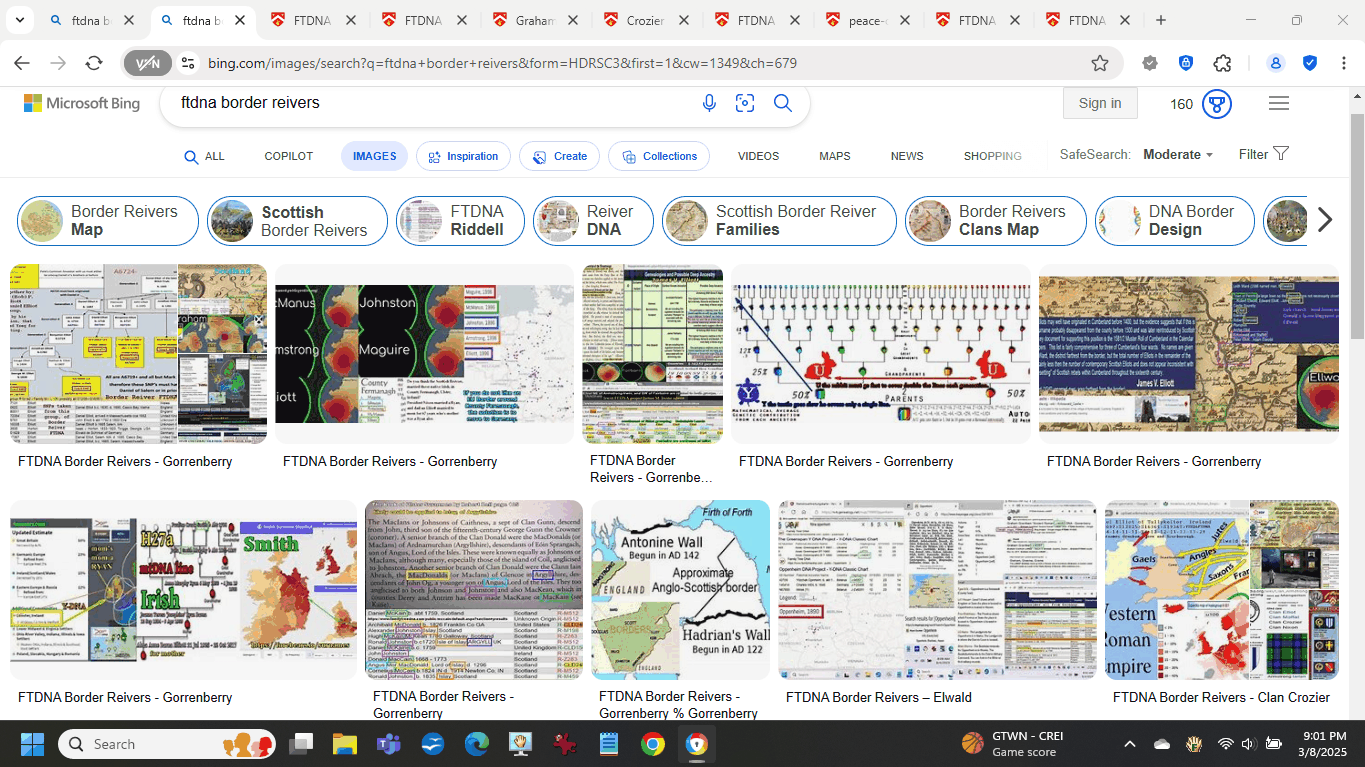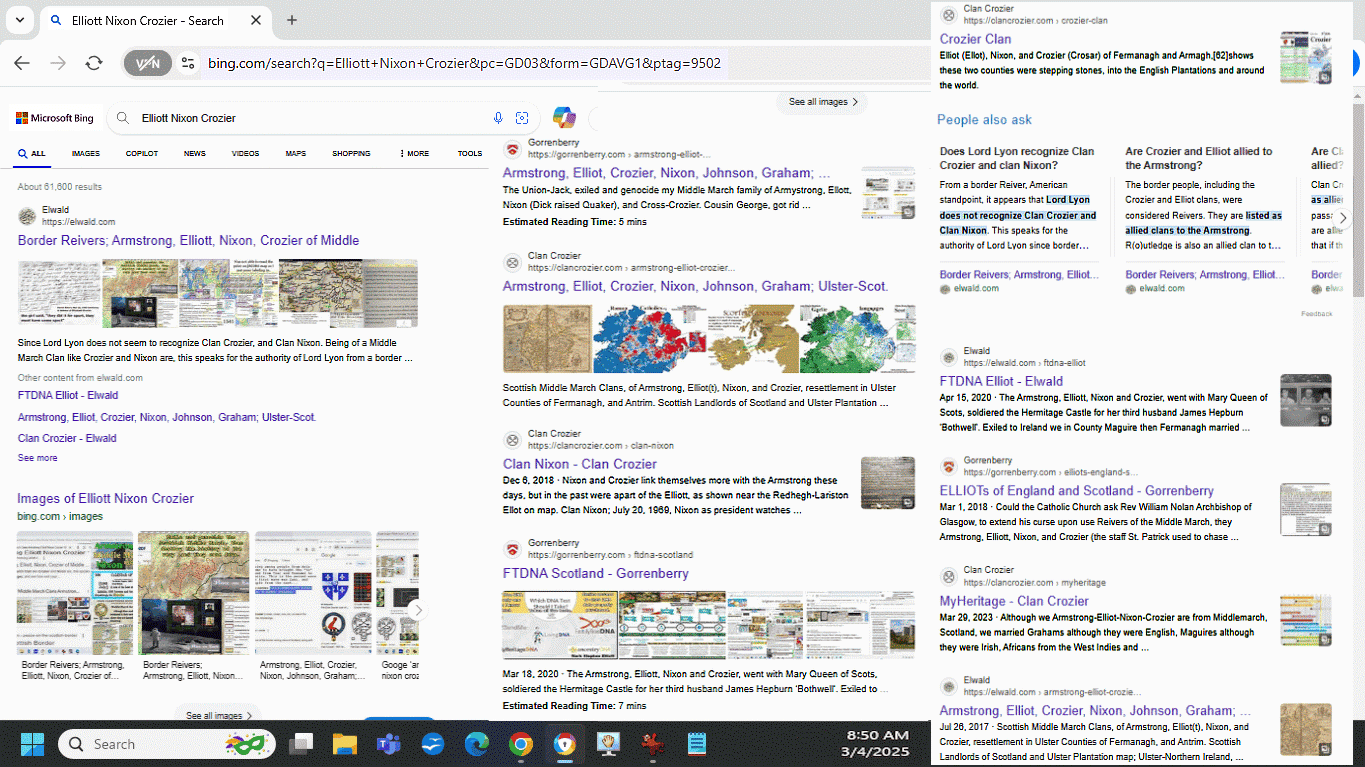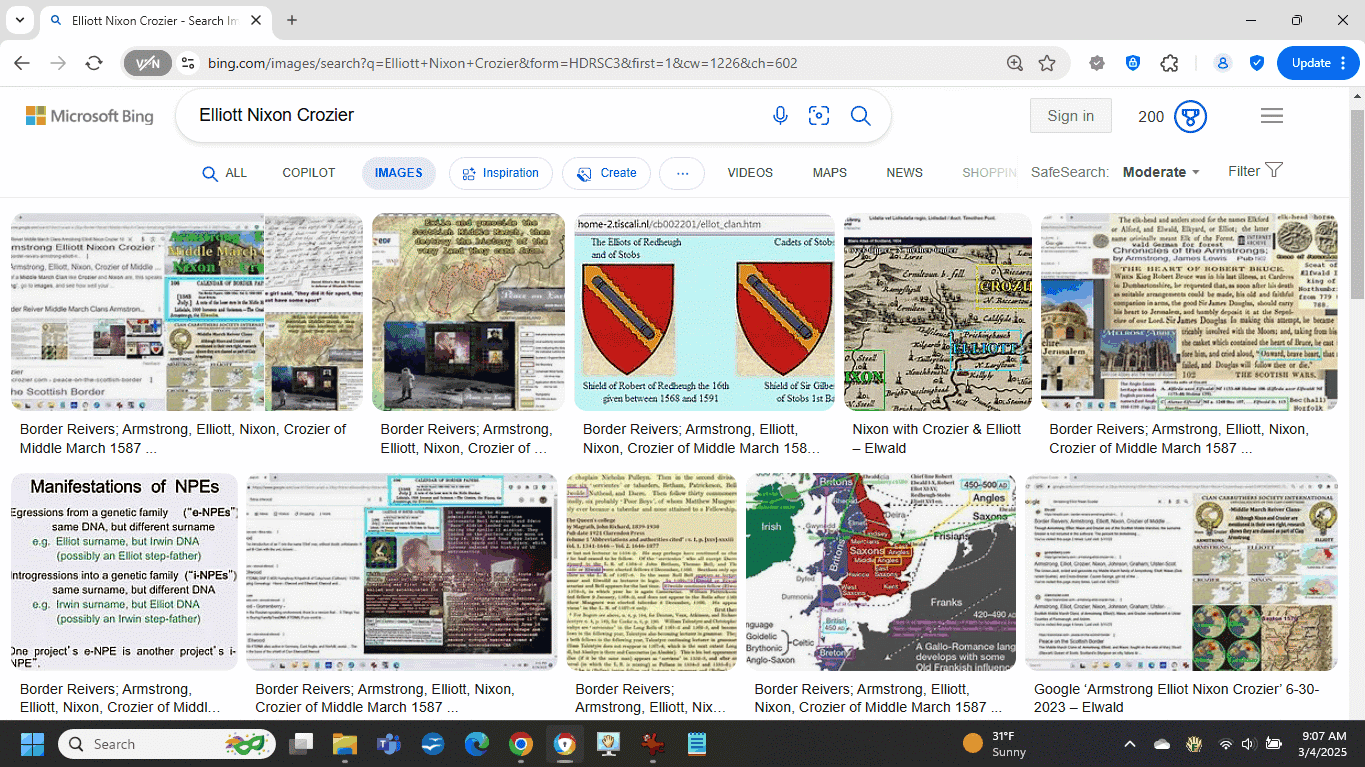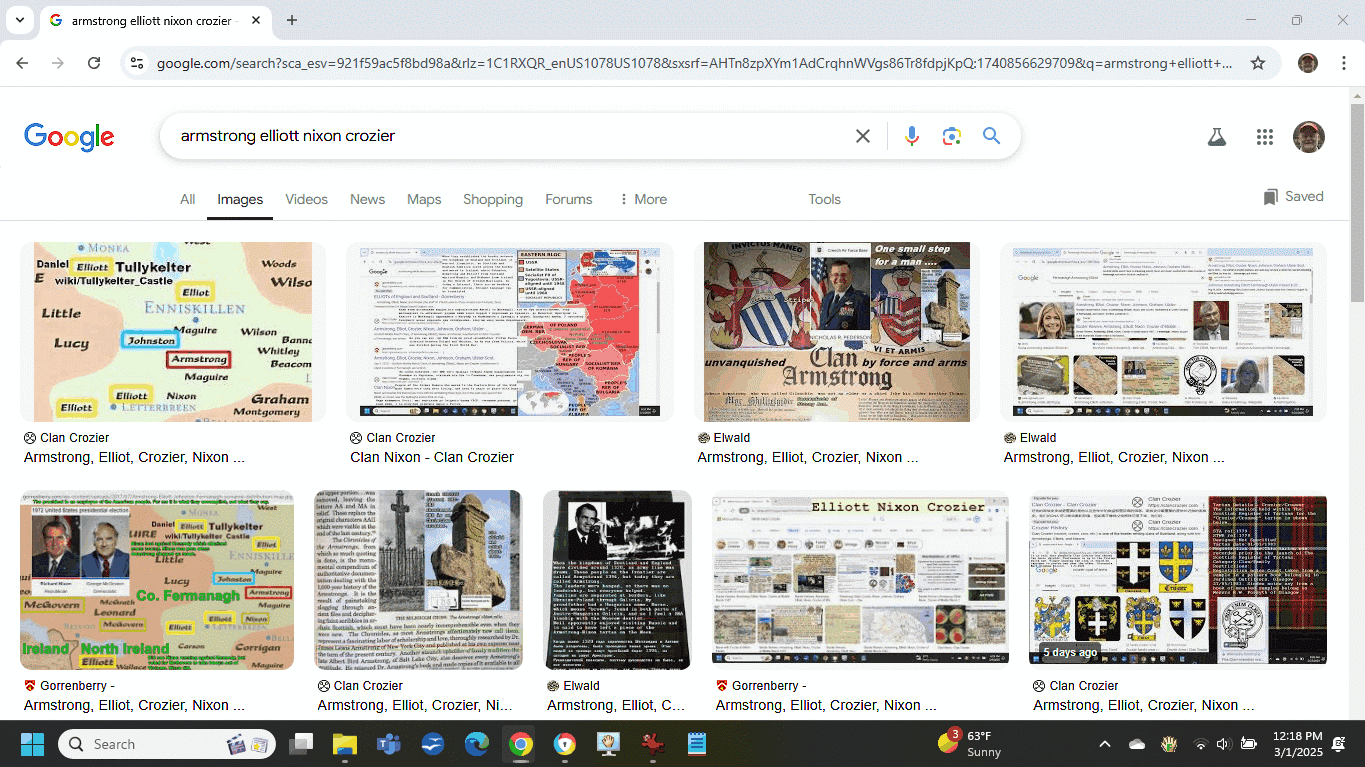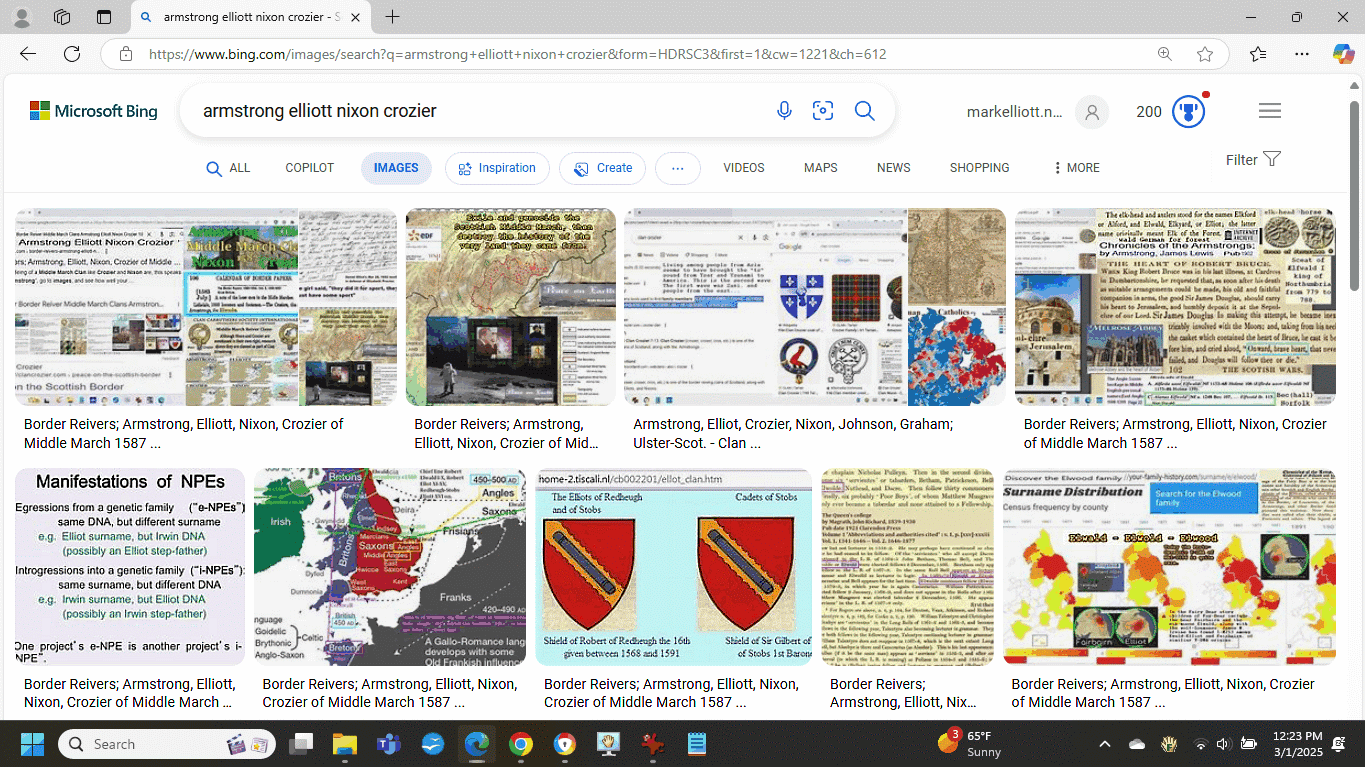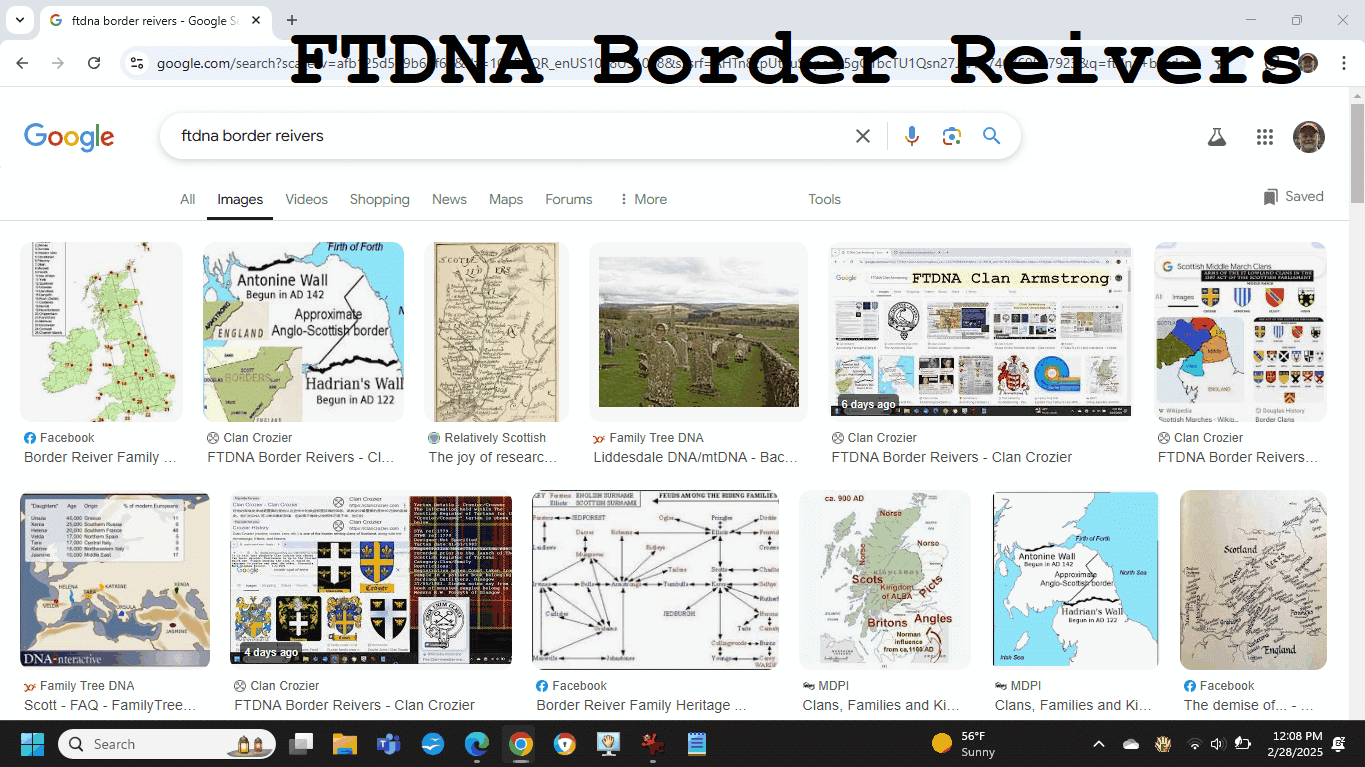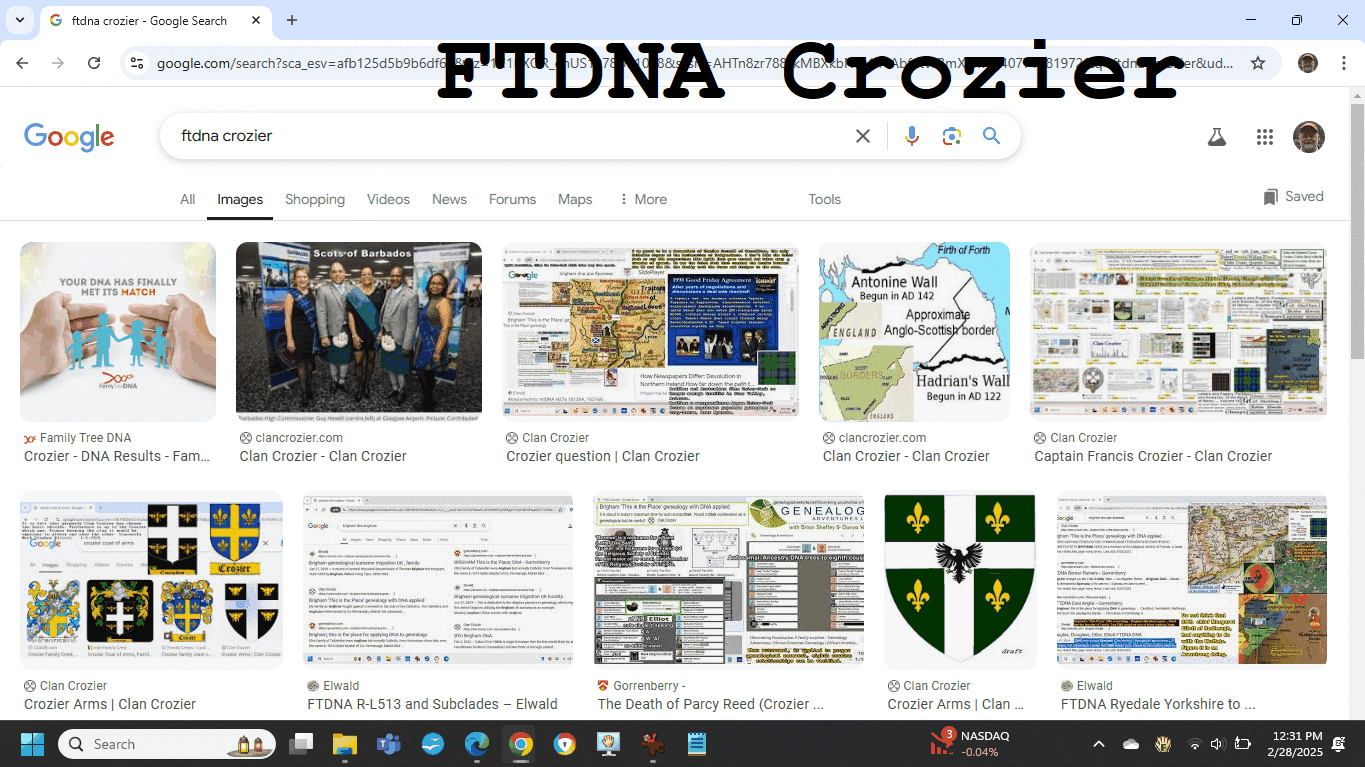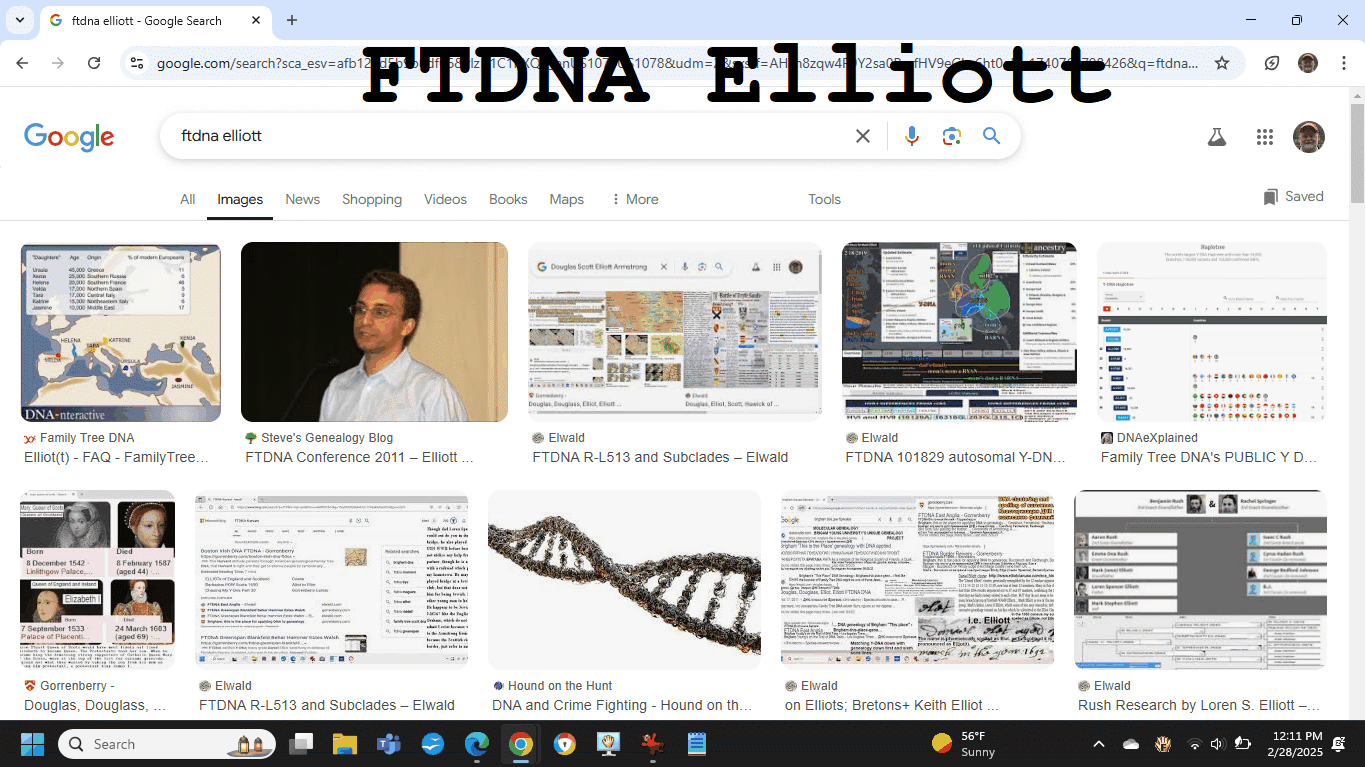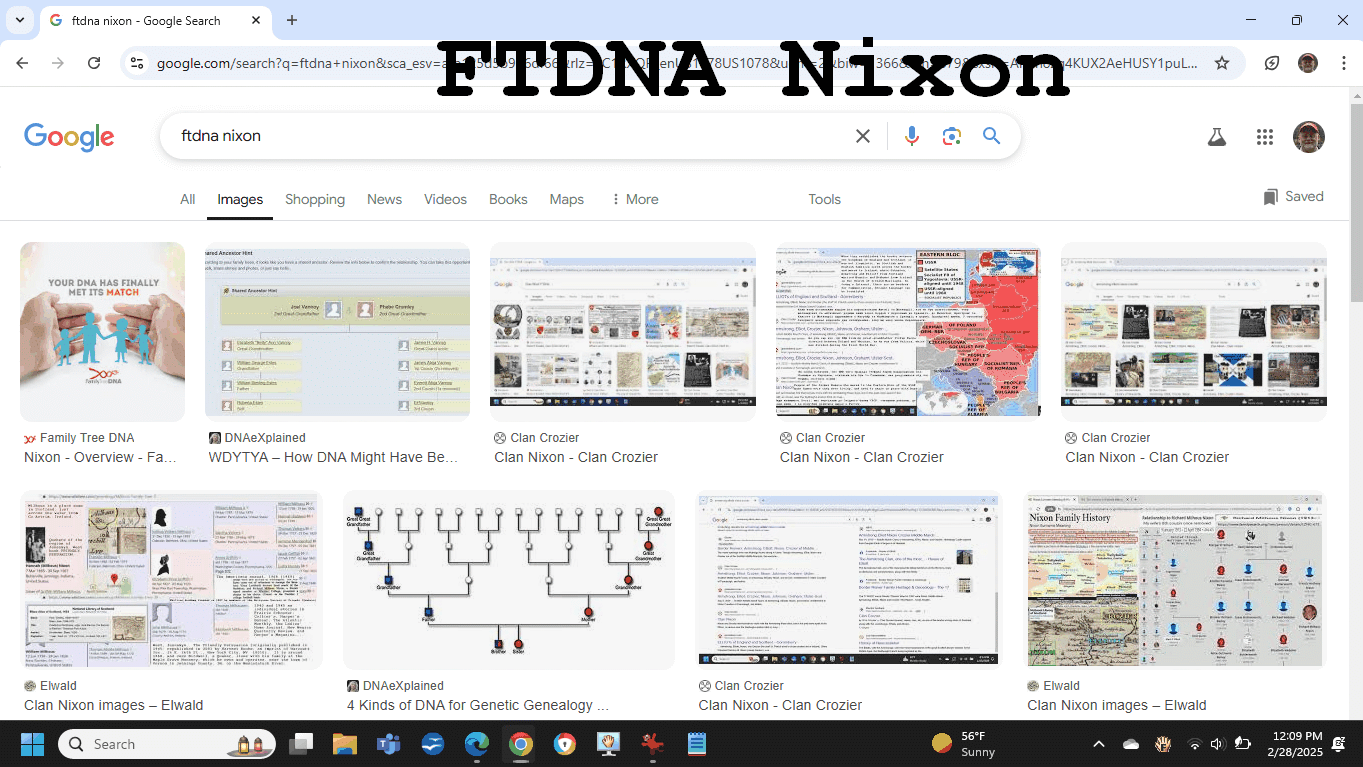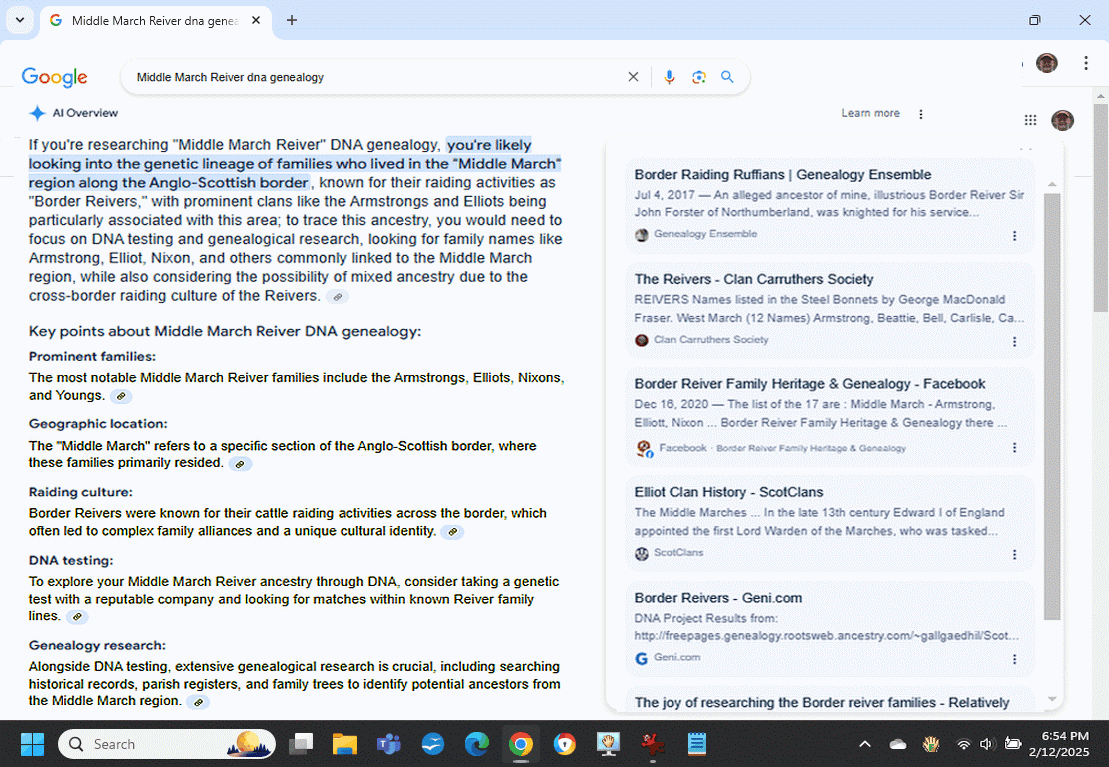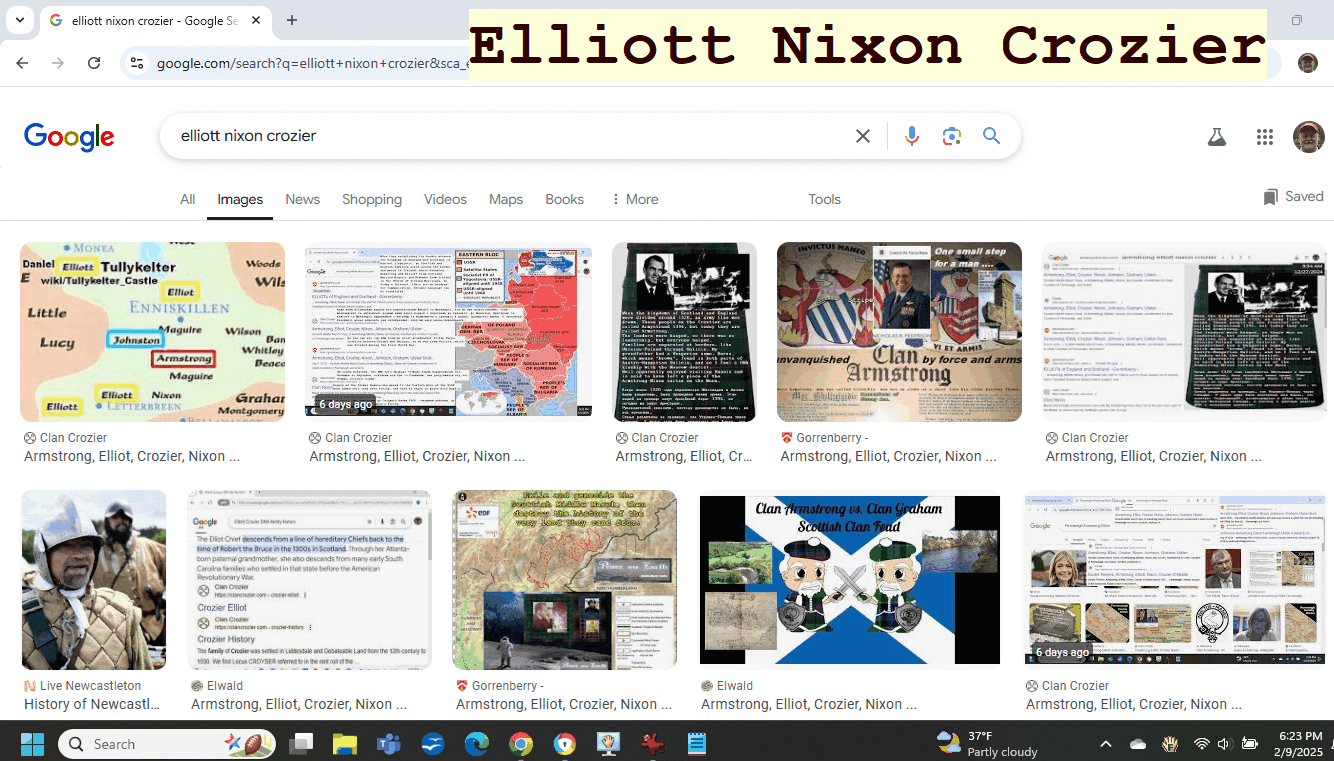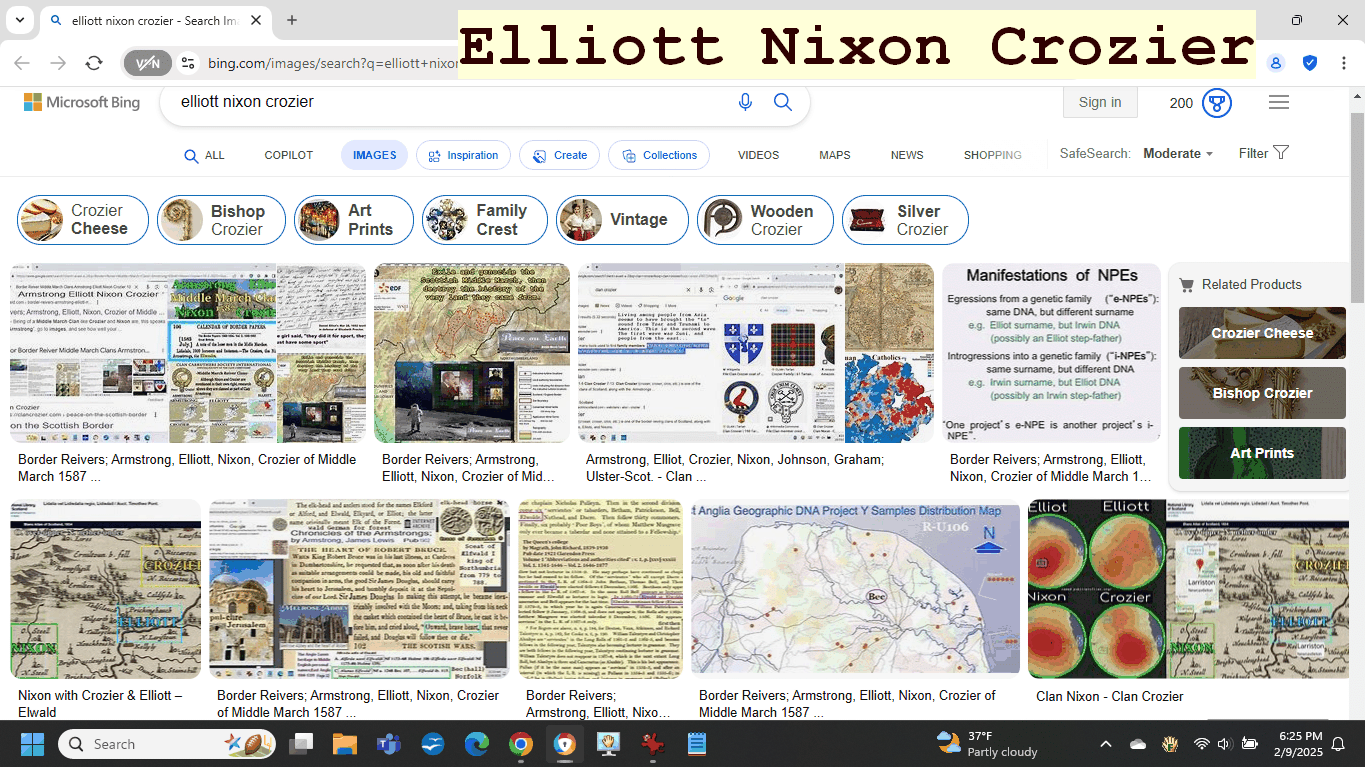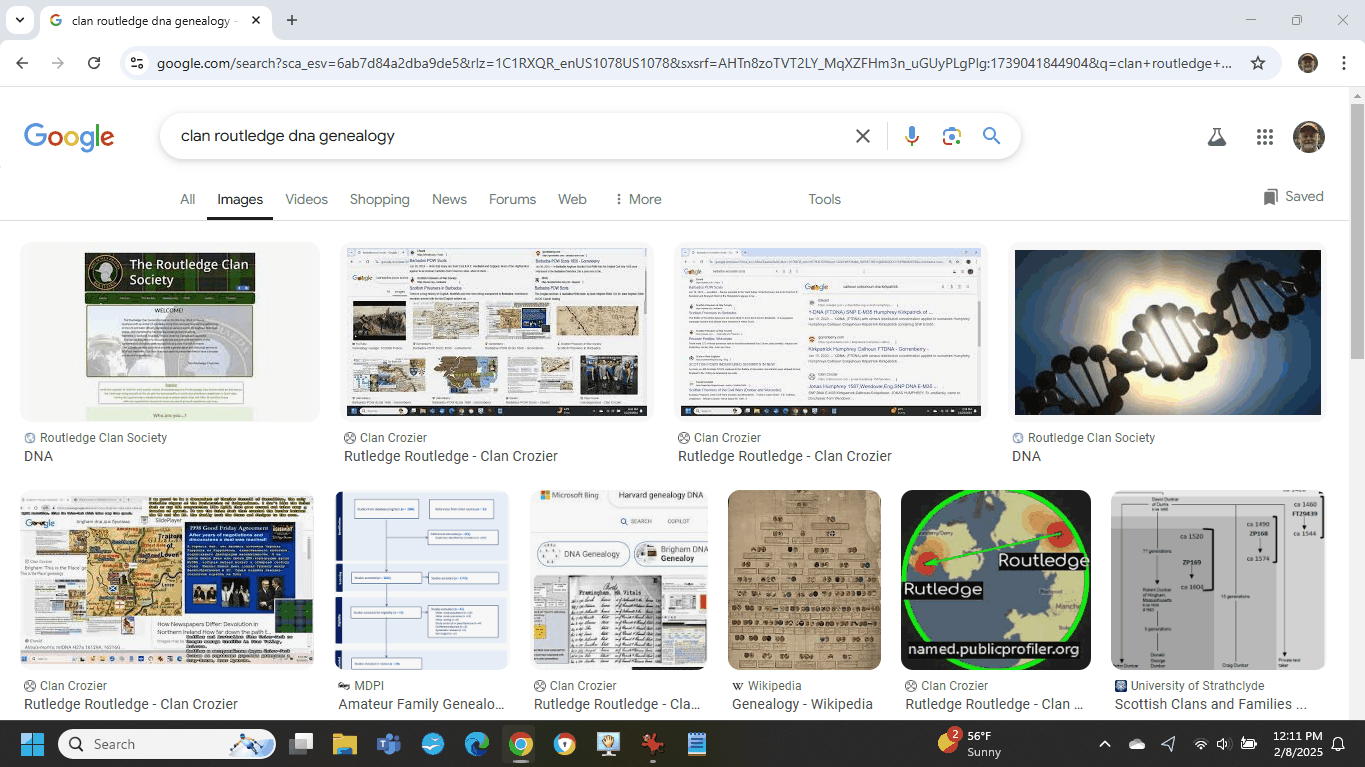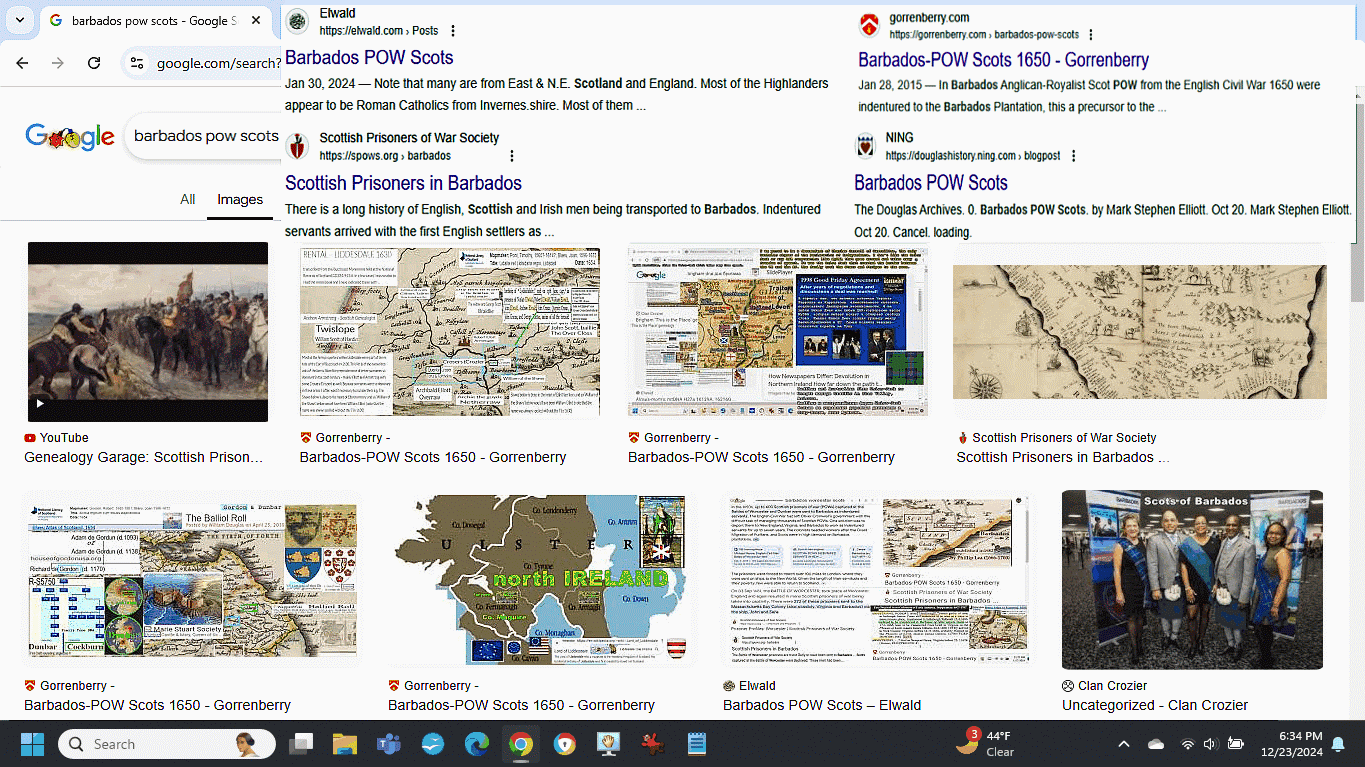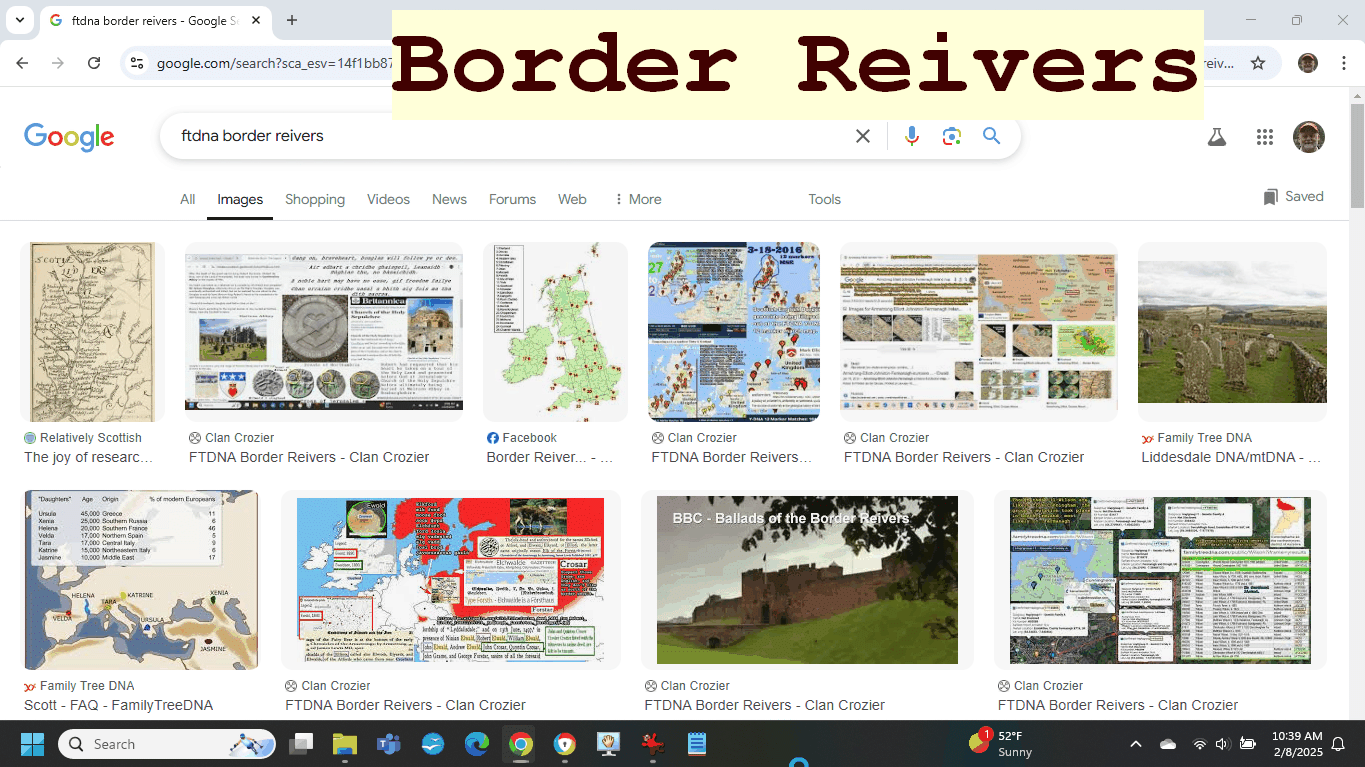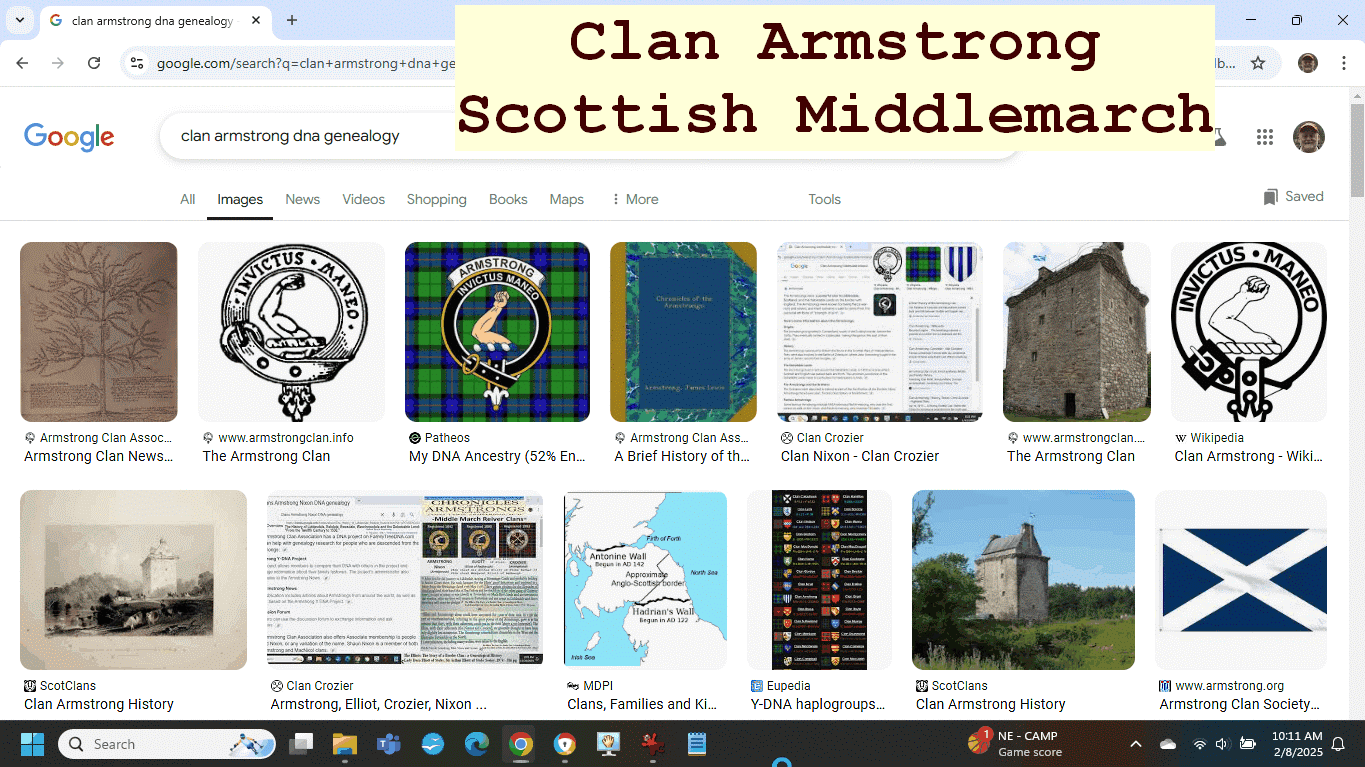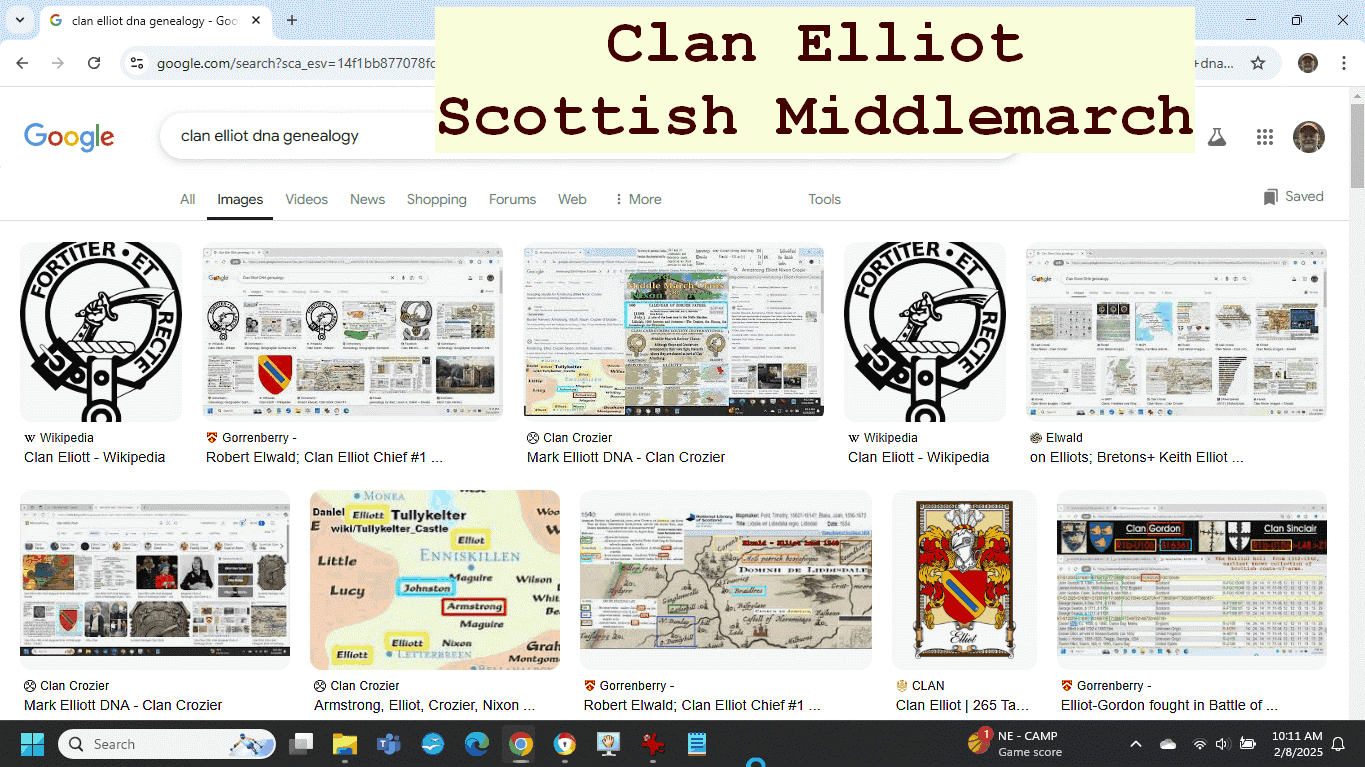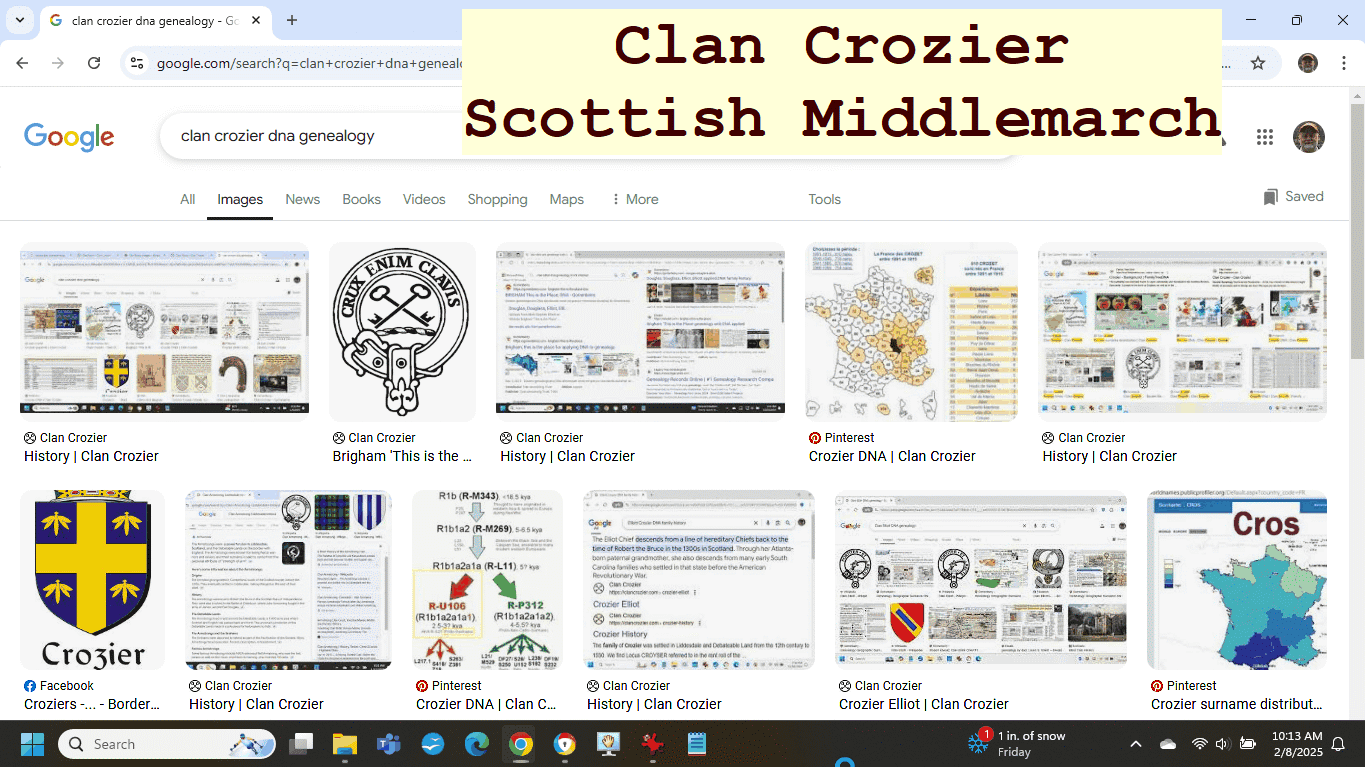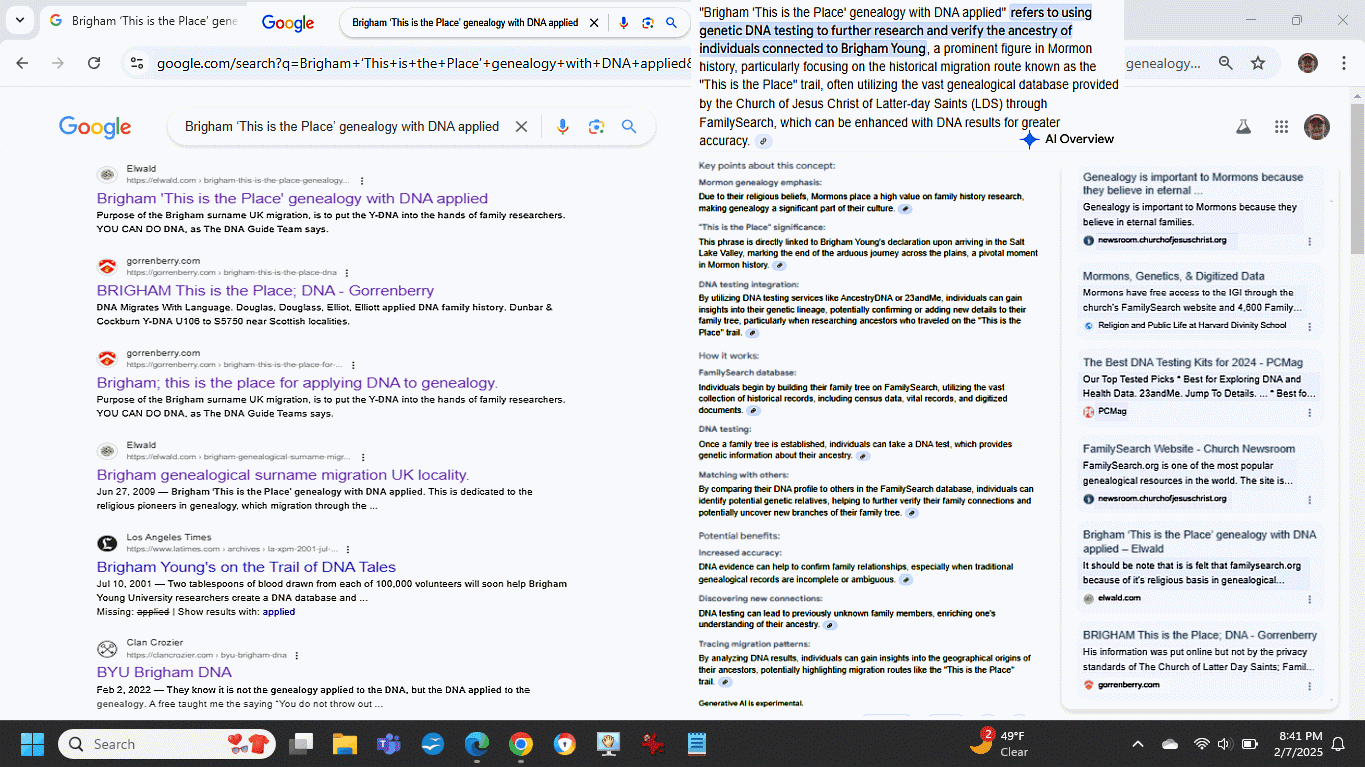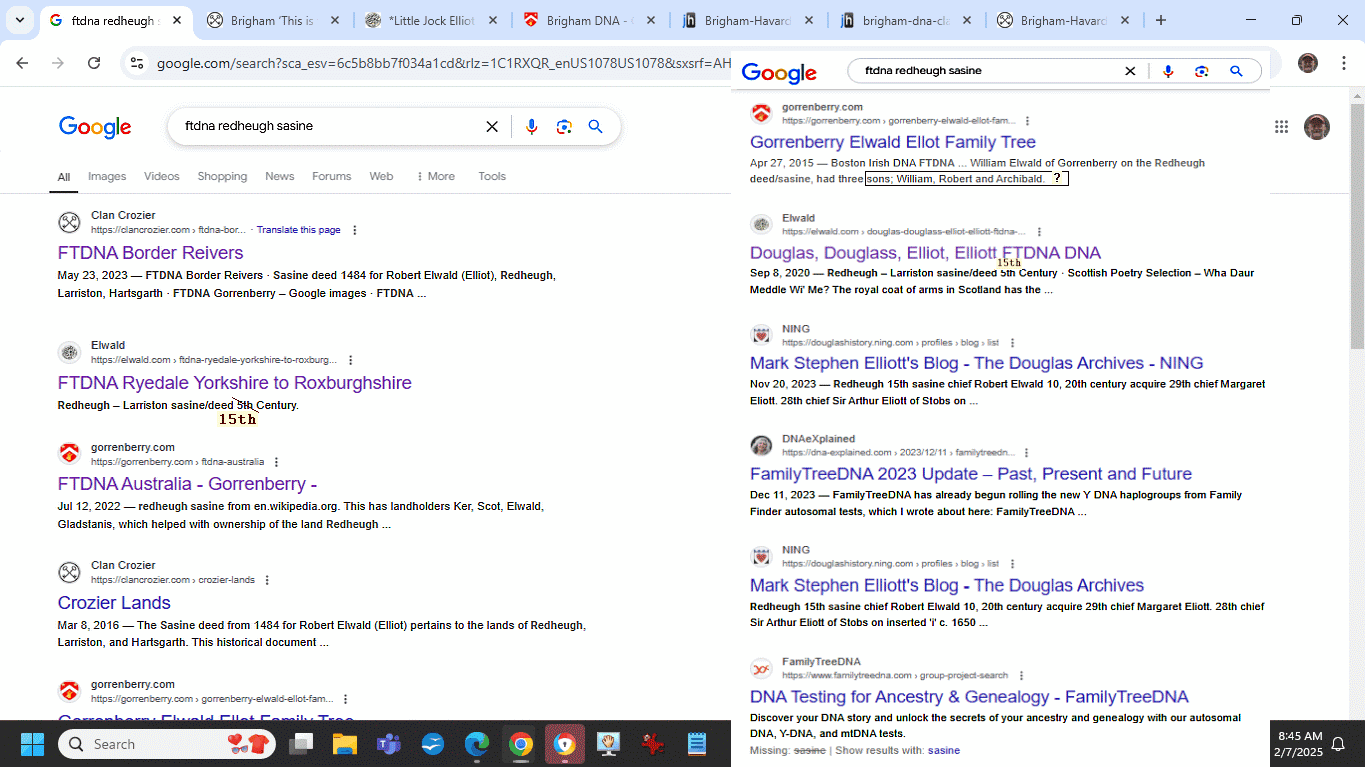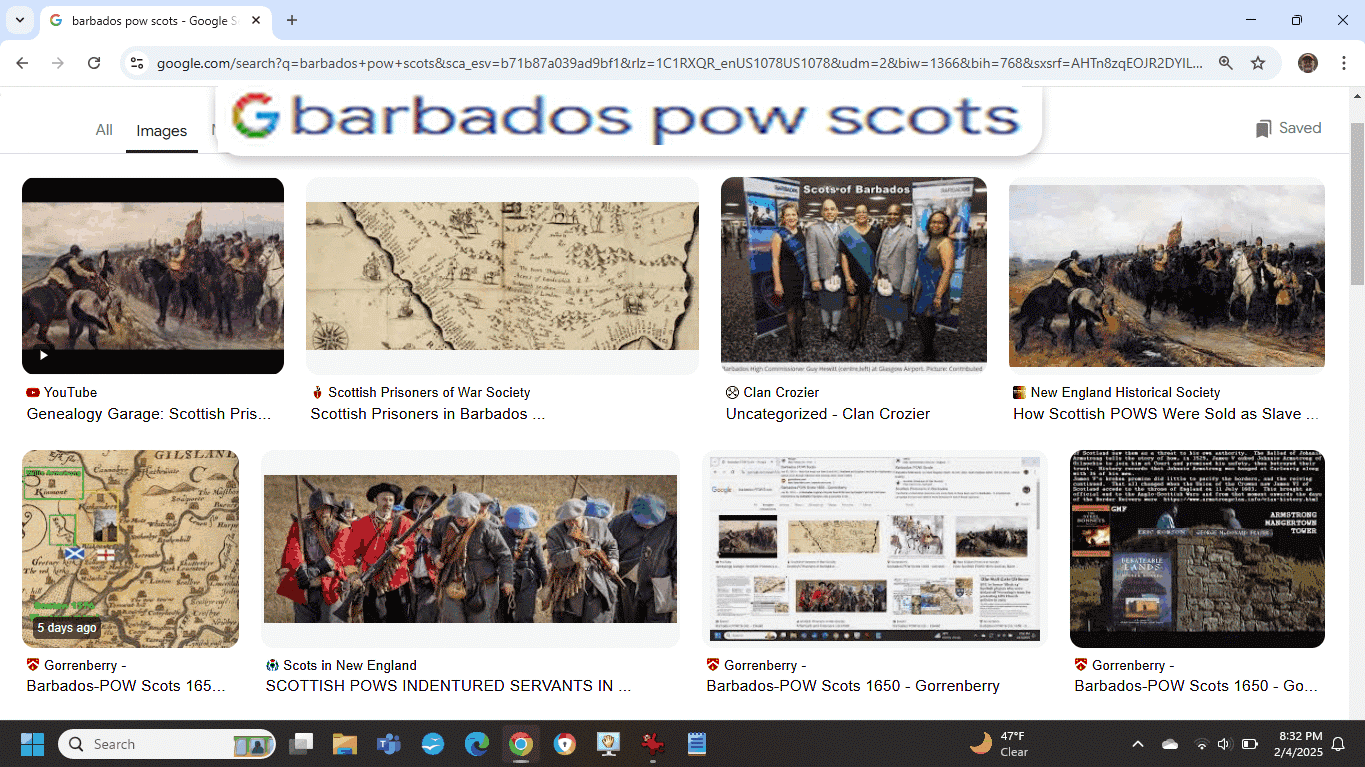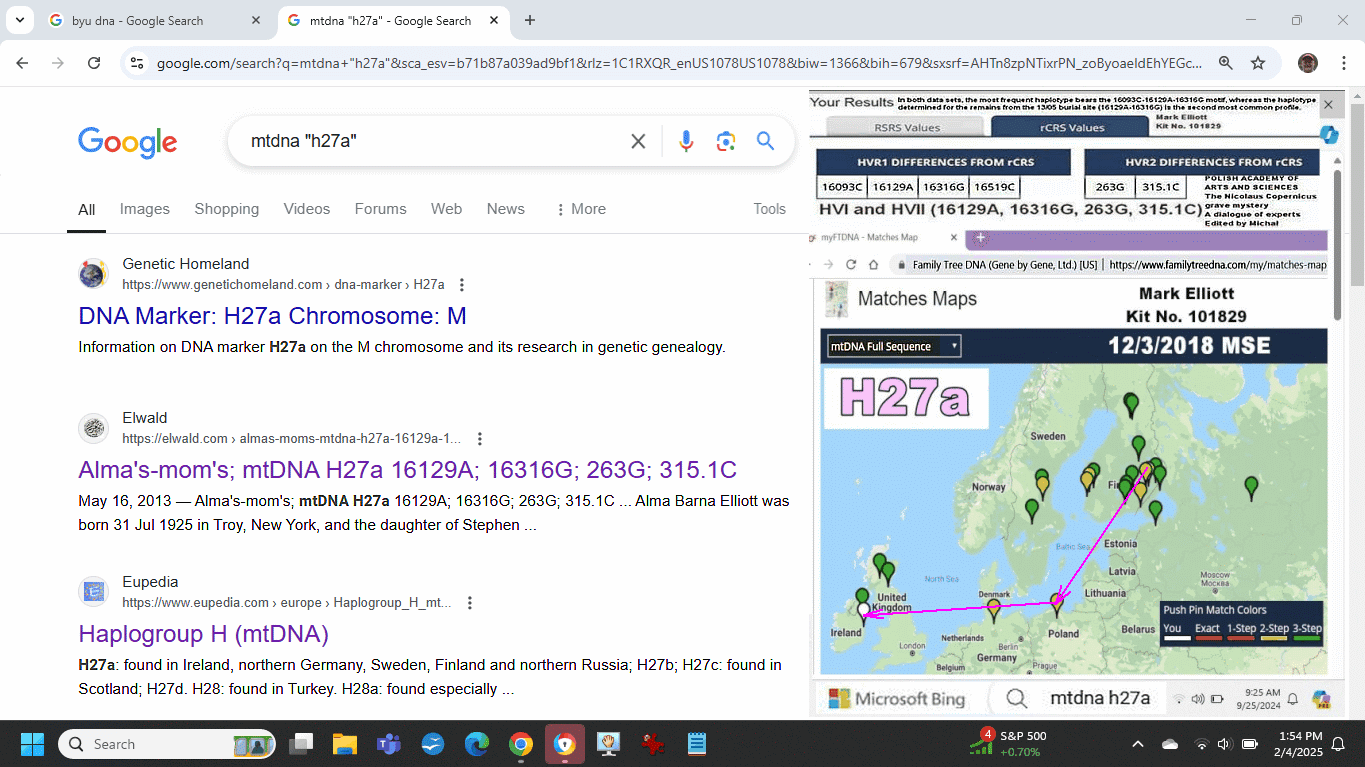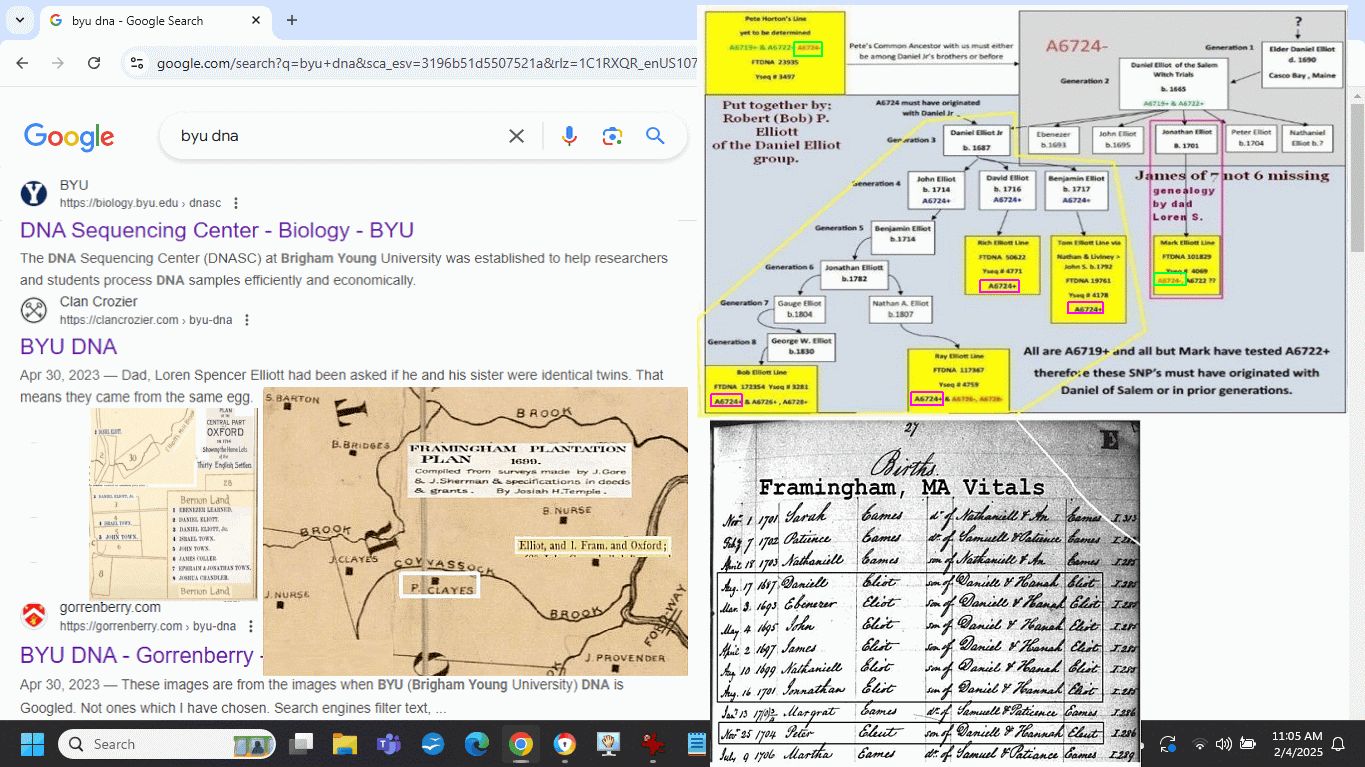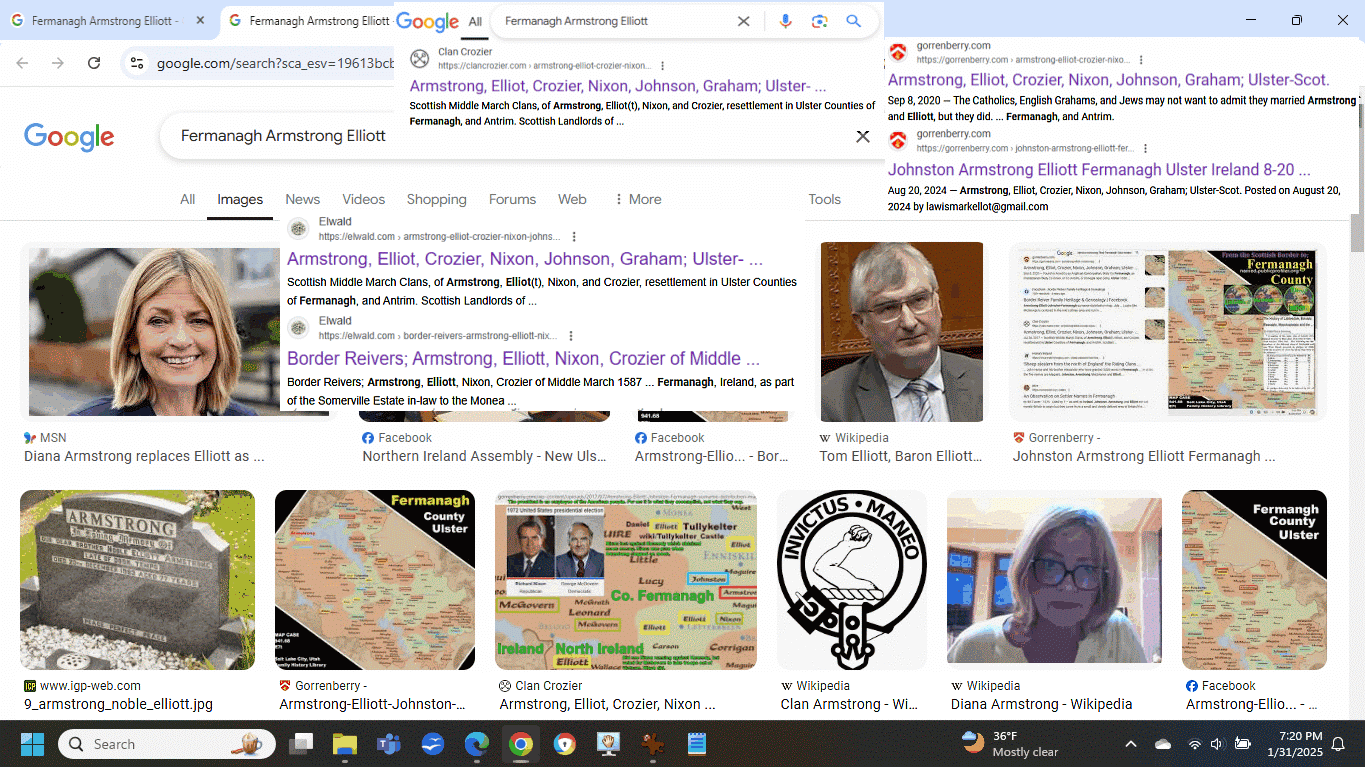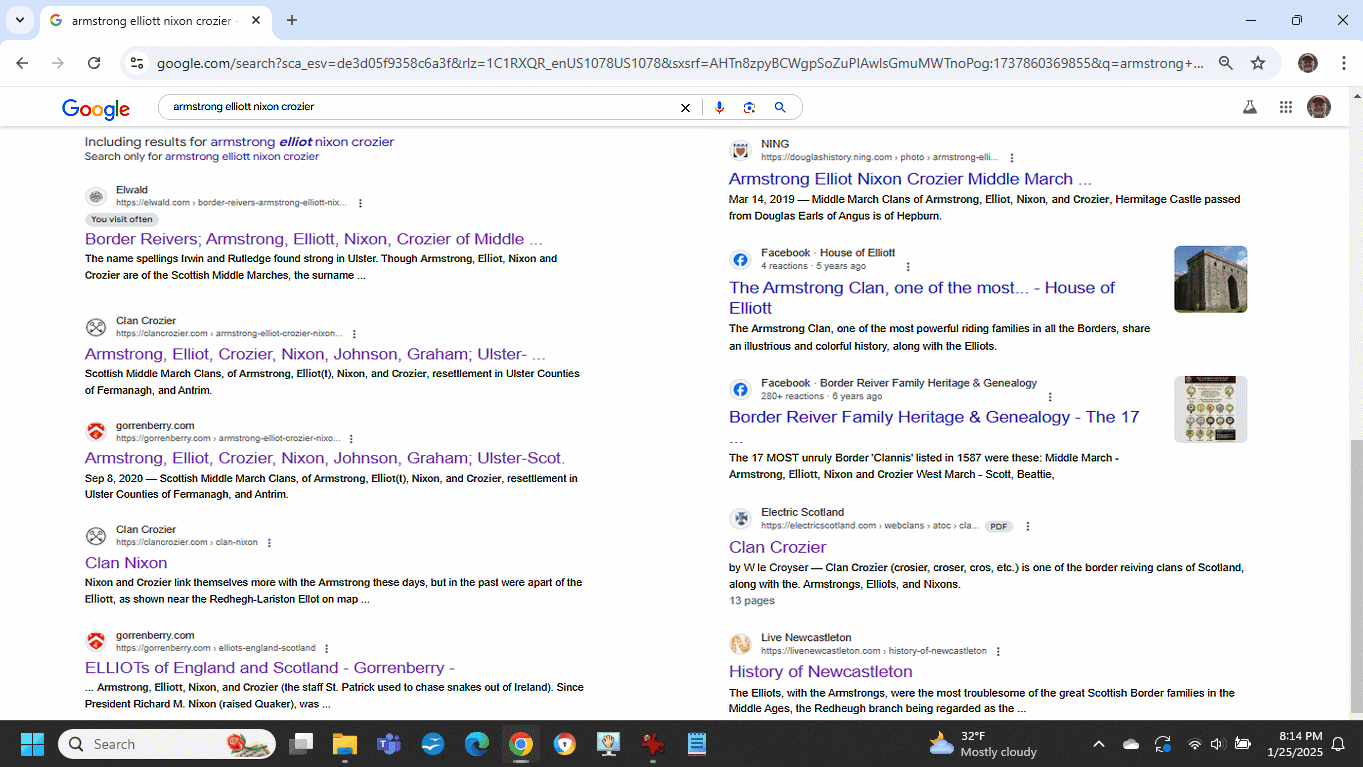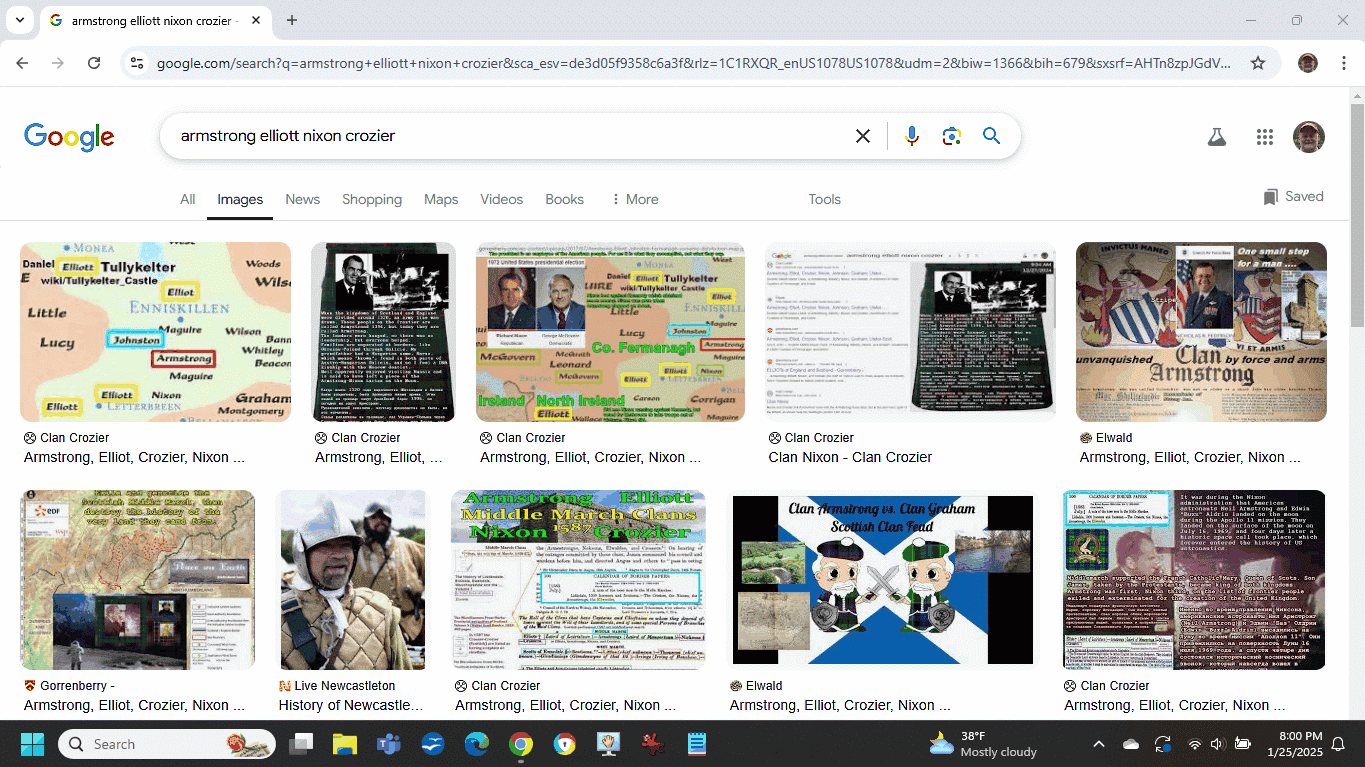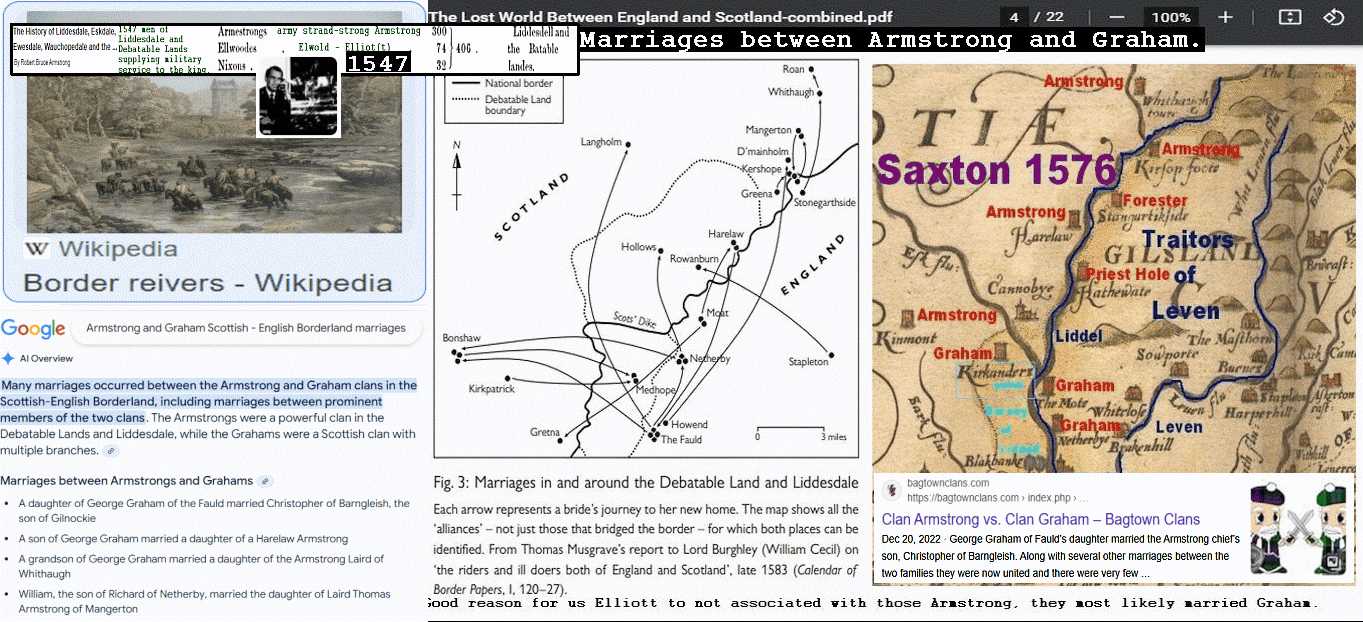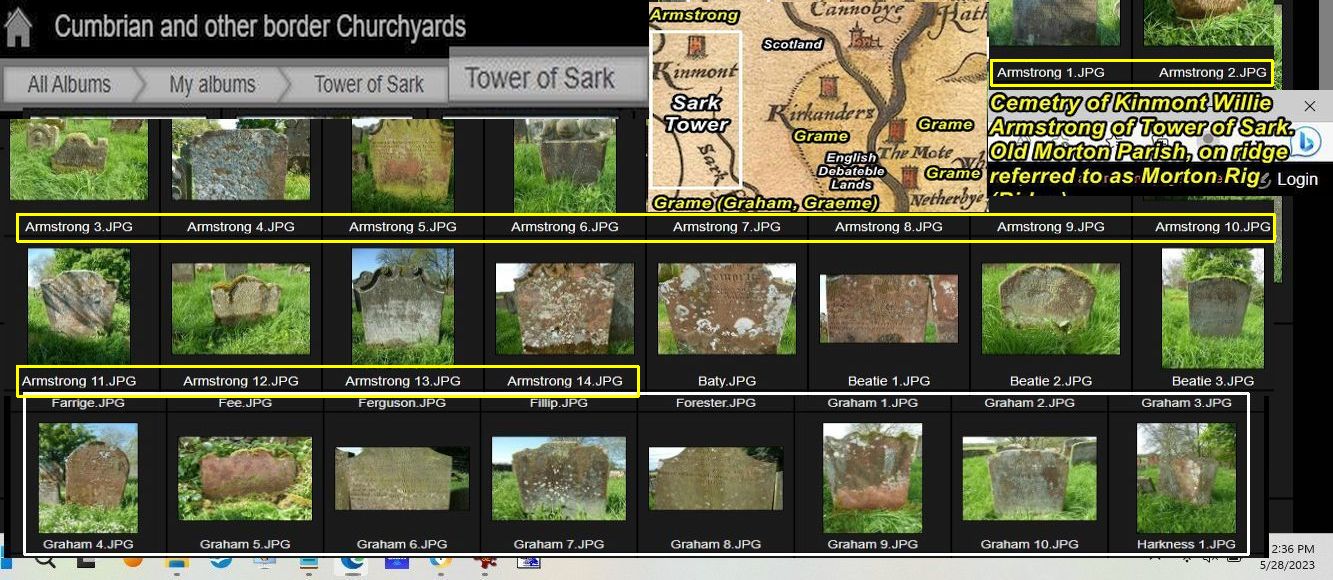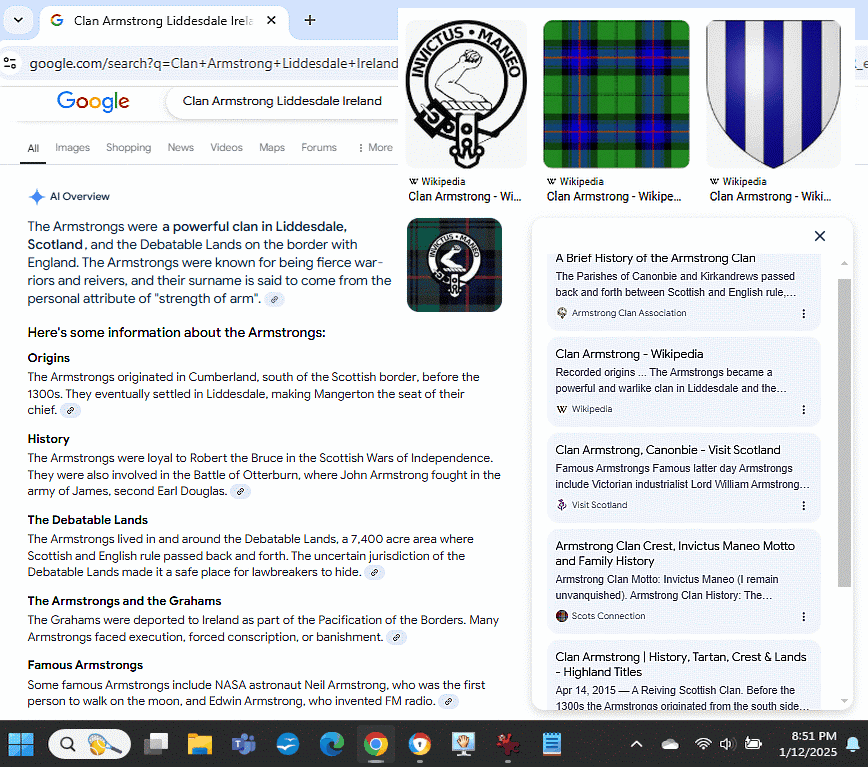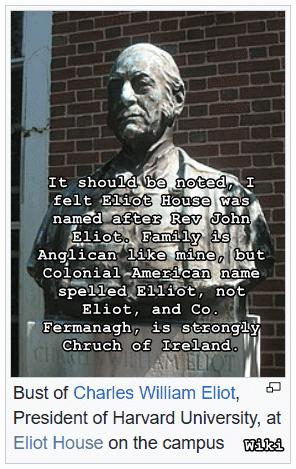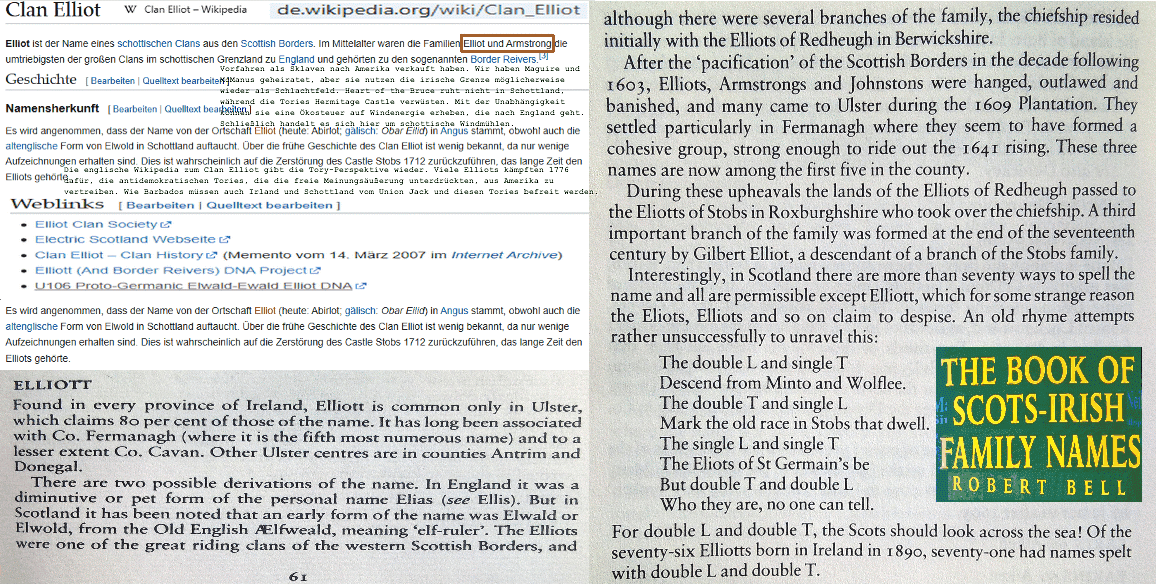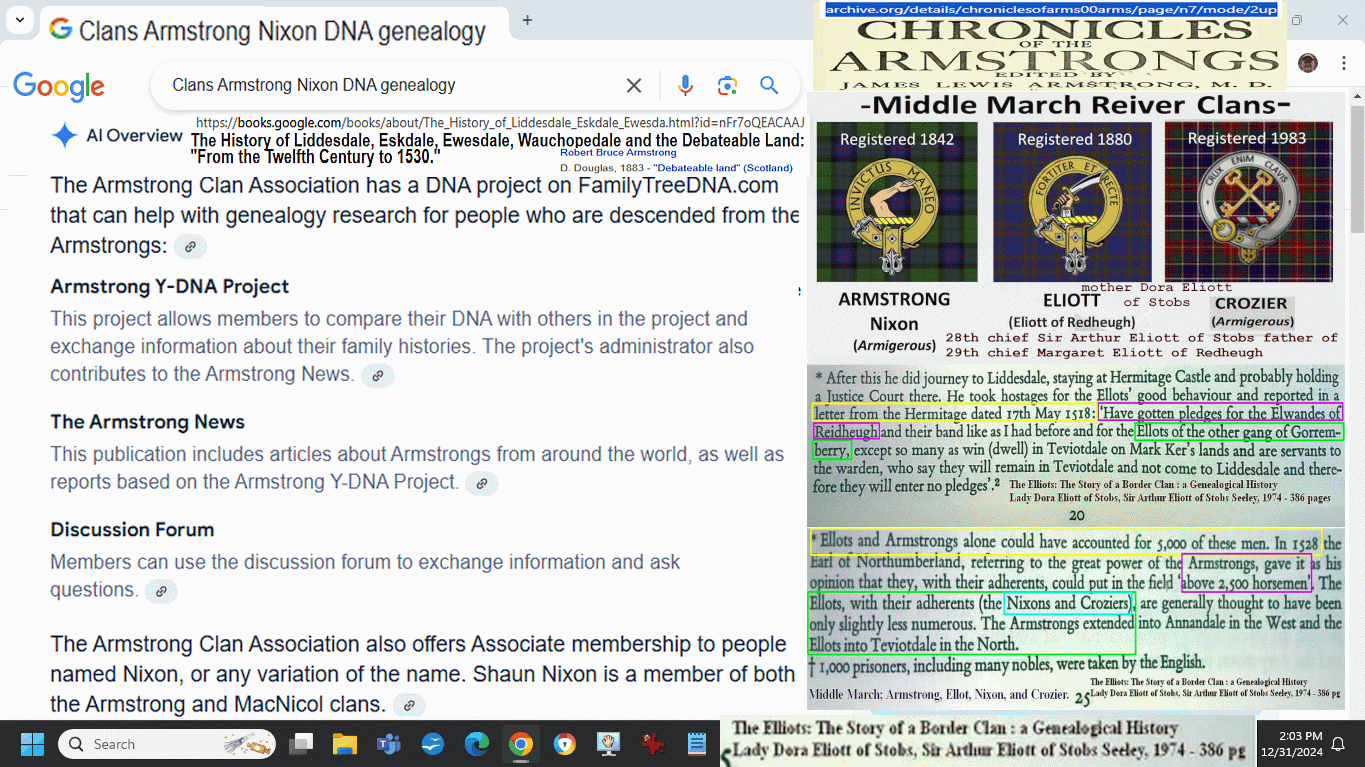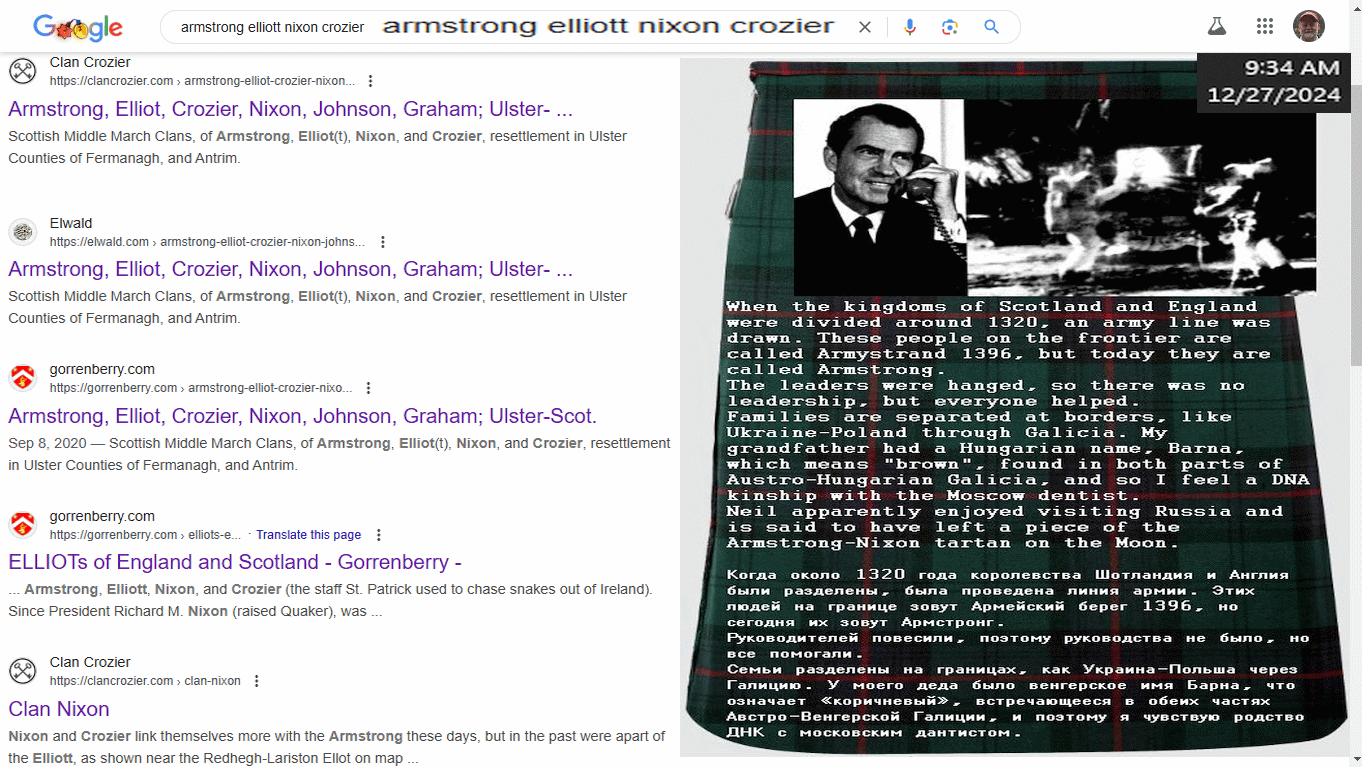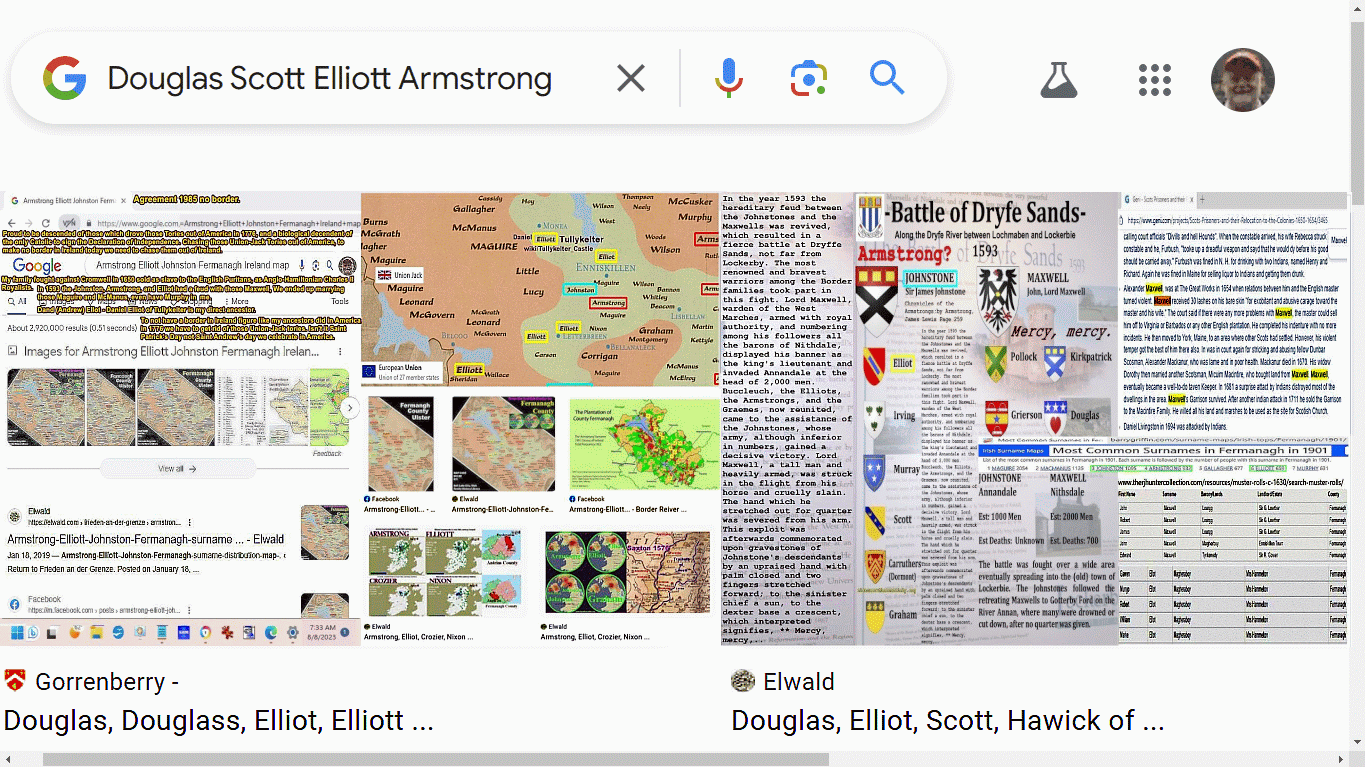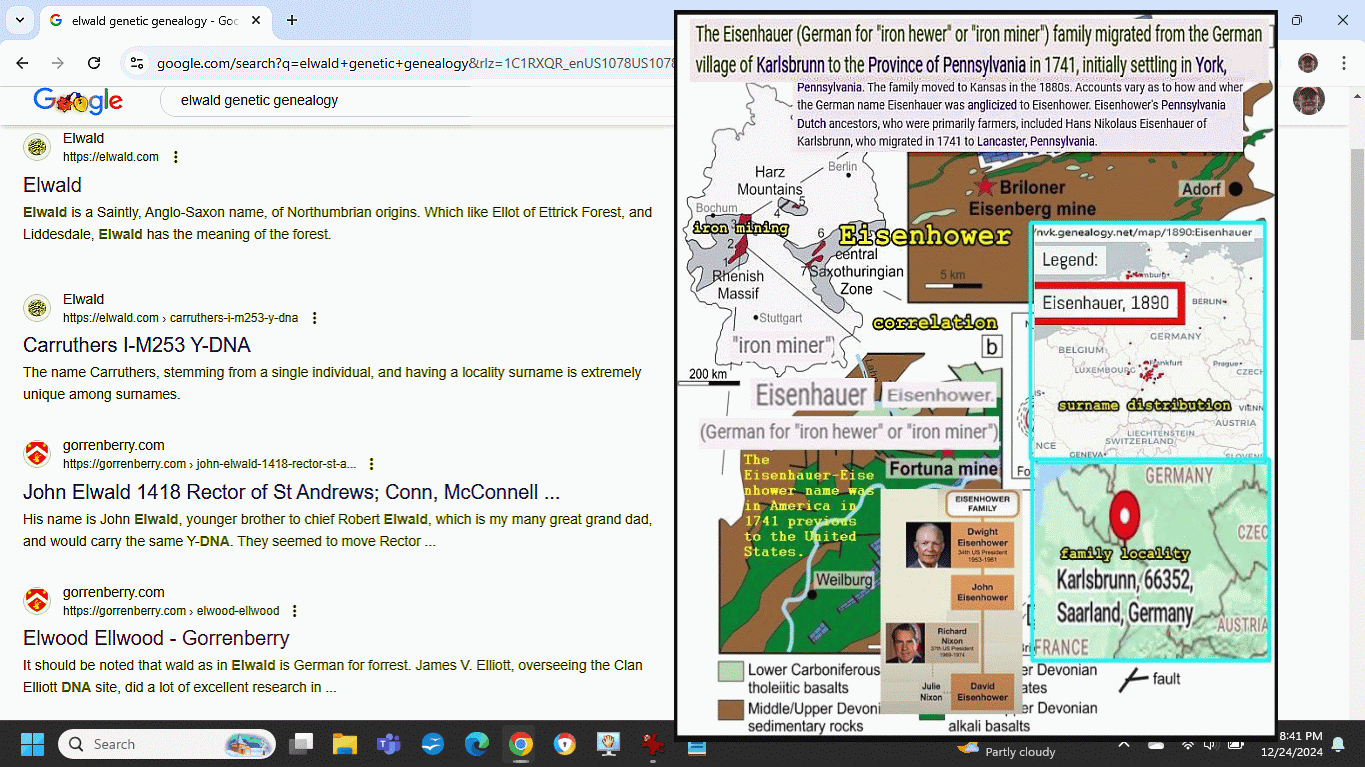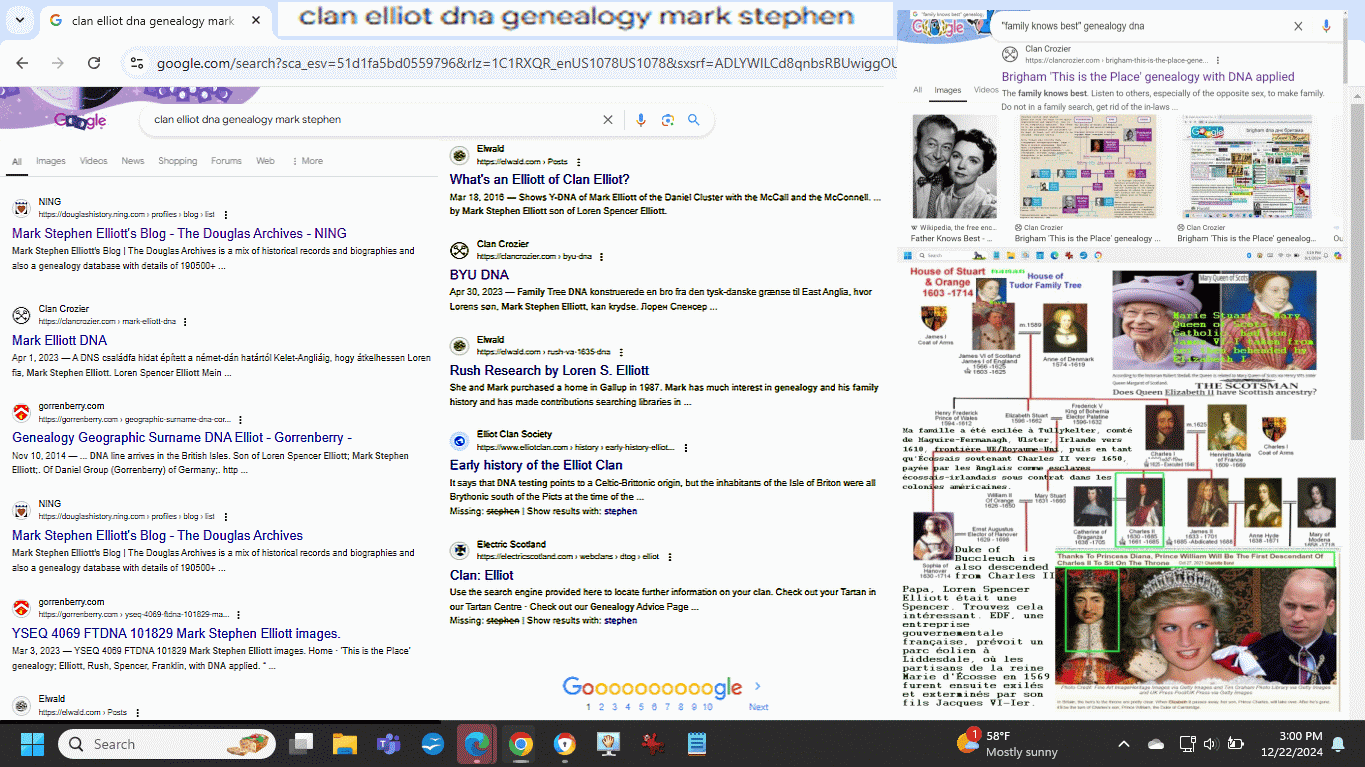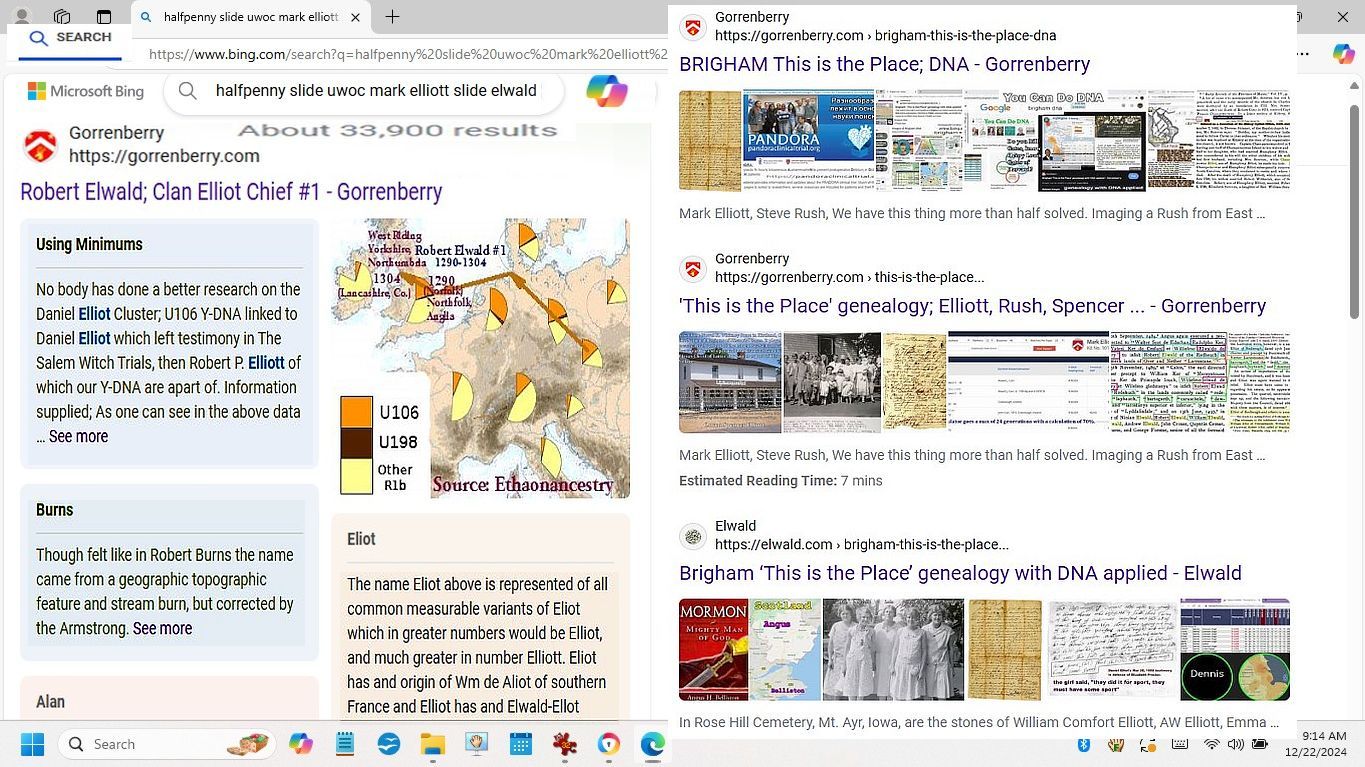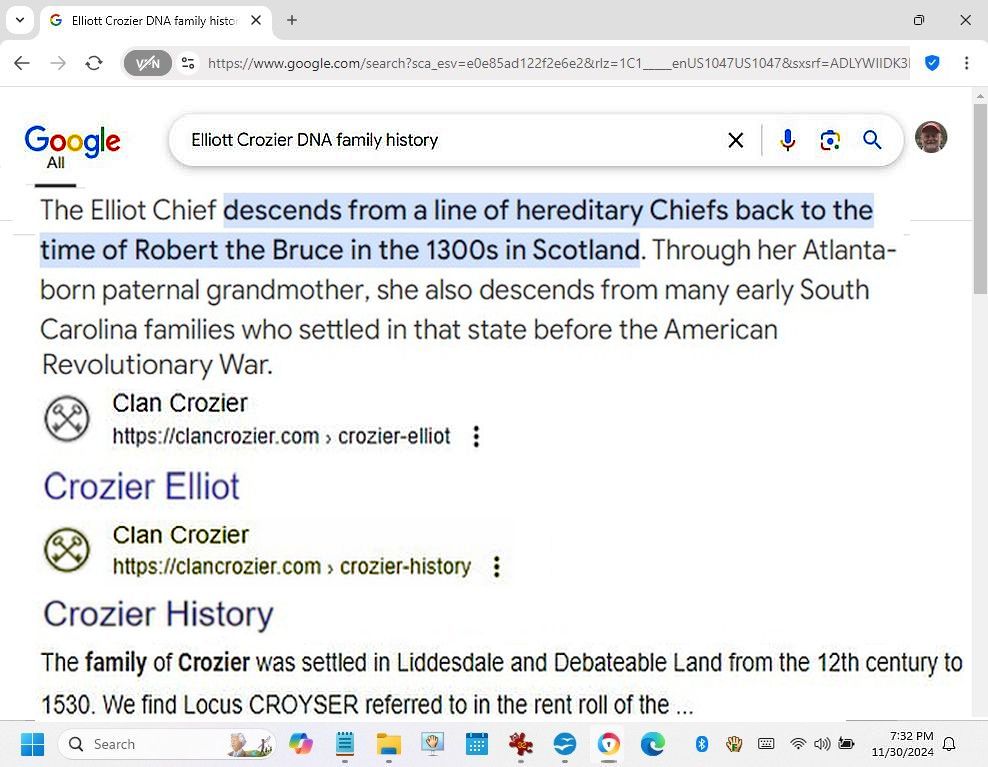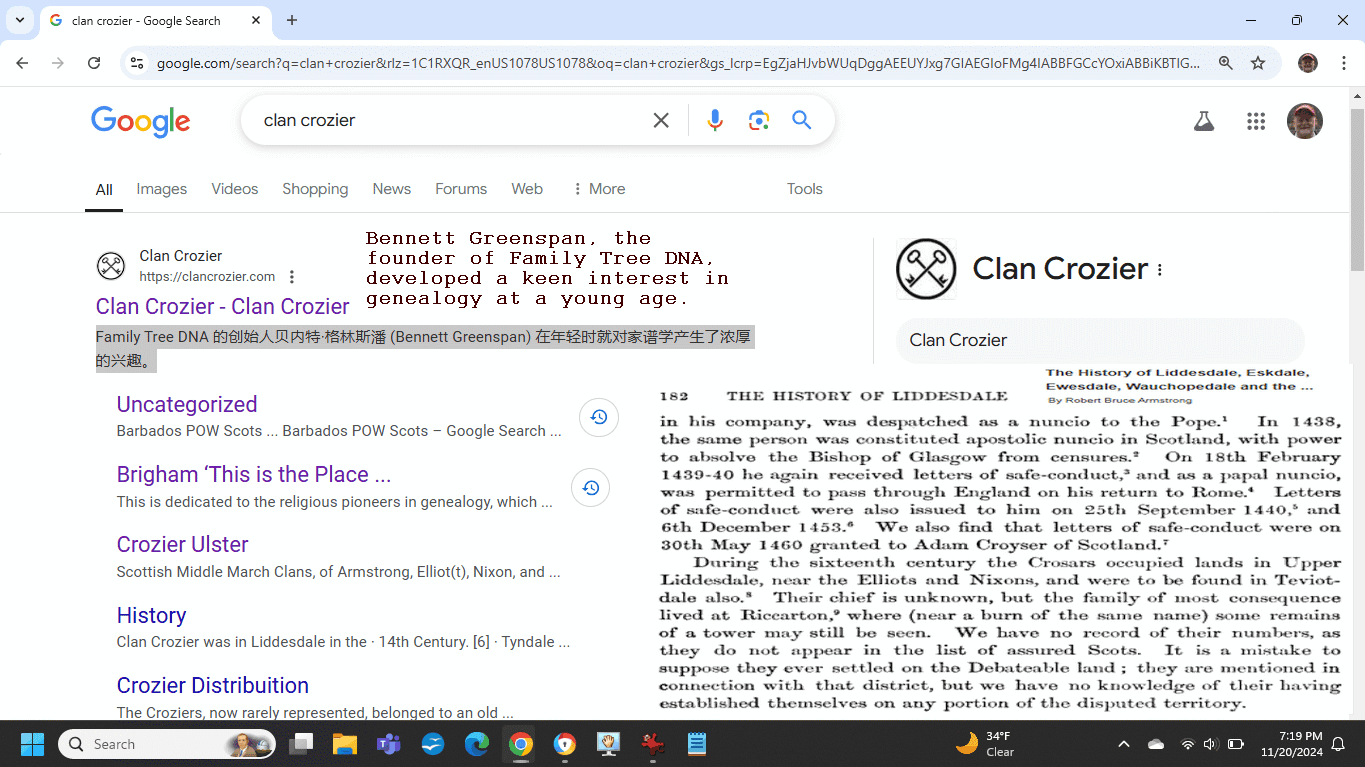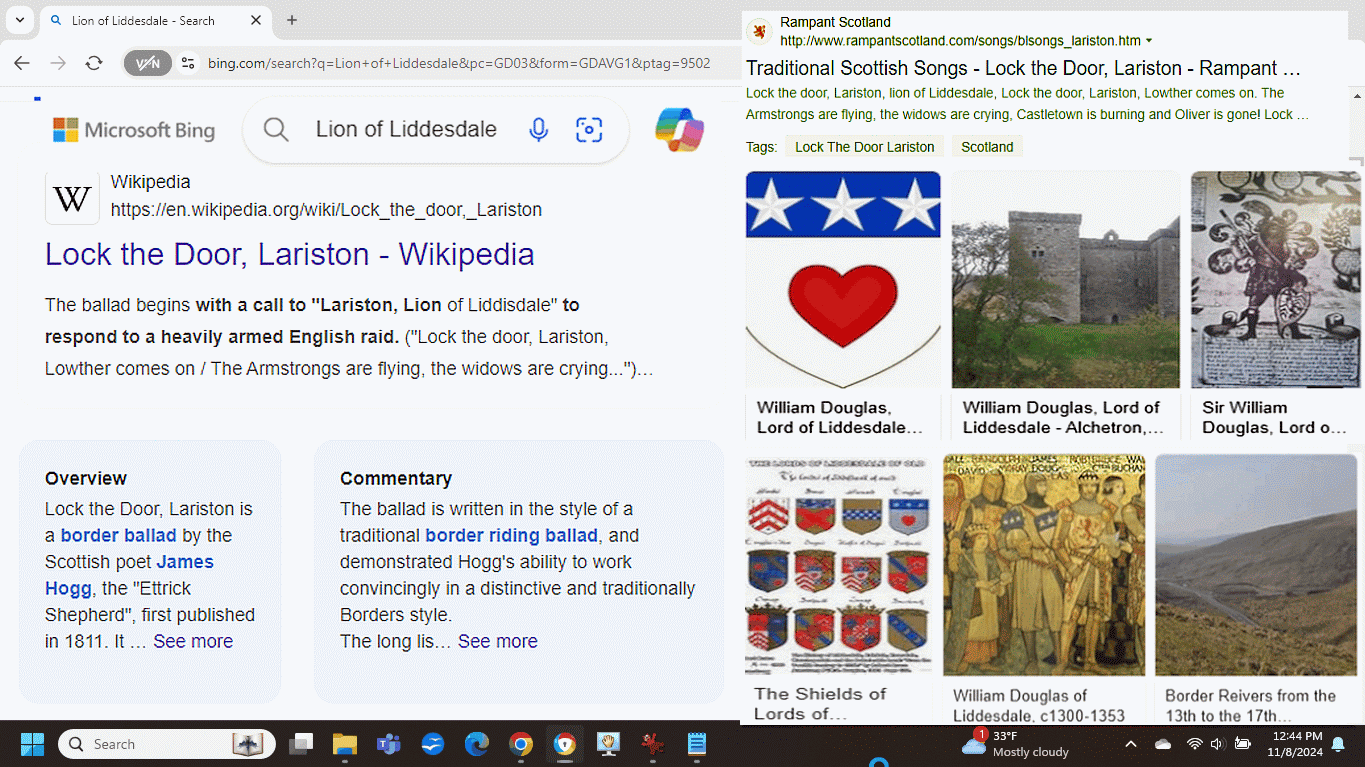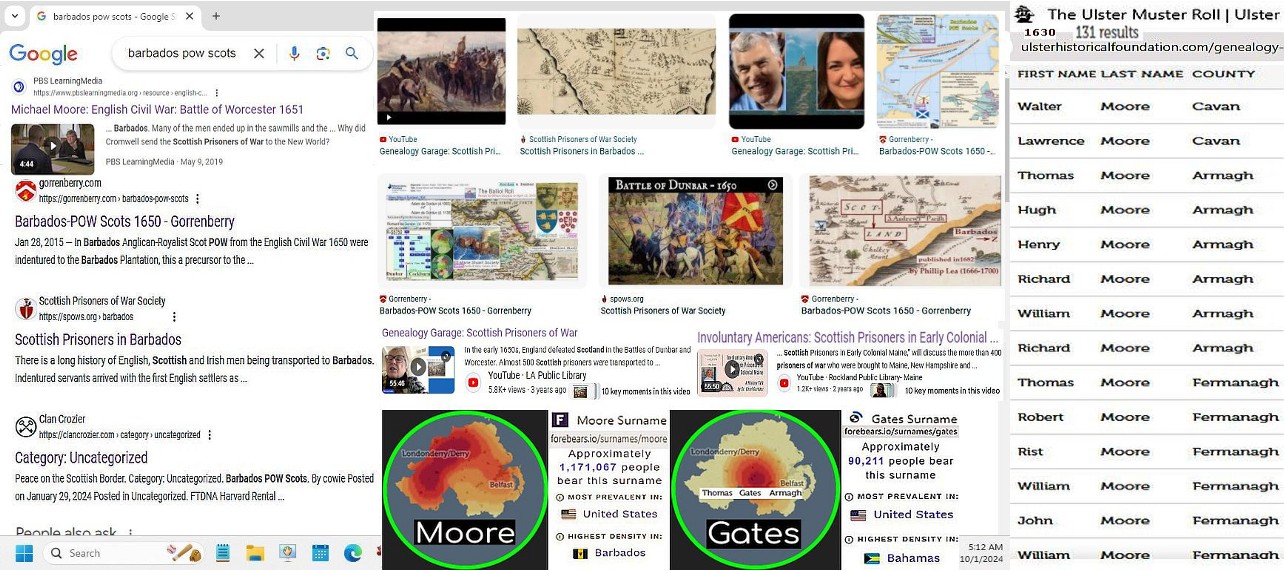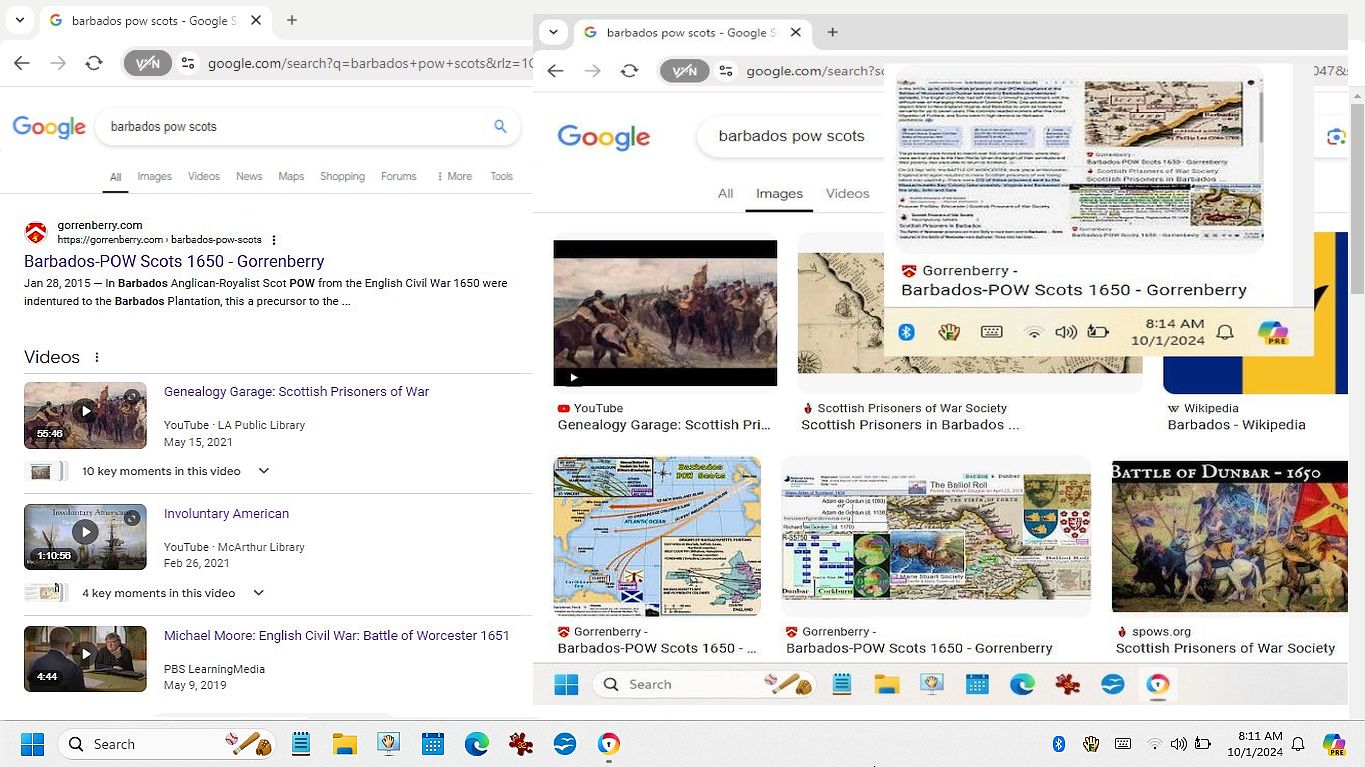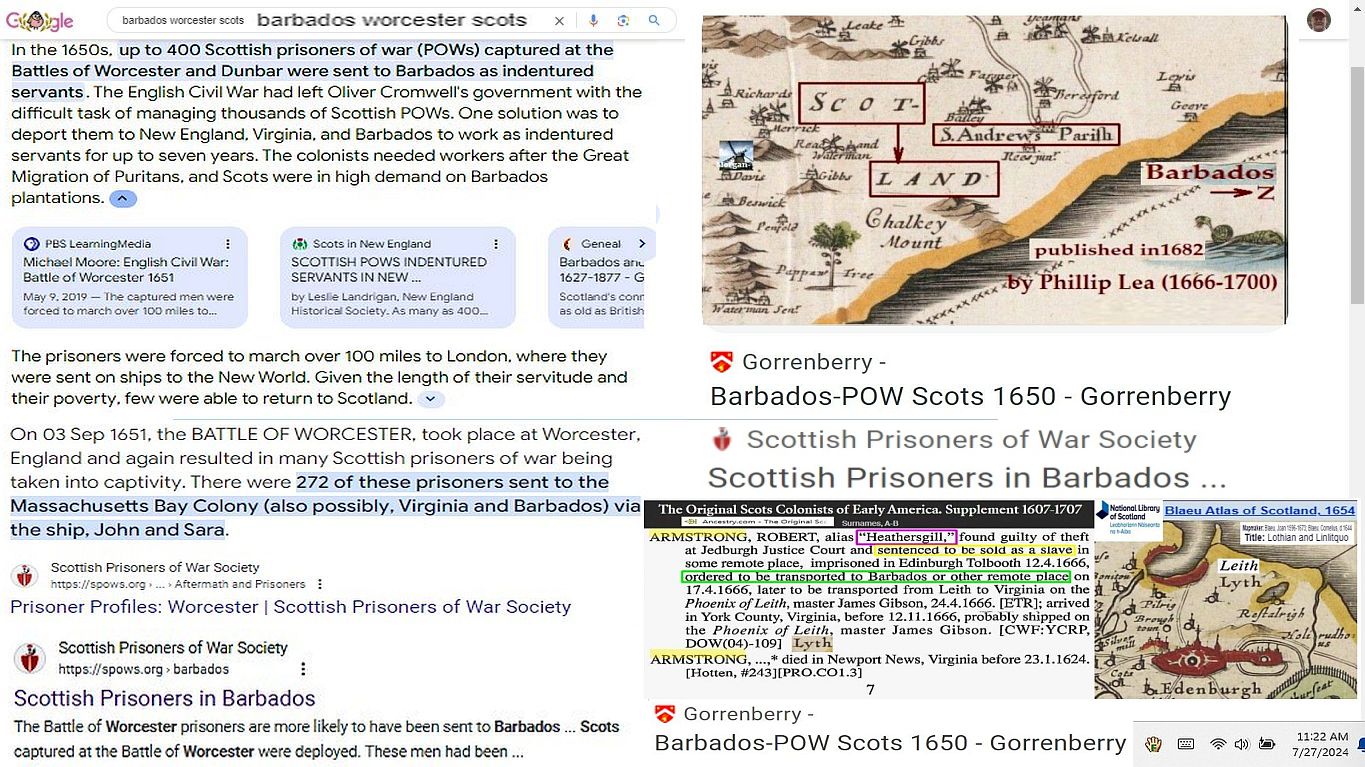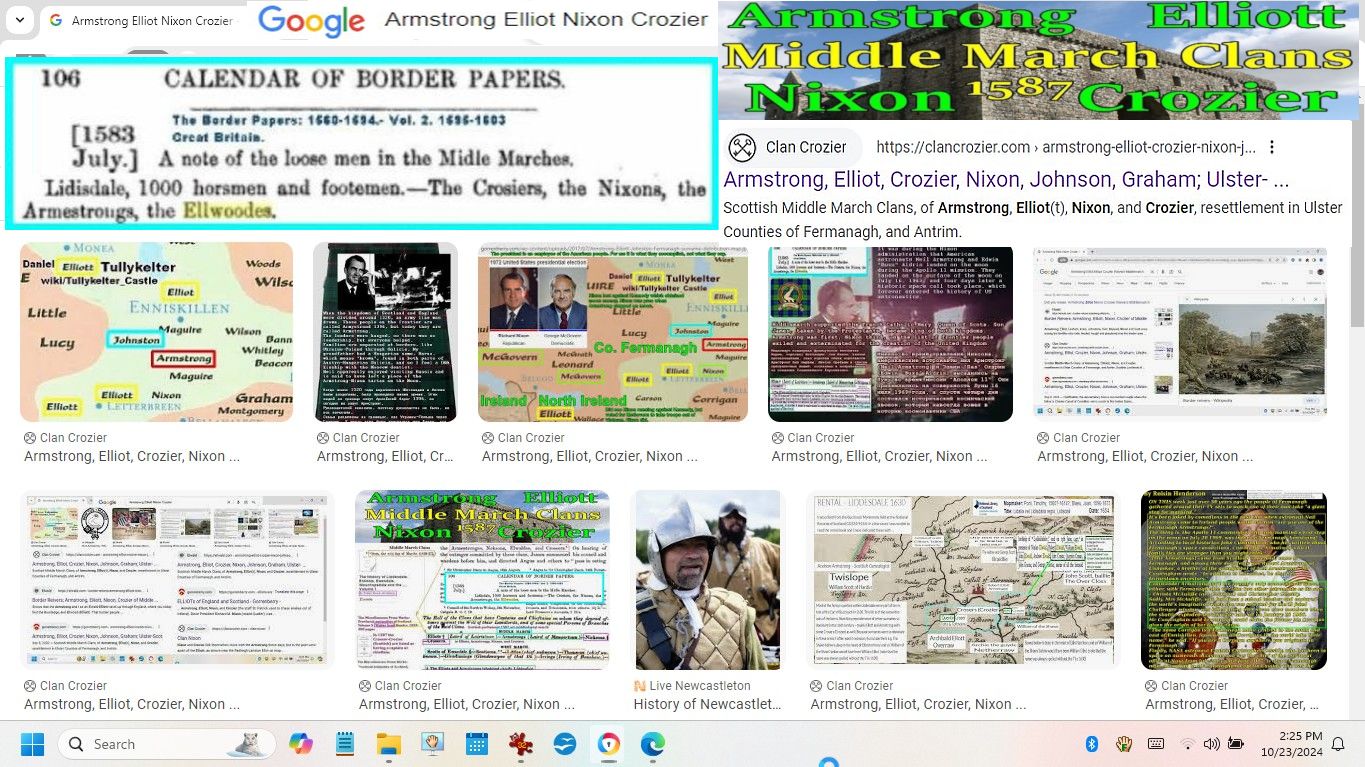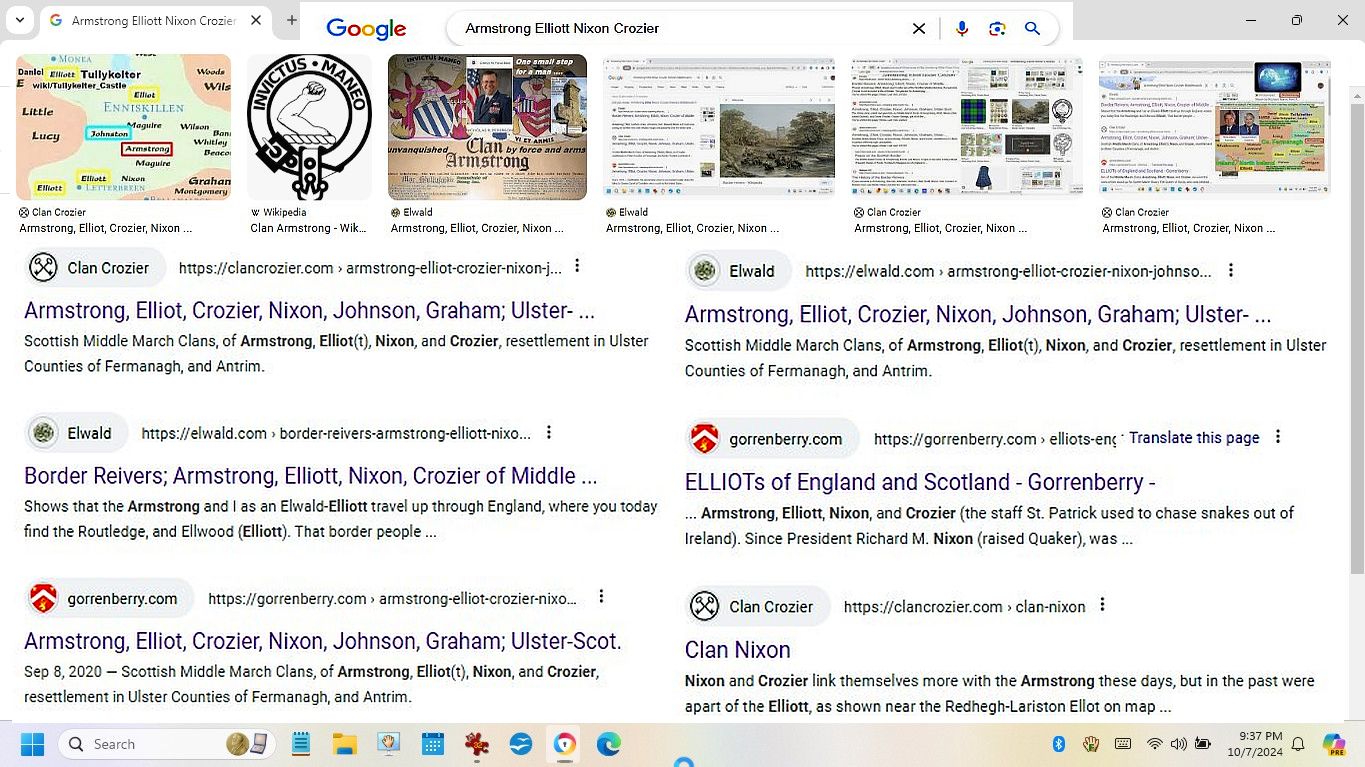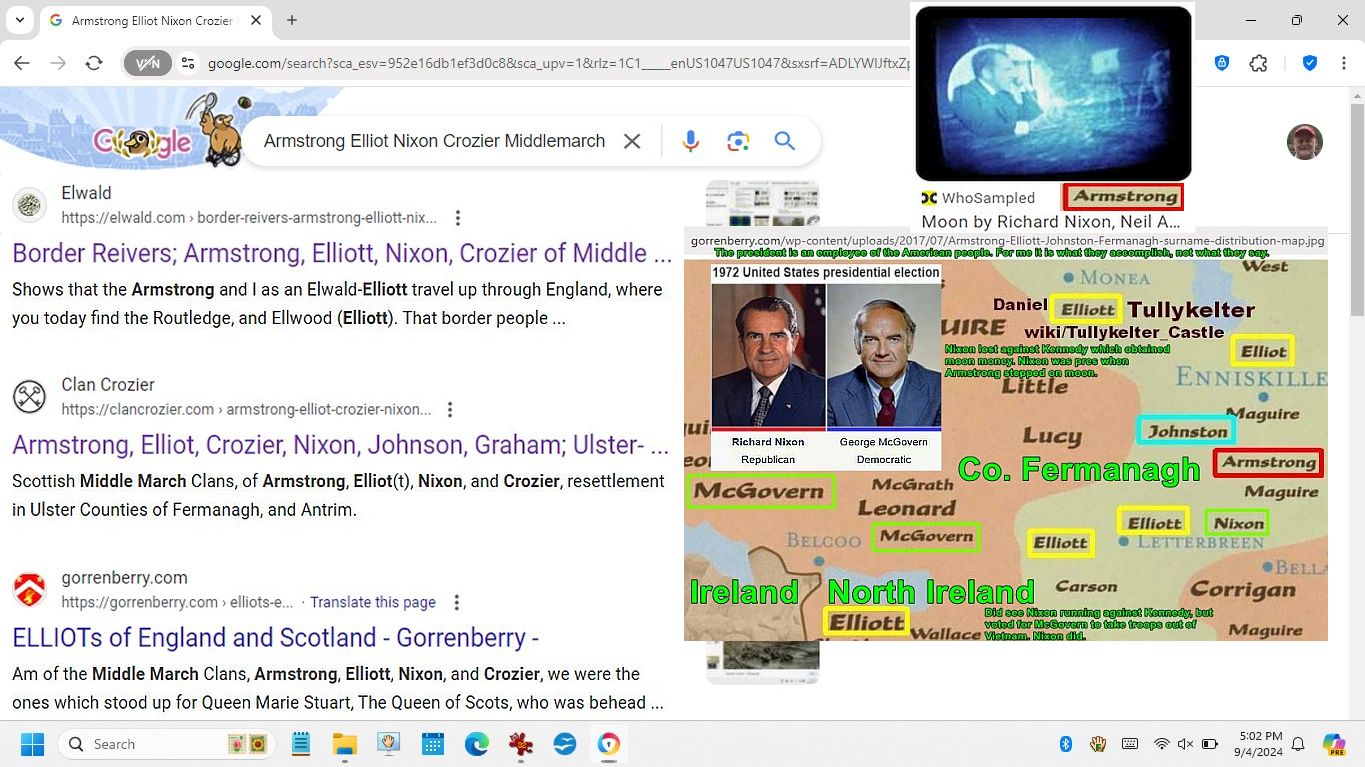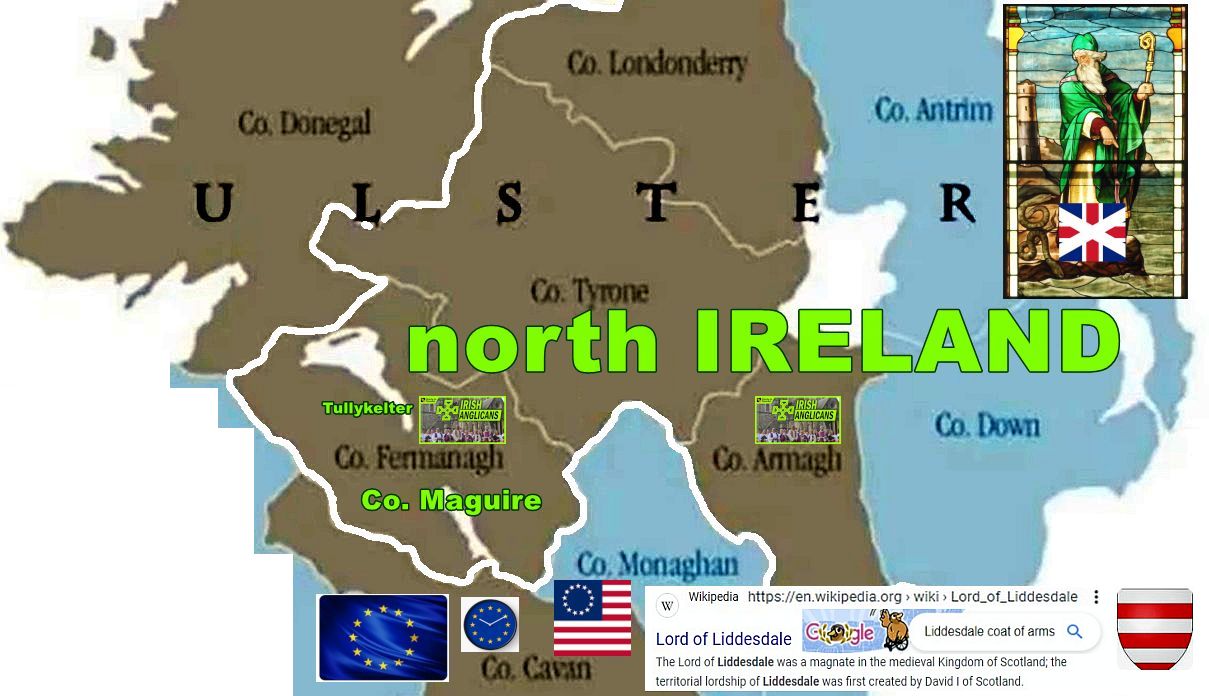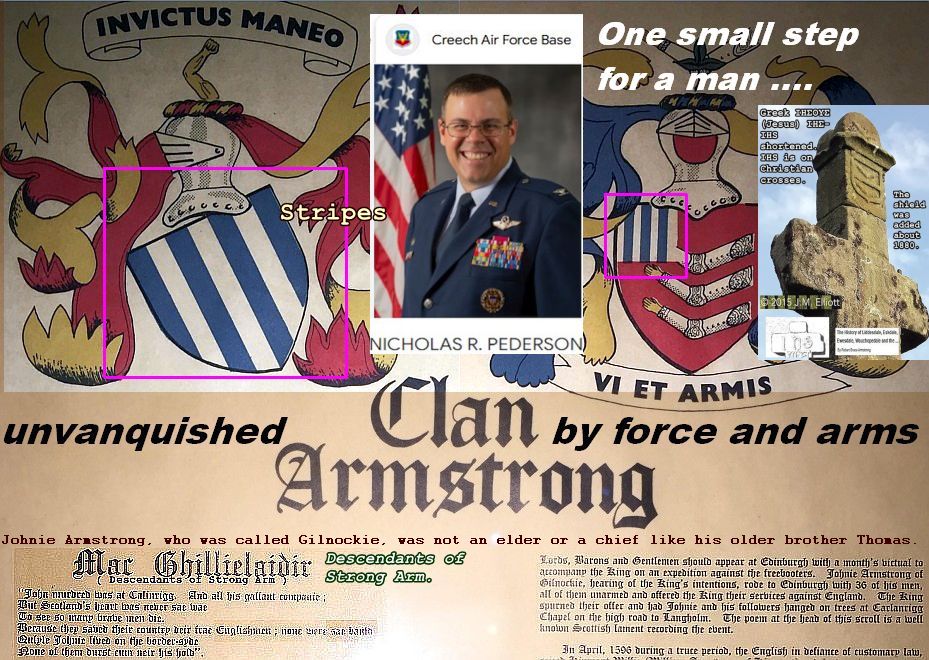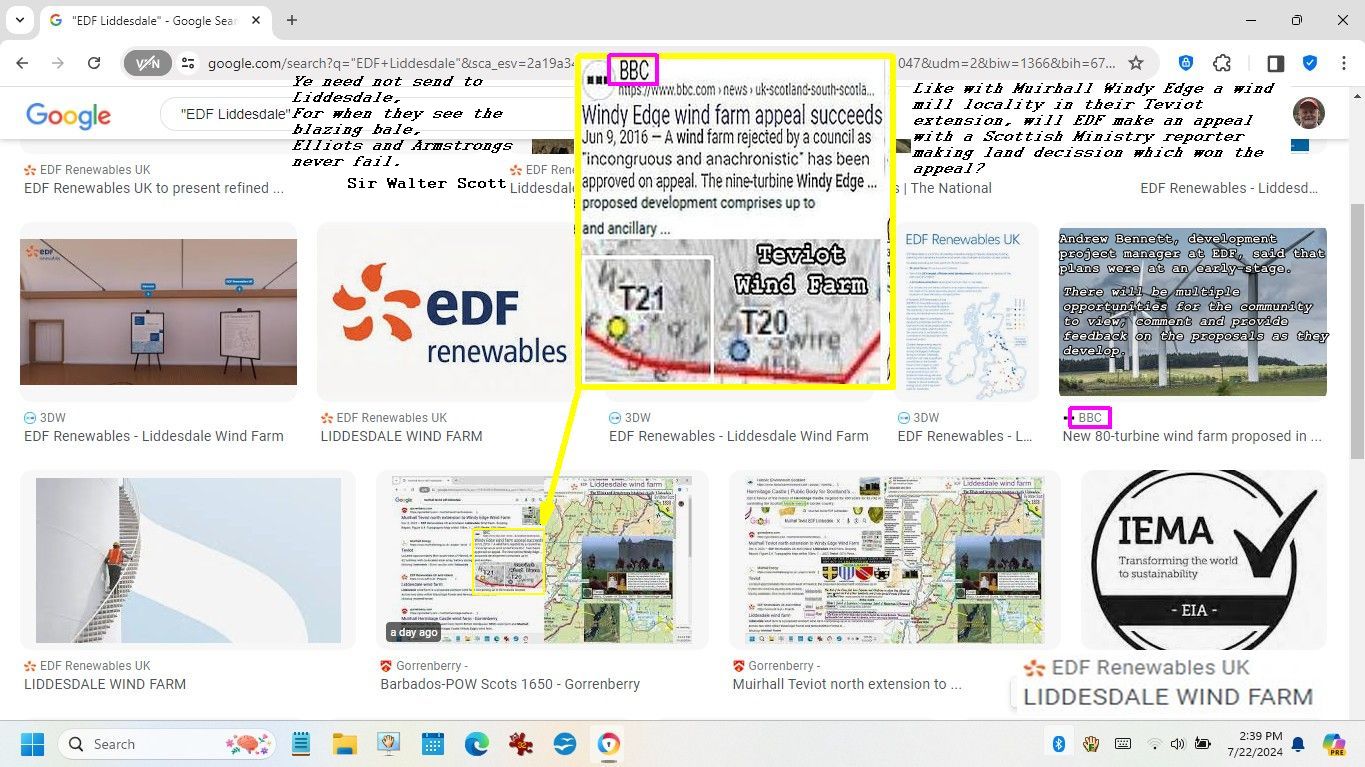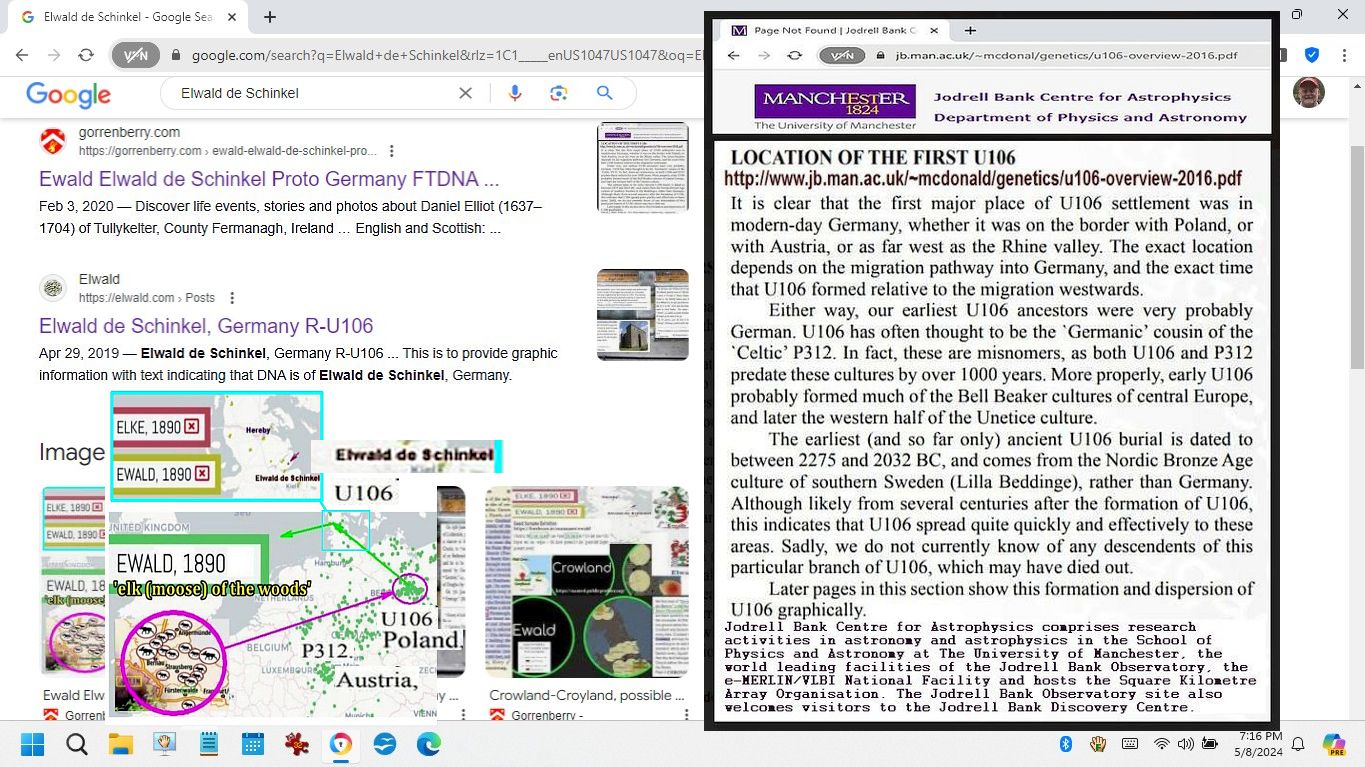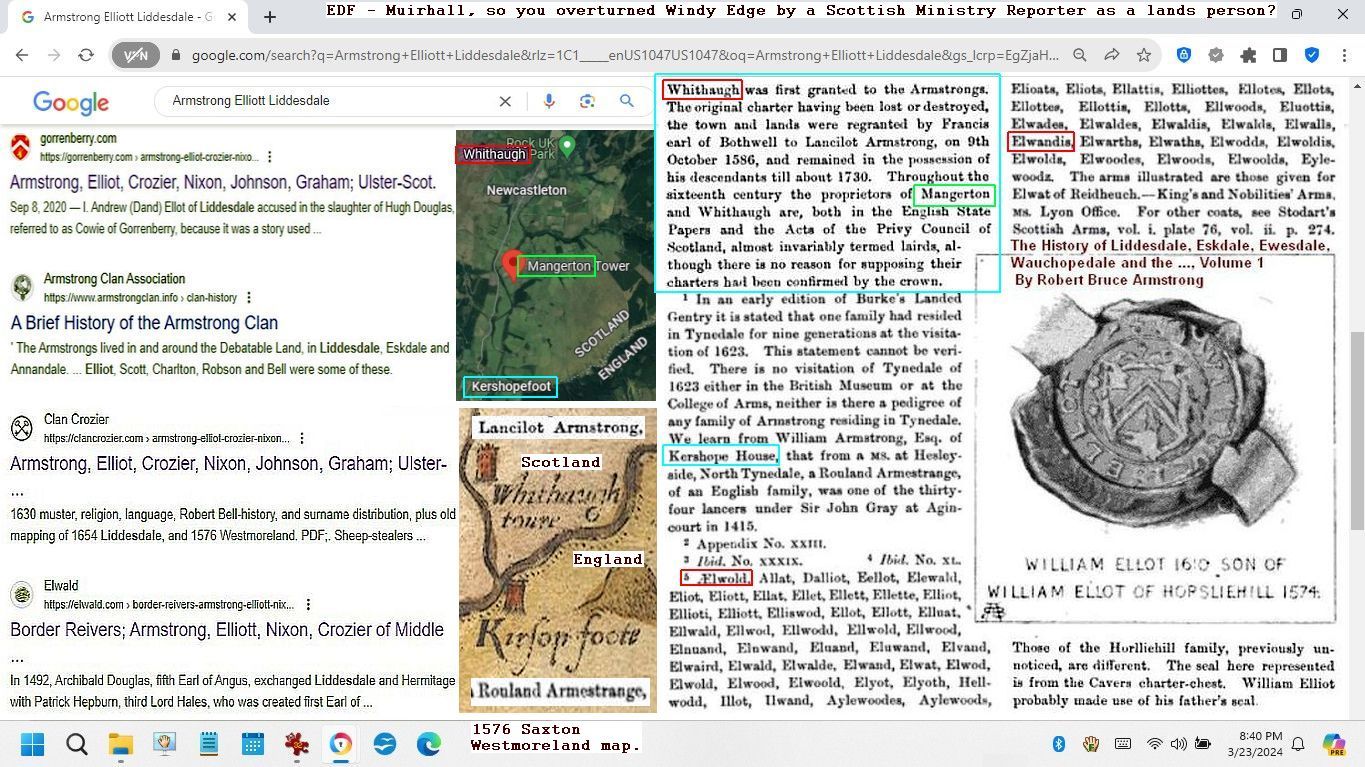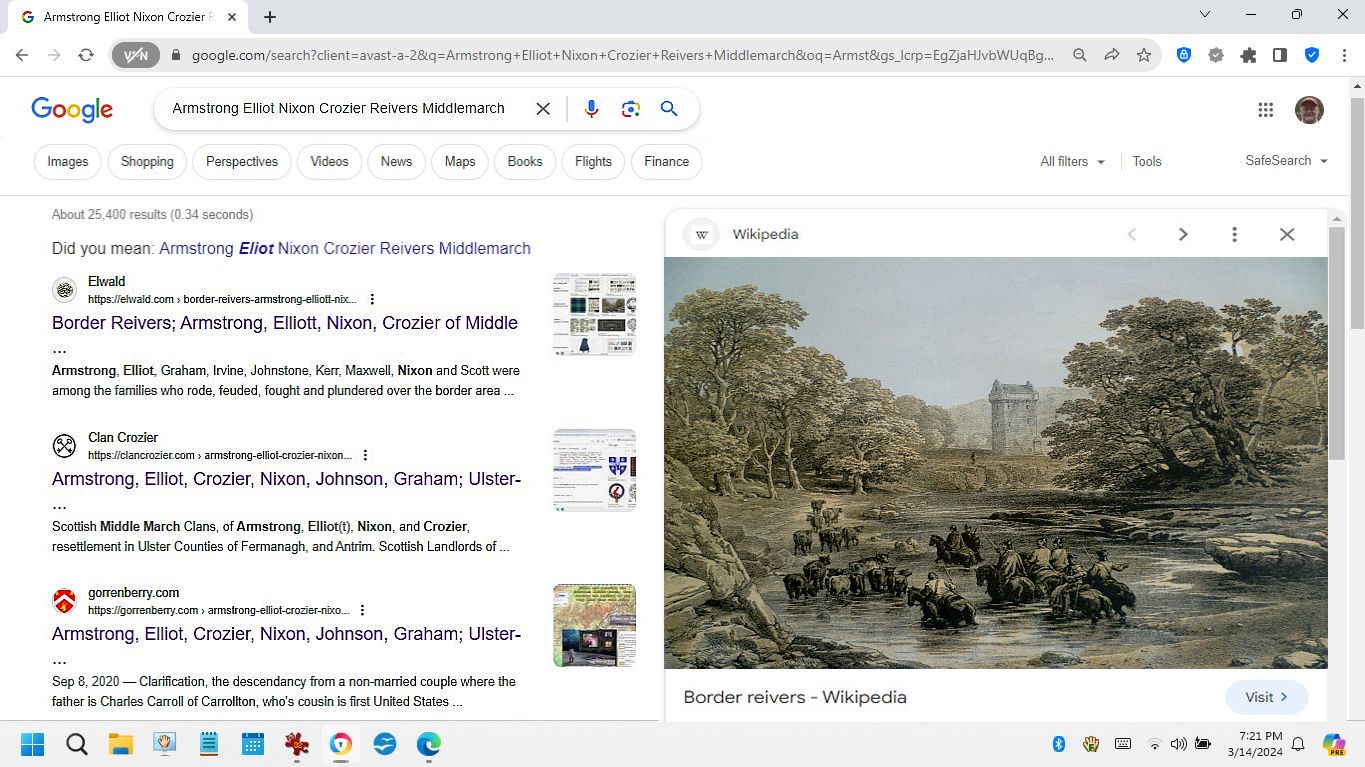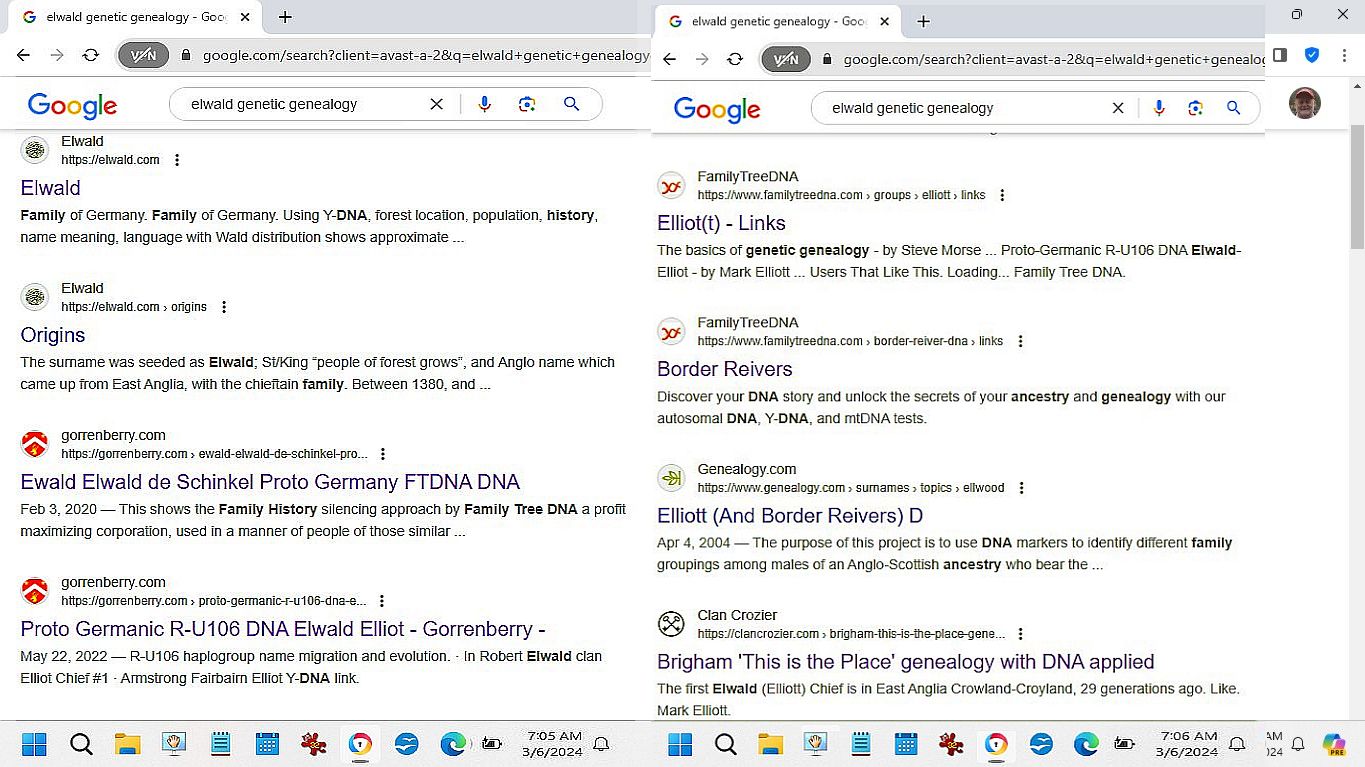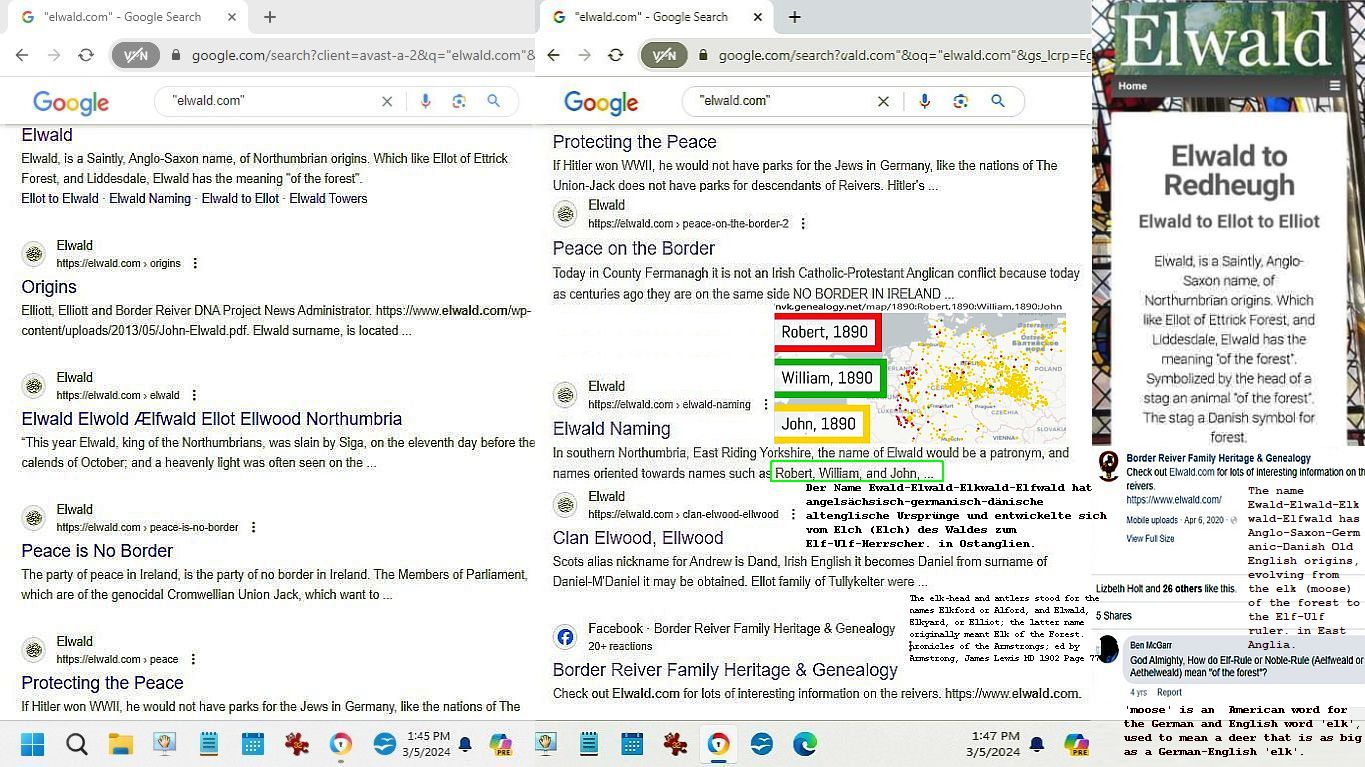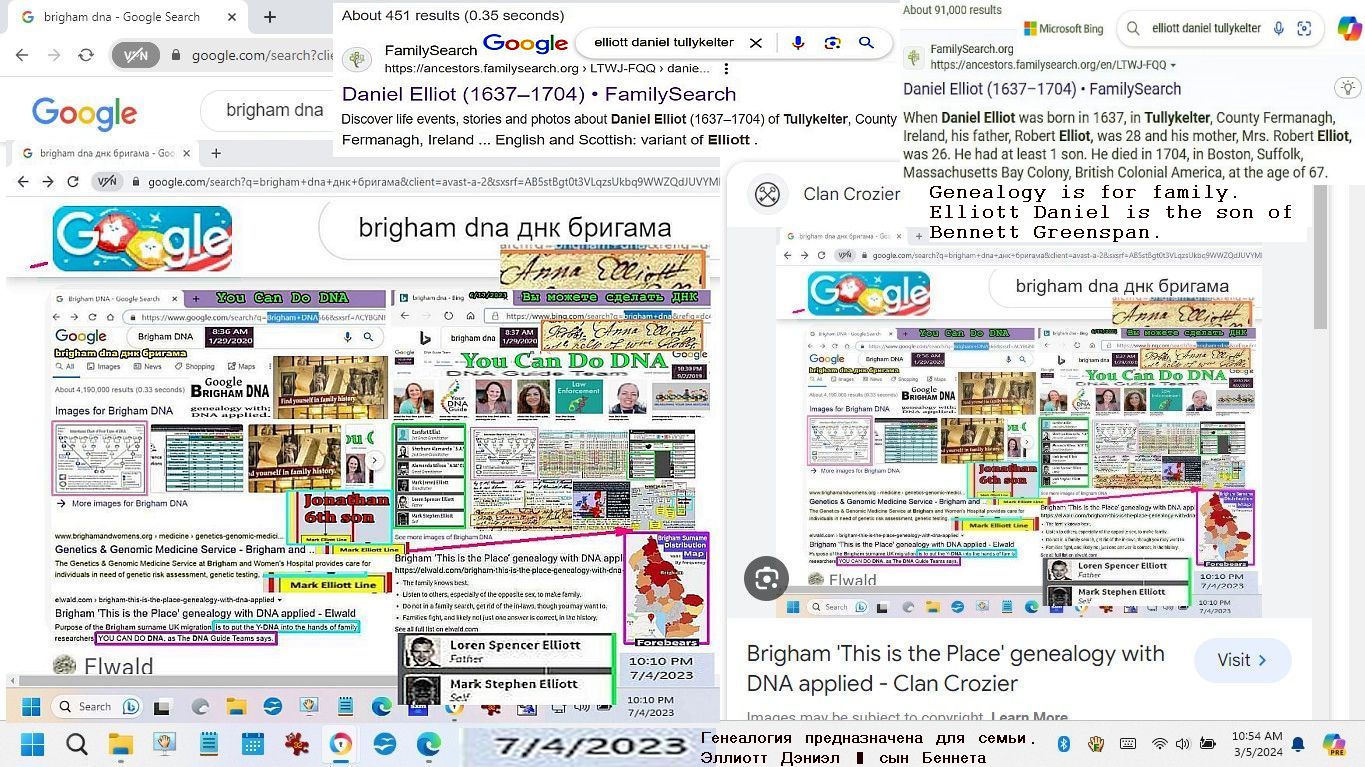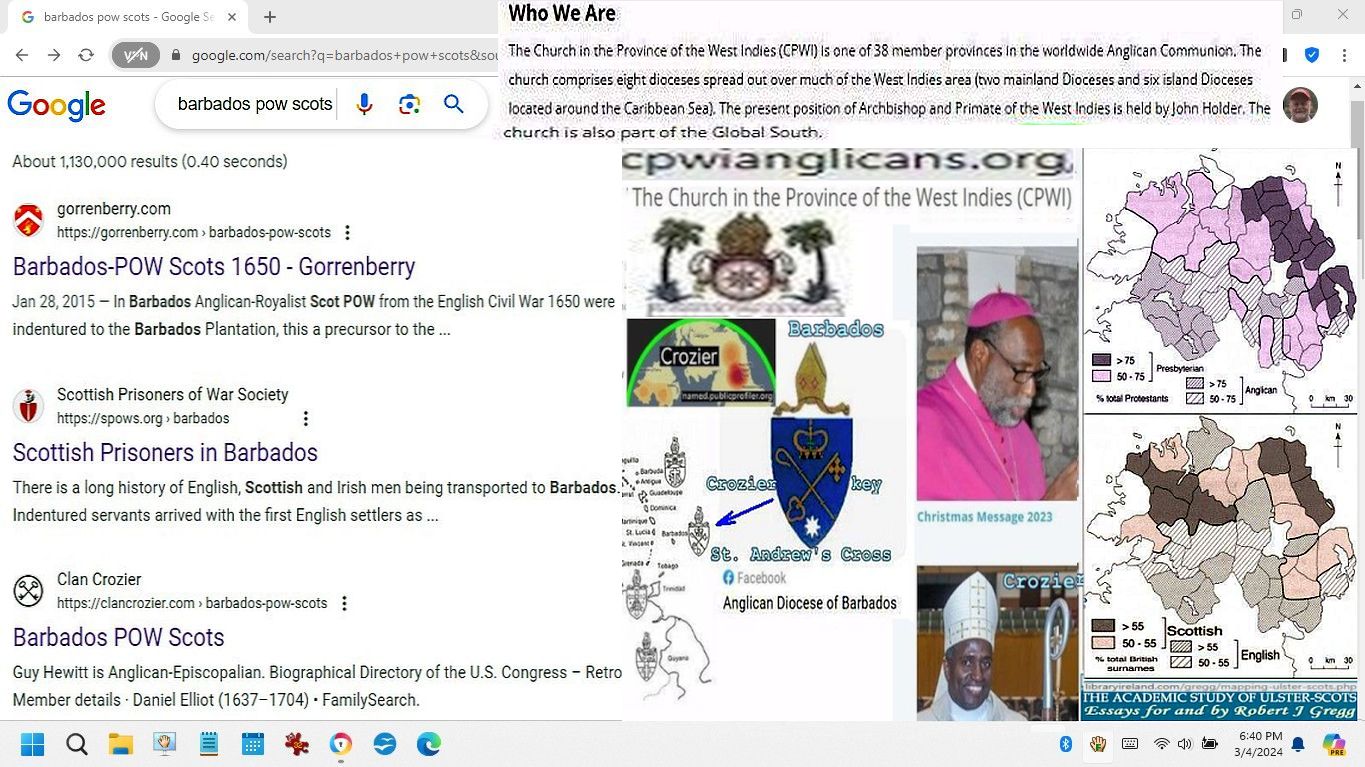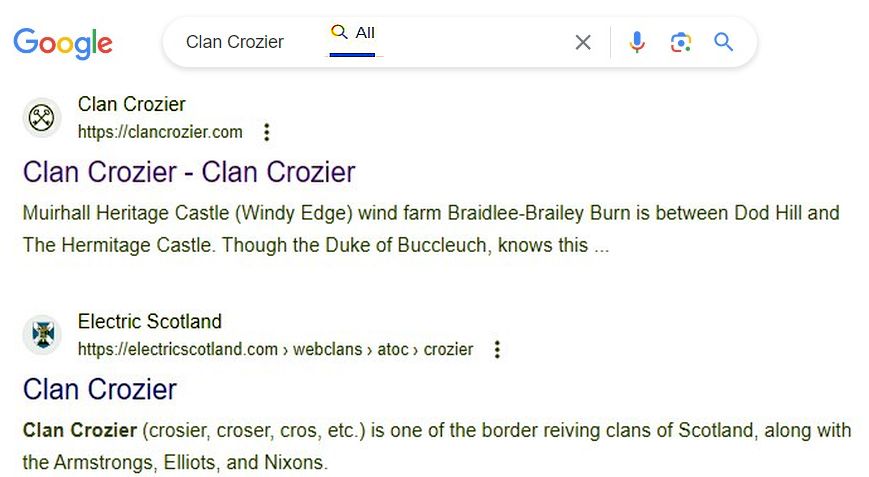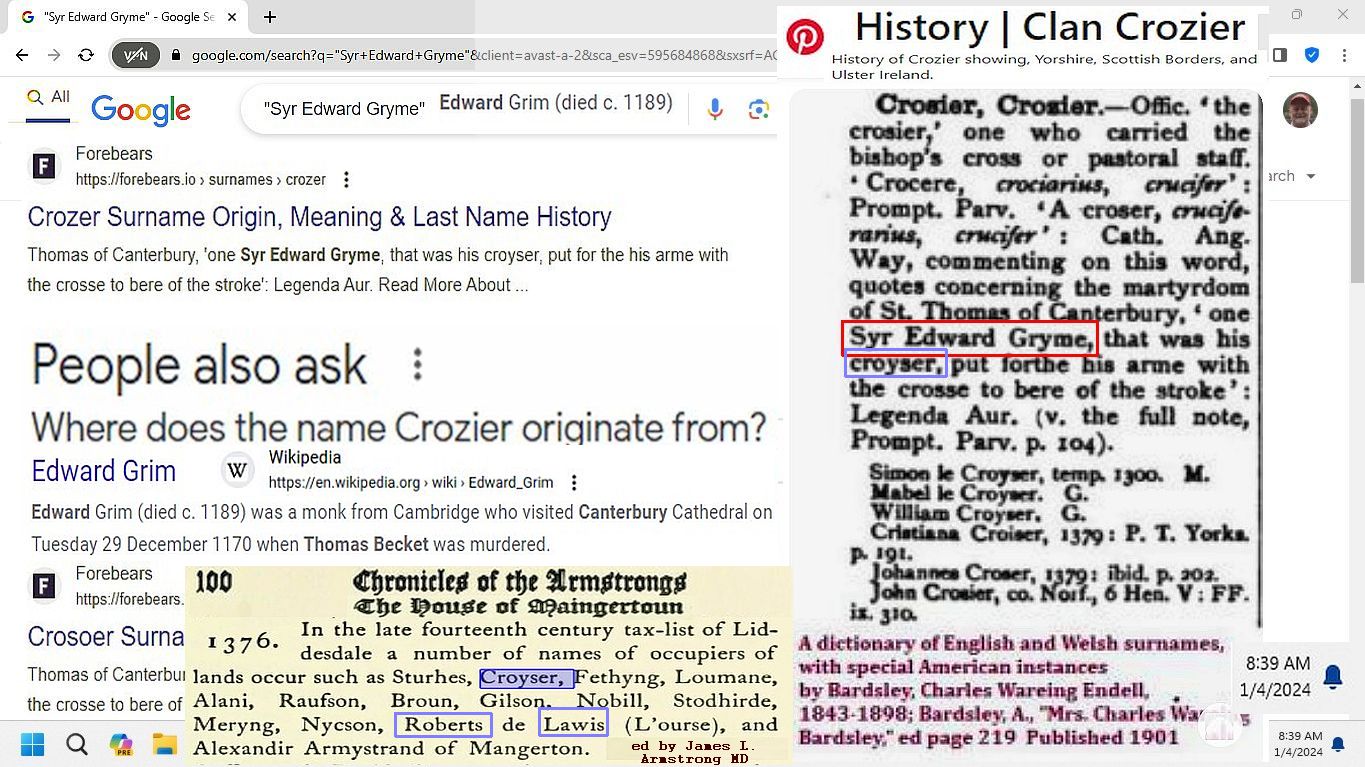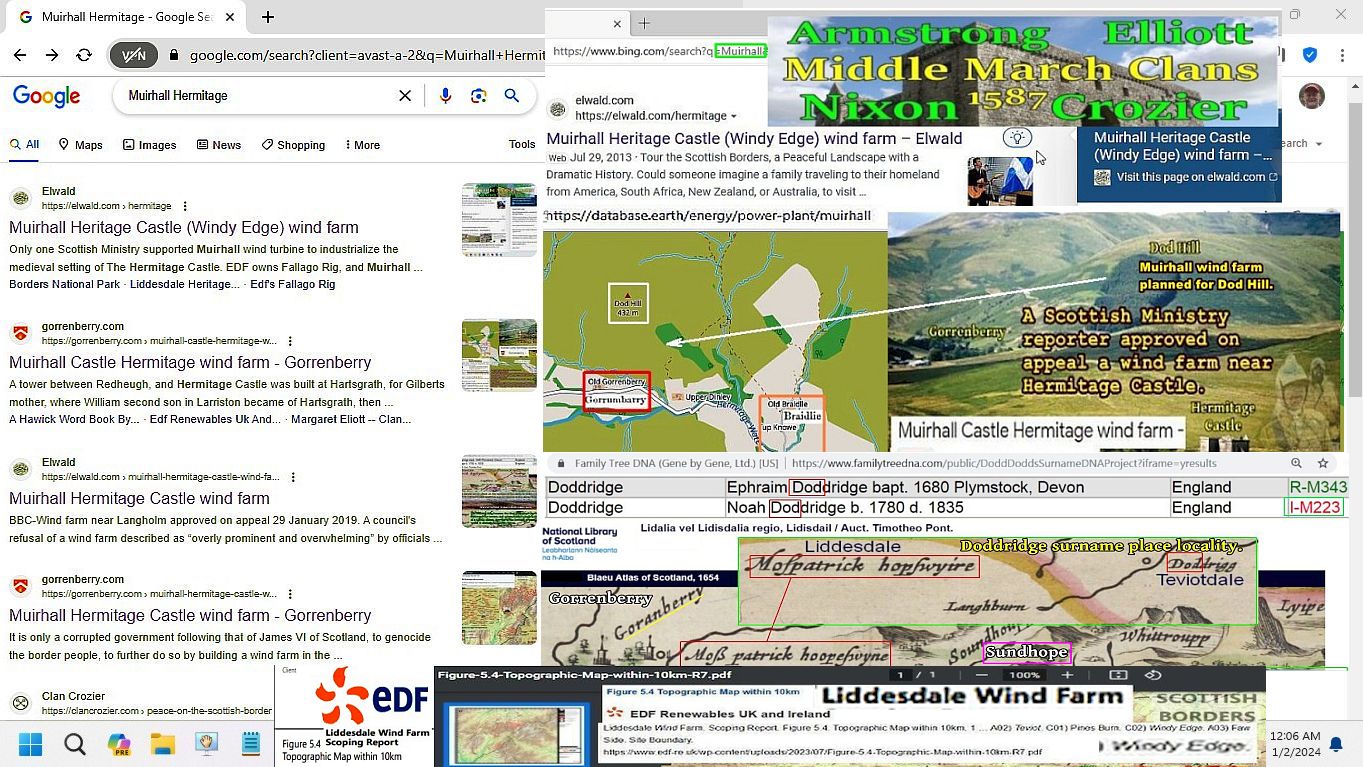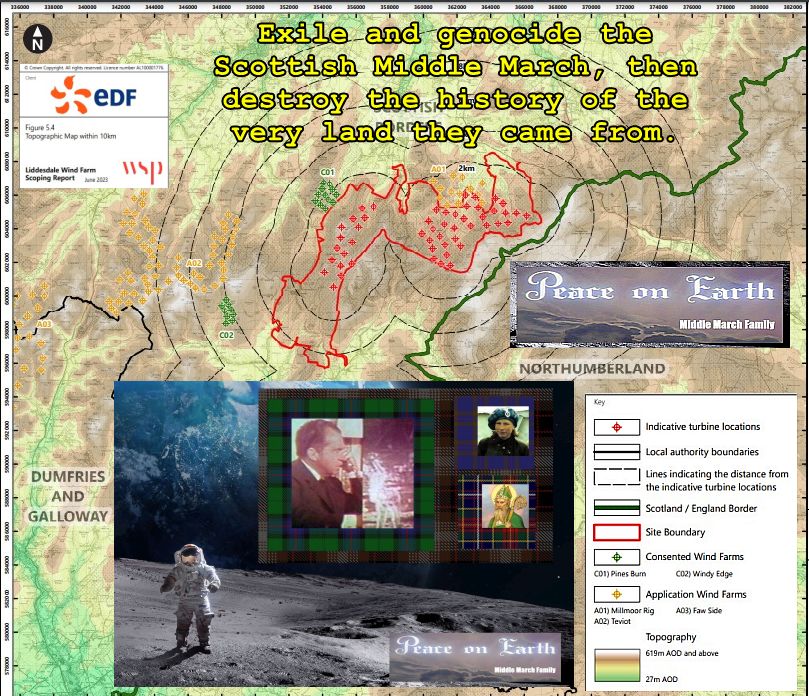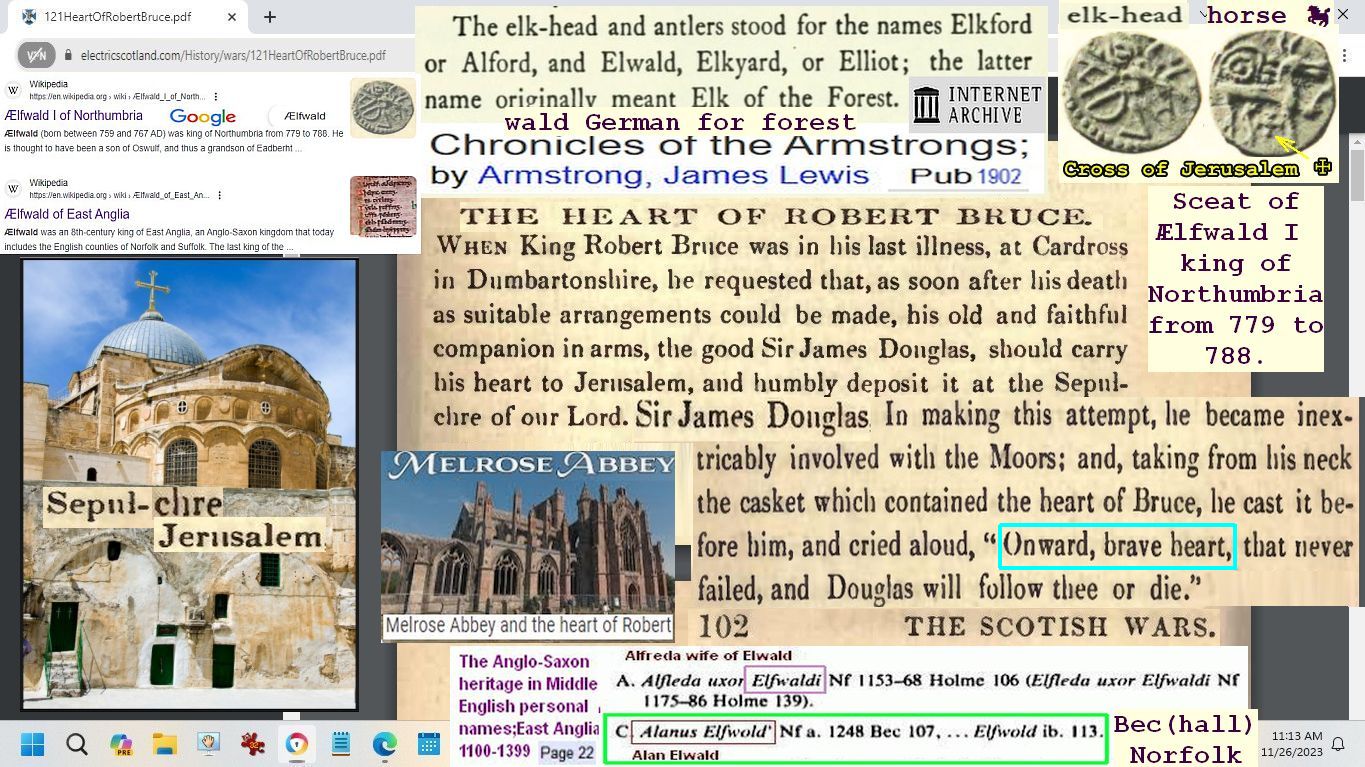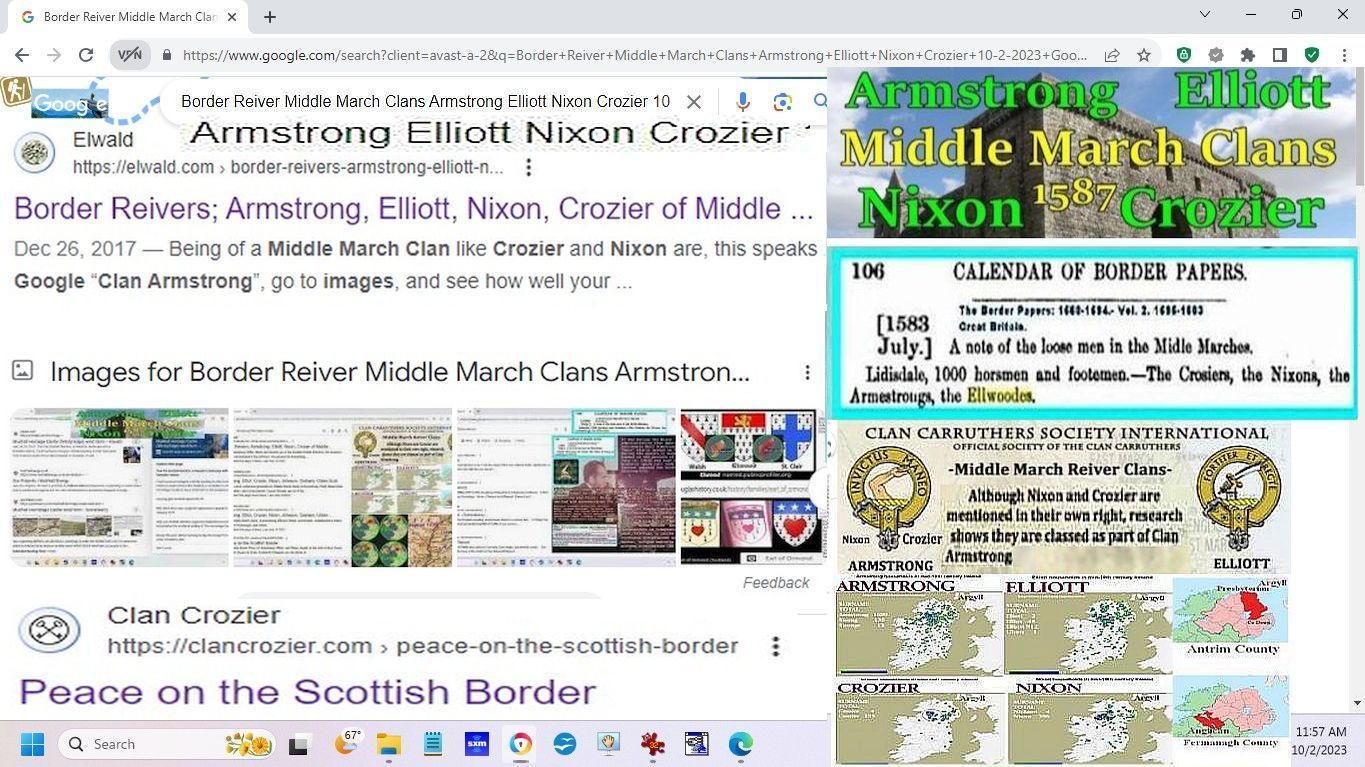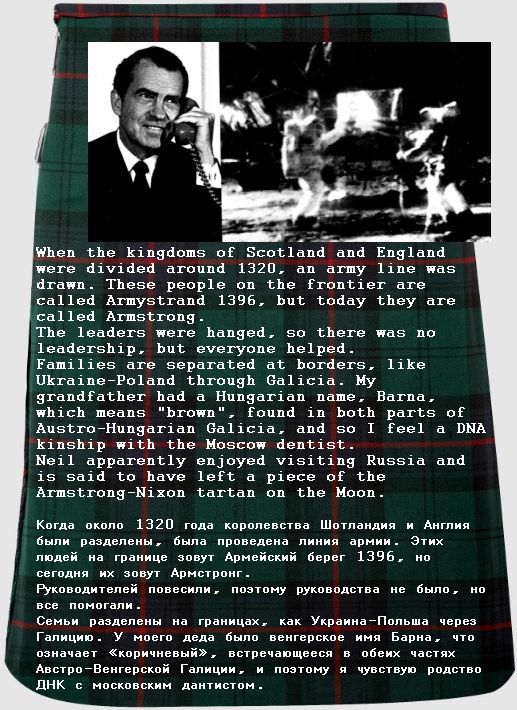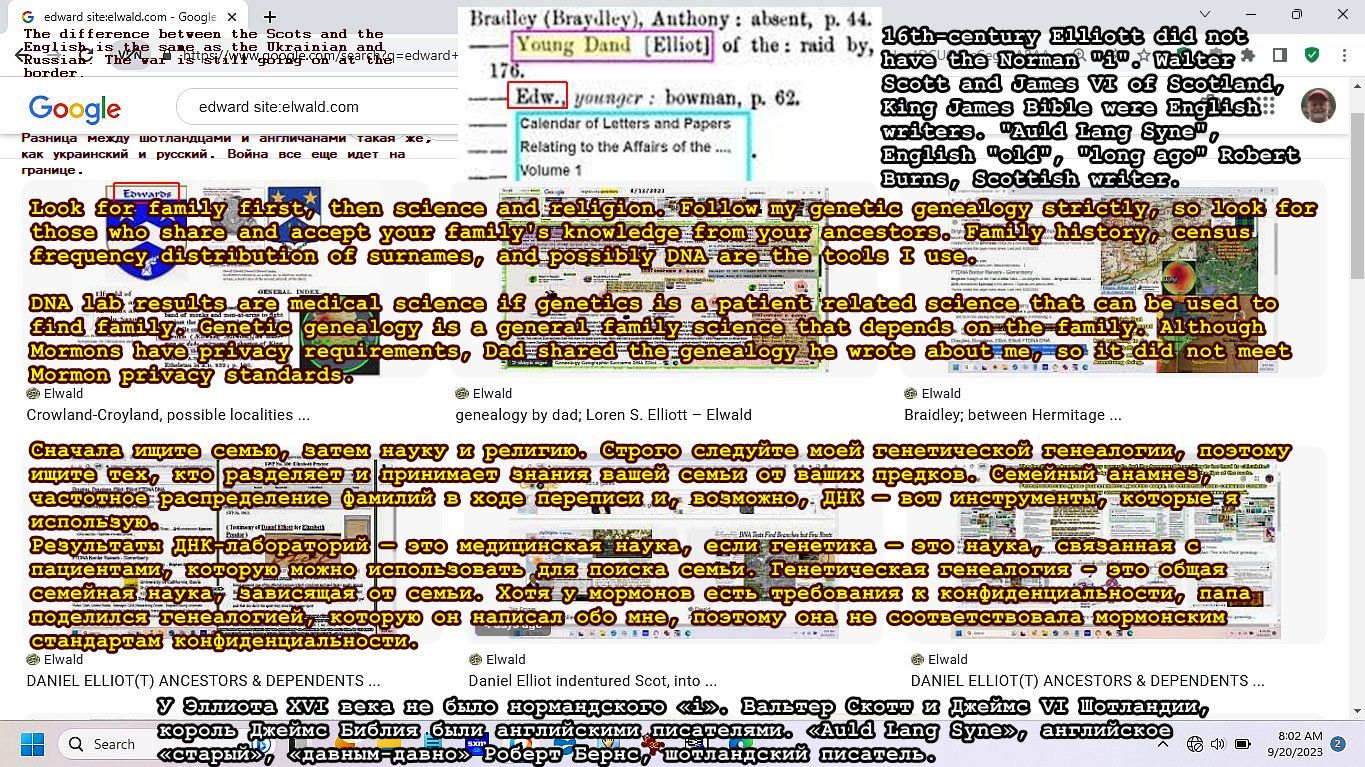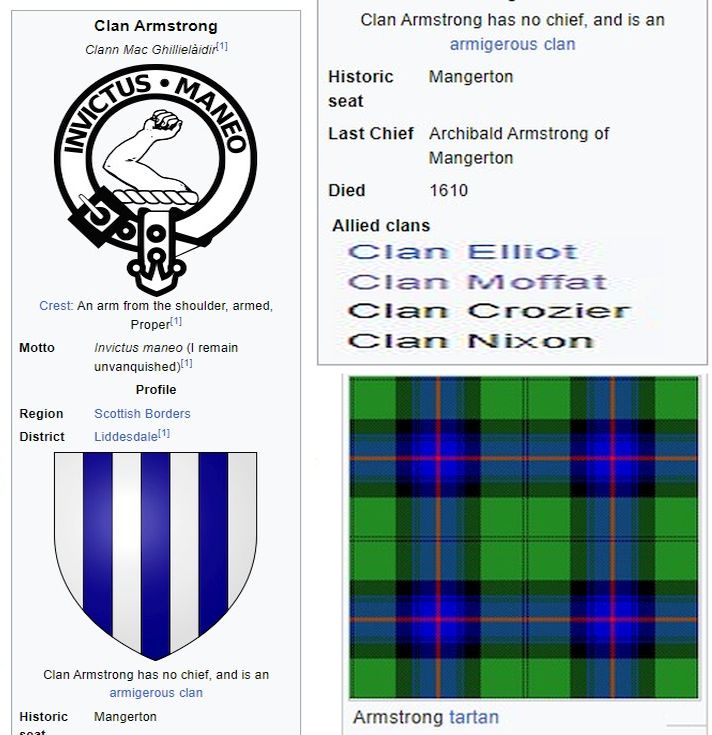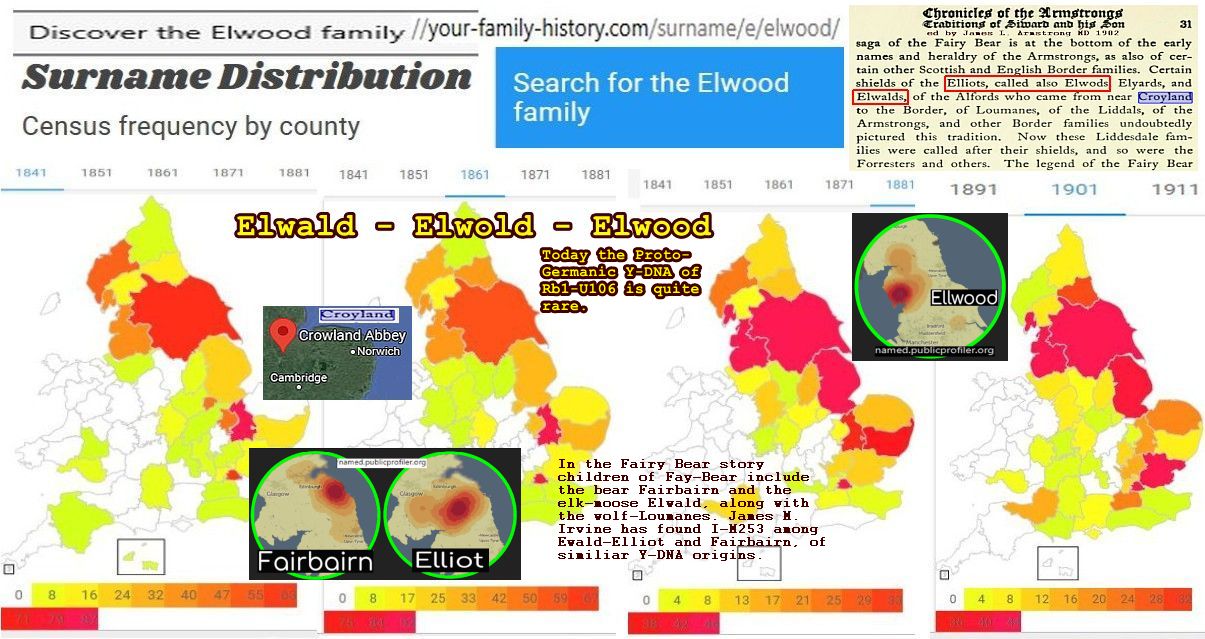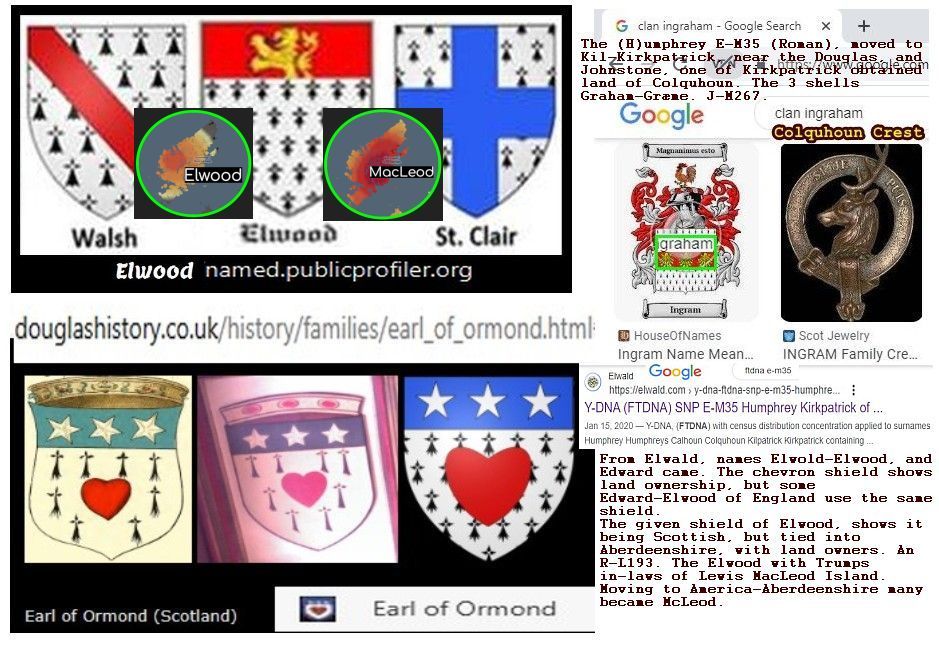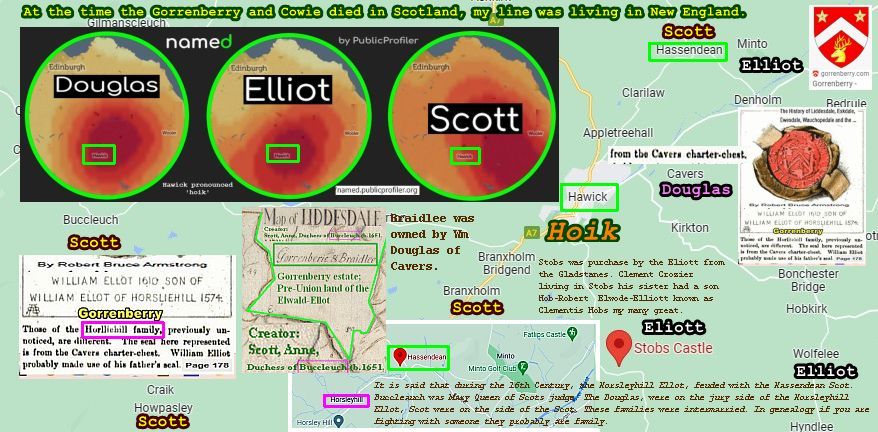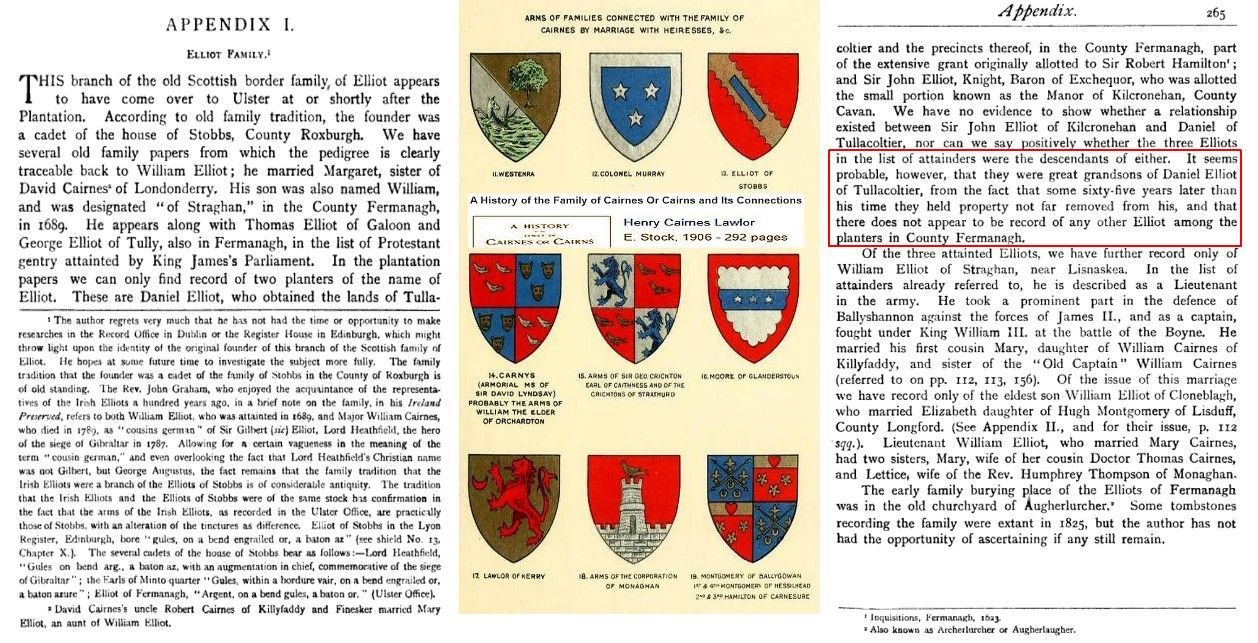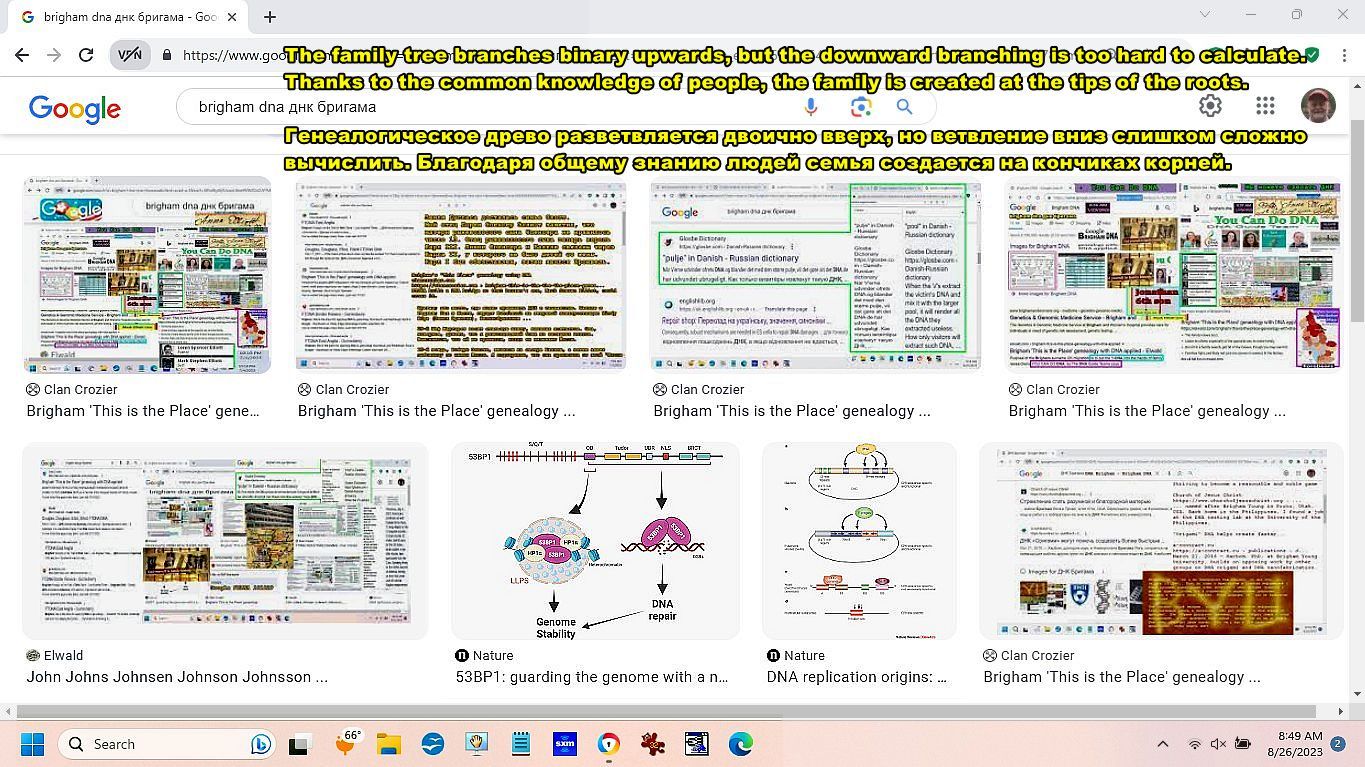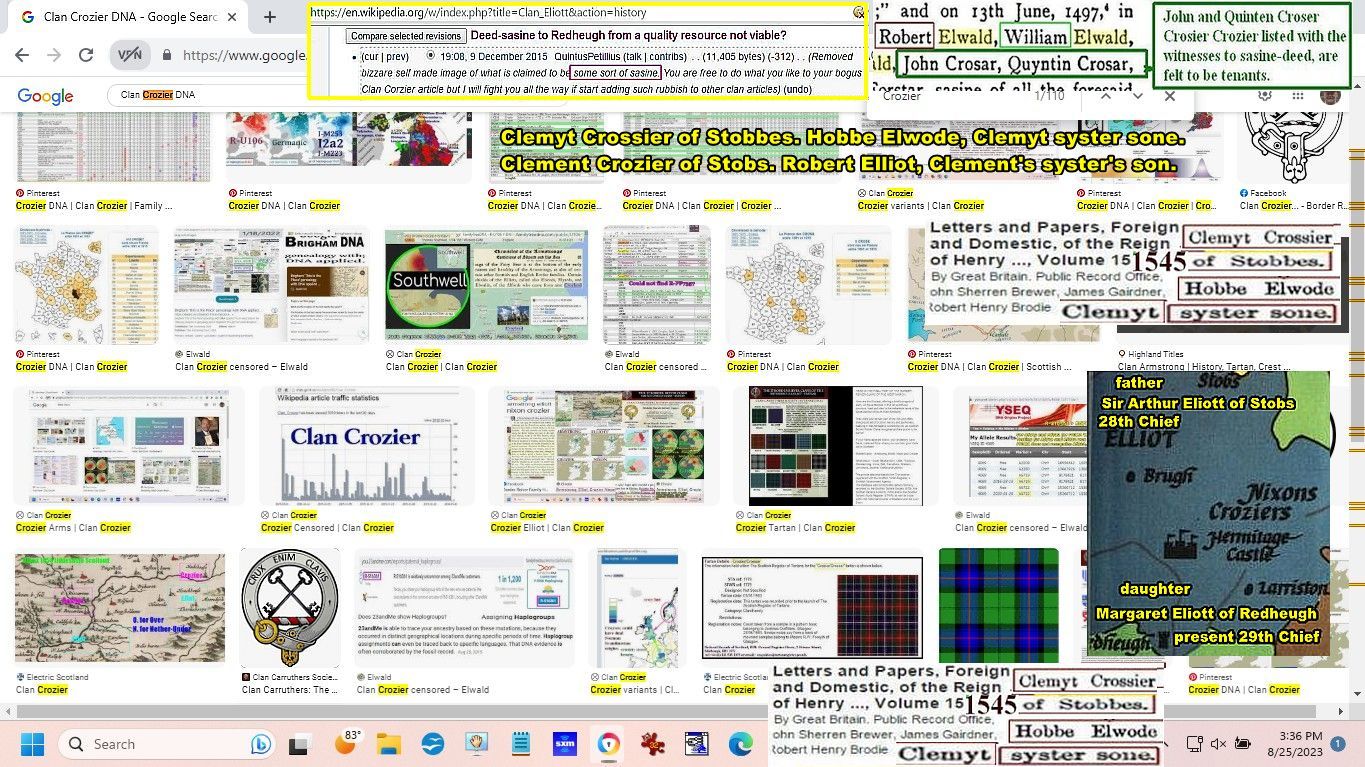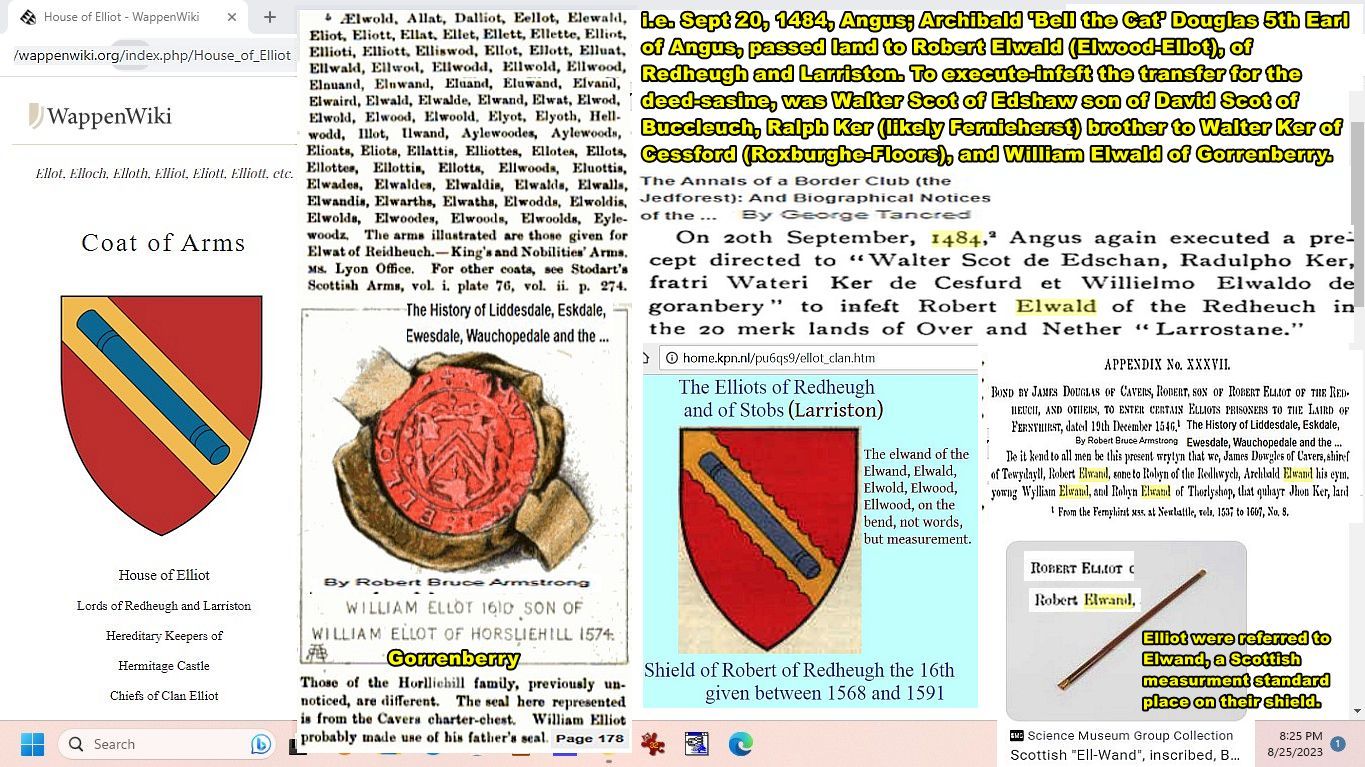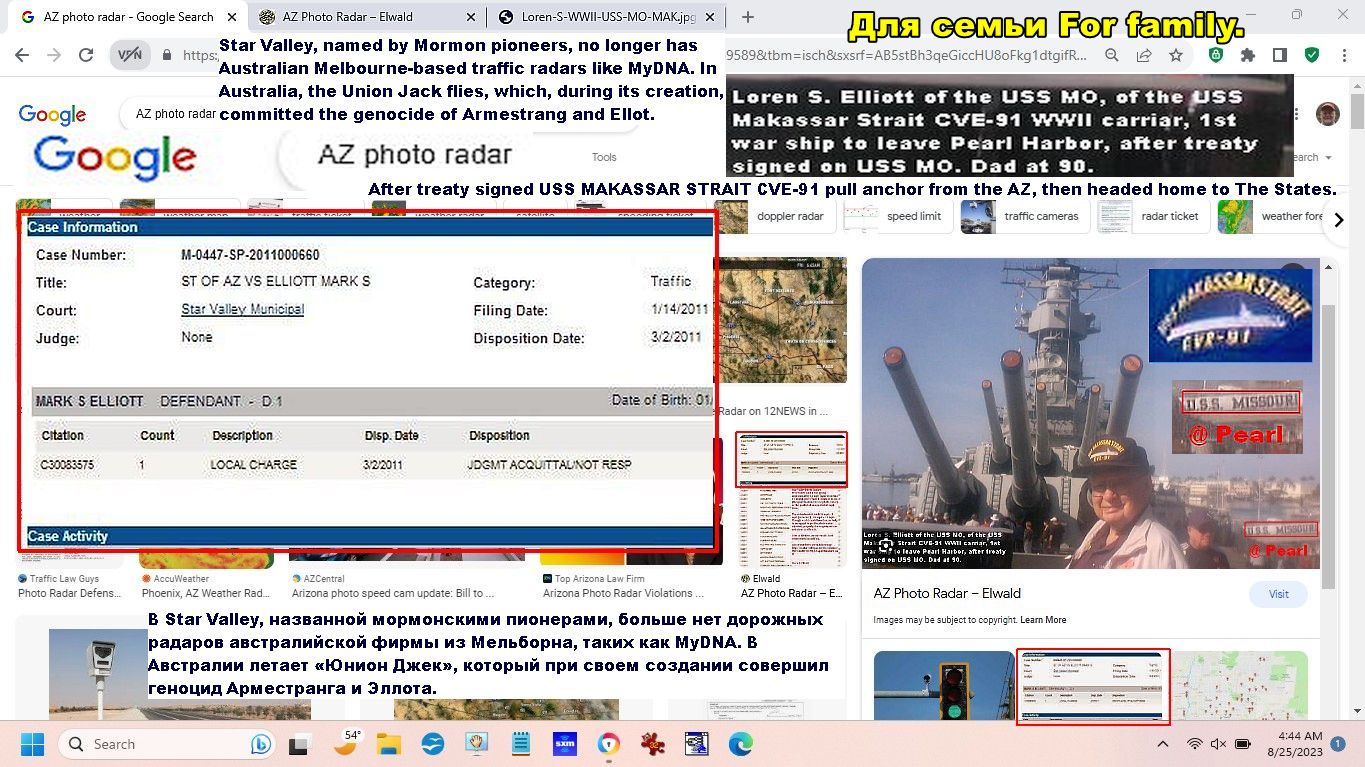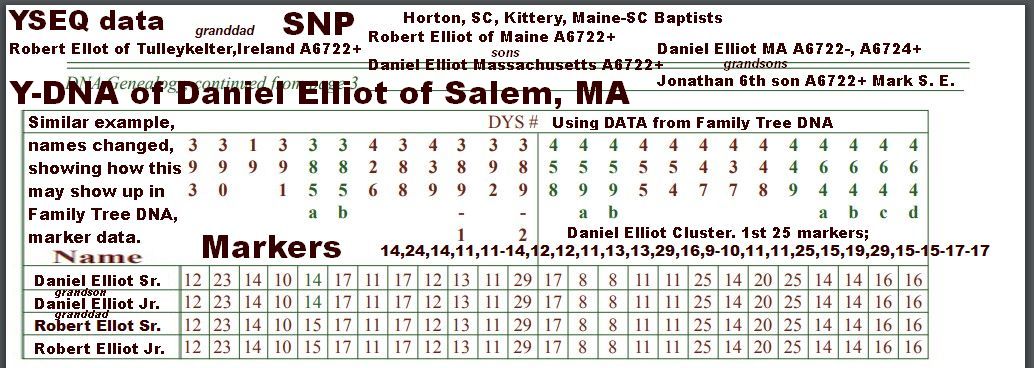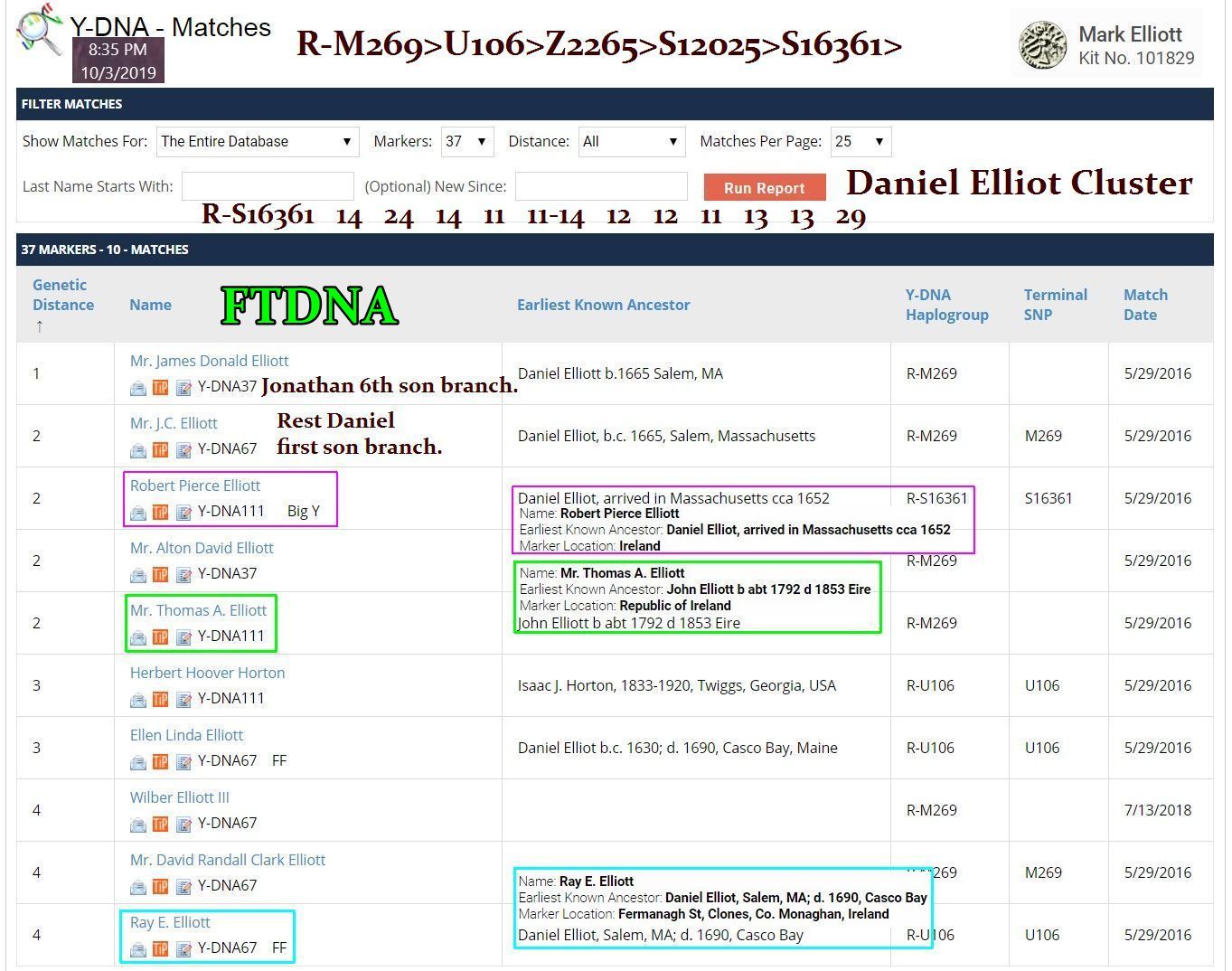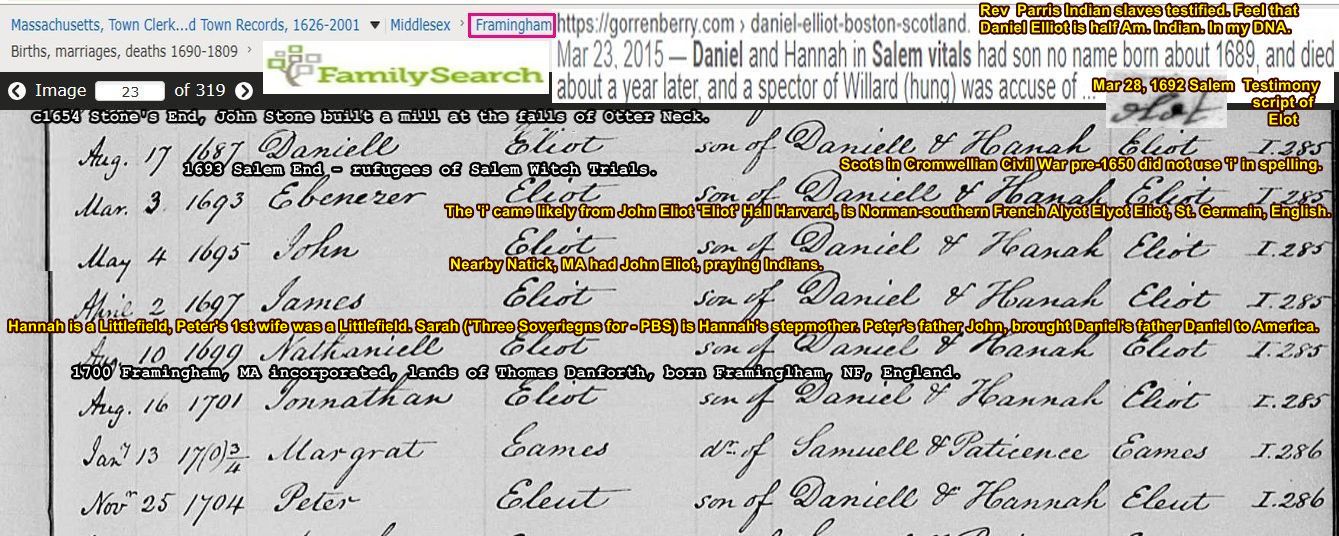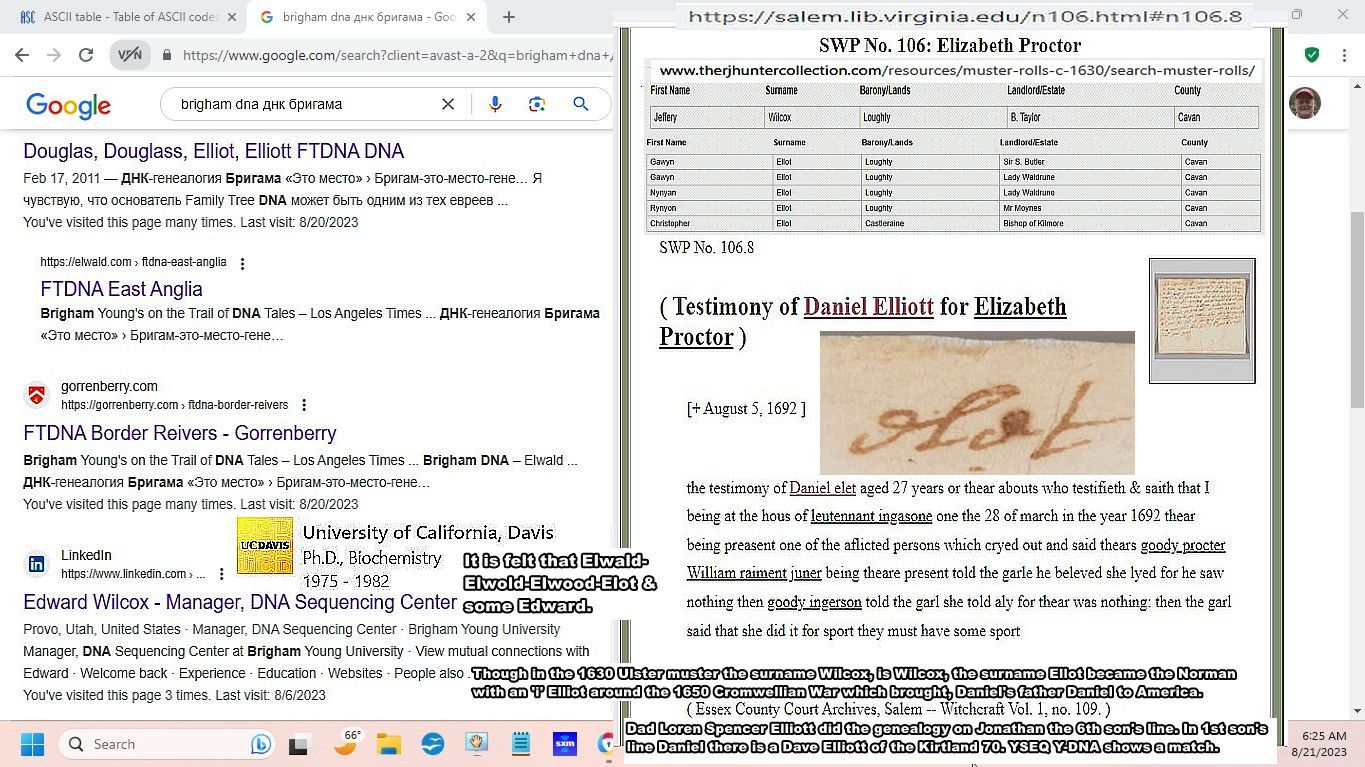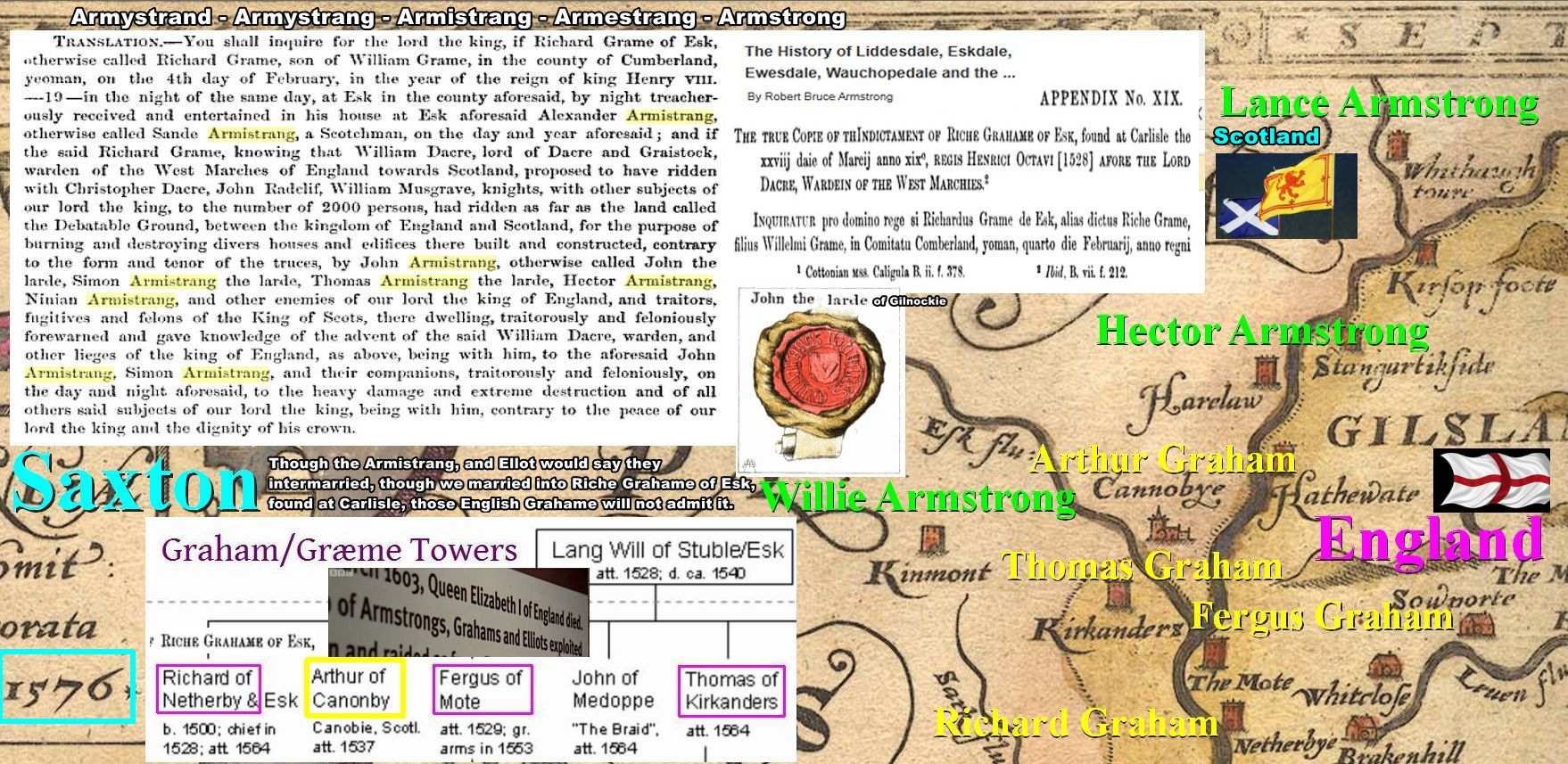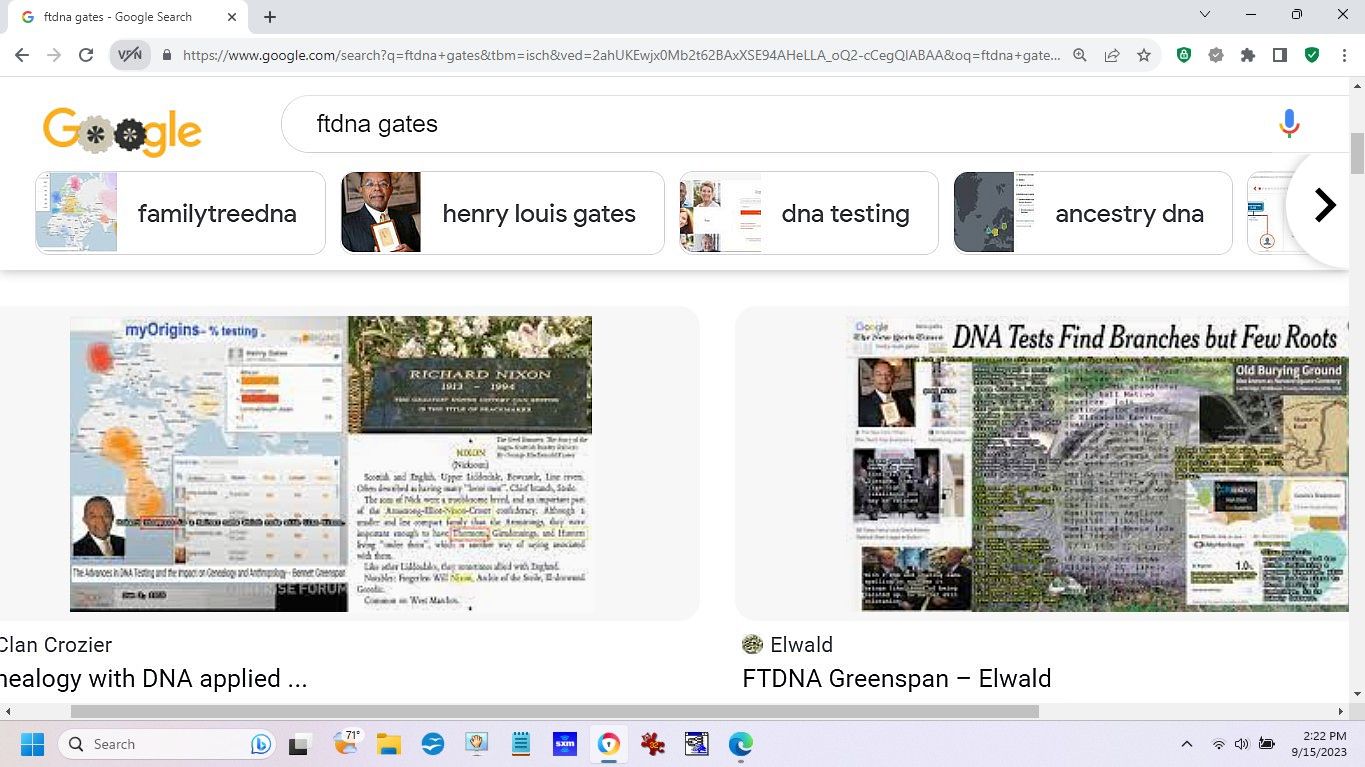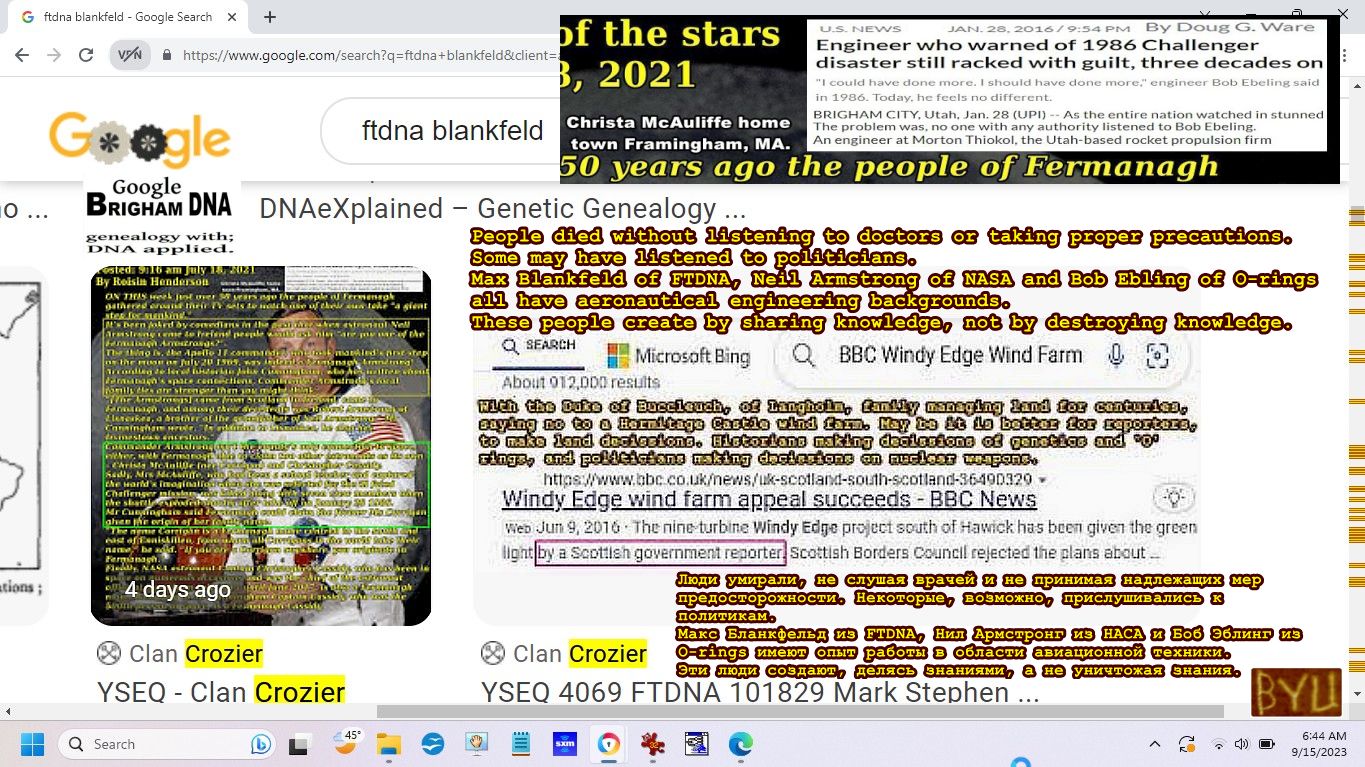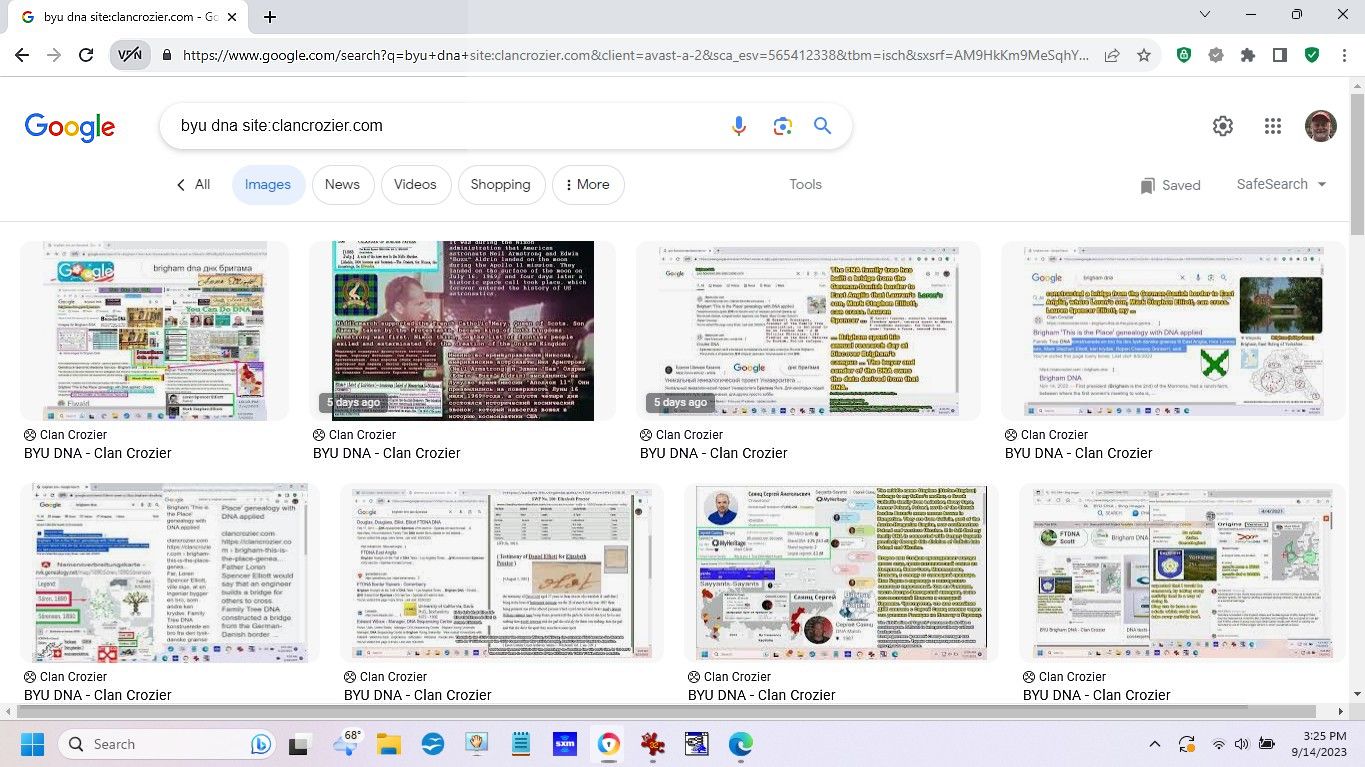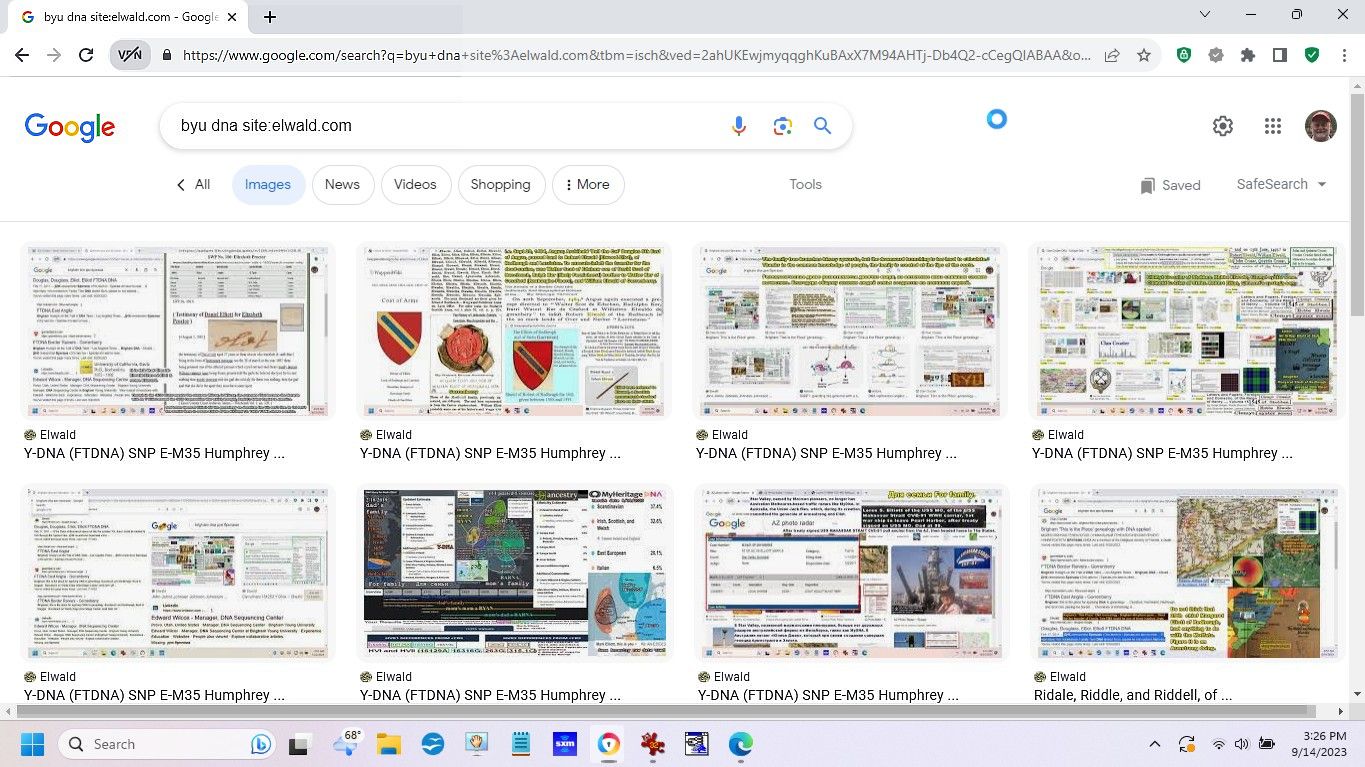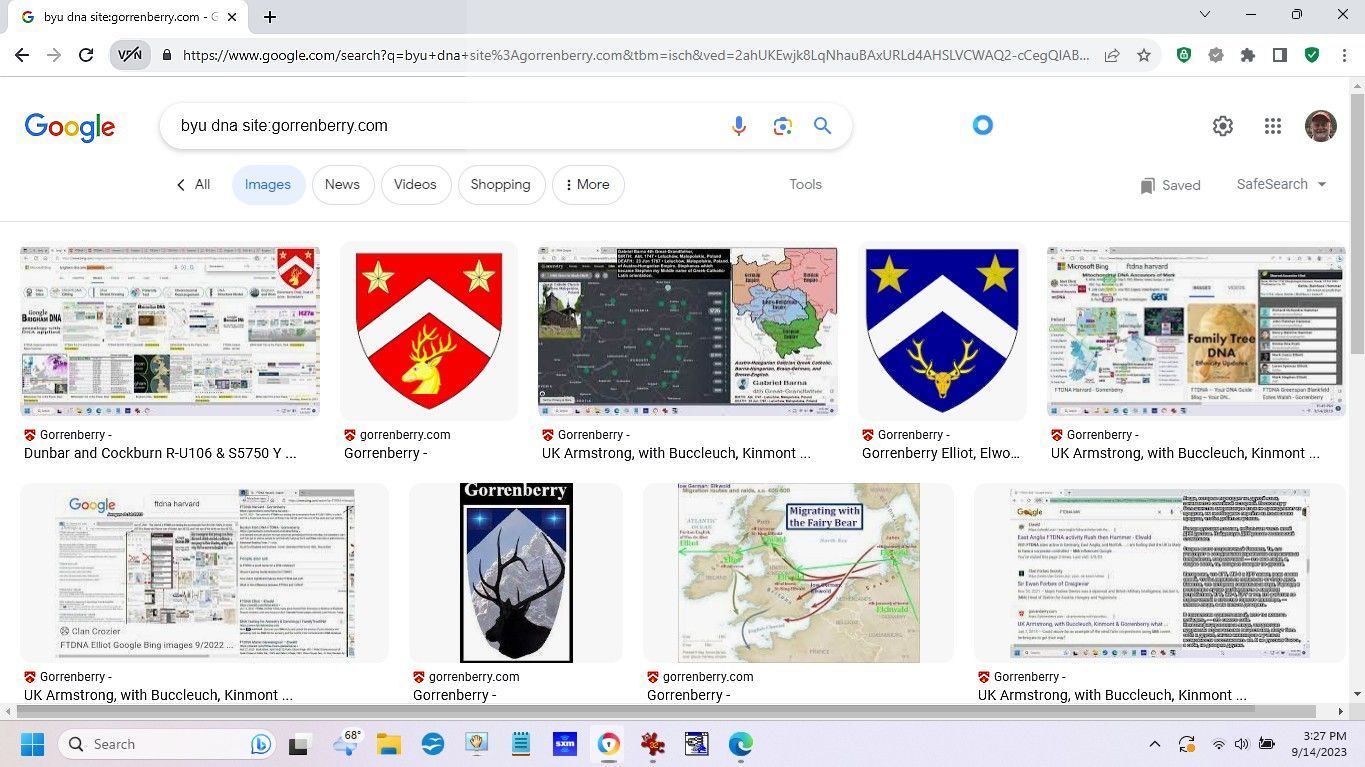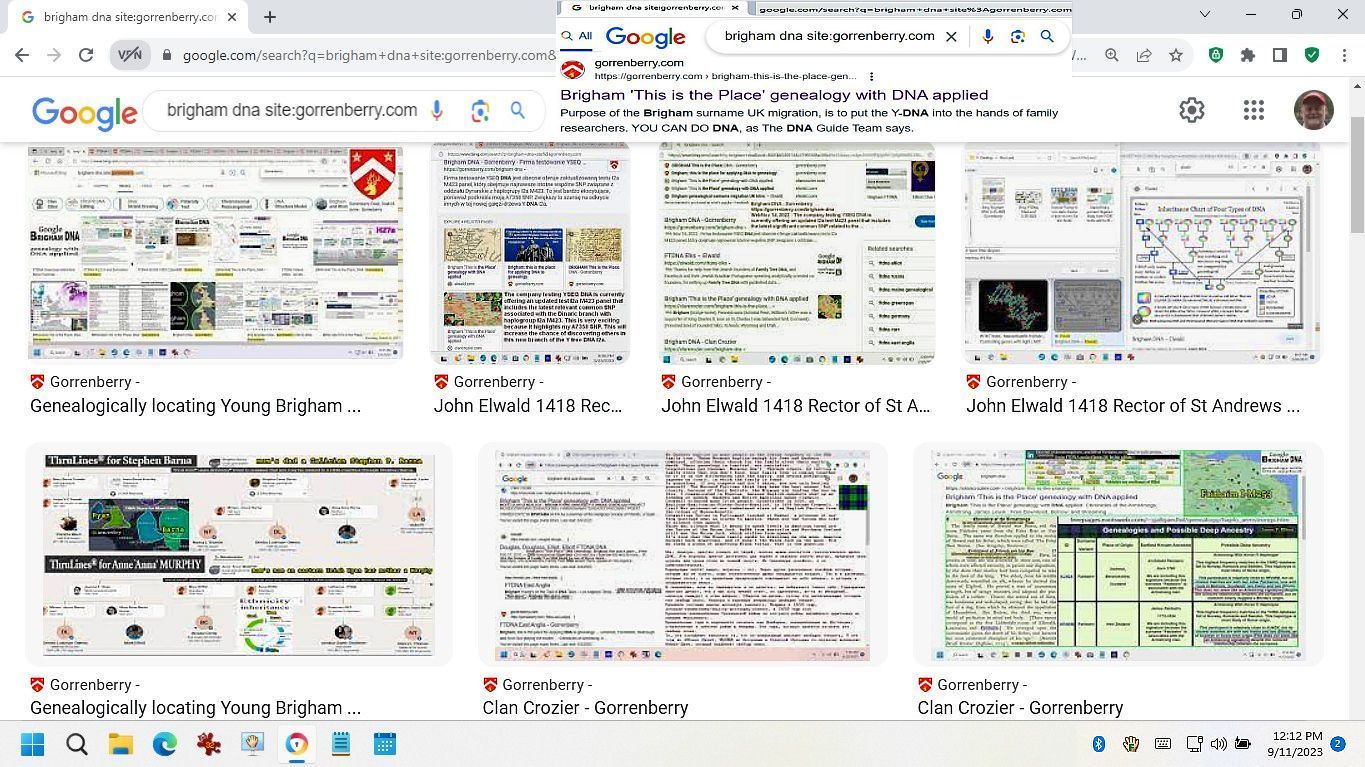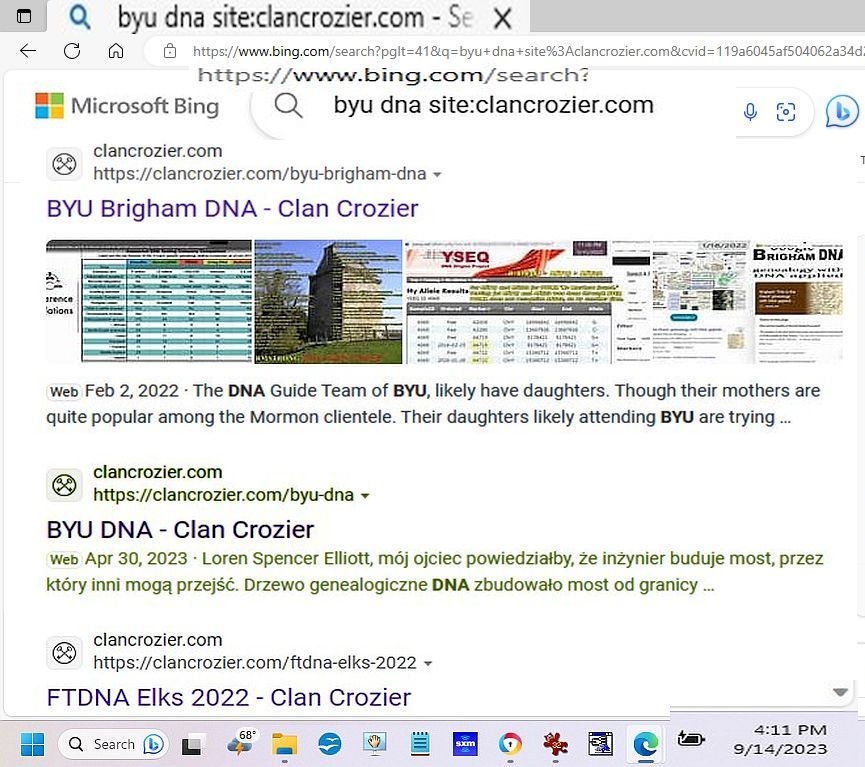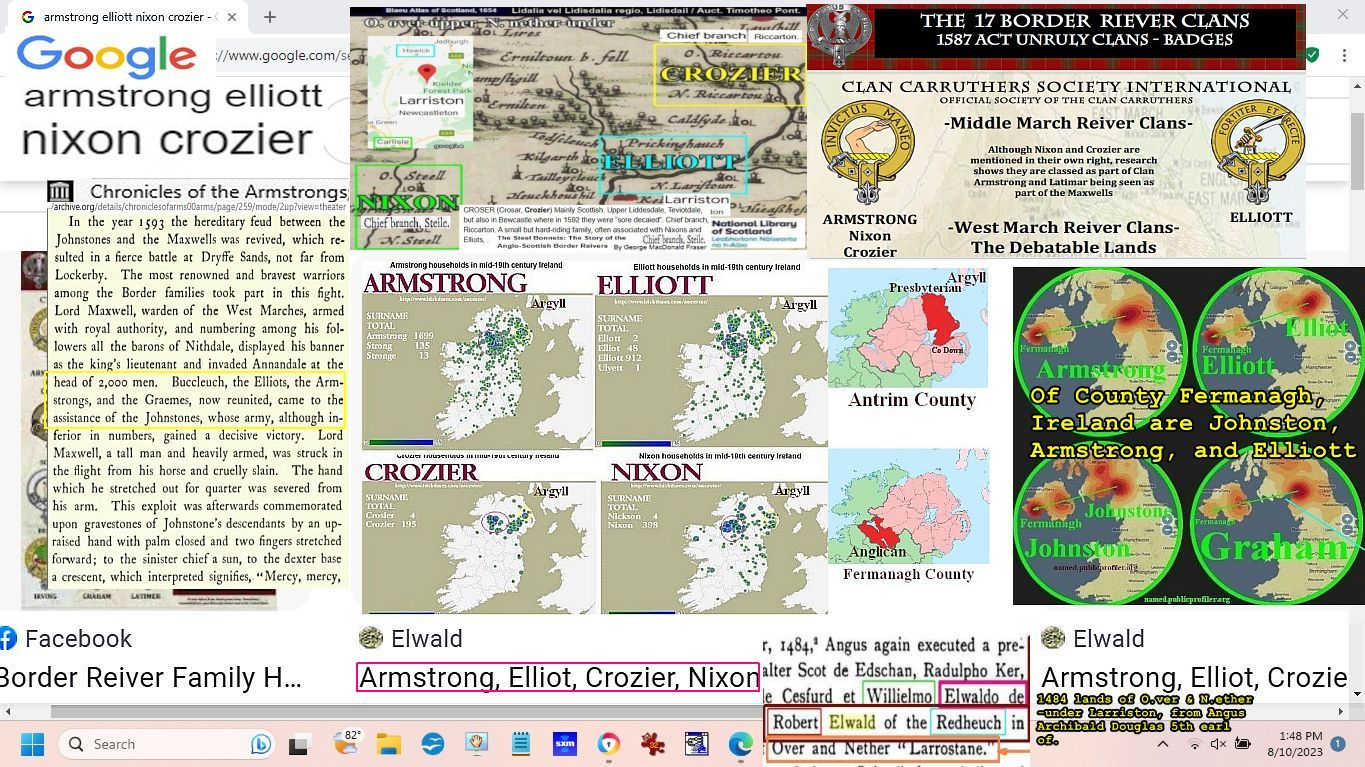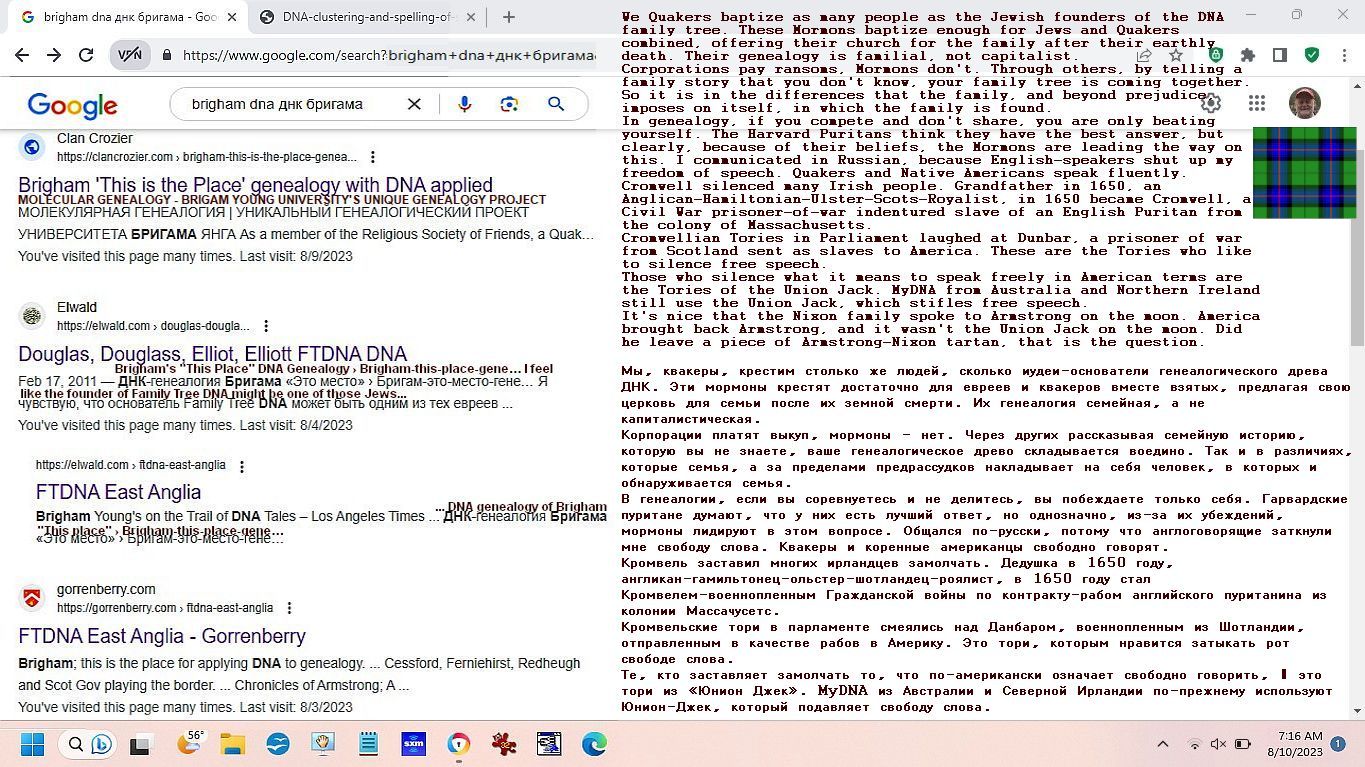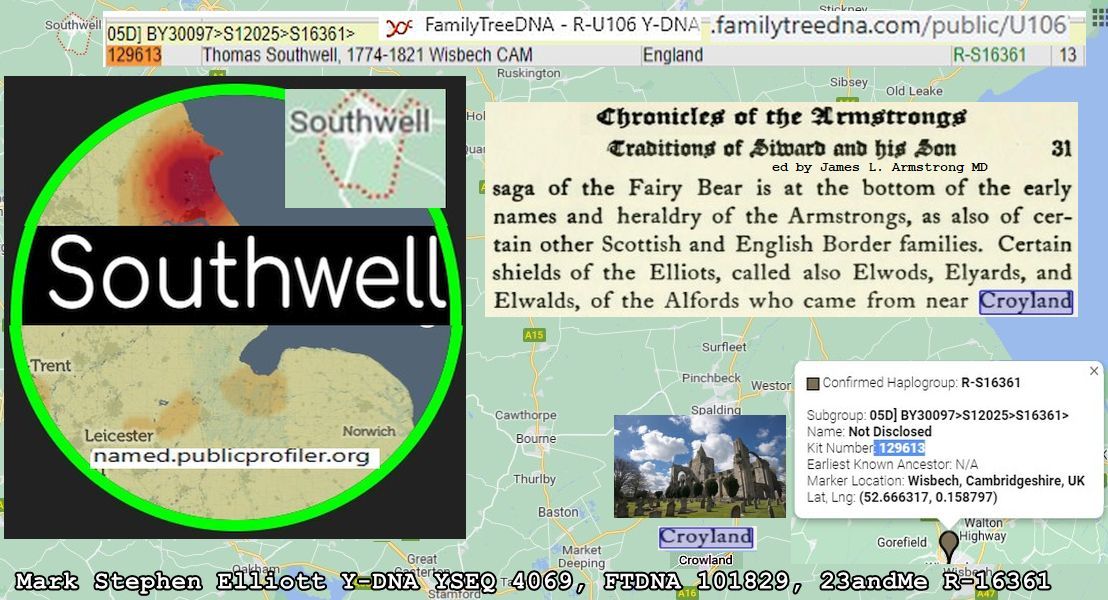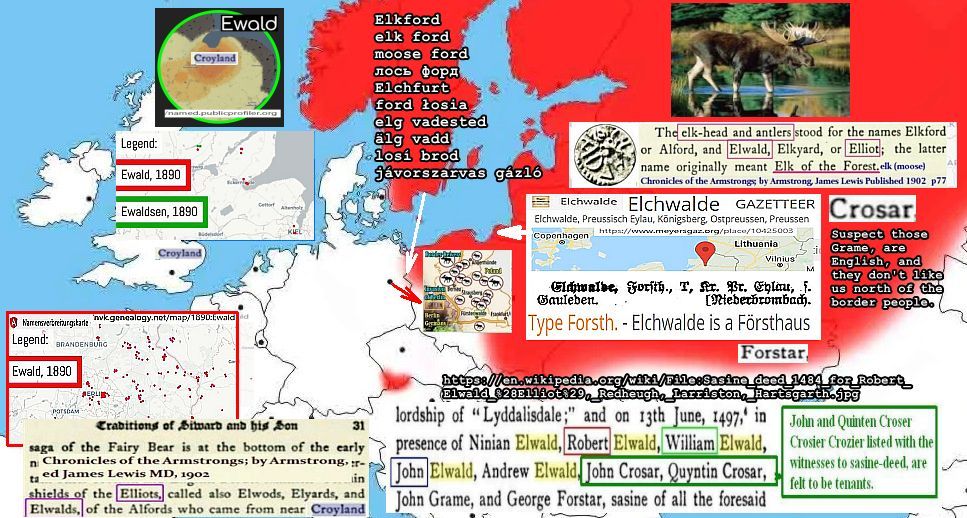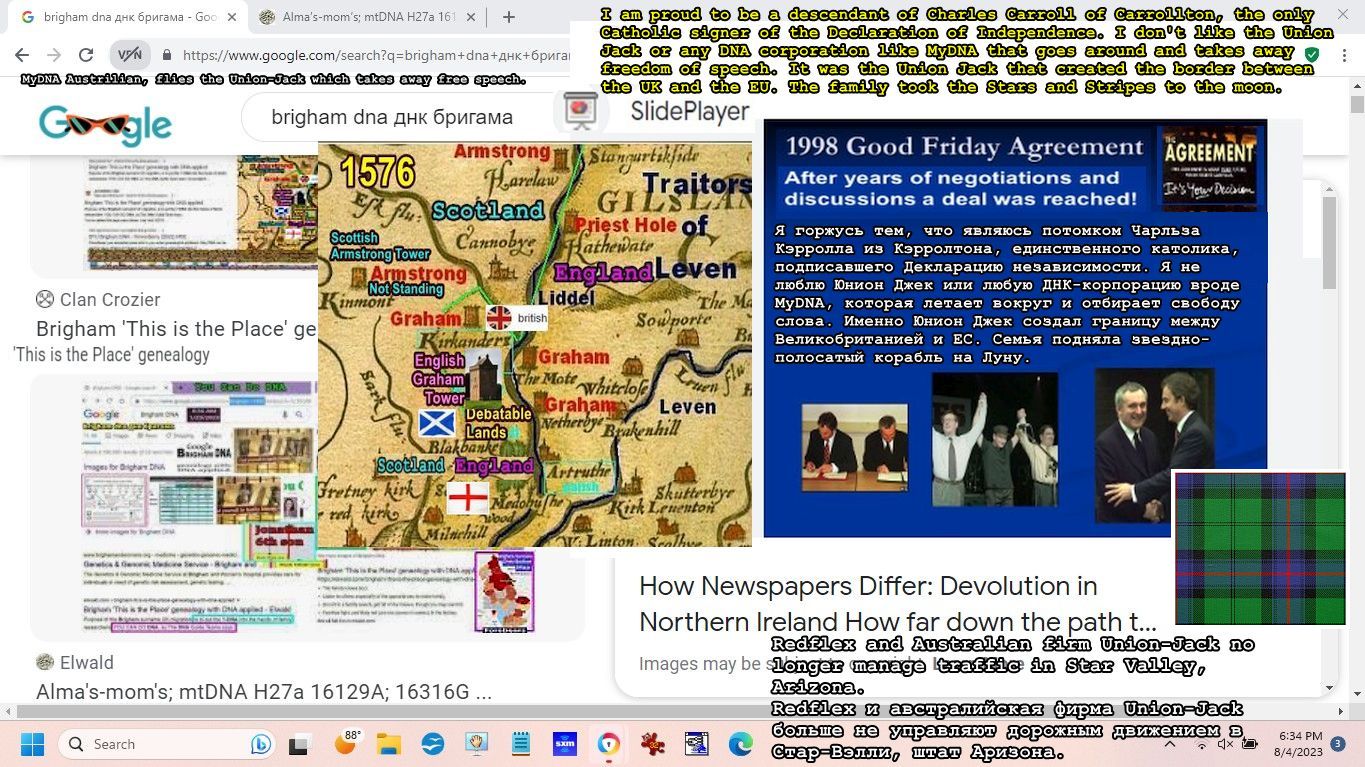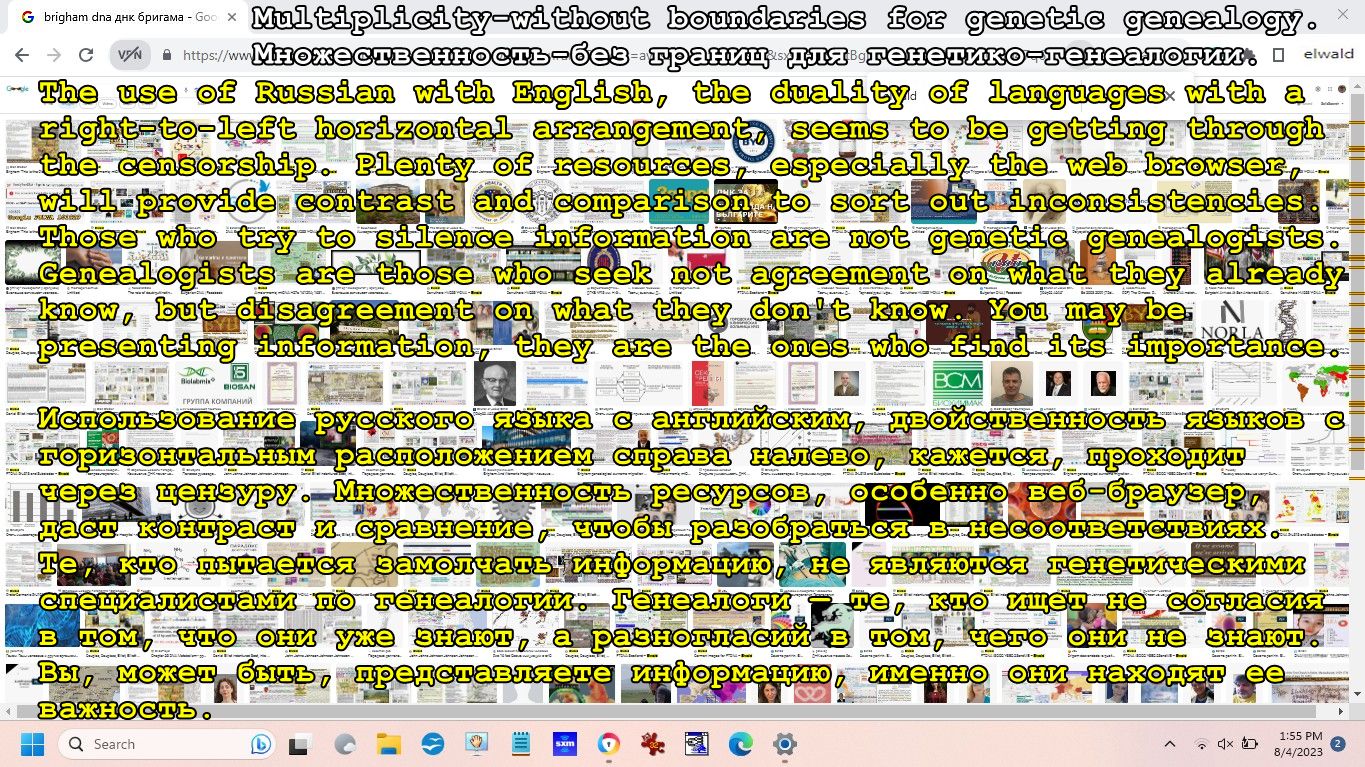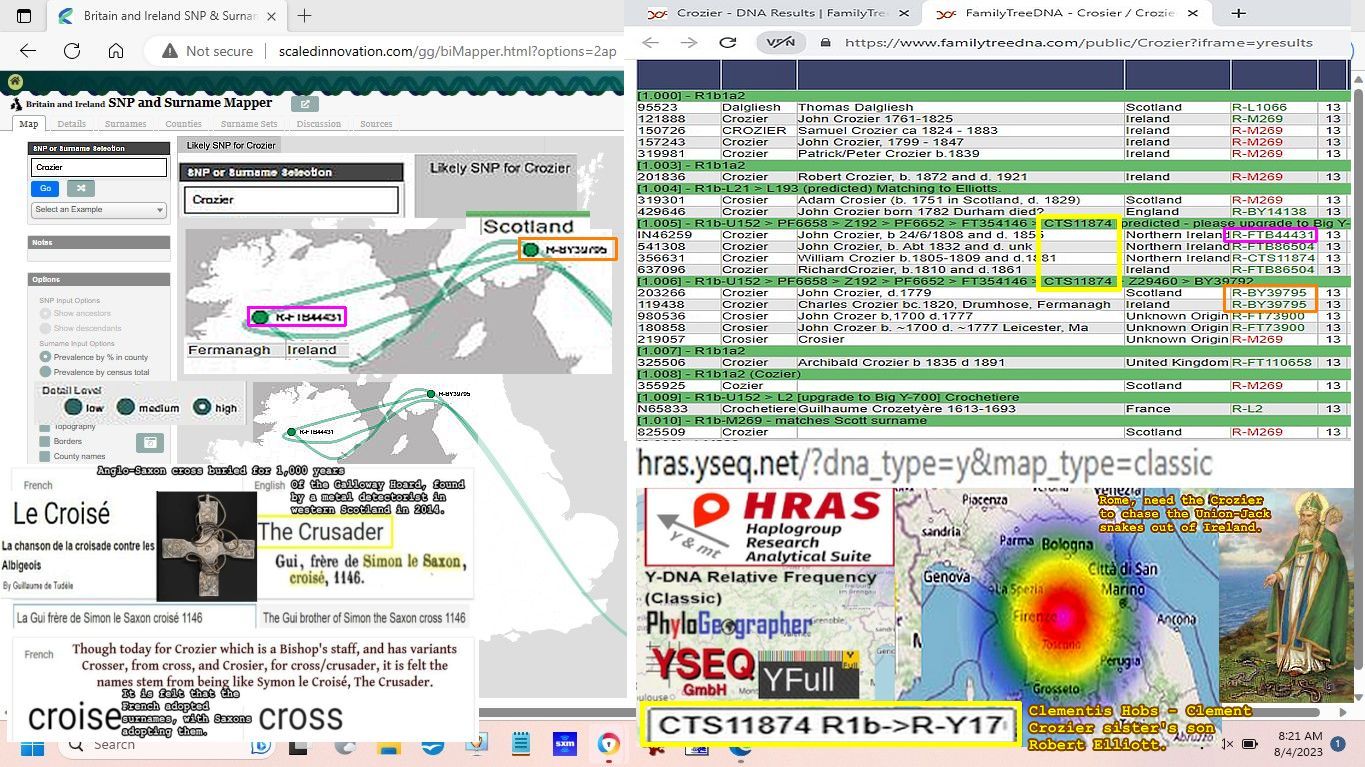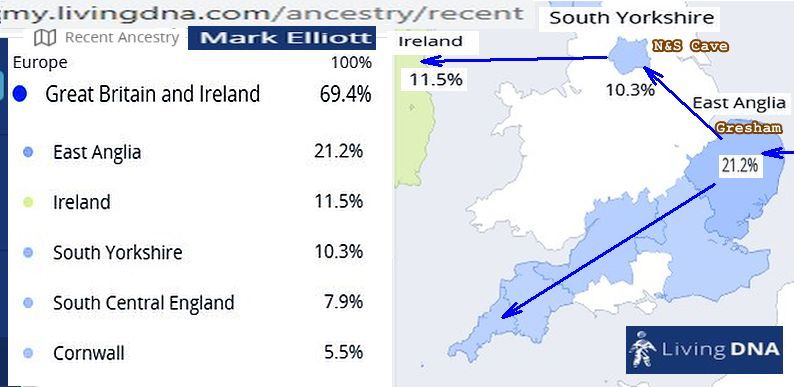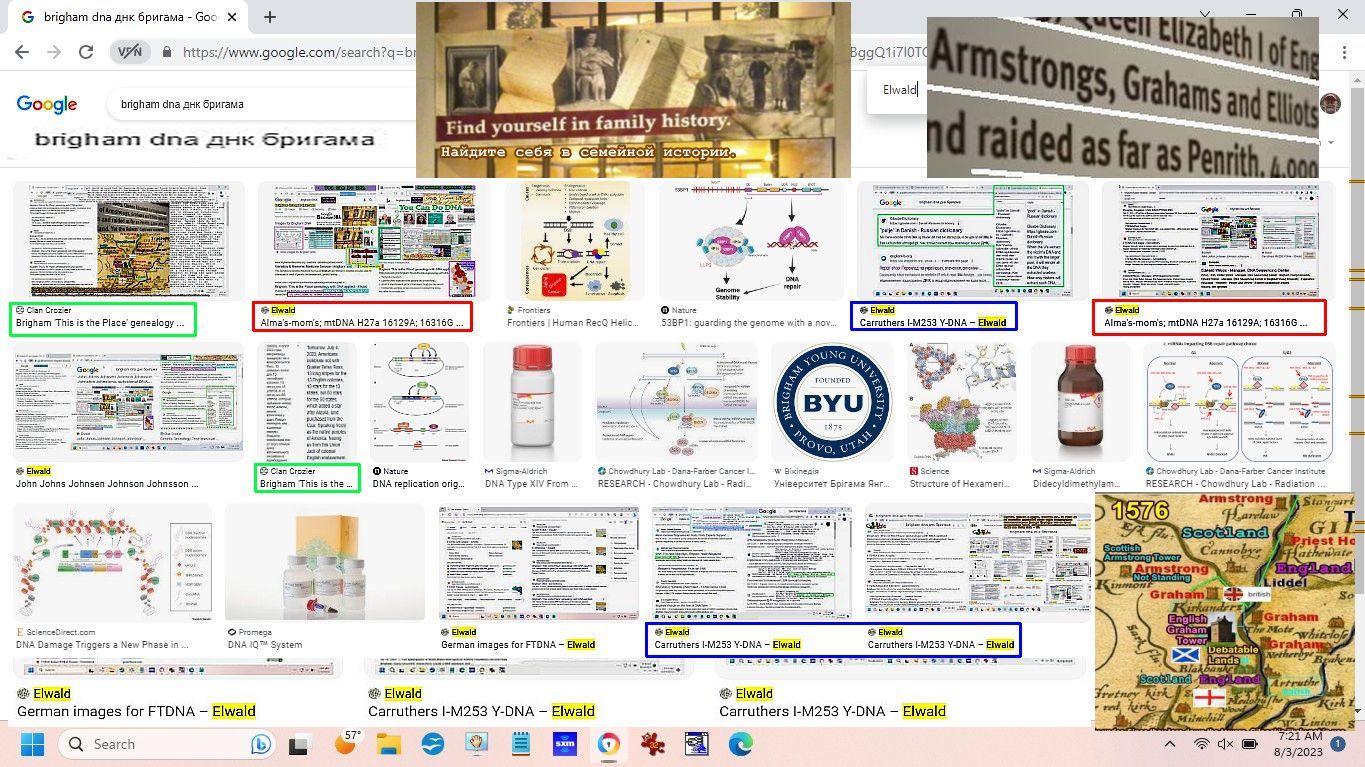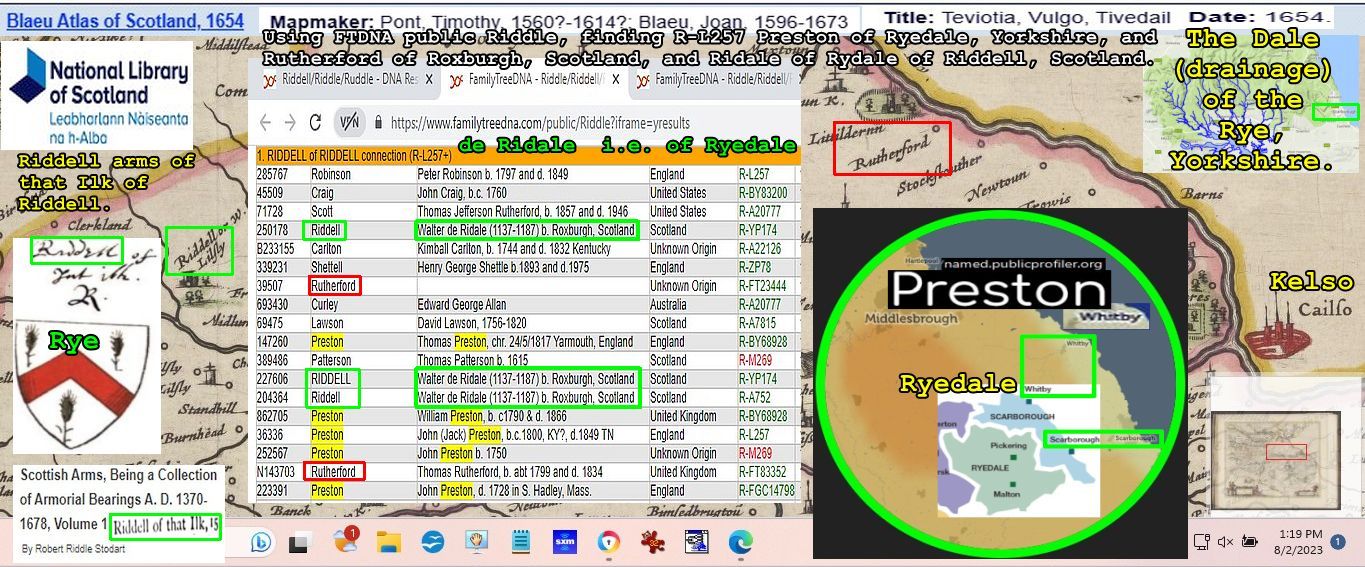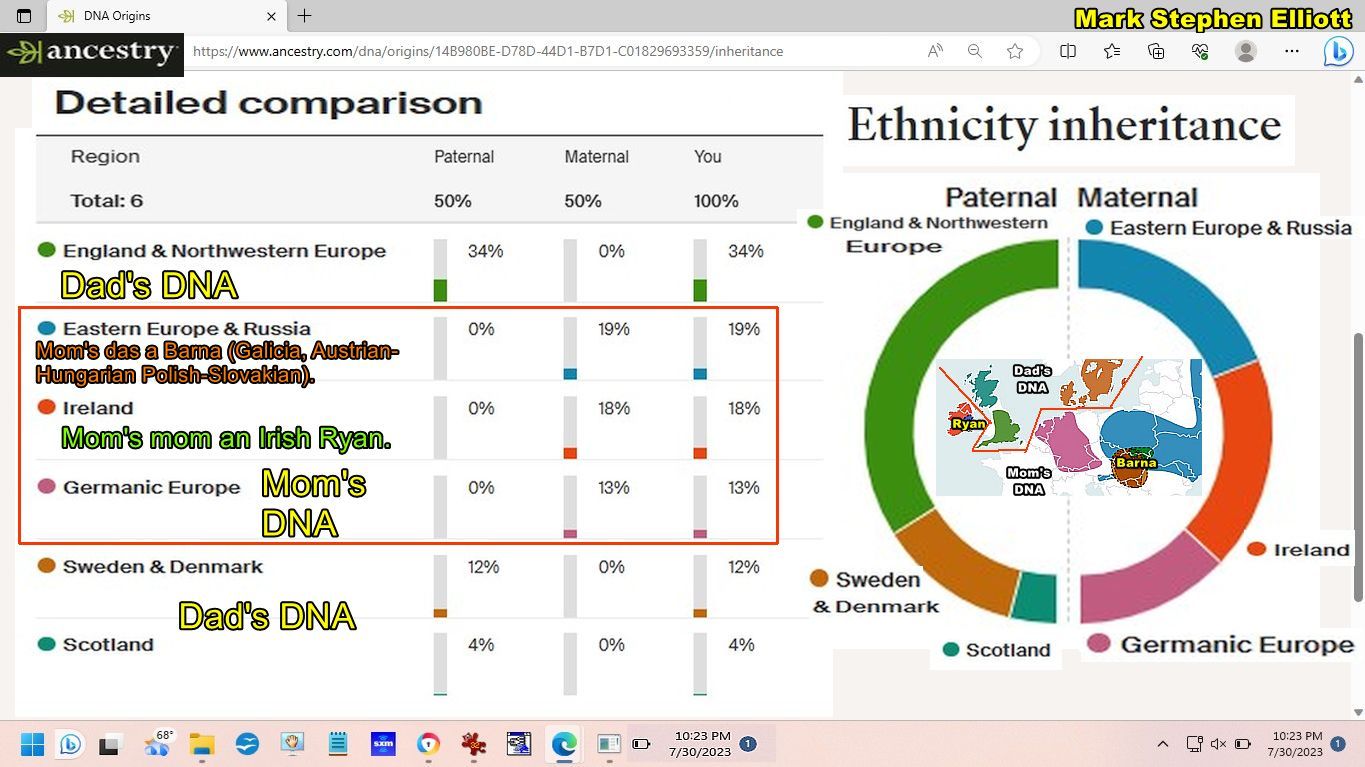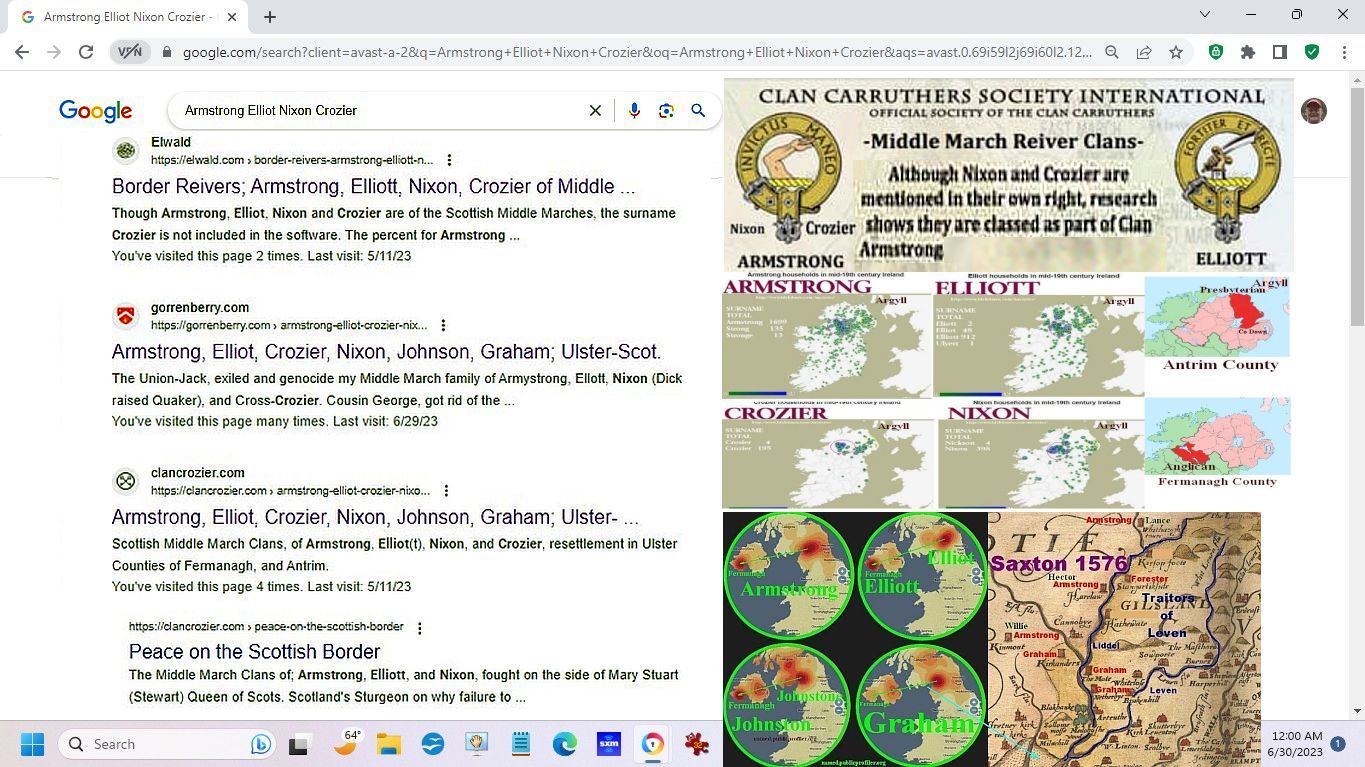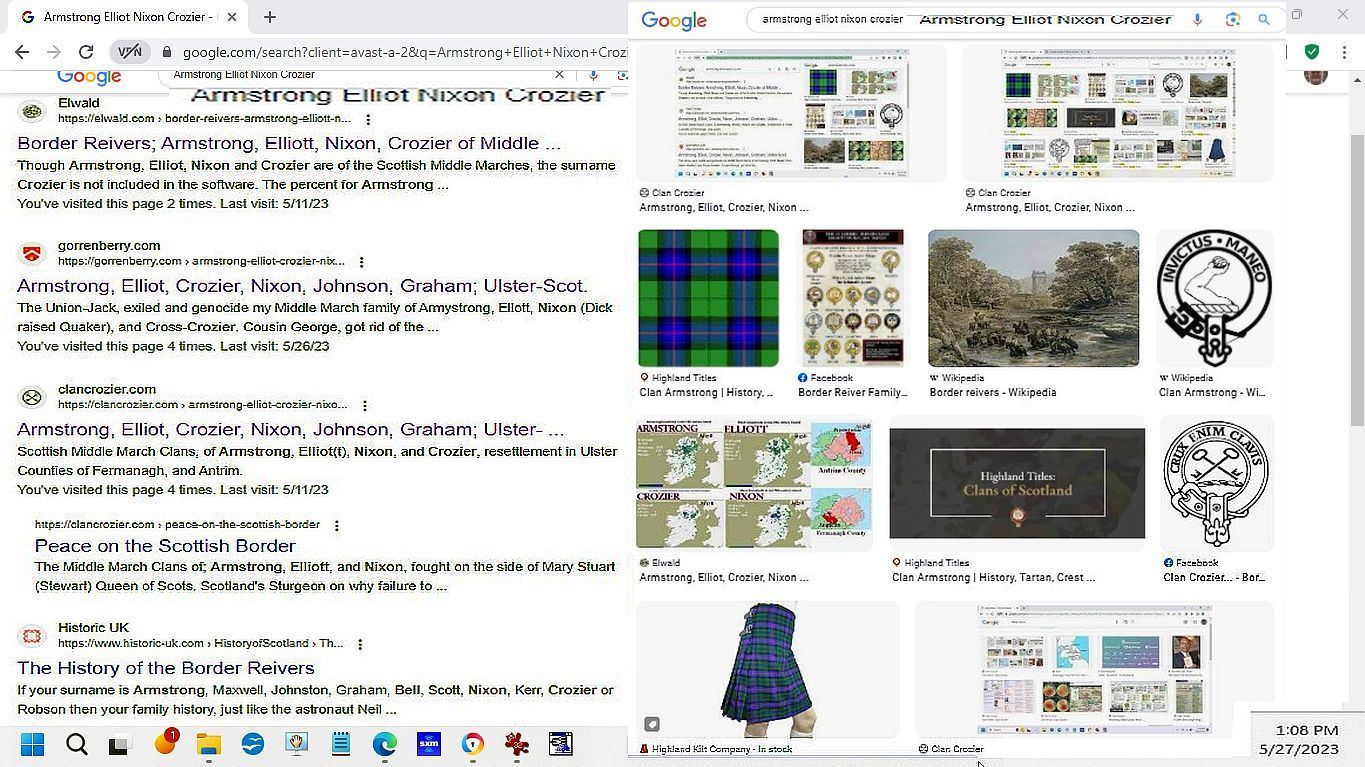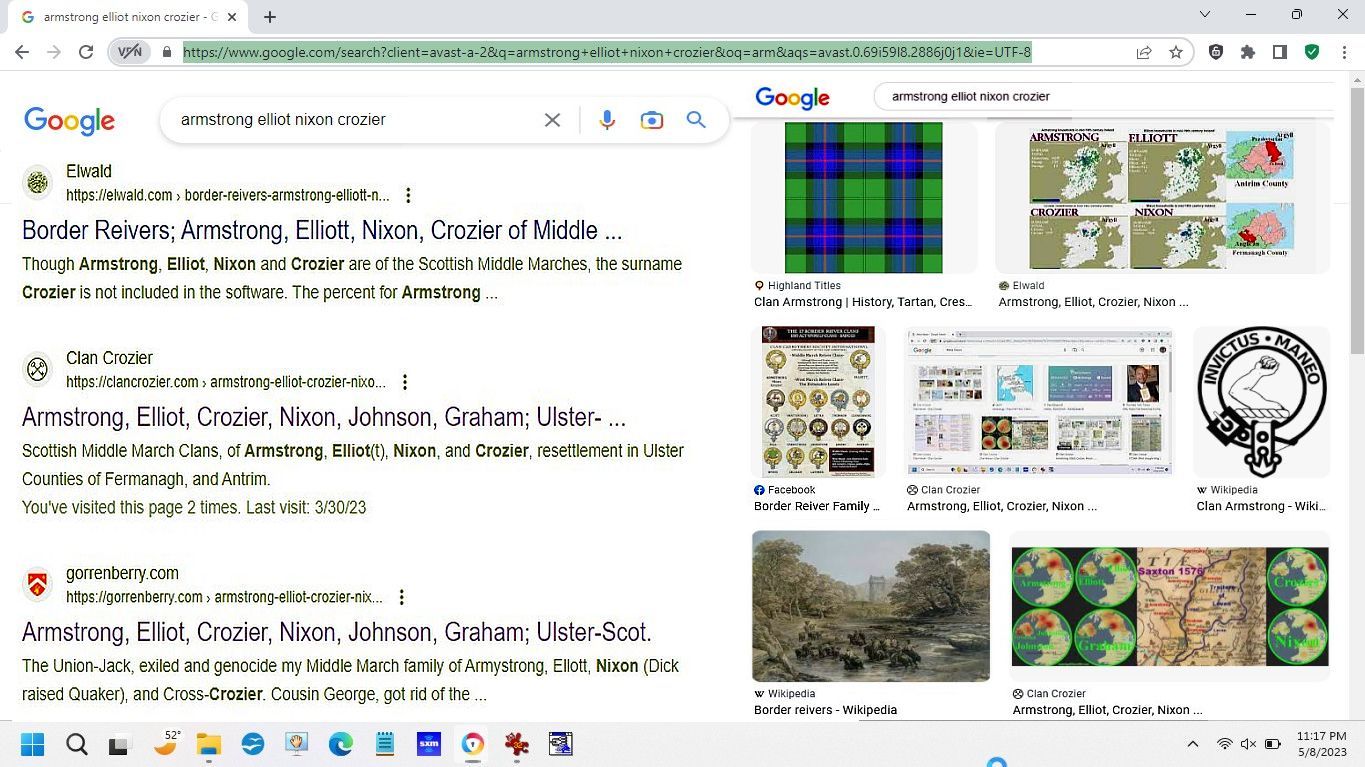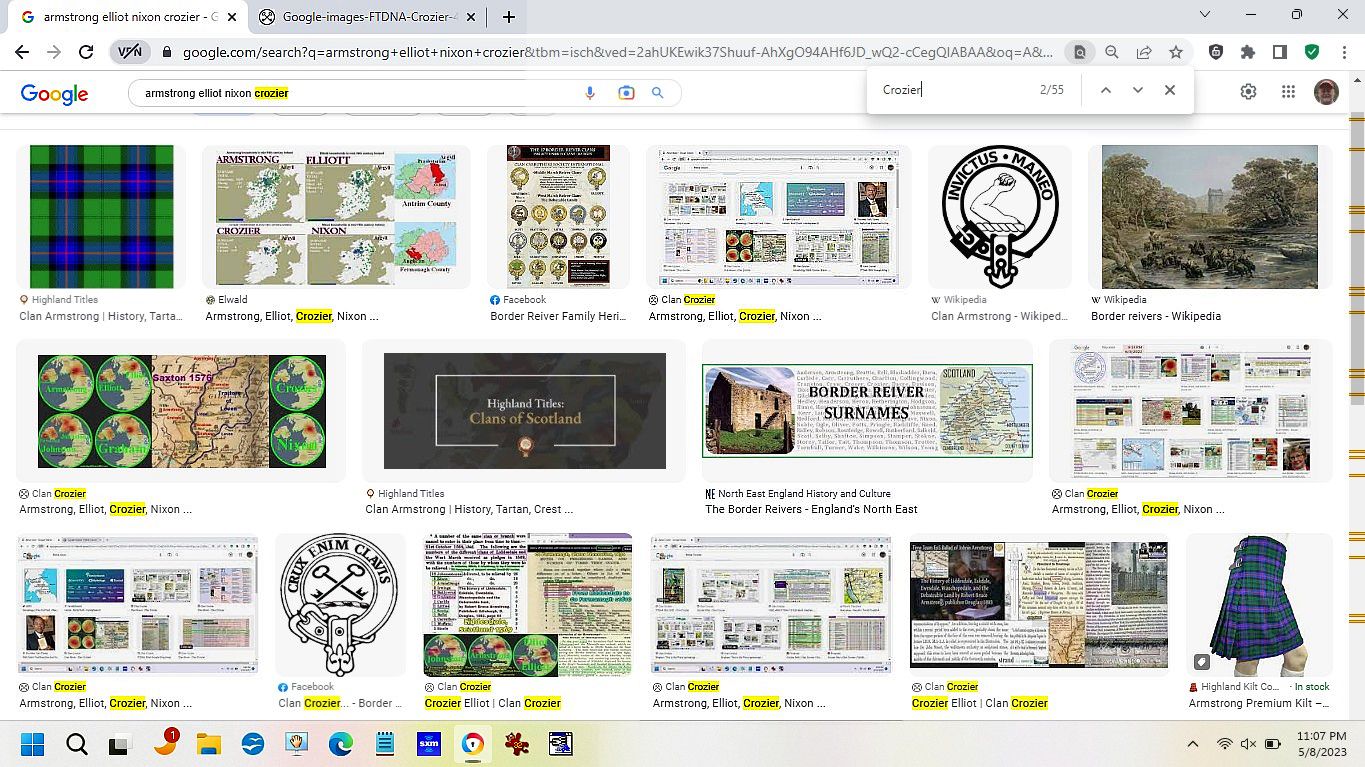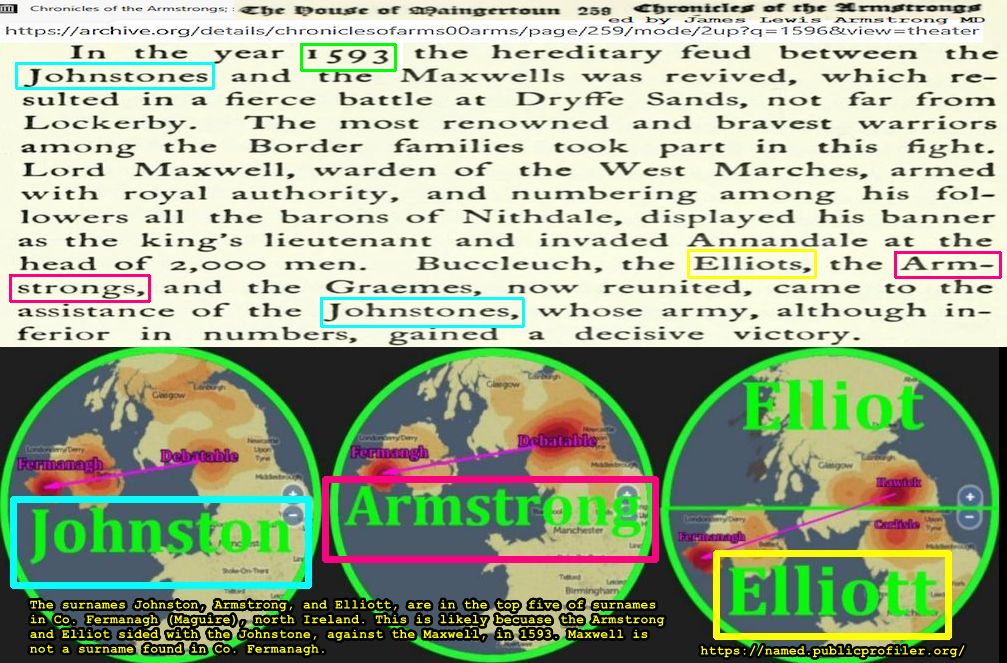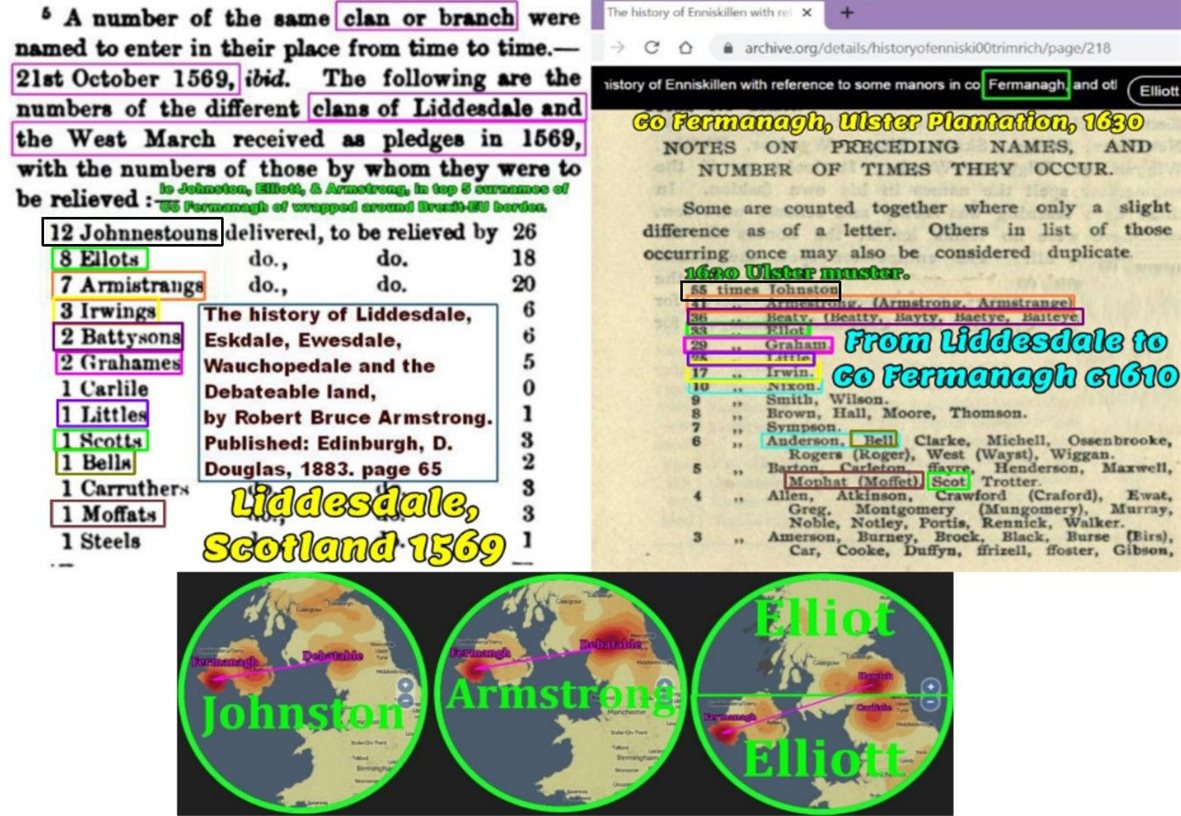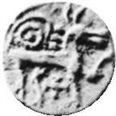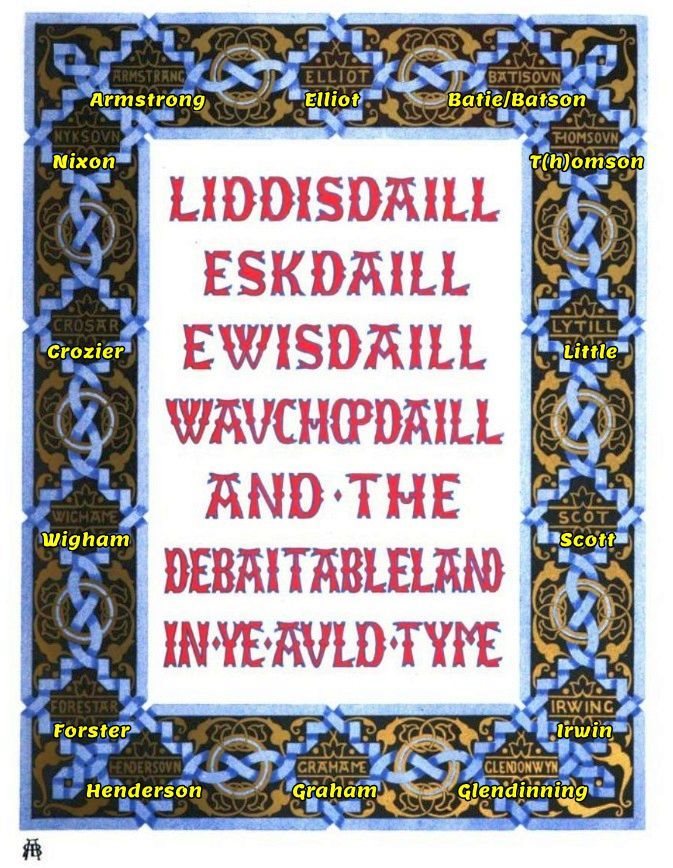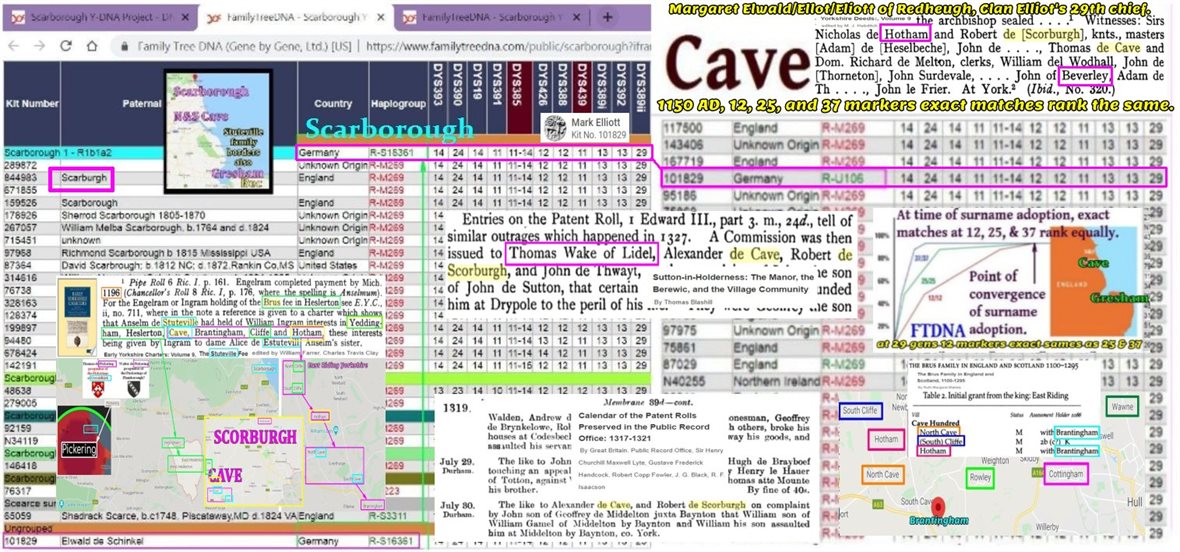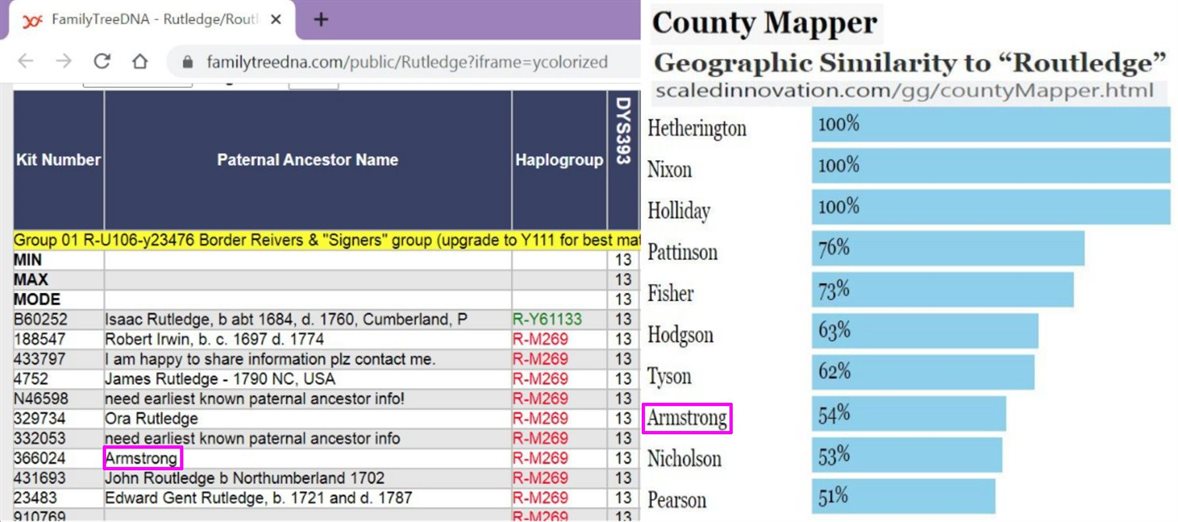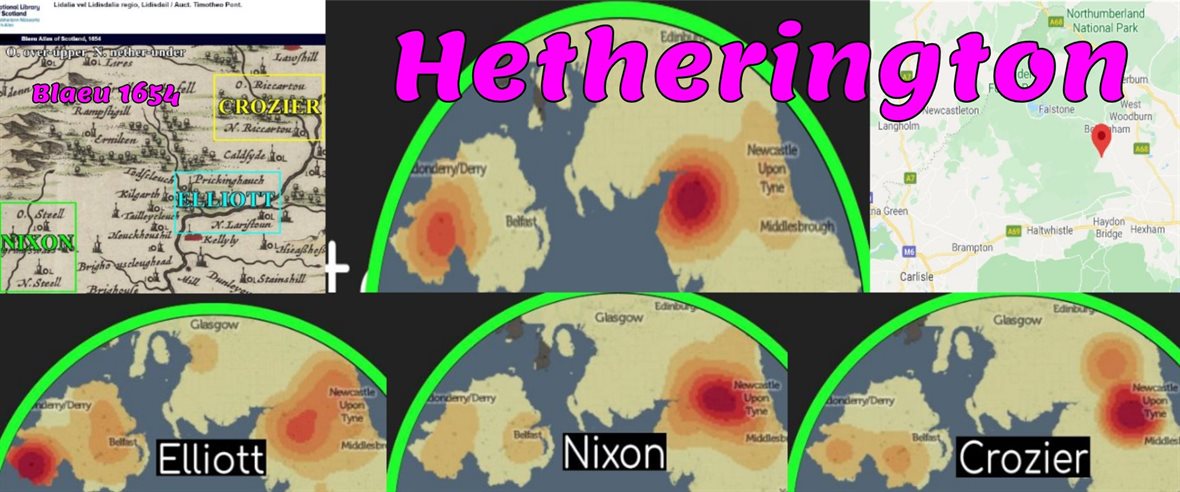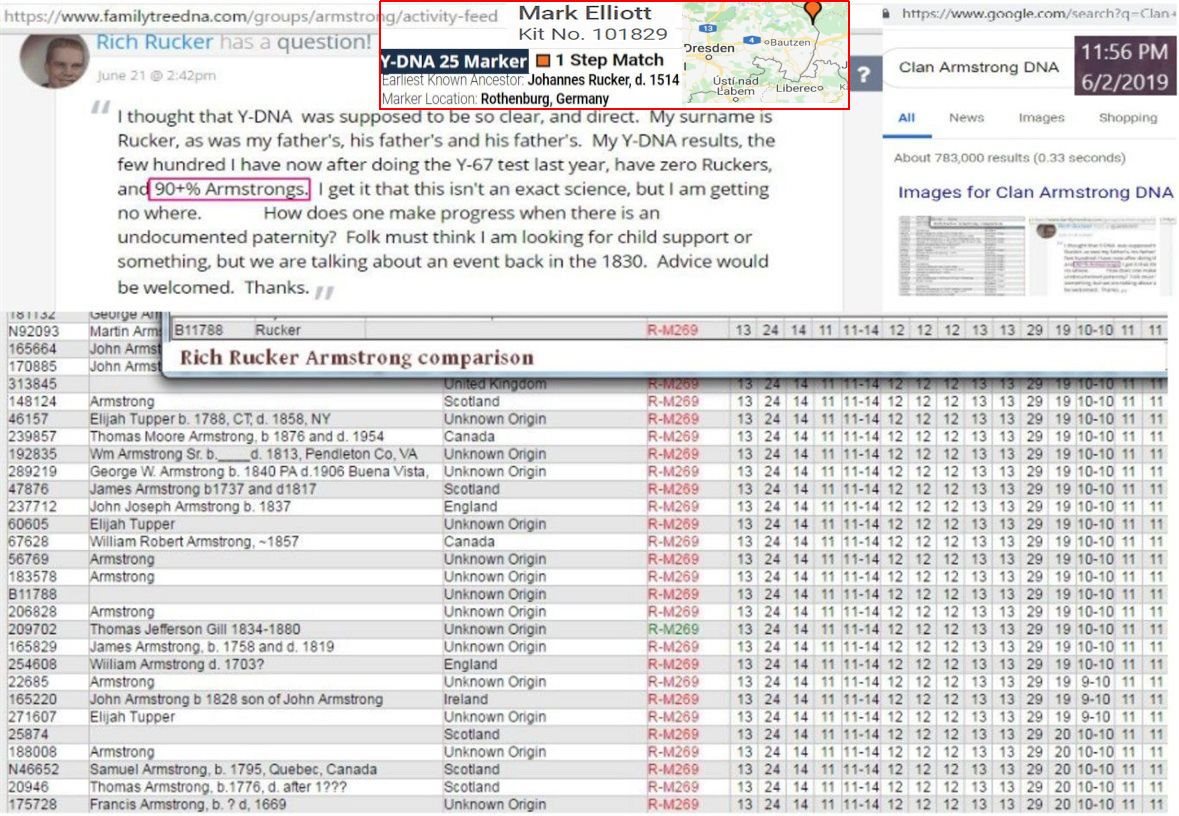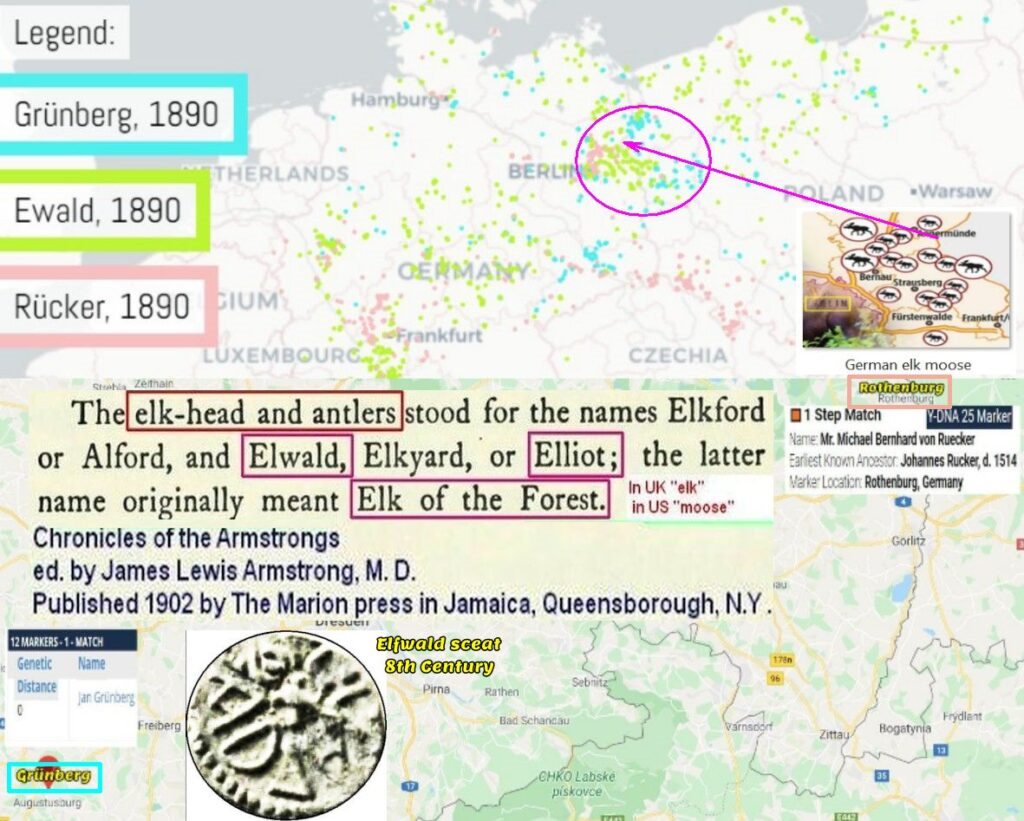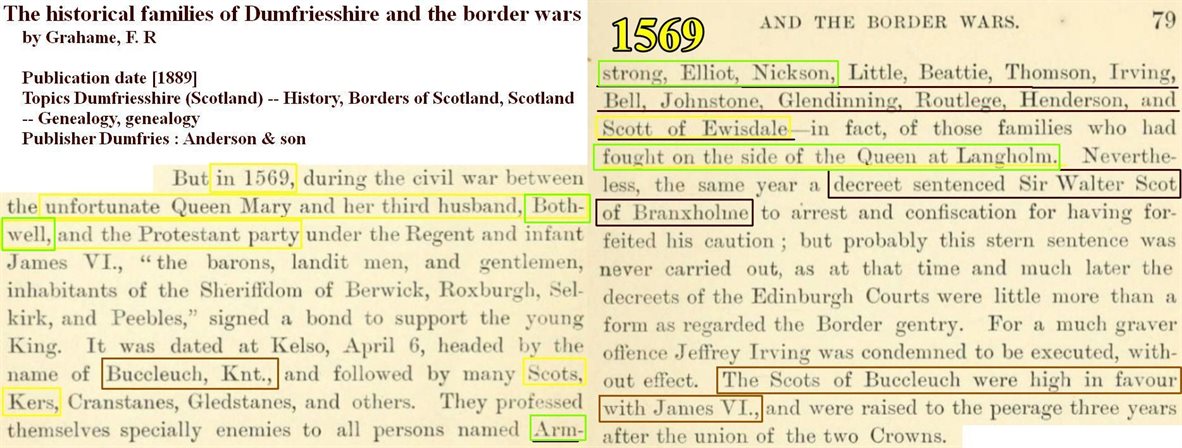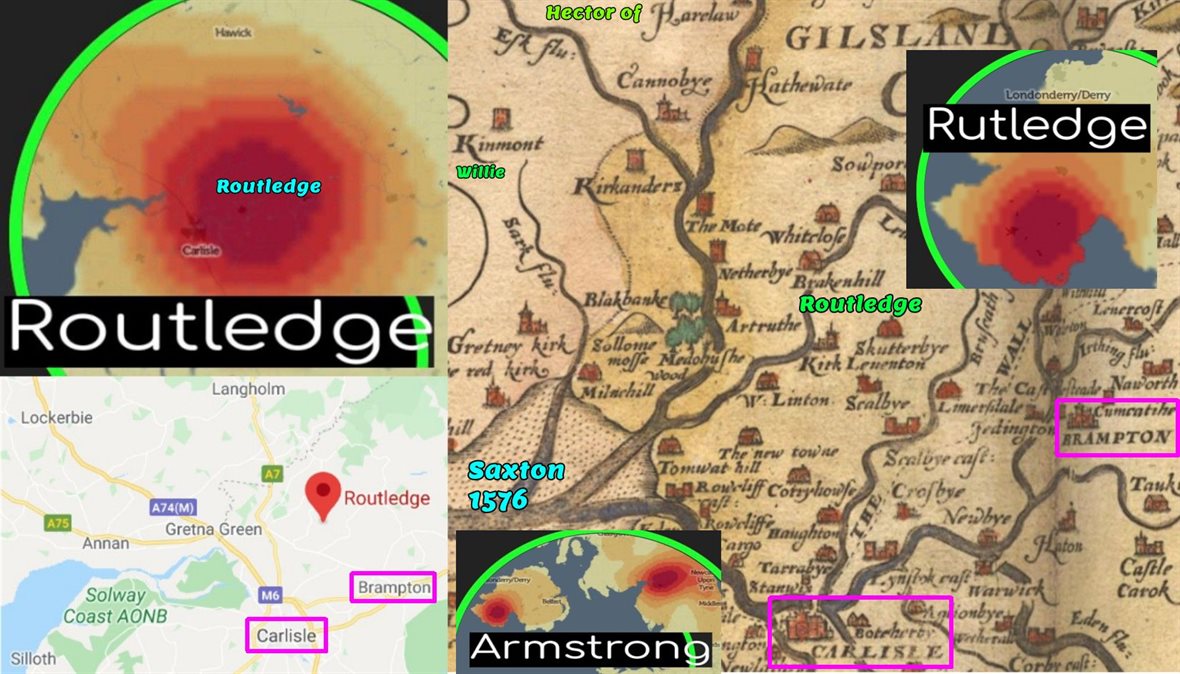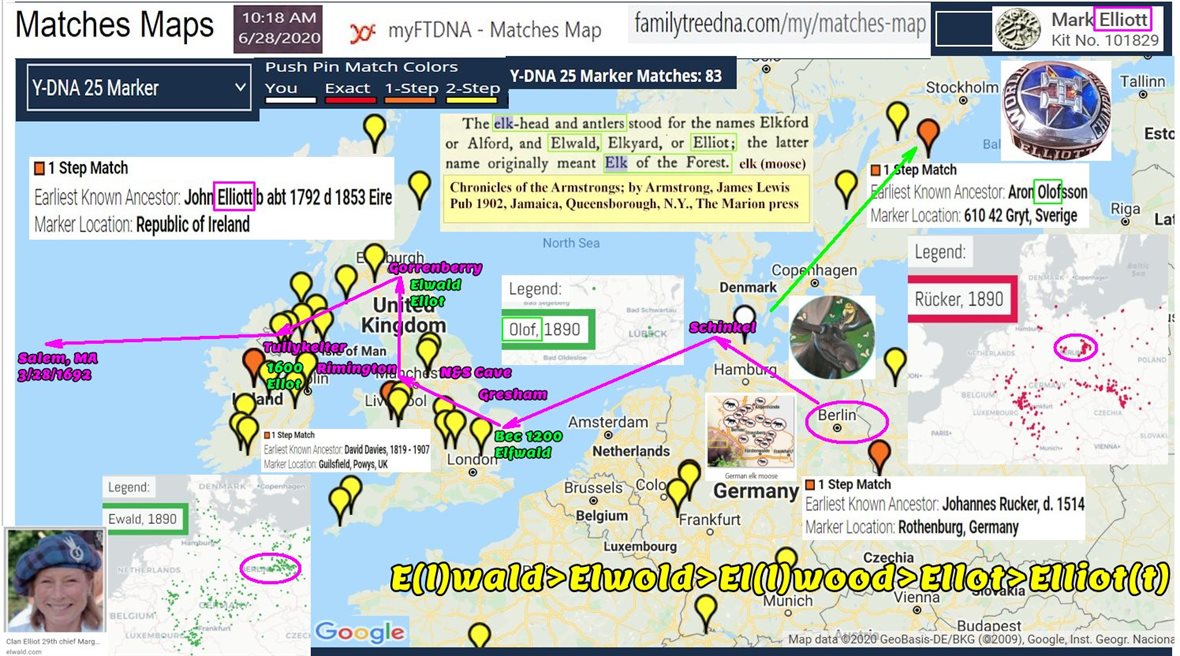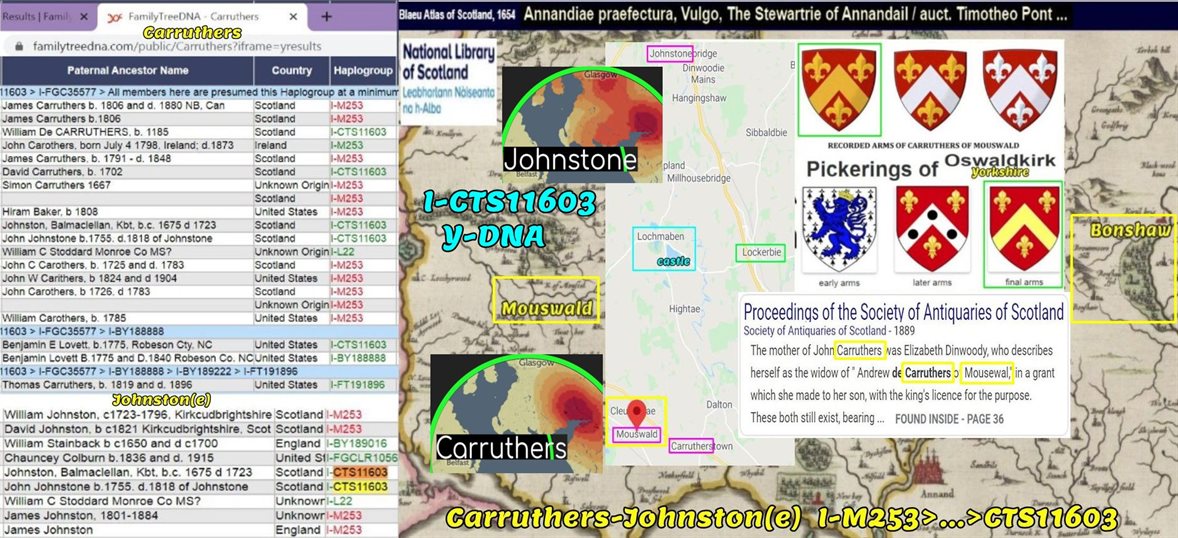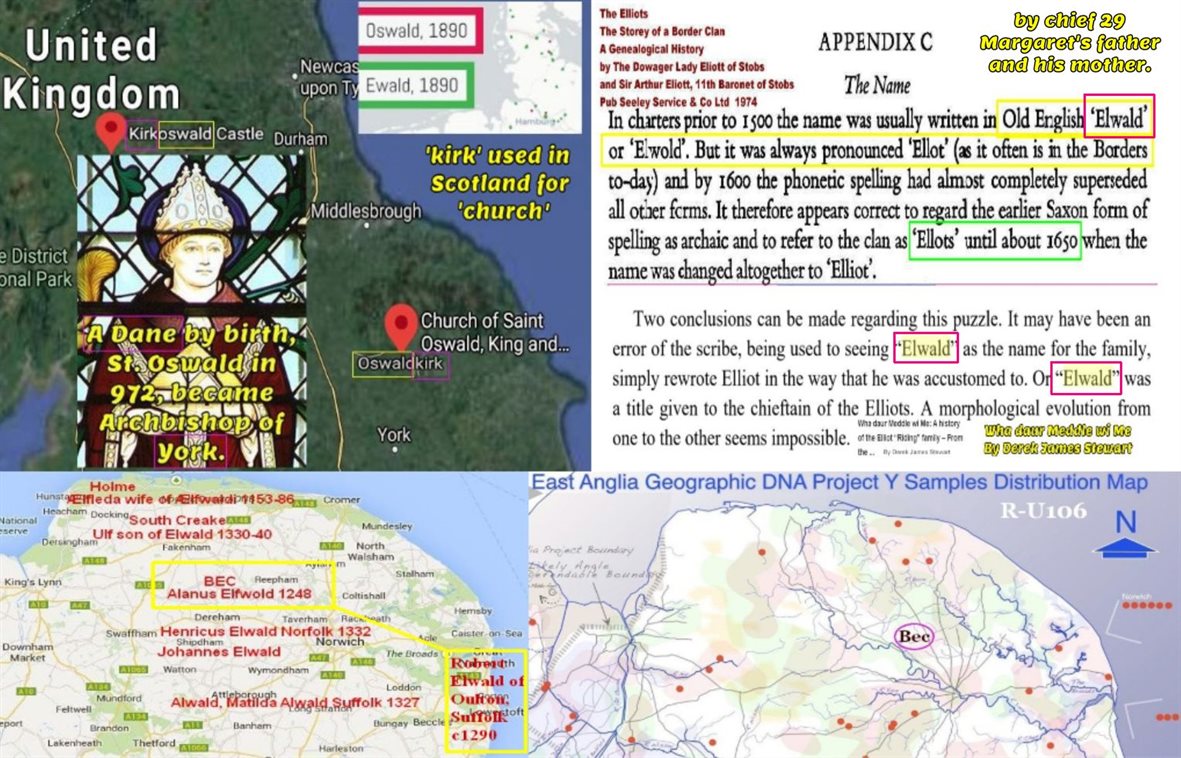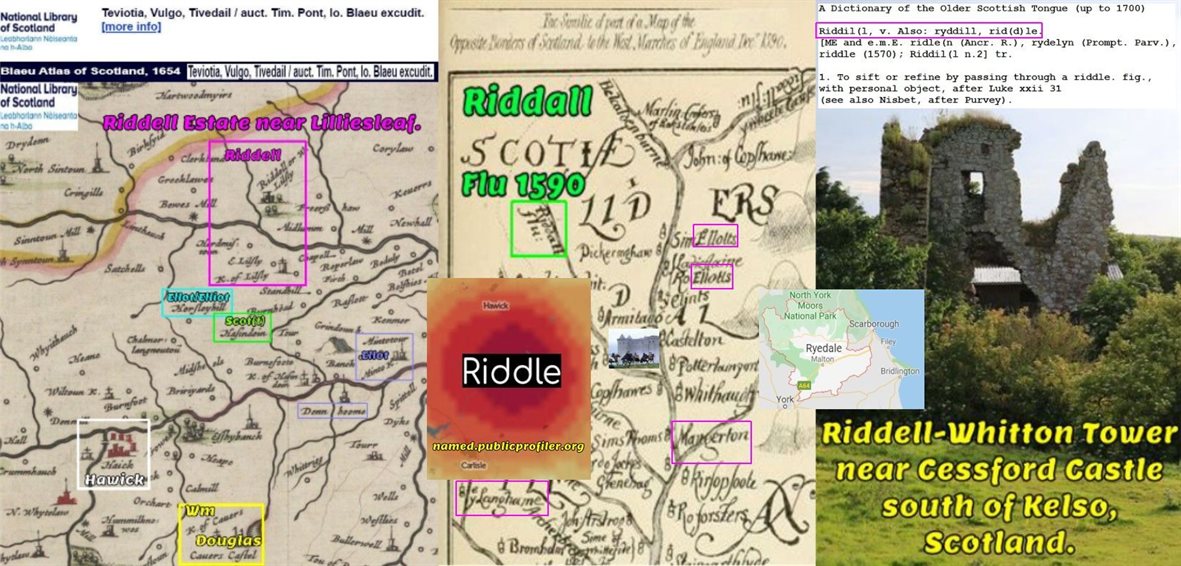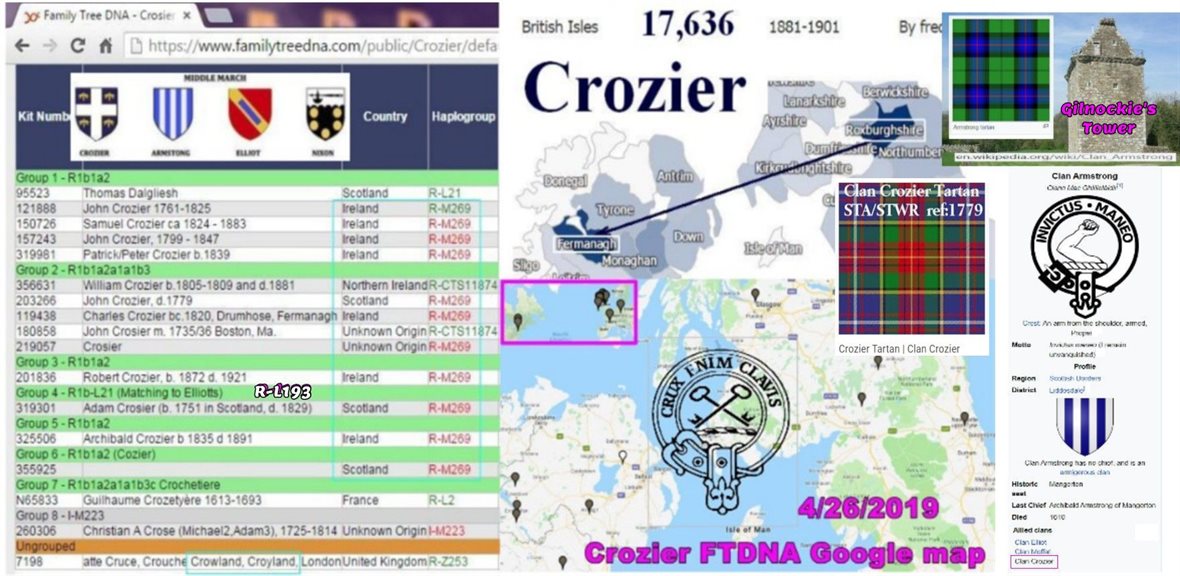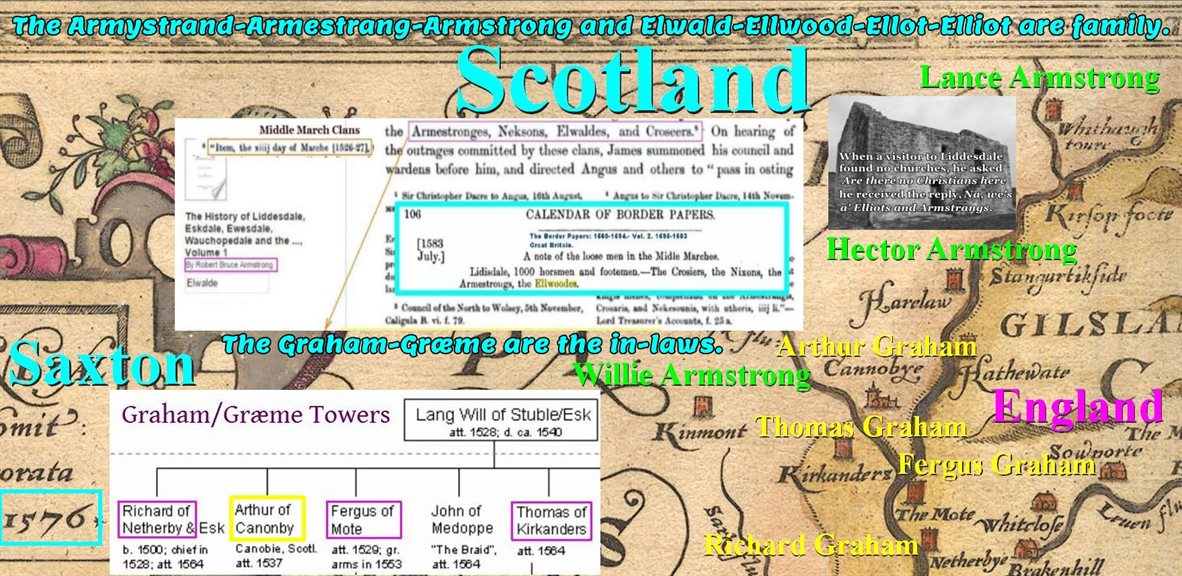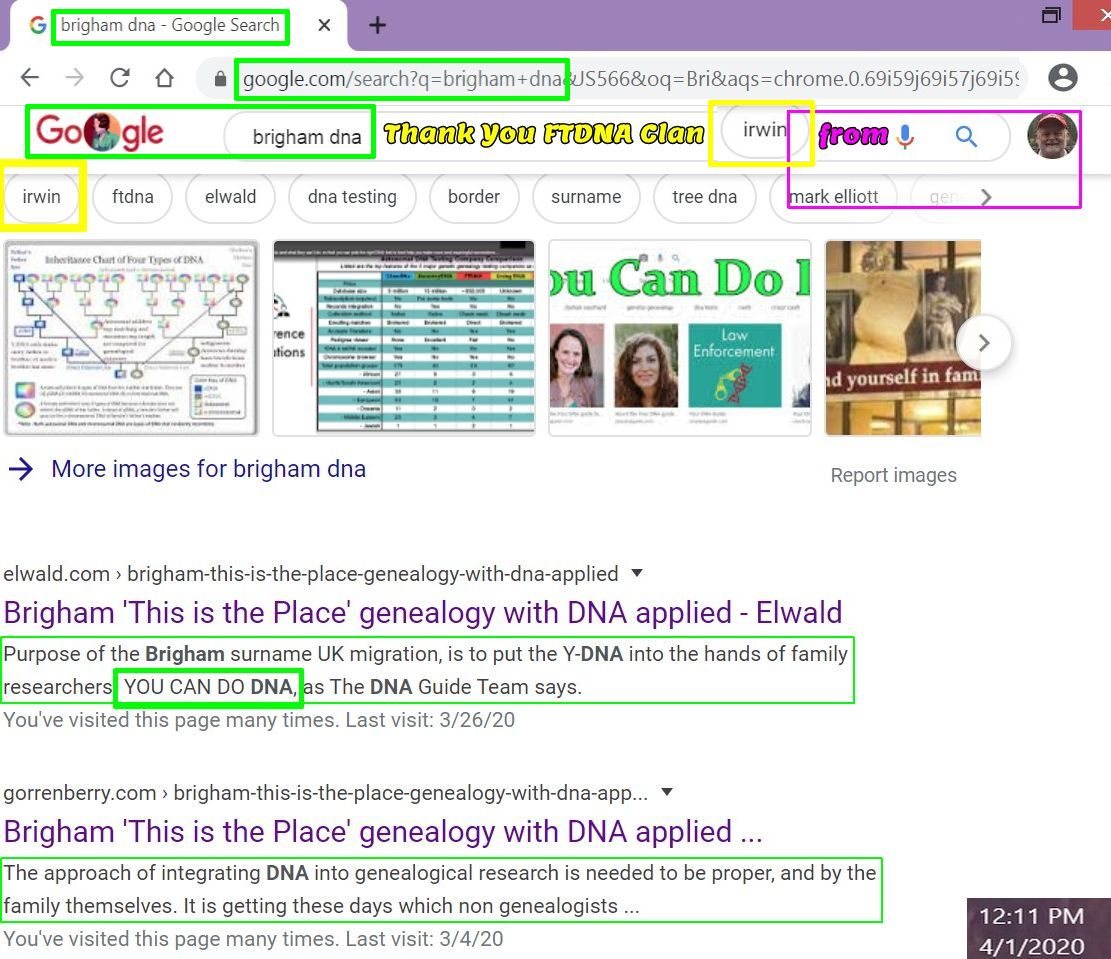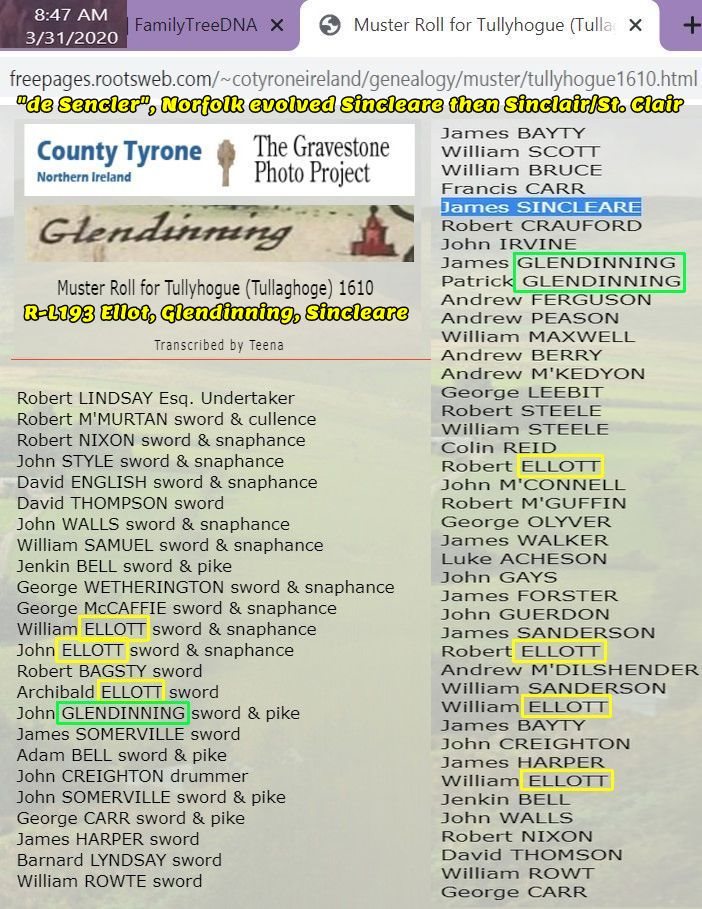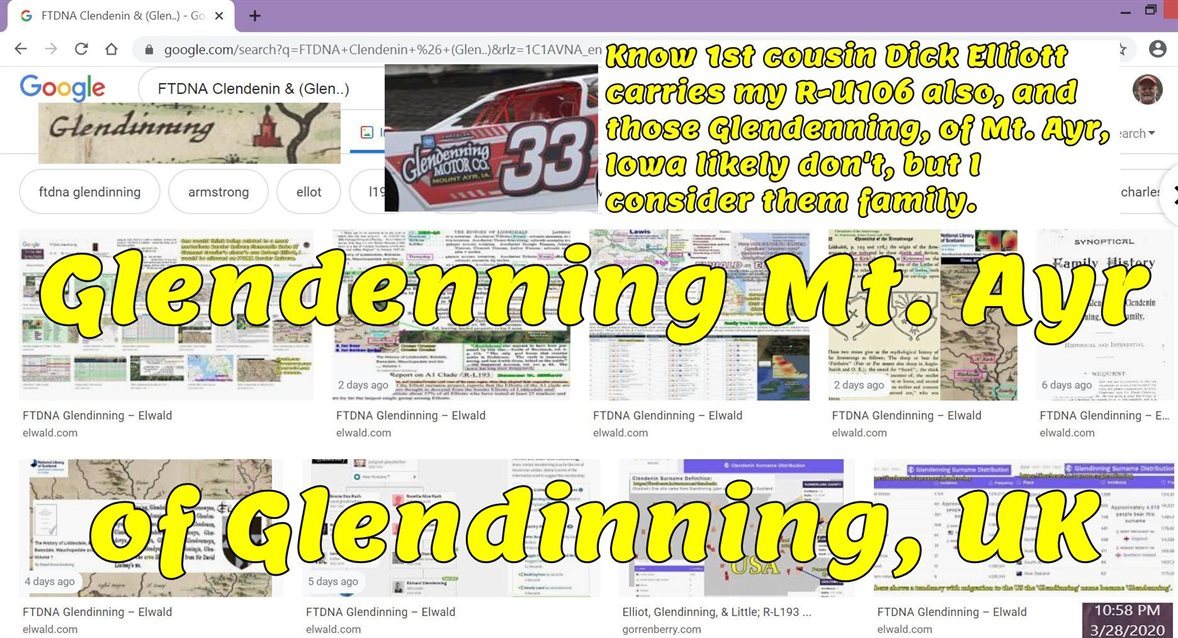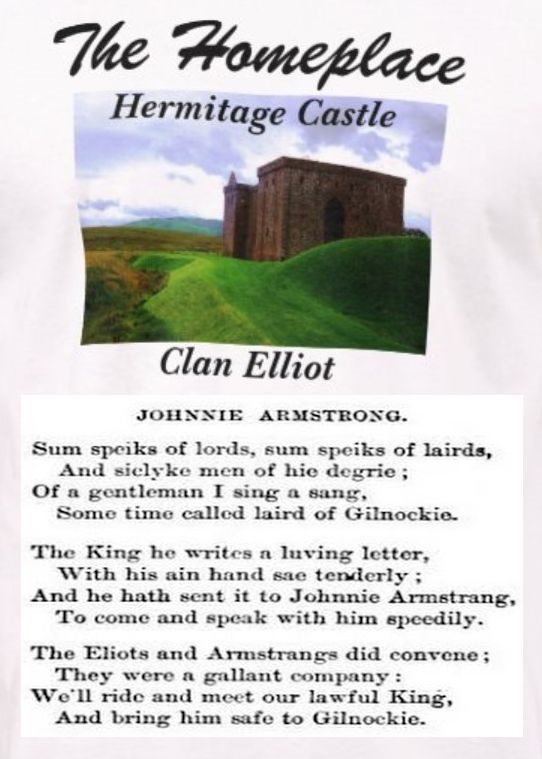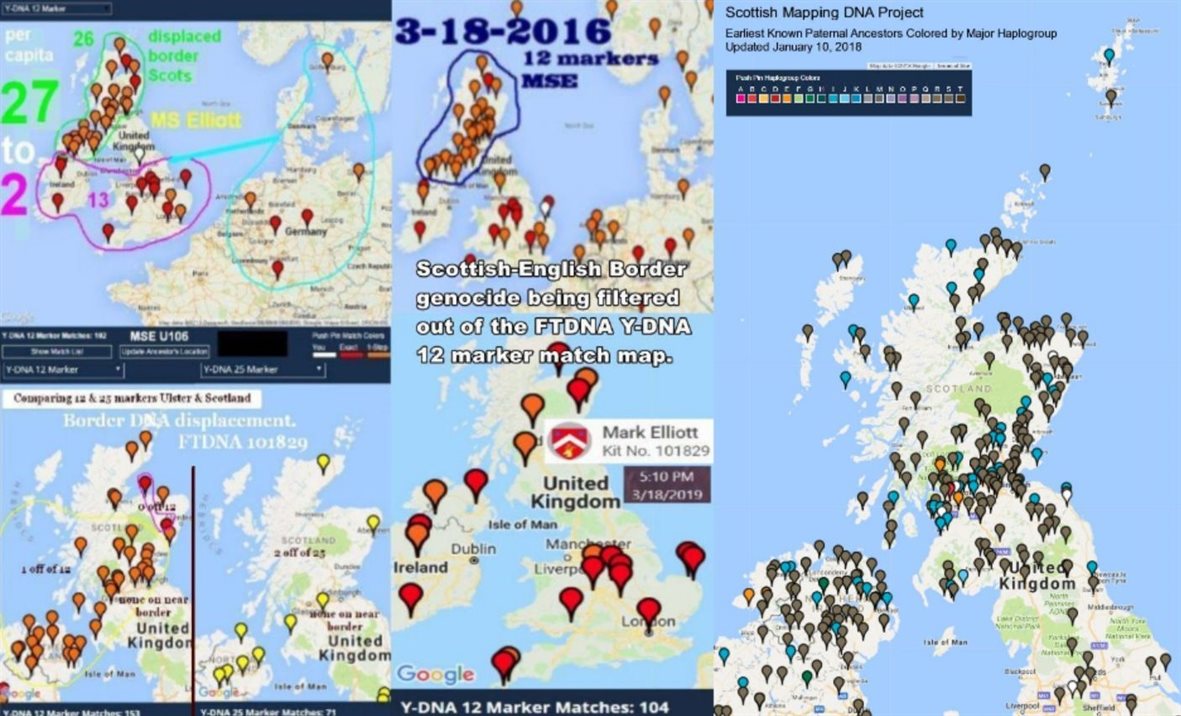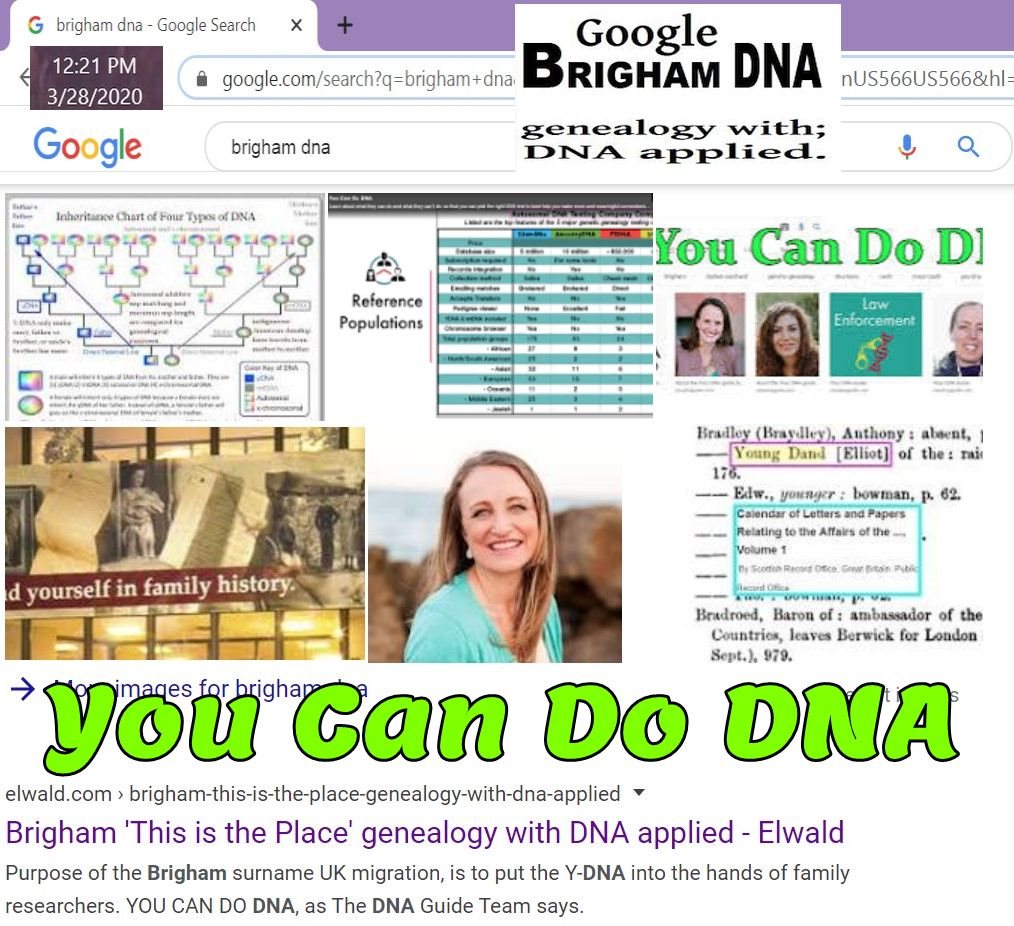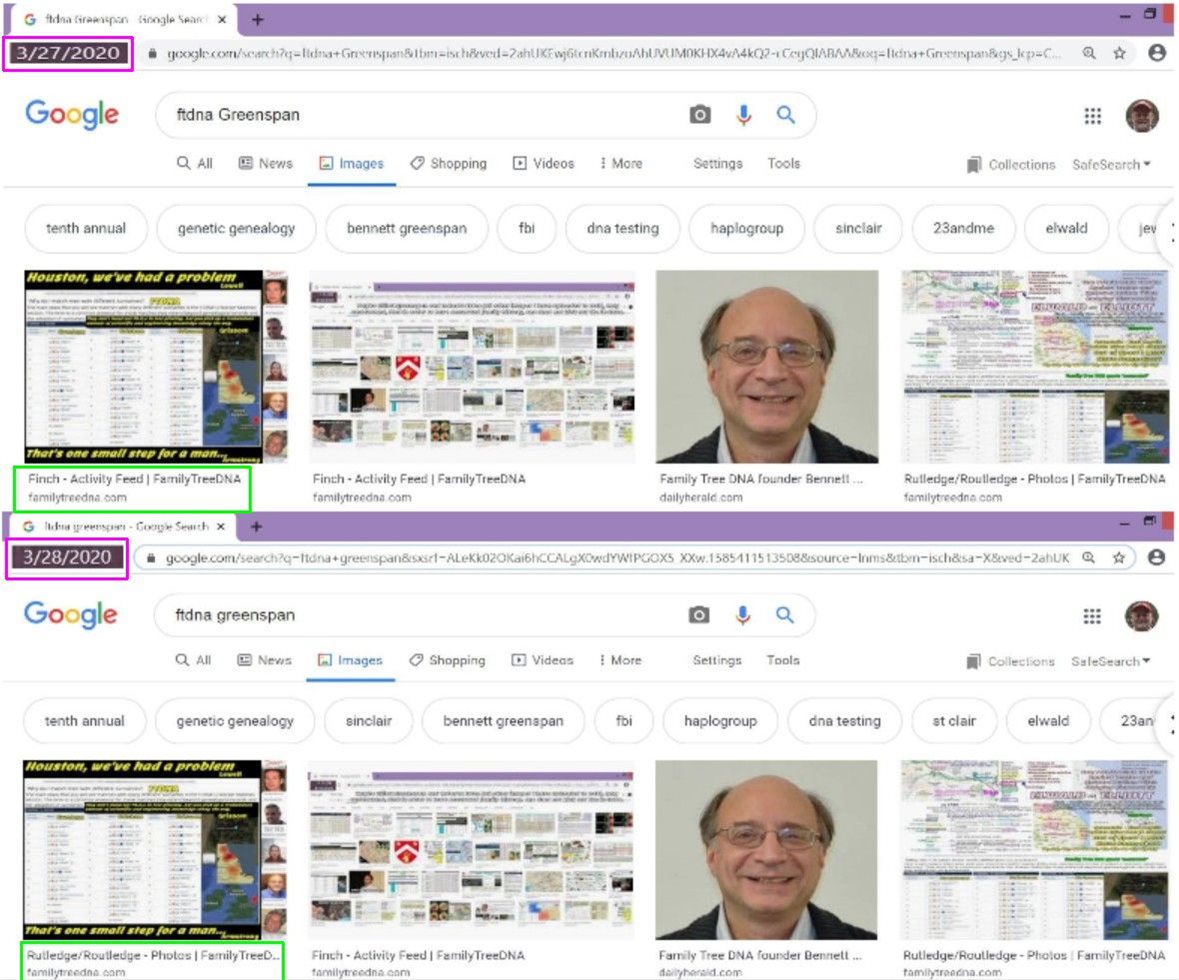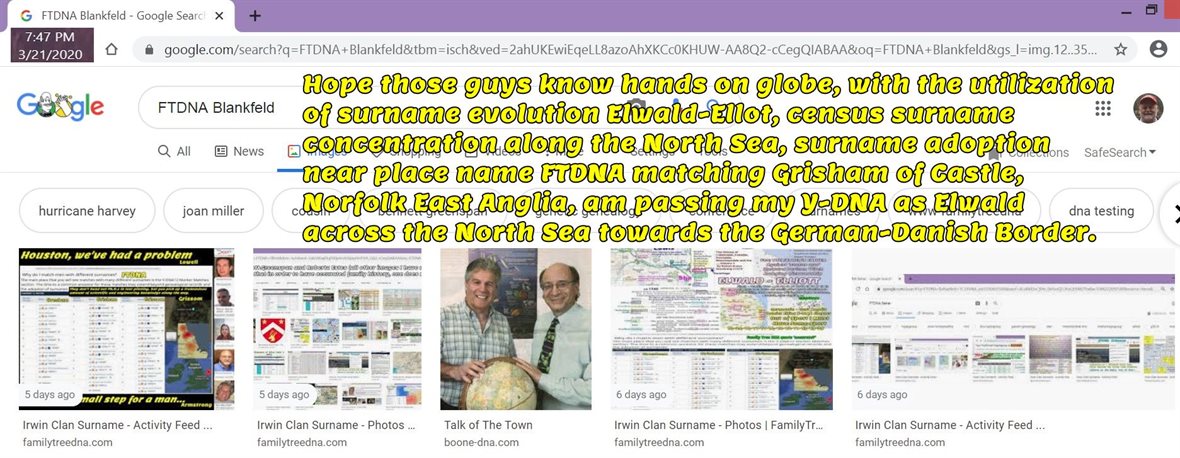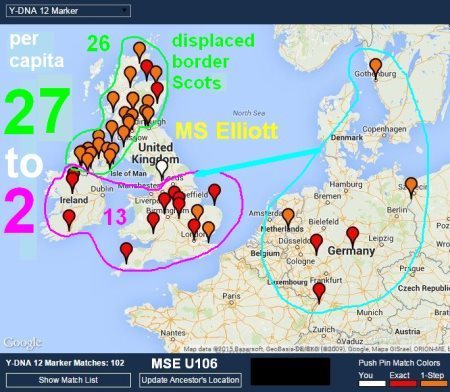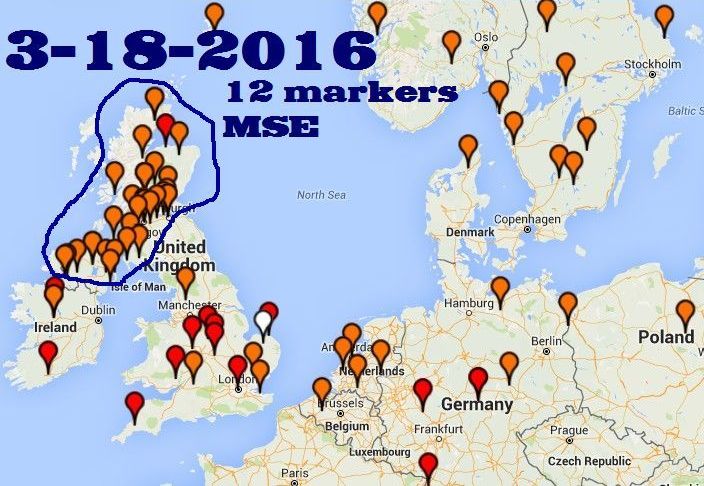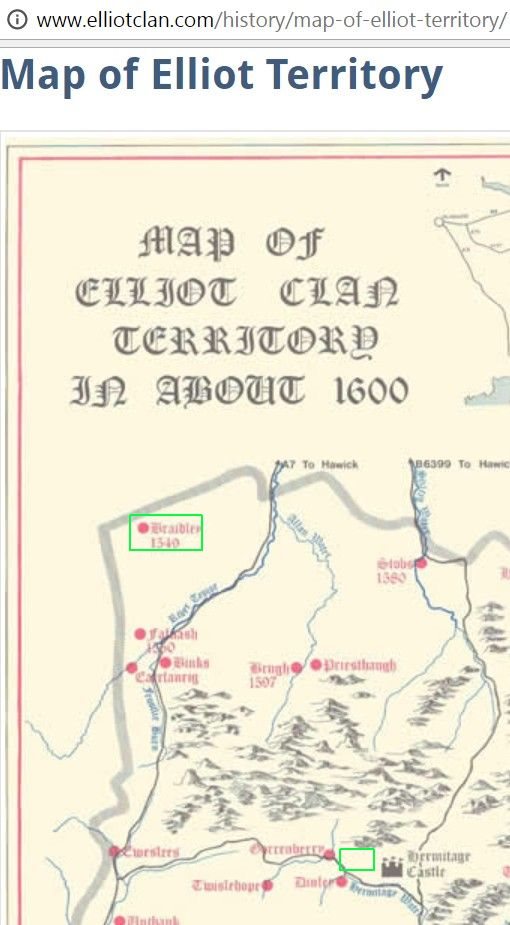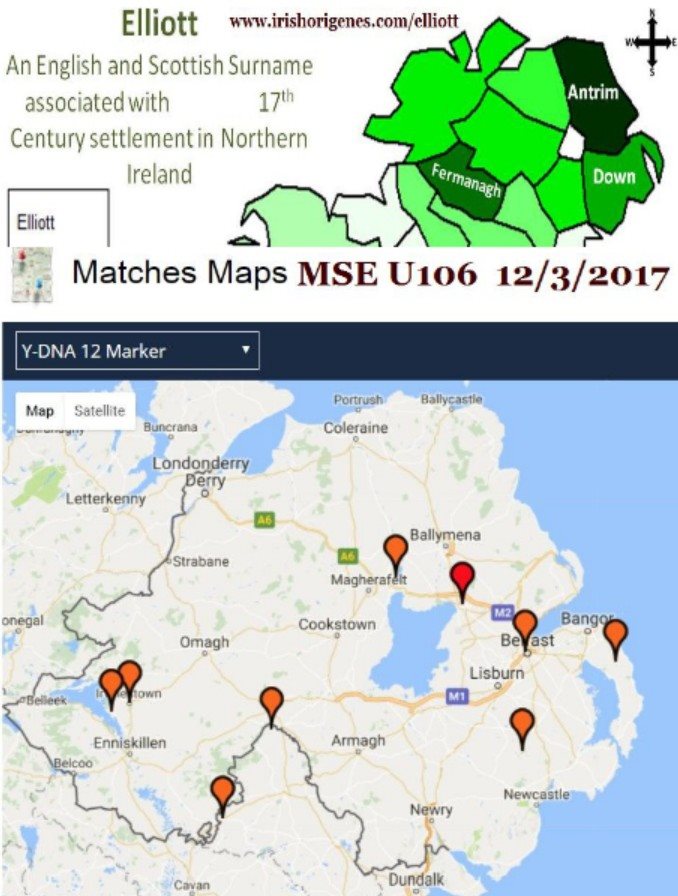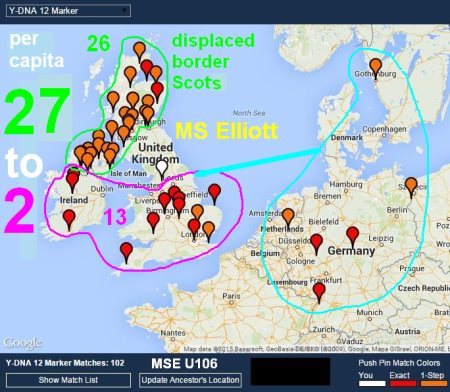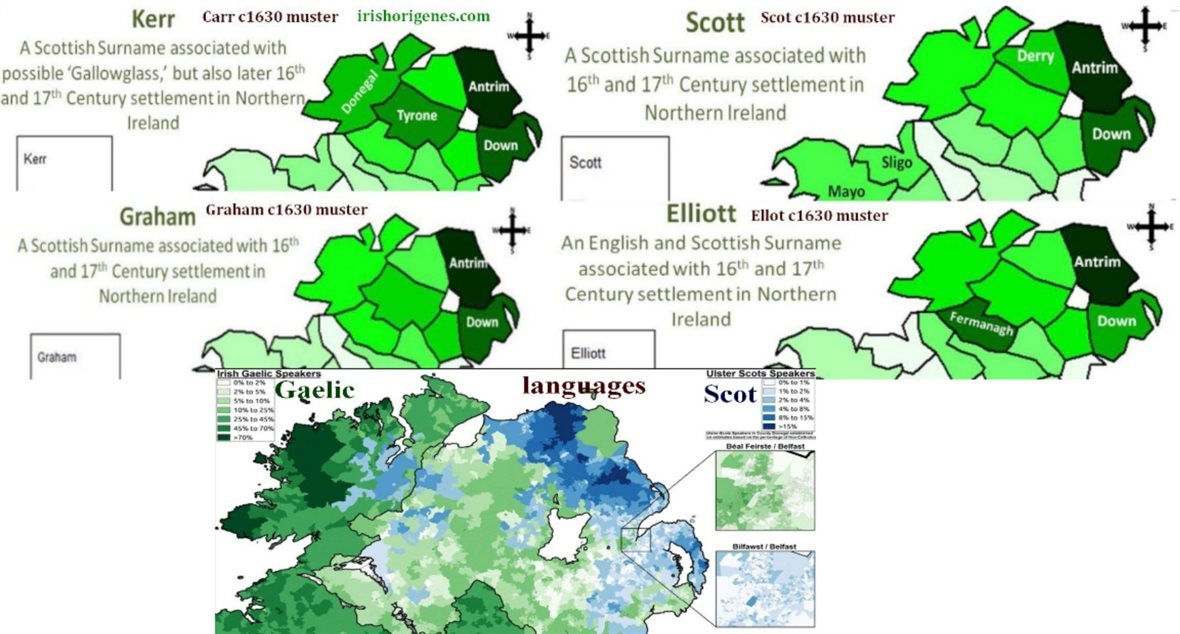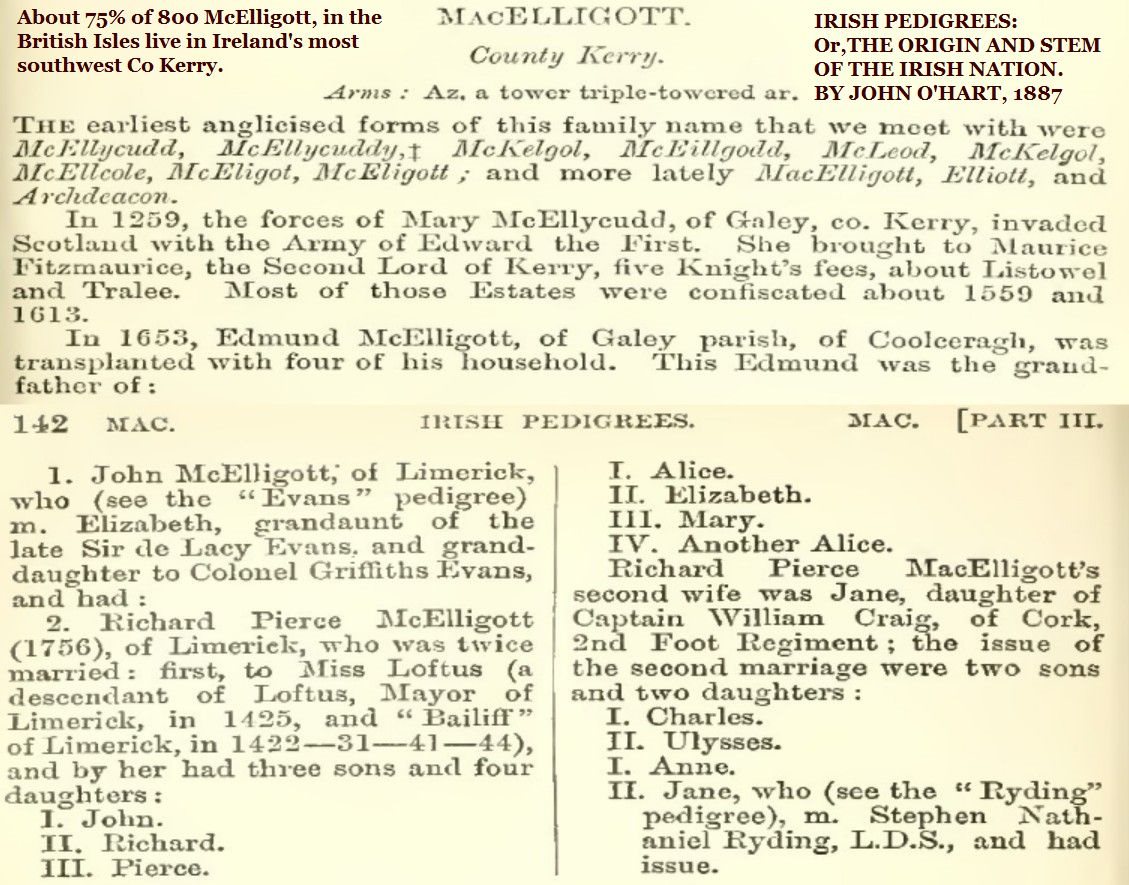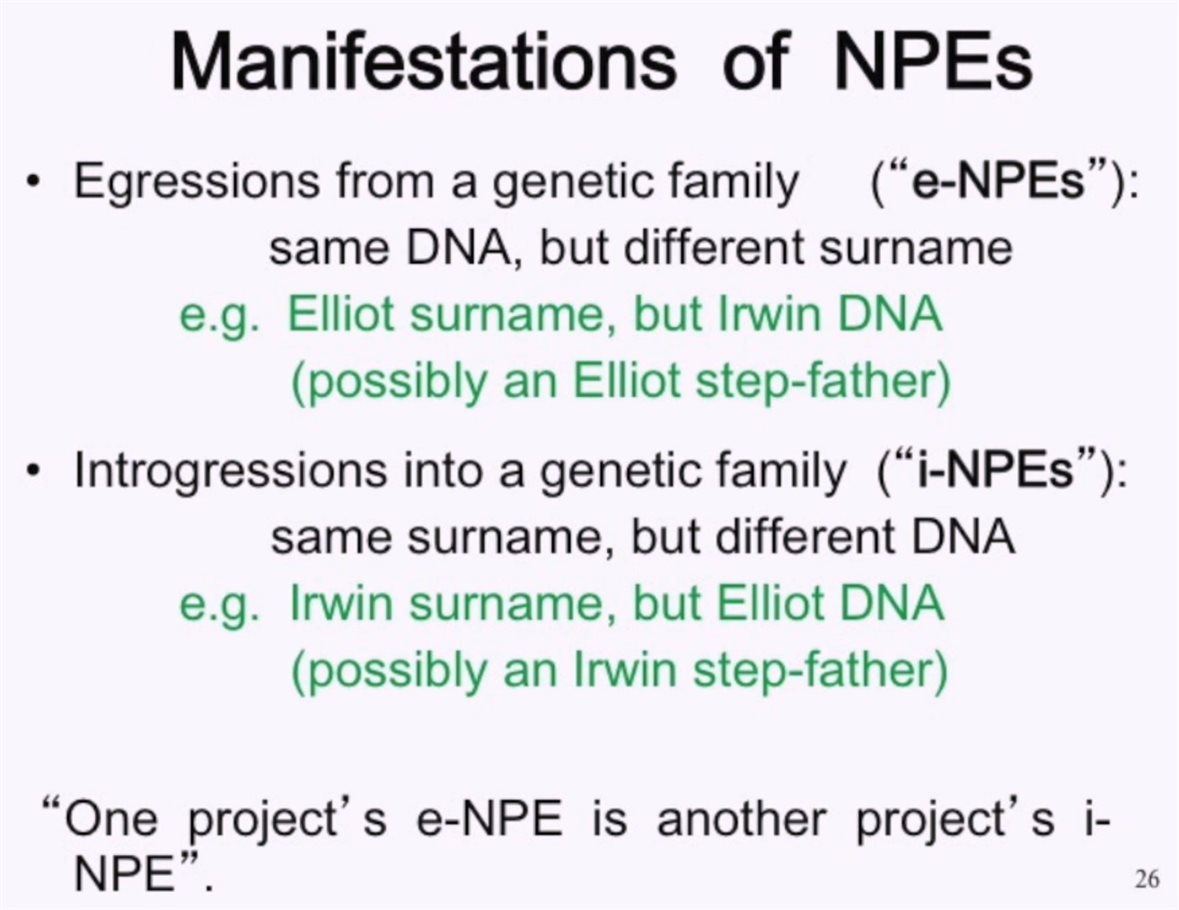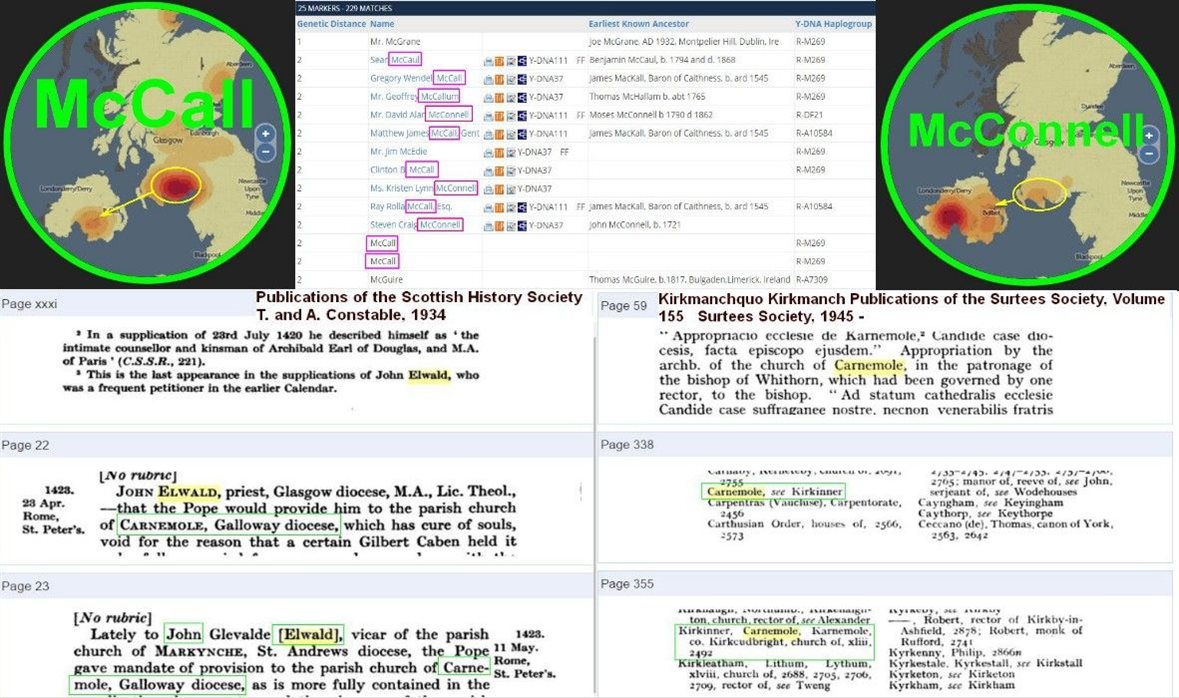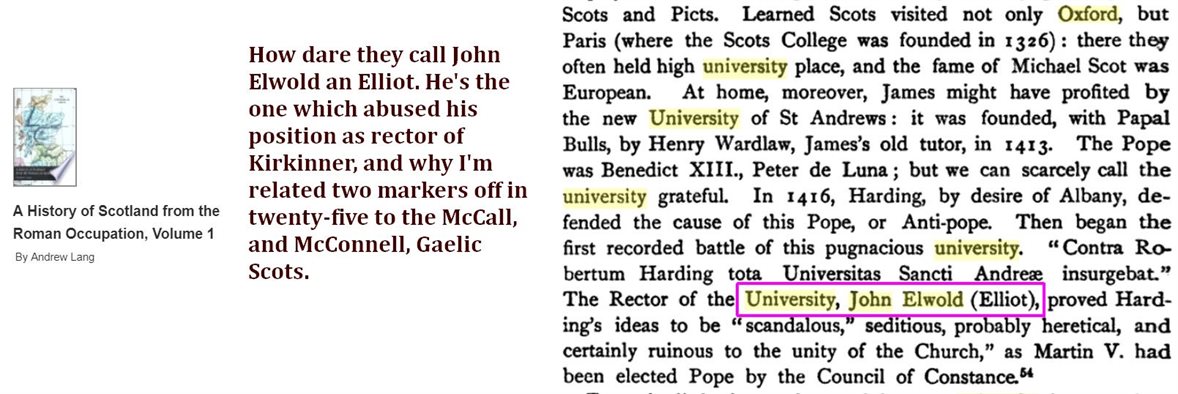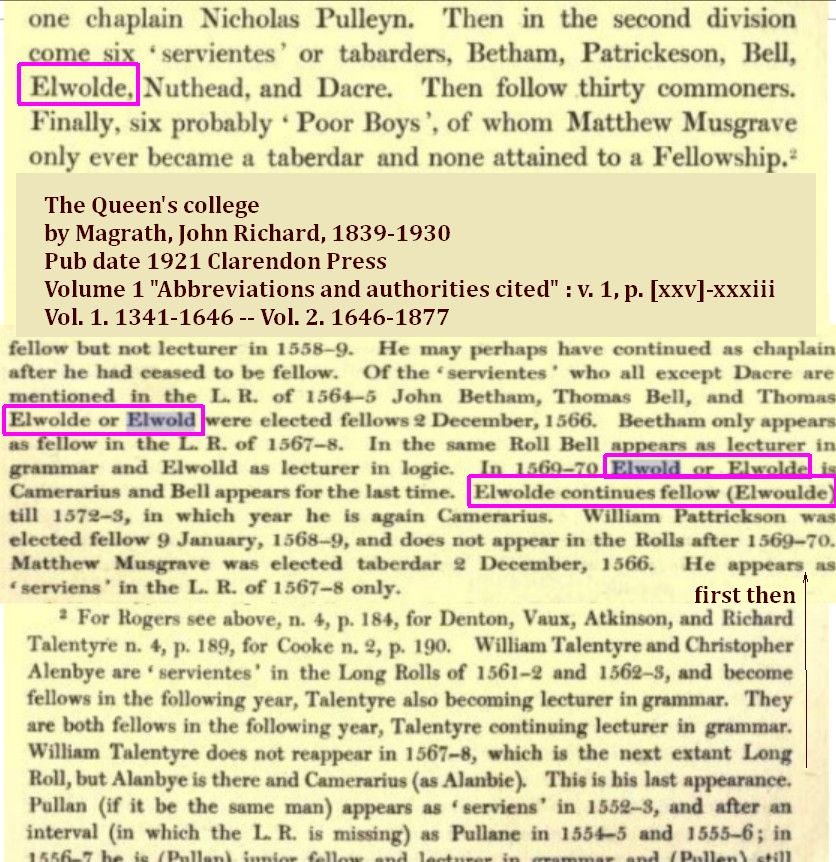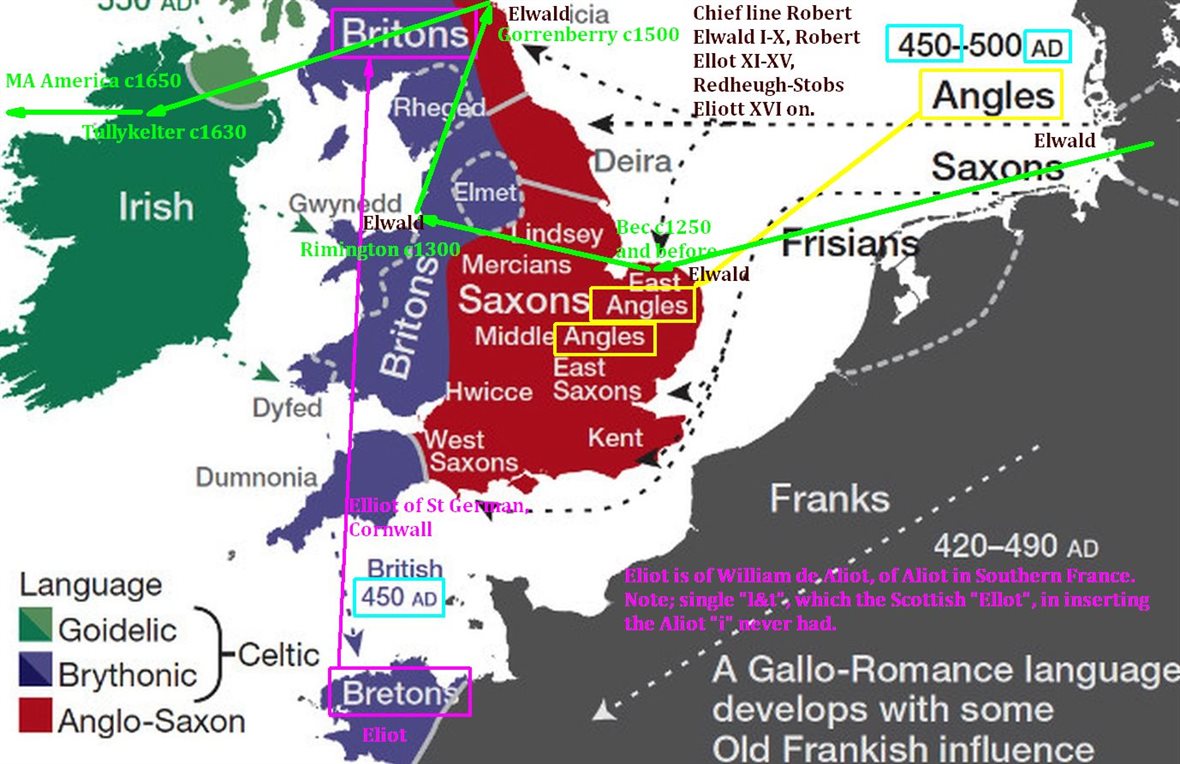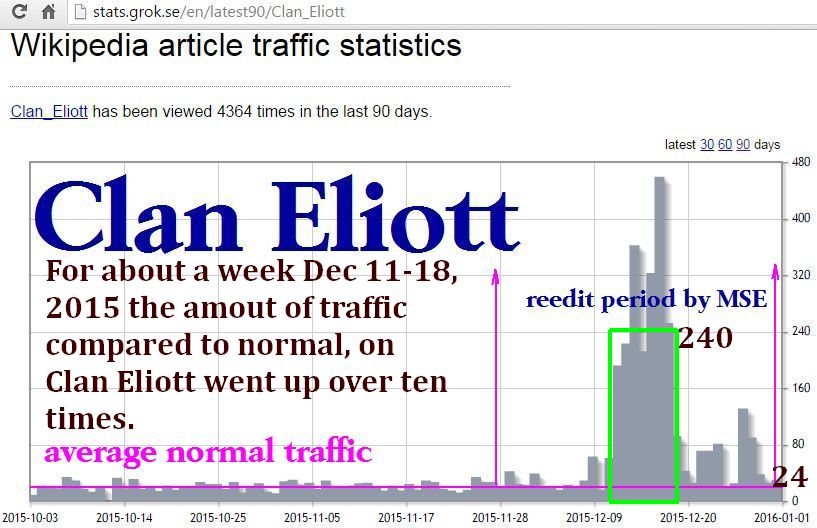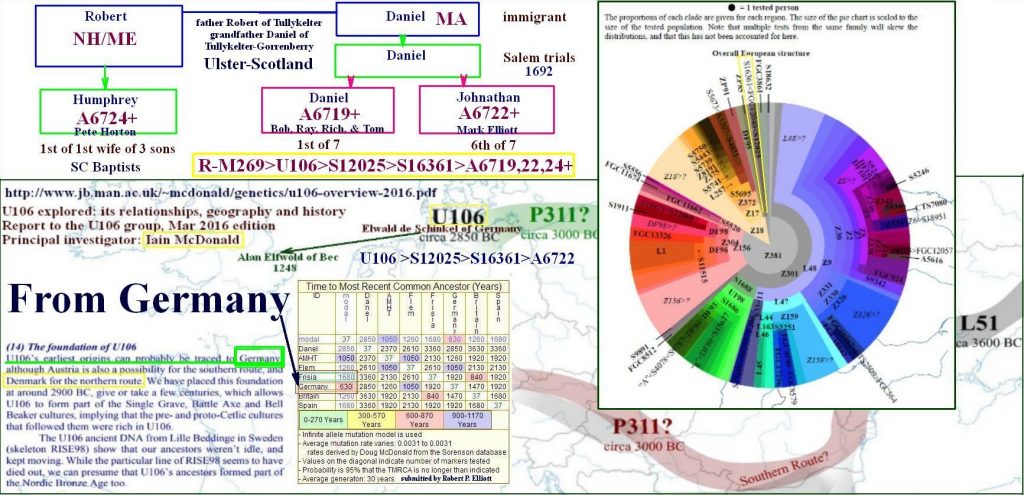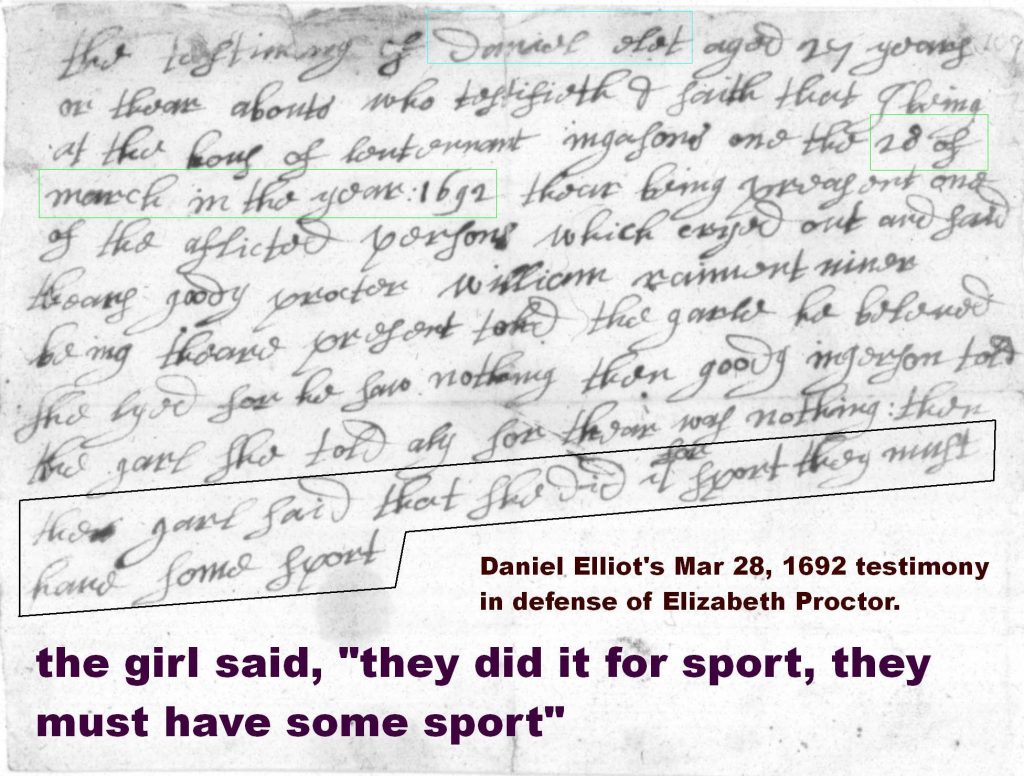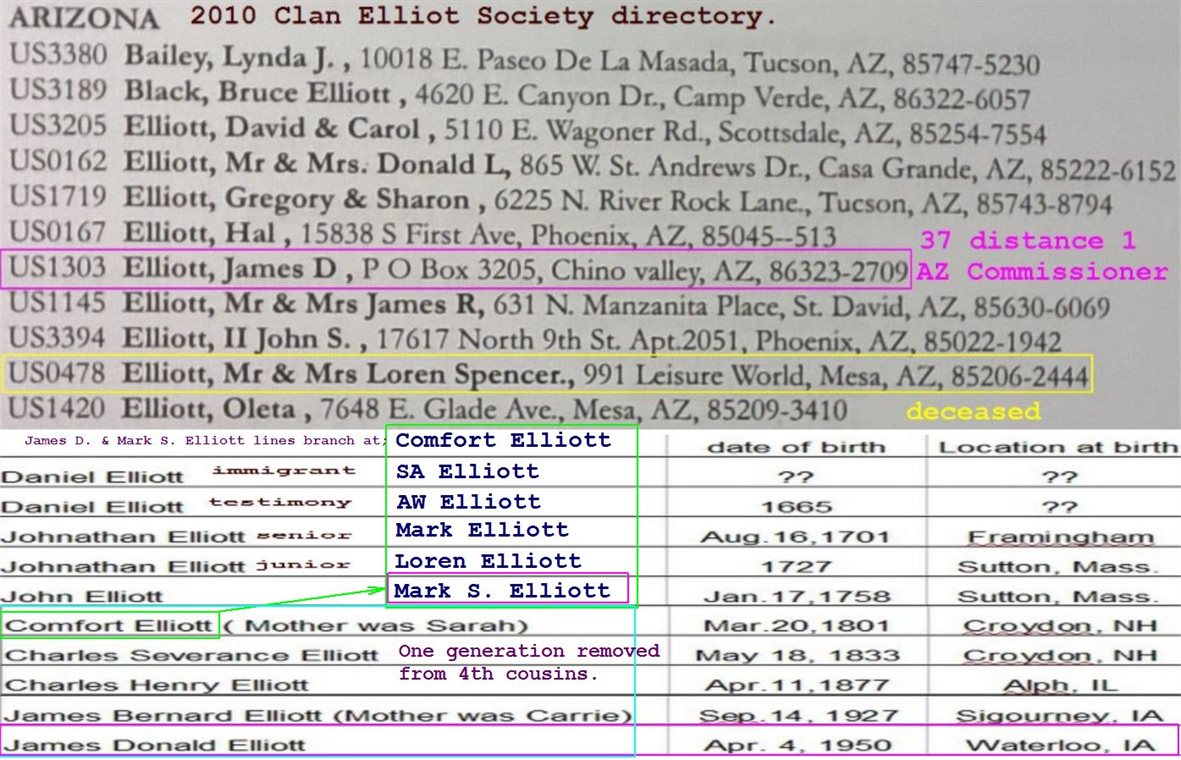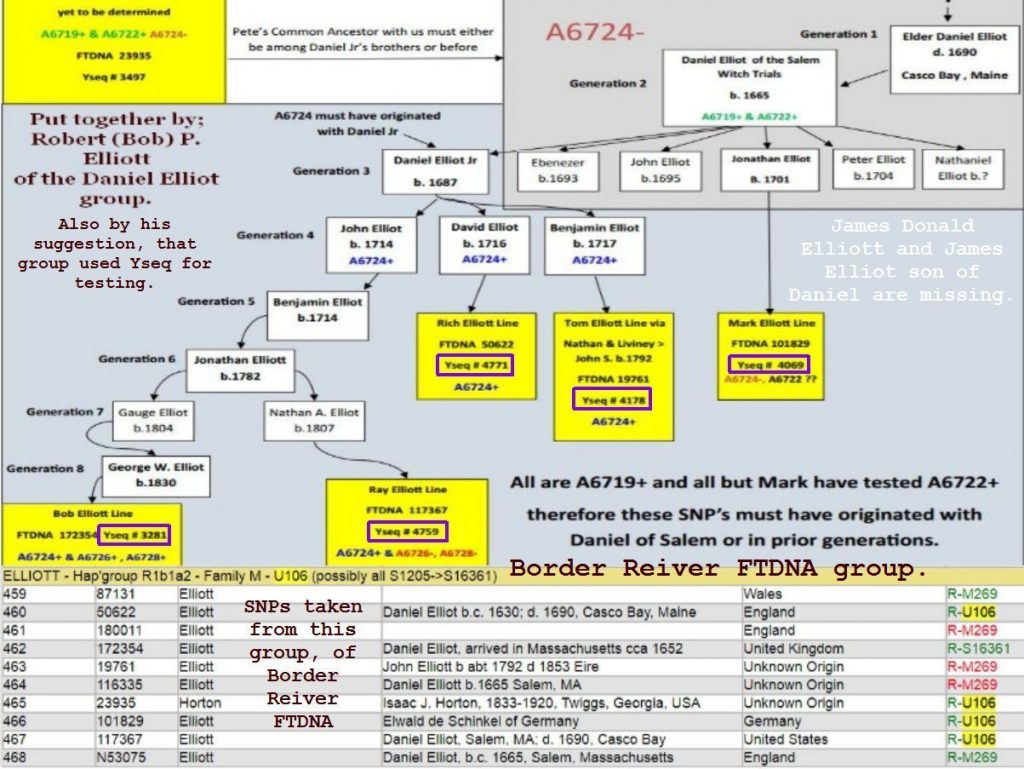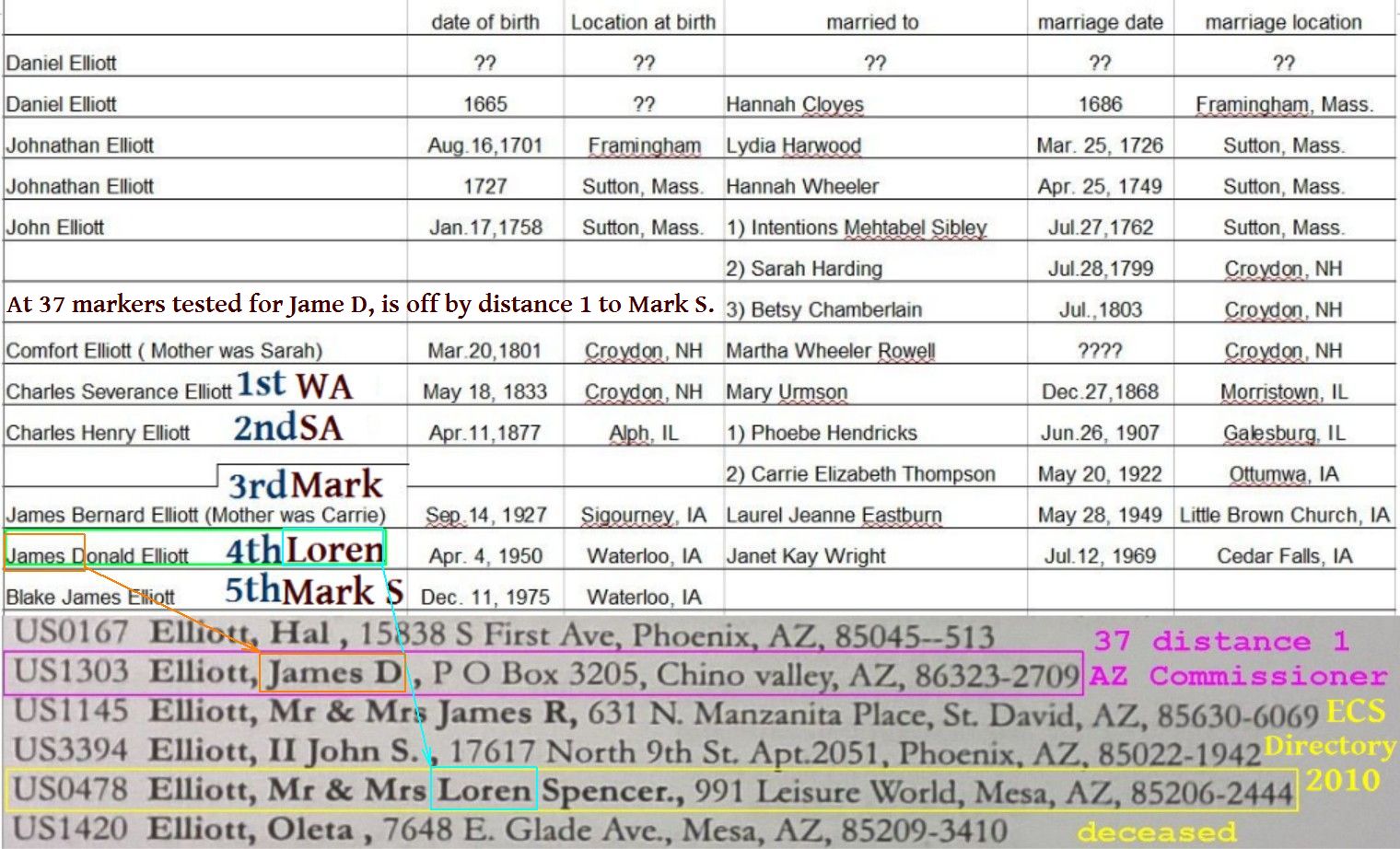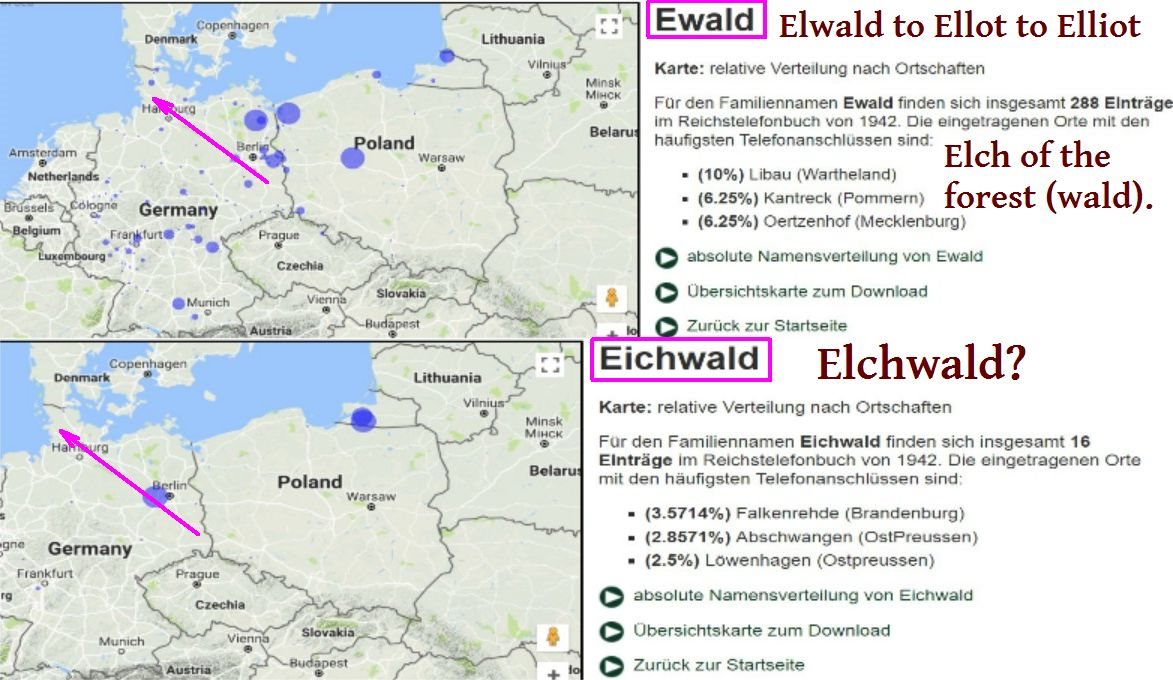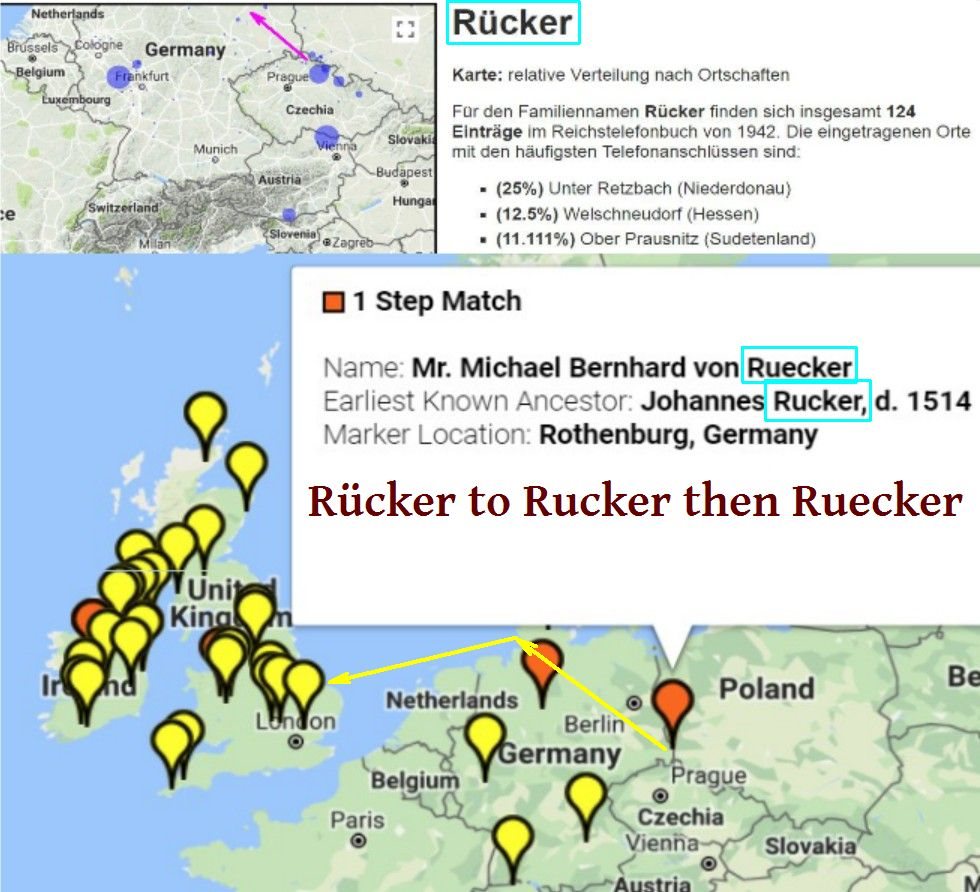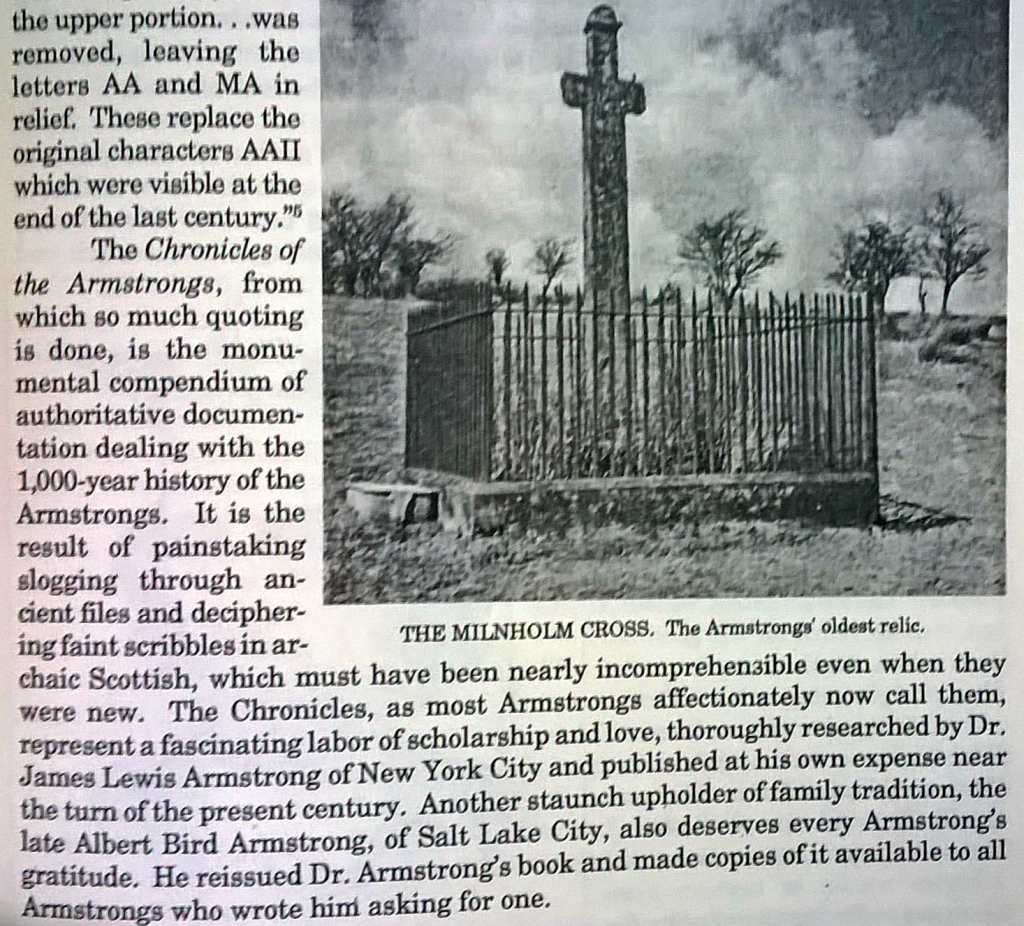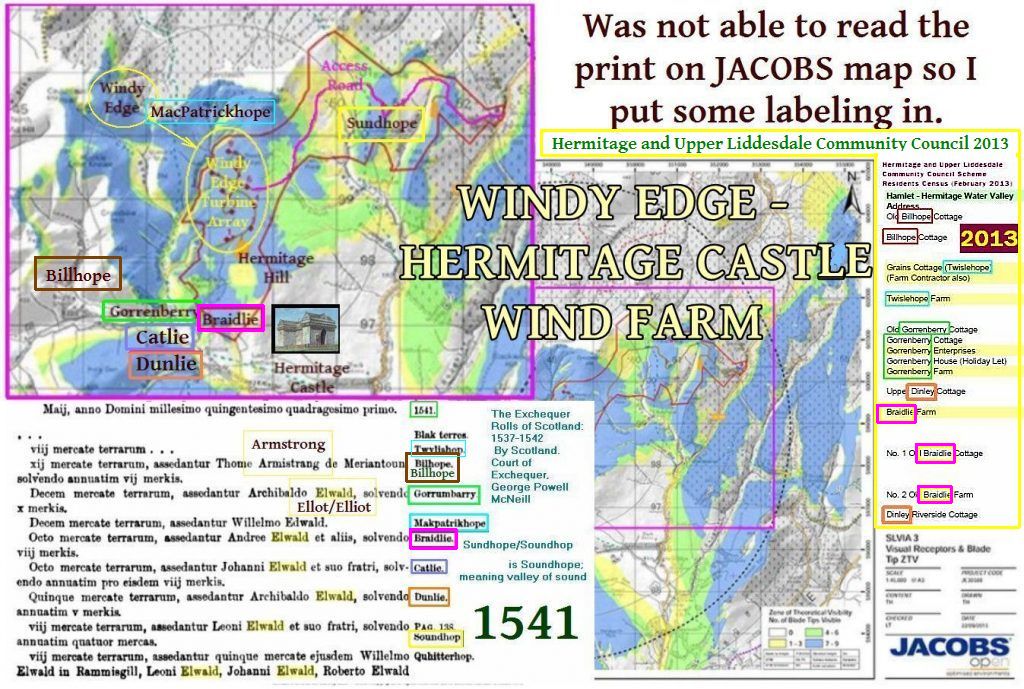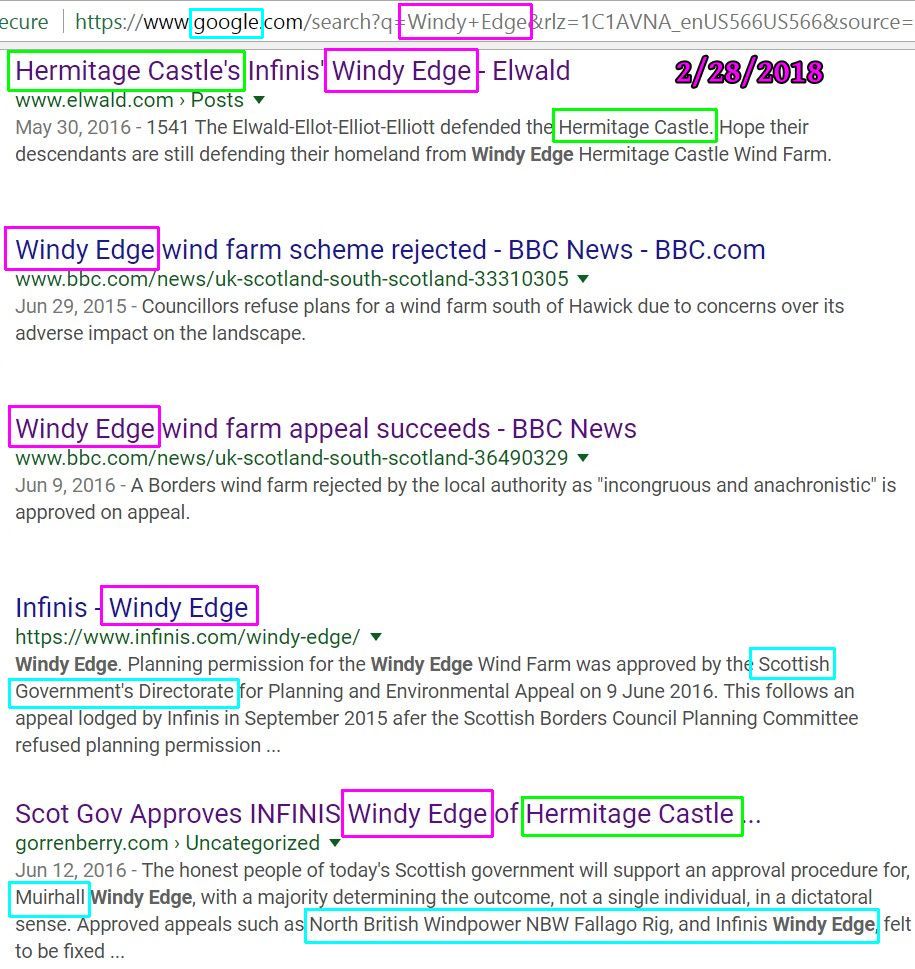Trying to Understand how Nixon fits into the clan system xmarksthescot.com
Clan Crozier electricscotland.com PDF
James Elliott Obituary, Houston, TX :: Iles Funeral Homes
Resided in MacGregor Park region inside the loop.
Brigham Harvard DNA genealogy – Microsoft Bing Search Images
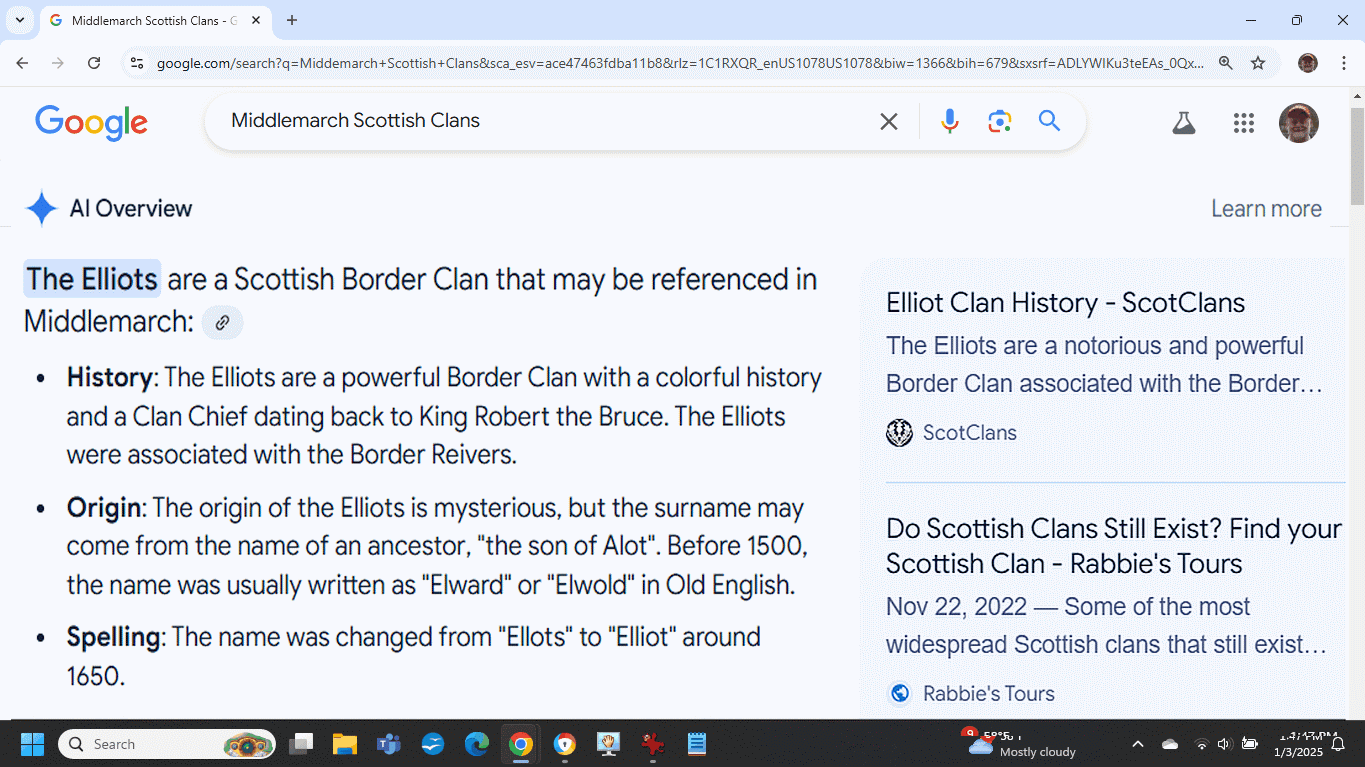
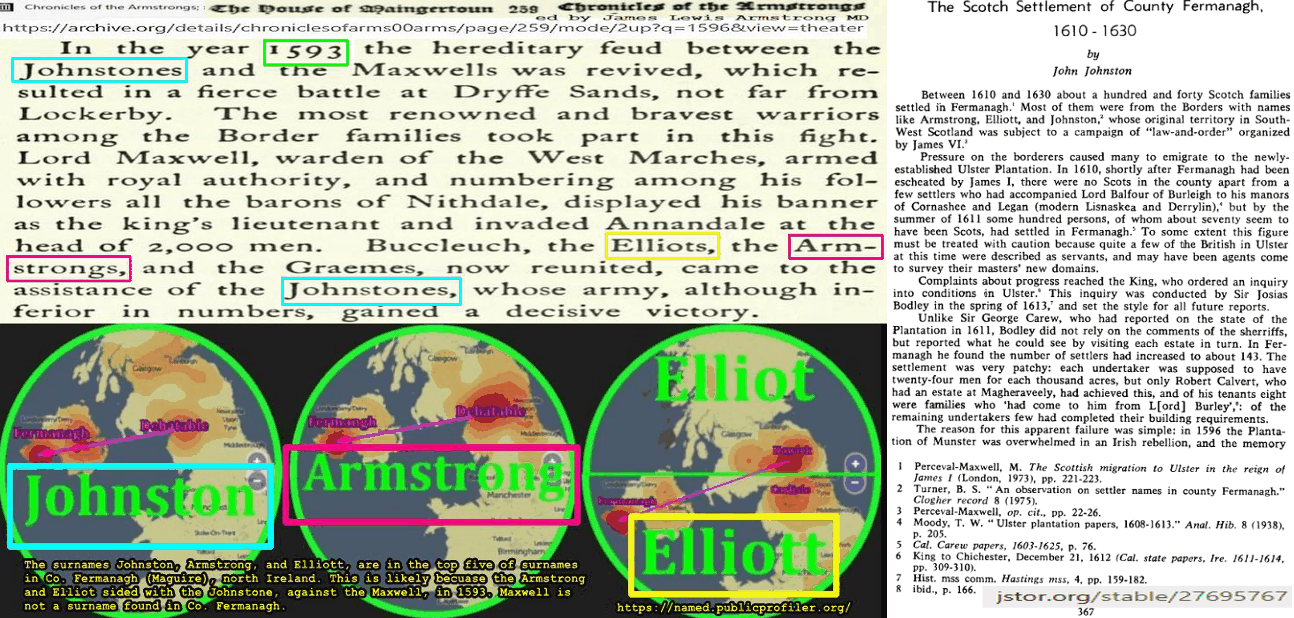 Fathers-Father-51
Fathers-Father-51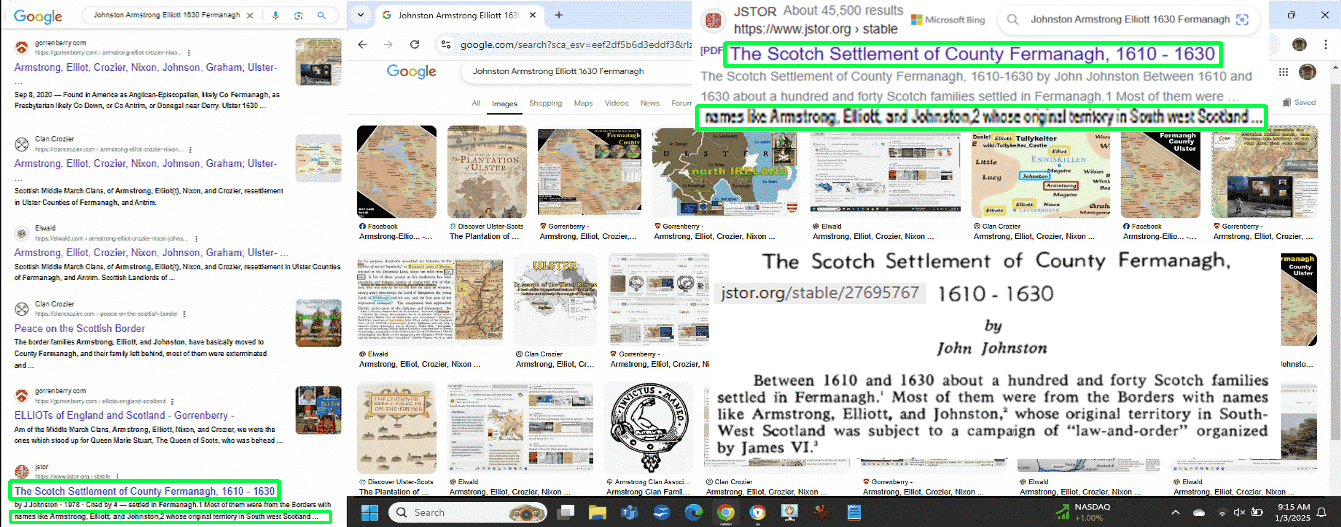
Tullykelter-to-America
Though we have Breton (Norman) DNA representing 43% of Elliott, at standard behavior science it needs to be 95%. This is indicative the type of math being used.
My R-U106 is of Germanic Anglo-Scottish Border onto Irish Border DNA though there as People of British Isles in utilizing proper autosomal DNA with proper mathematical sharing not authoritarian analysis this shows a branching of migration towards the Scottish border and southwest England with the Norman Alyot-Eliot of the Bretons out of France. MSE.
electricscotland.com clancrozier.pdf
Buccleuch Elliott Hermitage Castle Crozier Nixon – Google Search
The Shields of Lords of Liddesdale of Old, RBA History 1880
Armstrong, Elliot, Crozier, Nixon, Johnson, Graham; Ulster-Scot.
https://clancrozier.com/wp-content/uploads/2022/05/In-search-of-the-Ulster-Reivers360p.mp4?_=5
Sheep-stealers-from-the-north-of-England-the-Riding-Clans-in-Ulster-by-Robert-Bell
Die Riding Clans in Ulster von Robert Bell
Clan Crozier (electricscotland.com)
Tullykelter to America
For making corrections to site;
by Mark Stephen Elliott son of Loren Spencer ElliottWikiTree
Your user name or IP address has been blocked by a WikiTree Leader.
https://www.wikitree.com/wiki/Category:Clan_Elliot
Start of block: 21:01, 14 May 2018
Intended for: Elliott-11757Suspected violation: Intentionally adding false information
Though they kicked me off site;
Uploads from Mark Stephen Elliott on Wikitree
ancestors familysearch.org Daniel Elliot 1637-1704?
Daniel Elliot, Salem by Loren S. Elliott – Elwald
Use to using a different format, but the above is and example of lands, including an insert-map showing Braidlee, from Anglo-Saxon Broadlee, meaning a valley broad on the leeward side. Wolflee also Anglo-Saxon, meaning the valley of the wolf. Yes, there were wolfs in the region. They introduced them around here and the Navajo grandmas shoot them for going after their sheep. Put chief Margaret Eliott raised in Stobs, but of Redheugh, in the same category if Scotland decides to reintroduce wolfs. Her husband seems to have a Polish wolfish type surname.
Though I may observe him, do not want to make any distinctive moves. Past British Army MI6 you know, but on the same family side.
May have bumped elbows on an Armstrong in the Aberdeenshire region. Finding that Eliott-Elliot may have land connection with Douglas-In-graham in region. Those Graham they are English an seem to not want to claim Armstrong-Elliot as family. Maybe the Nixon and Crozier seem to have English connections they find more acceptable.
Kind of like staying in the Forest with the Fosters, they are English and seem to be not offended to be related to Armstrong and Elliot, from the English side like those Grahams. It is the Hunter and wolf, for they are predators of the elk-moose, I must watch out for.
The Crozier seem to be Saxon along with the Thorleehope (valley of Thor, god of lightning Thunder Valley). A couple of Crozier seem to match their Y-DNA and are not R-L193. It seem like if you are not R-L192 and are R-U106, Anglo-Saxon they like to silence and exterminate you. Mark Stephen Elliott
Daniel as a forename is not popular in Scotland. Many great in accordance with Douglas Scott of BC, Canada, Dand Ellot was banished from both Kingdoms in 1607, then shows up as Daniel Elliott, in Tullykelter, Co. Fermanagh, Ireland, as part of the Somerville Estate in-law to the Monea Hamilton. Names Somerville, and Ellott show up in 1610 Tyrone Muster, and a generation later in the Co. Fermanagh, Muster. James Somerville shows up in bother musters. 1610 James Somerville had son 1630 Somerville. Scots alias nickname for Andrew is Dand, Irish English it becomes Daniel from surname of Daniel-M’Daniel it may be obtained. Ellot family of Tullykelter were Anglican but nomally Catholic, from forenames show this, even the name in 1610 Ulster Muster of Co. Fermanagh, Marke Ellot shows this. Before 1650 the Scots used Ellot not Elliot with the Norman ‘i’. Daniel Elliott name in 1692 Salem Trials was spelled Elot, the ‘i’ was added likely because of a John Eliot (Eliot Hall Harvard) which came over on the Mayflower. Had a relative to a George Soul who’s ancestor those Armstrong may have melted in lead at Ninestanerig, 9 stone ridge. Did not seem to care much for this Soulis either. The Douglas and Armstrong seem to like, and this Douglas Scott who is from BC, Canada is active with the Hoik-Hawick Archaeological Society, and has this younger brother who is active also, and sings Scottish Ballads with this group called Scocha (Scott-Chapman), do not know being an elk-moose if I care for his middle name of Hunter, though I think he also is weary of the hunter.
A Hawick Word Book Douglas Scott.pdf (ubc.ca)
Robert Elwald 1484 receiving Redheugh-Larriston land from ‘Bell the…
The History of Liddesdale, Eskdale, Ewesdale, Wauchopedale and the …
Sasine deed 1484 for Robert Elwald (Elliot), Redheugh, Larriston, Hartsgarth
Steel Bonnets In Debatatable Lands with George Macdonald Fraser and Eric Robson
https://elwald.com/border-reivers-armstrong-elliott-nixon-crozier-middle-march-1587/
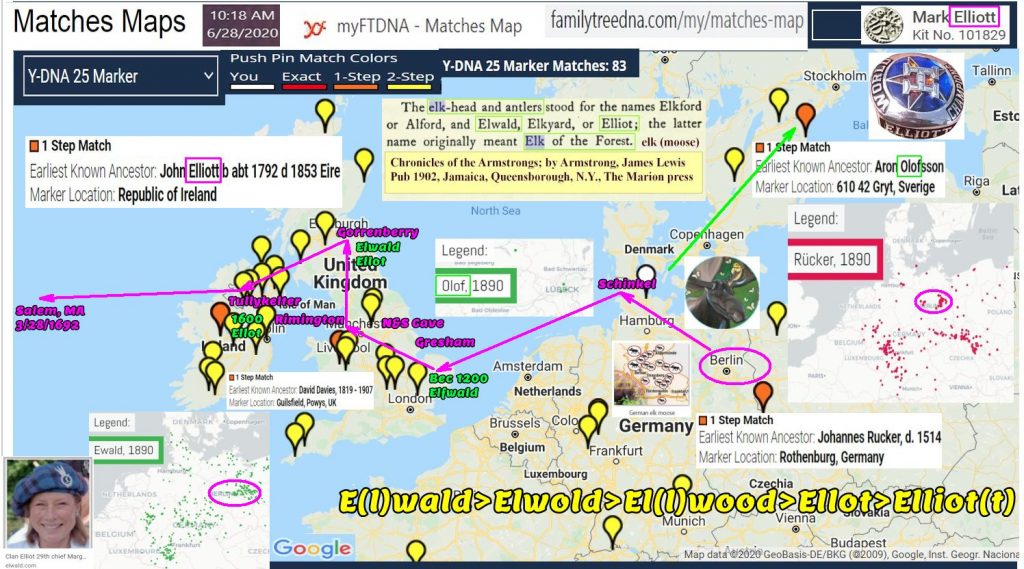 How family members are being successful at family history;
How family members are being successful at family history;
What’s in a Name? Allegiance, for Border Reivers
Ancestry: Clans of plunderers operated between England and Scotland from the 14th to 17th centuries. Forebears of U.S. presidents may have been among them.
February 11, 1996|GRAHAM HEATHCOTE | ASSOCIATED PRESS
CARLISLE, England — Ever suspected that your ancestors were robbers who terrorized the border between England and Scotland? Armstrong, Elliot, Graham, Irvine, Johnstone, Kerr, Maxwell, Nixon and Scott were among the families who rode, feuded, fought and plundered over the border area for 350 years.nAll the family names of the Border Reivers, whose first allegiance was to their family’s surname, are on a list kept in Carlisle, on the English side of the border. From the 14th to the 17th centuries, the border was a turbulent place. Raiders stole cattle and women, burned homes and farms and killed rivals without mercy.
From surviving documents such as court and property records and tenure agreements, researchers have identified 74 family names from that region in the 16th and 17th centuries. Some names have changed over the years: Johnstone becoming Johnson, for example.Reive, meaning to plunder or rob, comes from the dialect of the Scottish Lowlands and borders. “The folk memory of the Reivers has passed away, but their stories survive in the border ballads,” said David Clarke, senior curator of Tullie House Museum. “We have music about them and [the novelist Sir Walter] Scott collected a lot about them and put them into his novels.”
The museum has made an audio-visual show about Reivers the centerpiece of a $7.5-million restoration. The bell that rang to warn Carlisle townspeople of raids is in the museum. Images of galloping horse riders, lookouts, panic-stricken settlers and torched homes and forts are projected on a 30-foot screen. Voices intone the fear of women waiting for raids: “The Reivers are riding to take what we stole from them that had been ours before.”
The border with Scotland is nine miles north of Carlisle, but in Reiver times it wasn’t so definite. “North of Carlisle were the debatable lands, territory which was declared to belong to neither Scotland nor England,” Clarke said. “The Reivers” operated on both sides of the border. “It was peat moss and bog country, a huge tract of wet and desolate moorland at the head of the Solway Firth,” he said. “You had to know your way around it or you would have got lost and died. Nowadays it’s mostly quarried for peat or drained for farming. “Carlisle is a border city and changed hands between the English and Scots several times in the Middle Ages, so the museum took up the Reivers as a very interesting episode,” he said. “It’s become one of our main attractions.”
Clarke said the Reiver story is still little known despite George MacDonald Fraser’s novel, “The Steel Bonnets.” Fraser was astonished by the Reiver connections he saw in a photograph of Presidents Lyndon B. Johnson and Richard Nixon and evangelist Billy Graham together at Nixon’s inauguration. Johnson’s visage and figure were straight from Dumfriesshire, where everyone was familiar with such lined and leathery faces, large heads and rangy, rather loose-jointed frames, Fraser said. The Graham features were less common but still familiar, while Nixon was the perfect example of the Anglo-Scottish frontier: blunt, heavy features, dark complexion, burly body and an air of dour hardness. Fraser said all three heads would fit perfectly under a steel bonnet. “The Reivers were thieves, but warriors as well, and without allegiance to anyone outside their clan. Any English or Scottish king going to war here needed the Reivers on his side,” said Chris Dobson, a Carlisle city official. He said the Reivers were eventually repressed, deported, killed or compelled to emigrate under threat of imprisonment and that many ended up in Ireland.
Haydn Charlsworth specializes in researching family histories around Carlisle and has traced Reiver connections for American clients. “Once you get back to the 16th century, it’s pretty difficult to make strong links, but the Armstrongs are well documented, and the Johnstones,” Charlsworth said. “Men who carried arms were liable to be called up by the sheriff so there are records of them.” Visitors can get a “Reivers Car Trail” leaflet in Carlisle to guide them through 80 miles of Reiver country. It describes one of the most unspoiled and splendid parts of Britain as it was in 1590, just after the defeat of the Spanish Armada. Towers, churches and castles are still there, though often only as ruins, and so are banks and ditches, remnants of Roman forts built more than 1,200 years before when nearby Hadrian’s Wall was the northernmost frontier of the Roman Empire.
Reivers by Name
The 74 family names in surviving documents about the Border Reivers:
Archbold, Armstrong
Beattie, Bell, Burns
Carleton, Carlisle, Carnaby, Carrs, Carruthers, Chamberlain, Charlton, Charleton, Collingwood, Crisp, Croser, Crozier, Cuthbert
Dacre, Davison, Dixon, Dodd, Douglas, Dunne
Elliot
Fenwick, Forster
Graham, Gray
Hall, Hedley, Henderson, Heron, Hetherington, Hume
Irvine, Irving
Johnstone (Johnson)
Kerr
Laidlaw, Little, Lowther
Maxwell, Milburn, Musgrove
Nixon, Noble
Ogle, Oliver
Potts, Pringle
Radcliffe, Reade, Ridley, Robson, Routledge, Rutherford
Salkeld, Scott, Selby, Shaftoe, Simpson, Storey
Tailor, Tait, Taylor, Trotter, Turnbull
Wake, Watson, Wilson, Woodrington
Yarrow, Young
Associated Press
To find new thinks about ones own family and individual needs to be open to suggestion, then to research it to find the correctness in it, which can be applied to ones own family line.
Since an individual knows their own family line, better than anyone else, searching for the small part of correctness, will advance one foreward in their genealogical search.
Needed to point out incorrectness on your own not others family line because this is bennificial to finding family links.
In pointing out correctness in another persons family land can prove to be destructive to the advancement of their family history.Want to thank everyone which brought out concepts, so I could try to approach answers to genealogical statement in the Border Reiver project.This material, like all my material is on a take it or leave it basis, a key to doing good genealogy.Sincerely
Mark Stephen Elliott
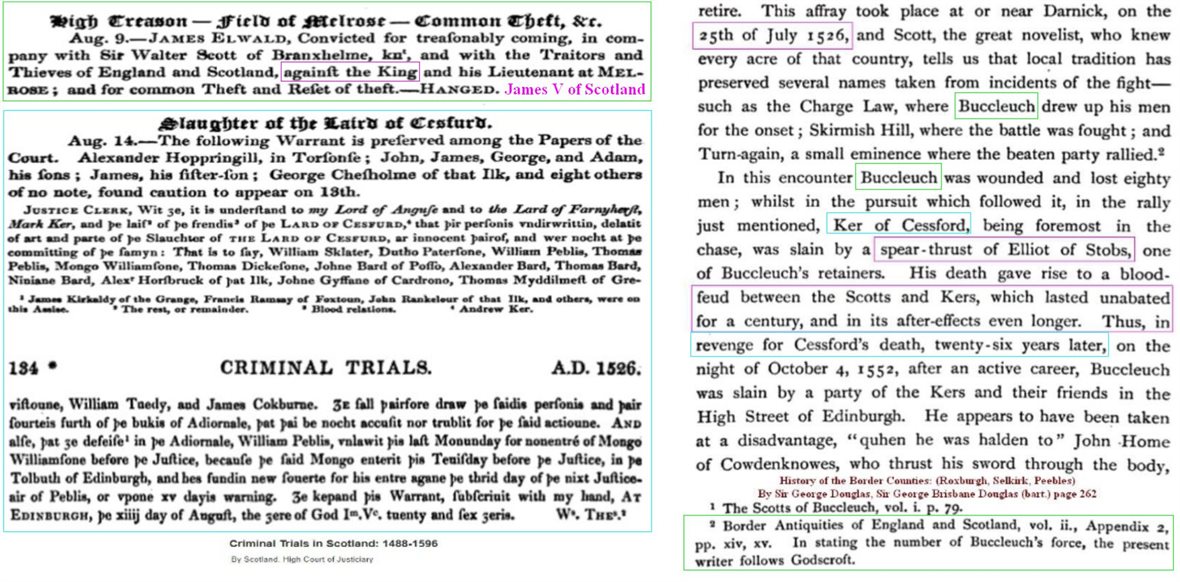



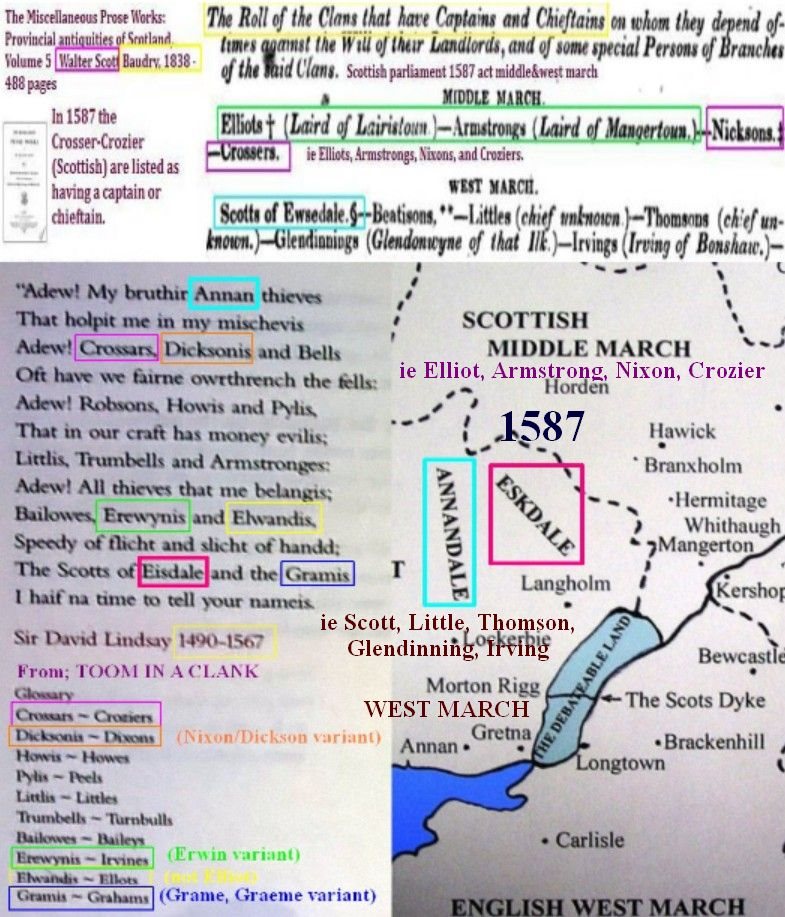

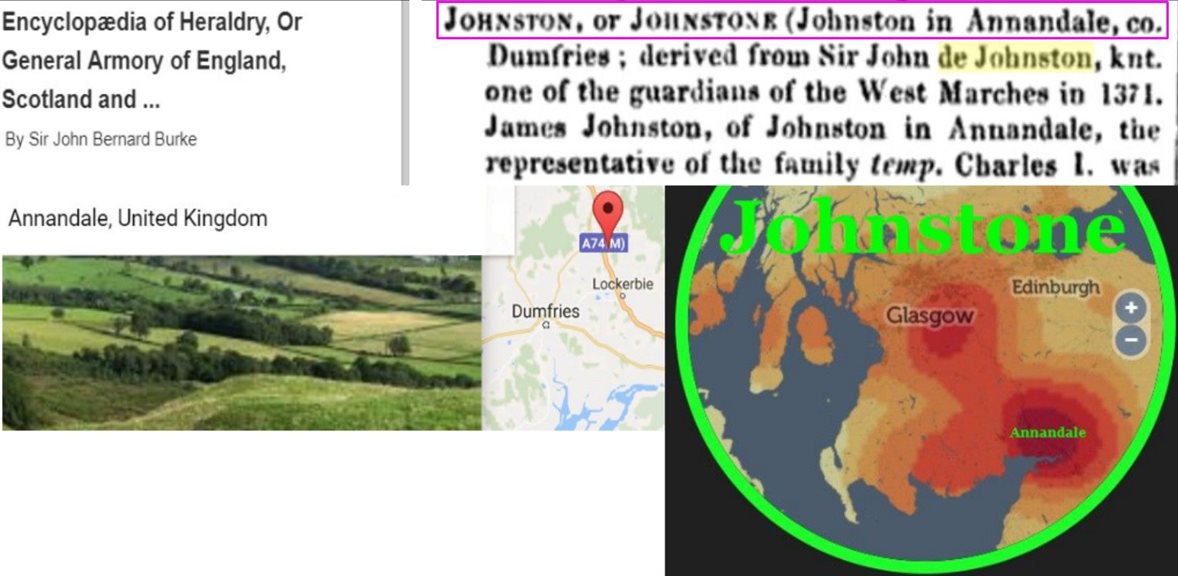
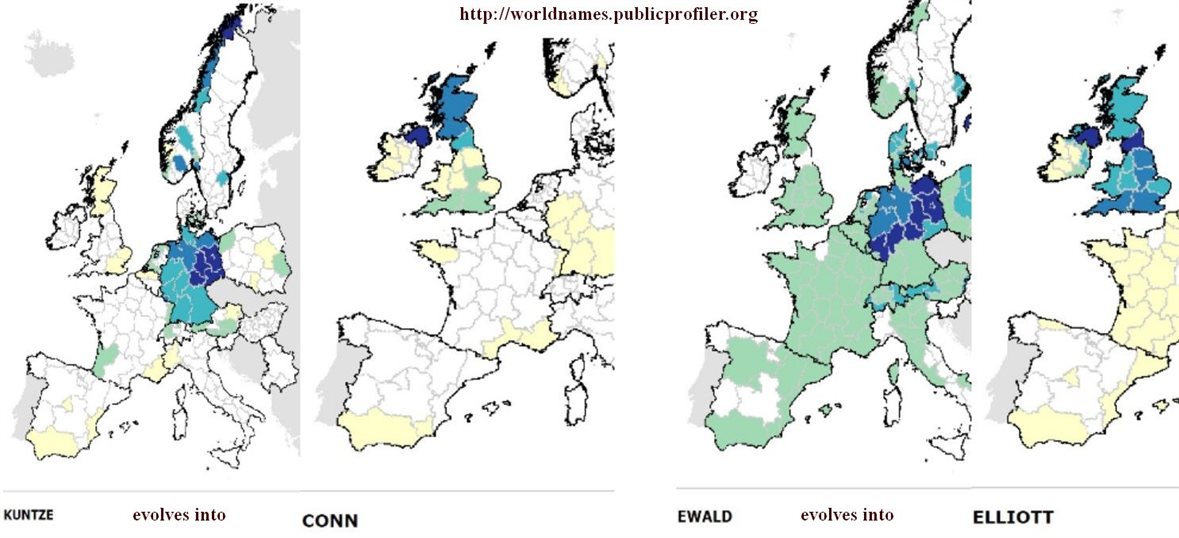
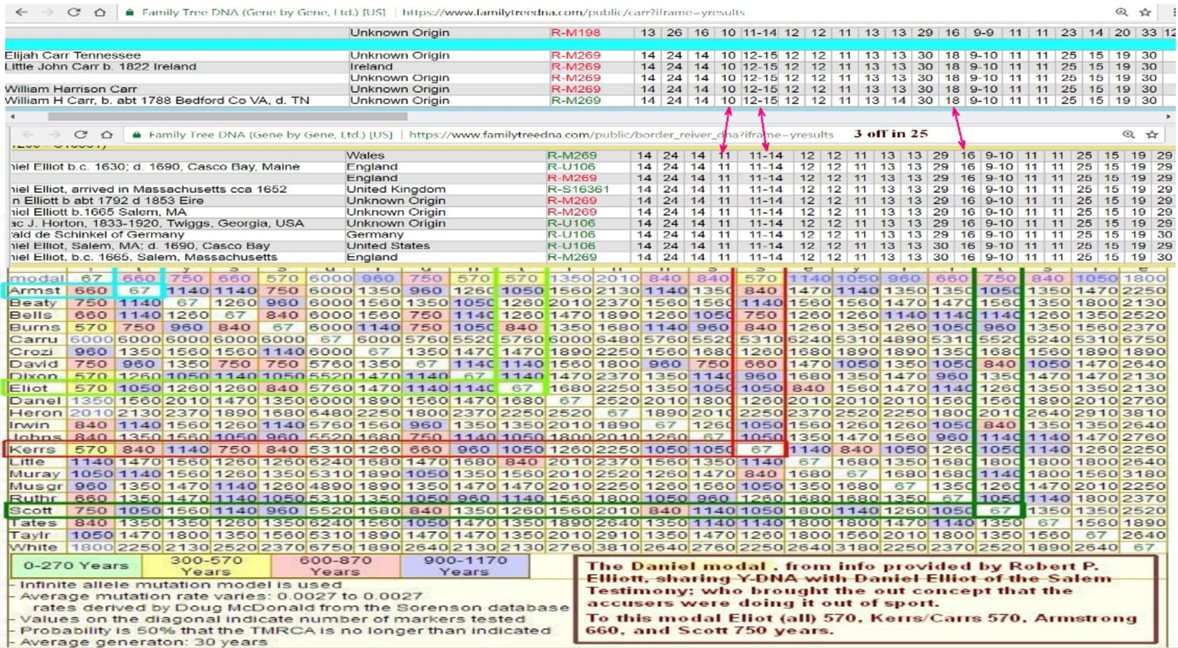
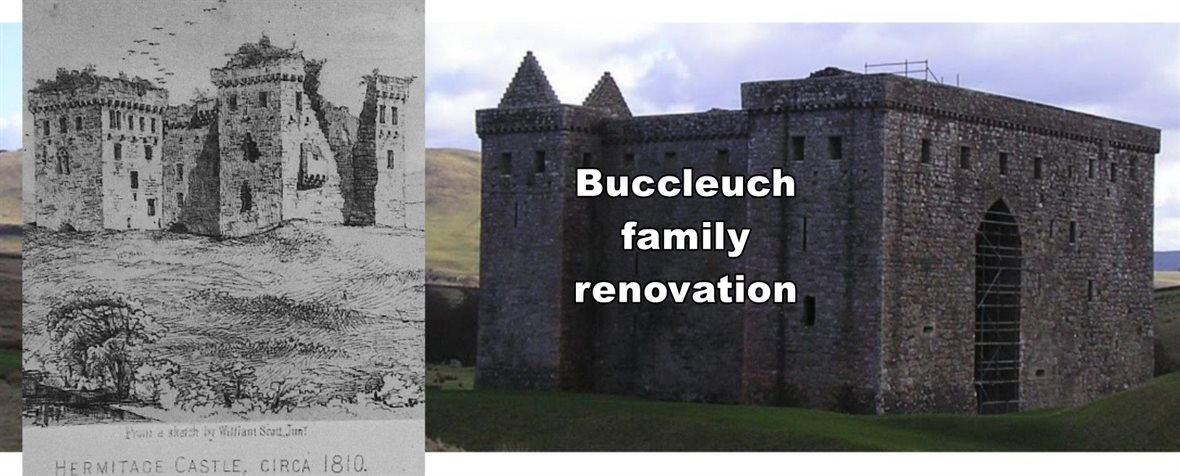
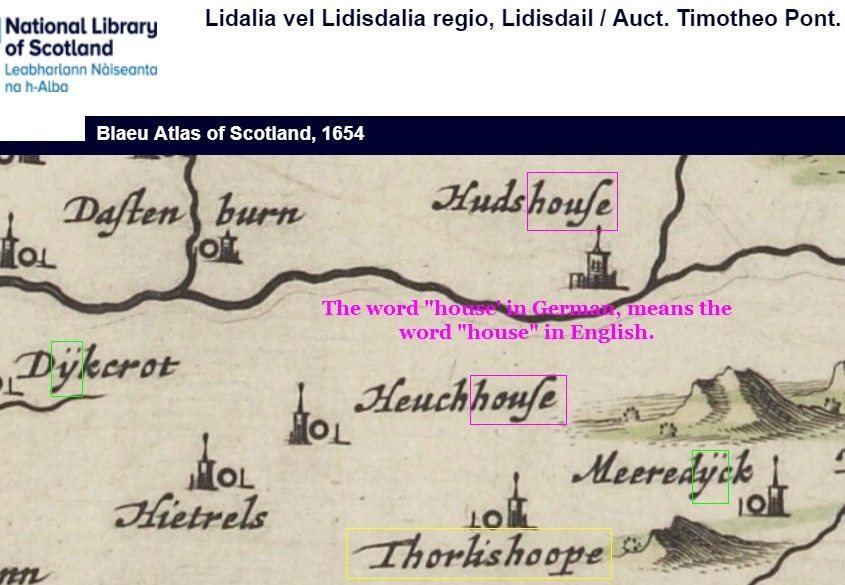
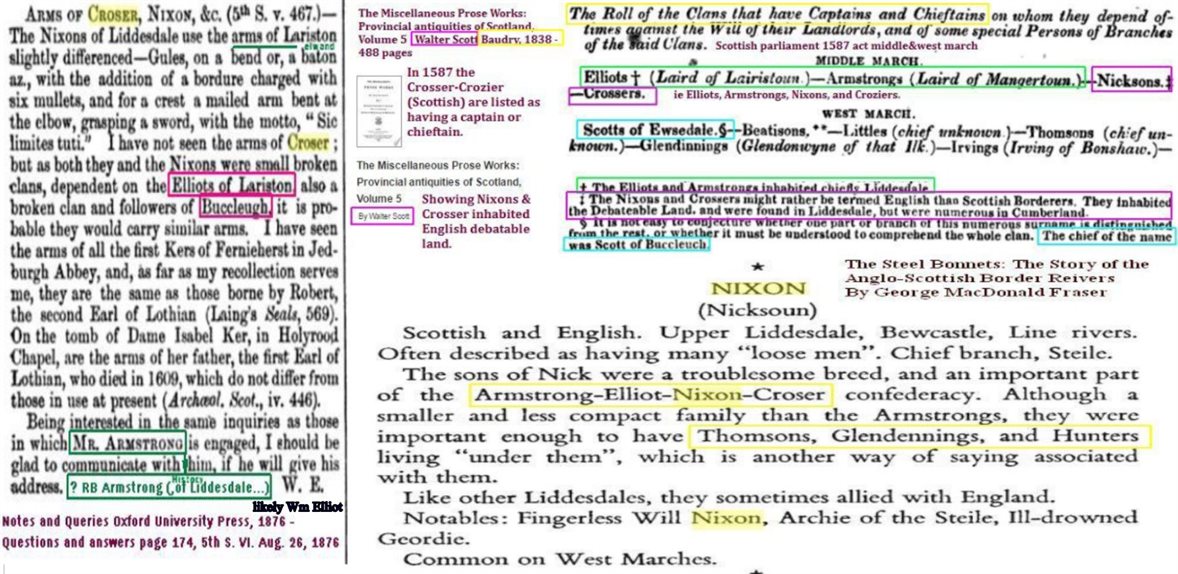
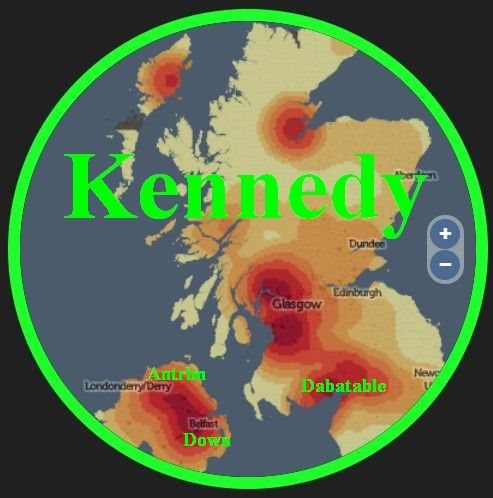


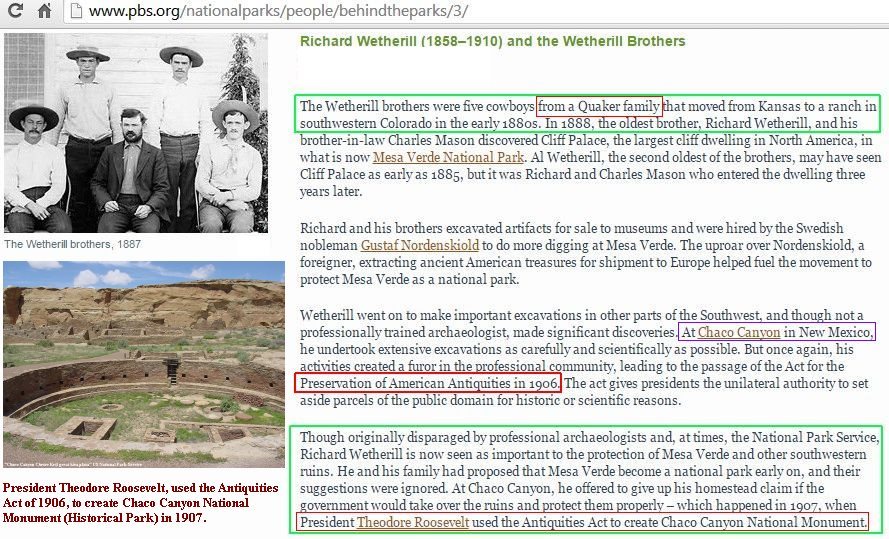
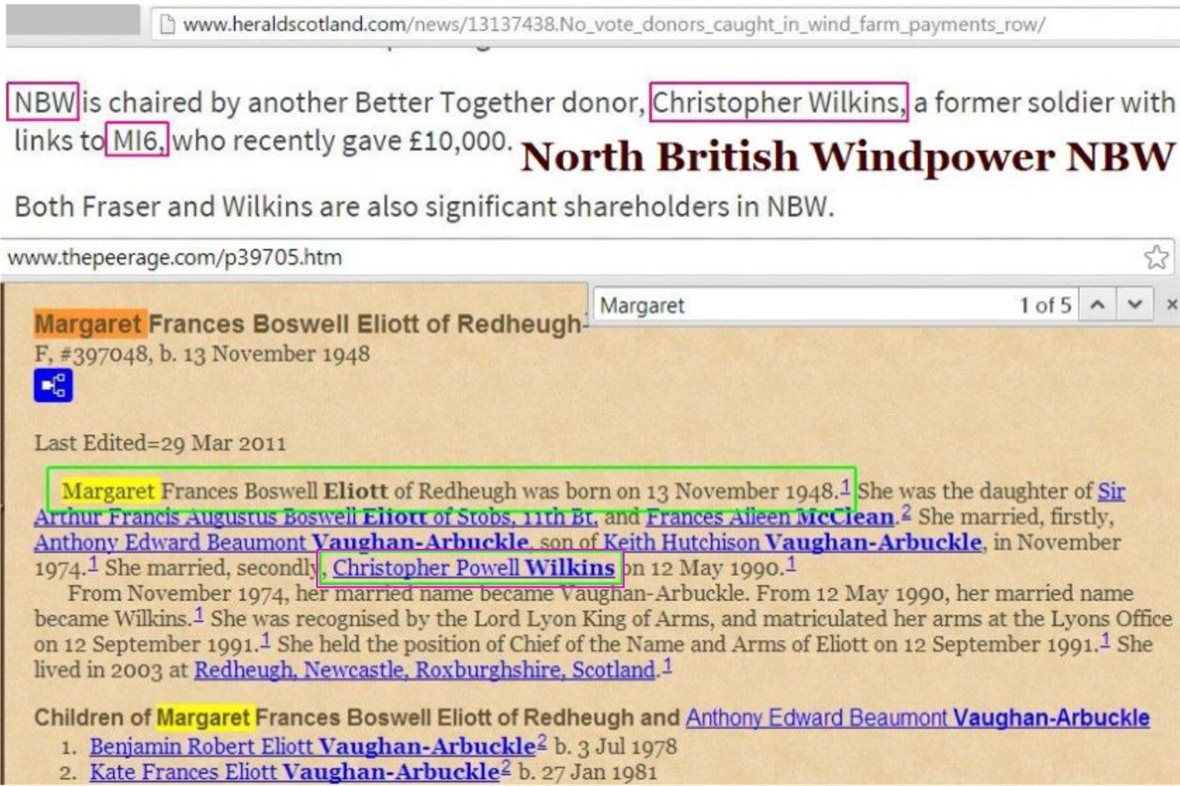
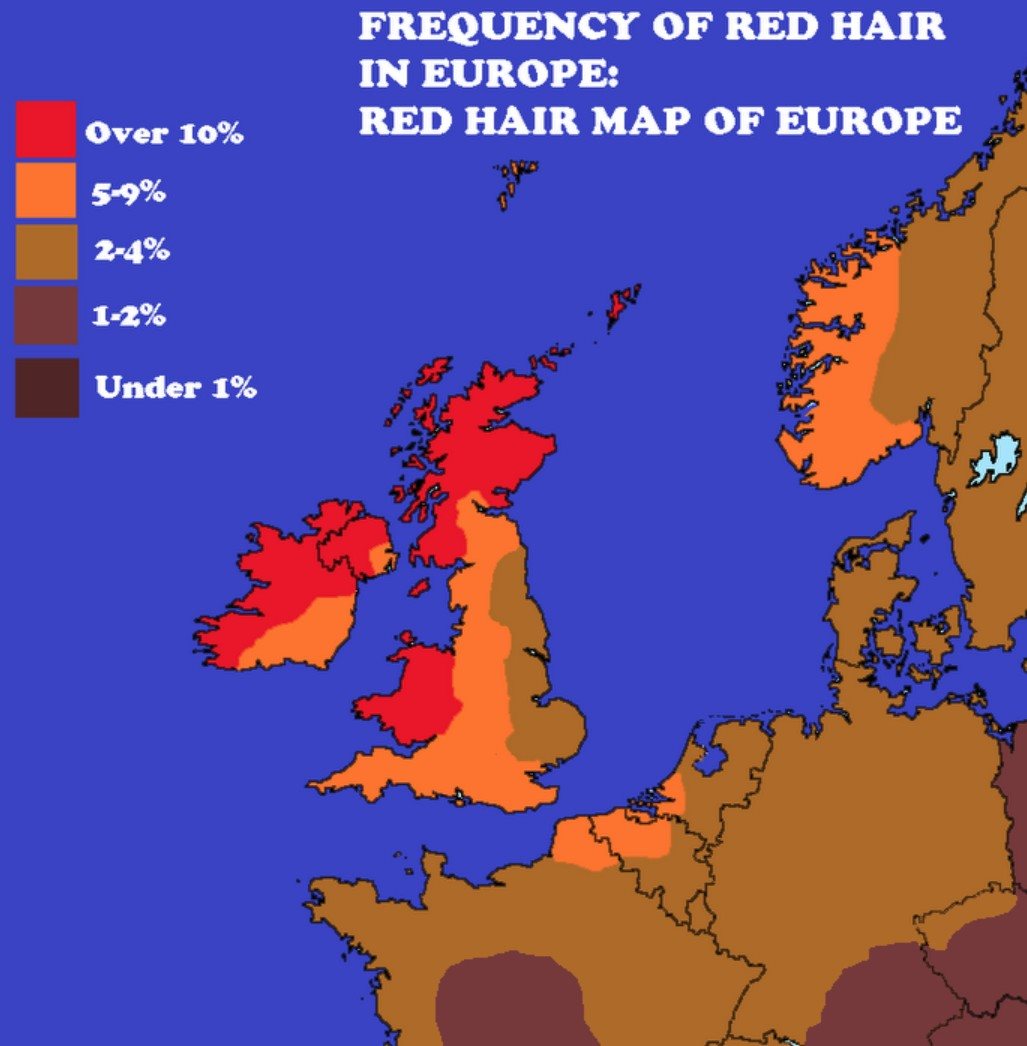


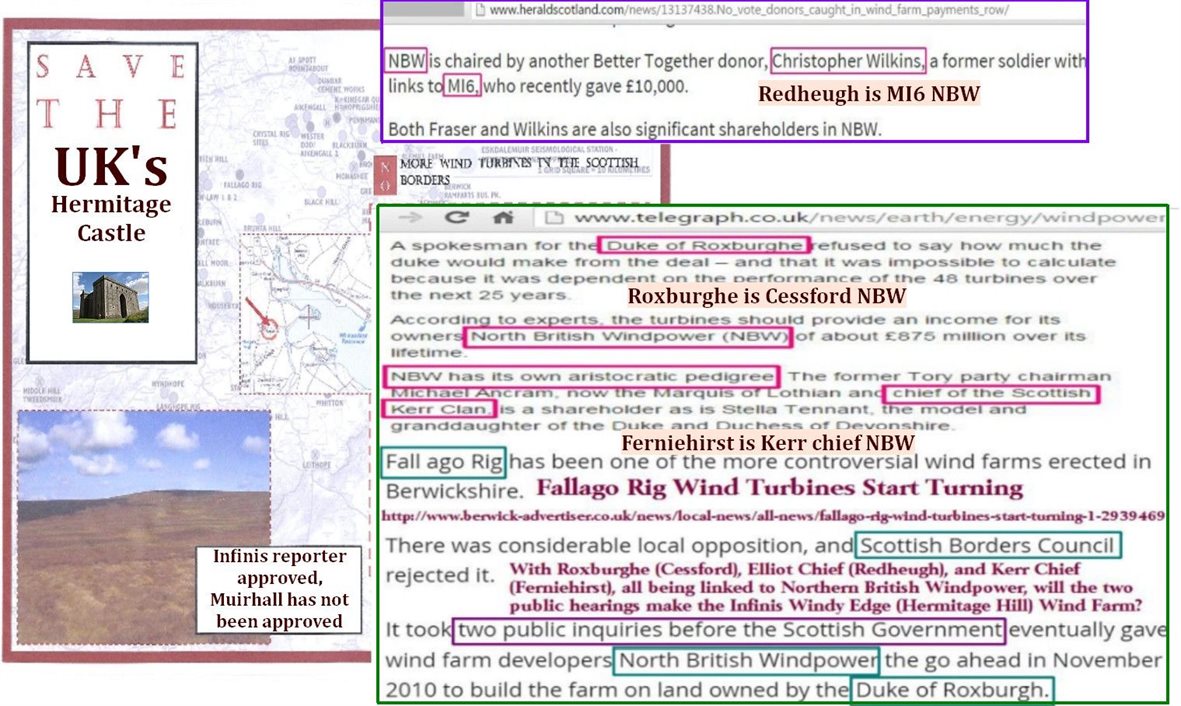
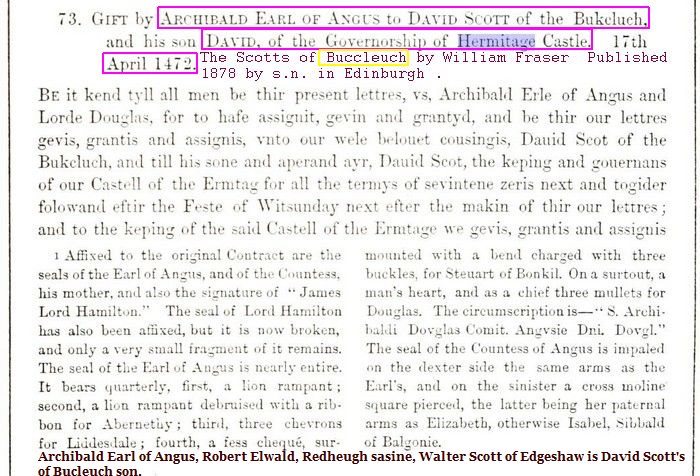
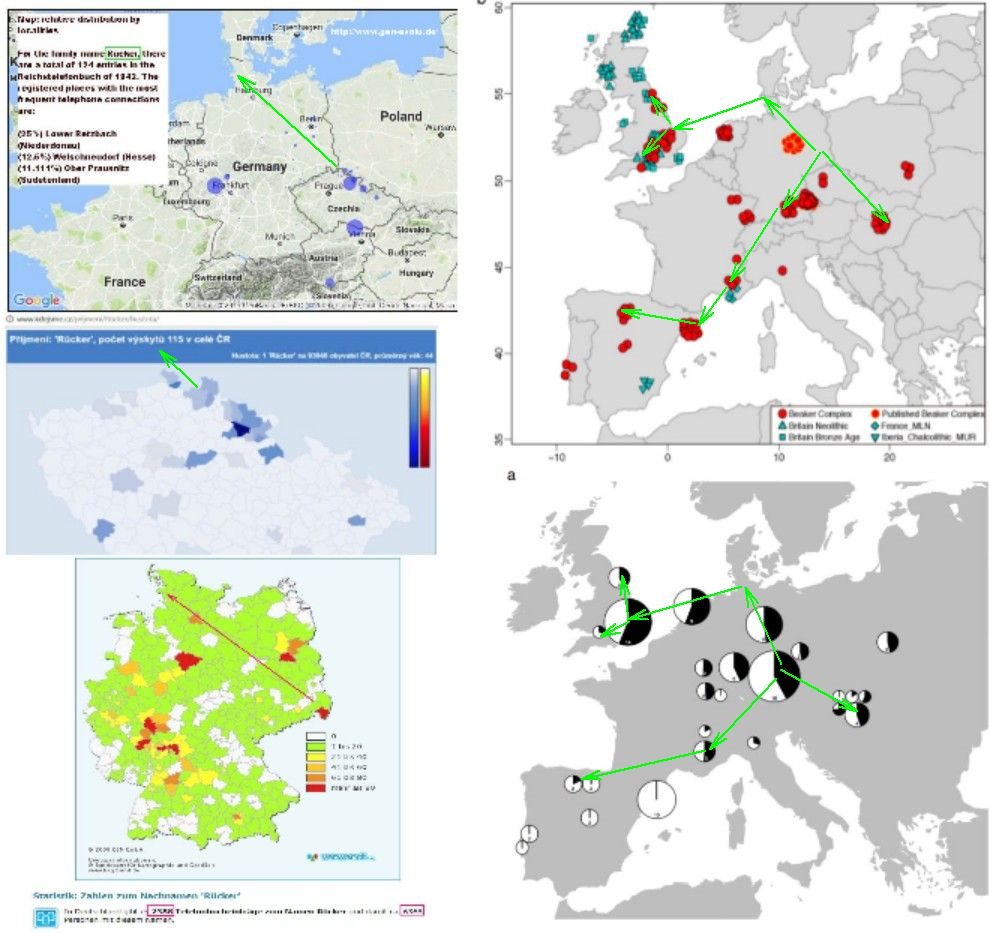

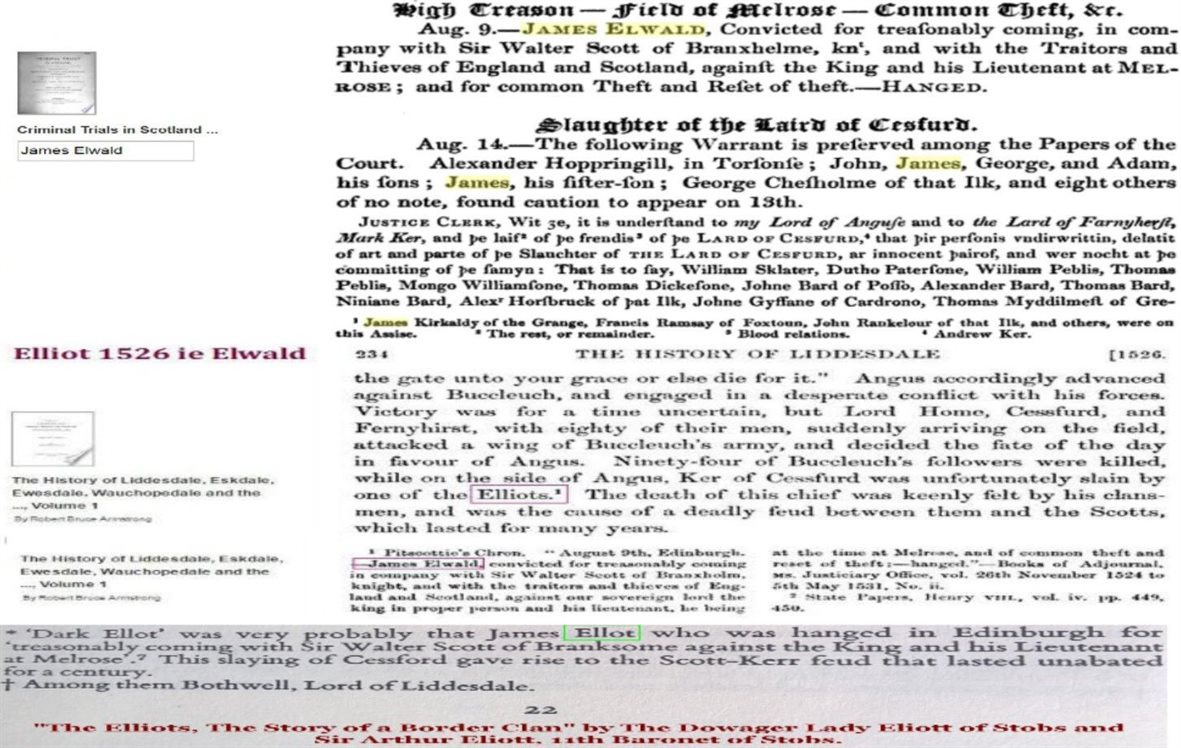
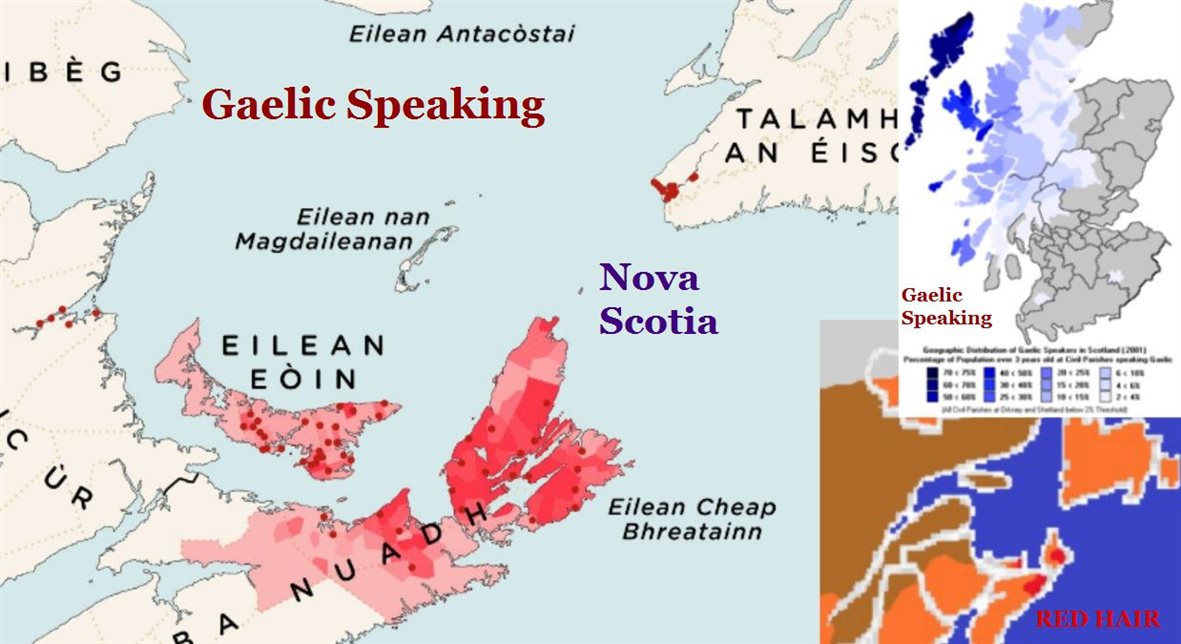
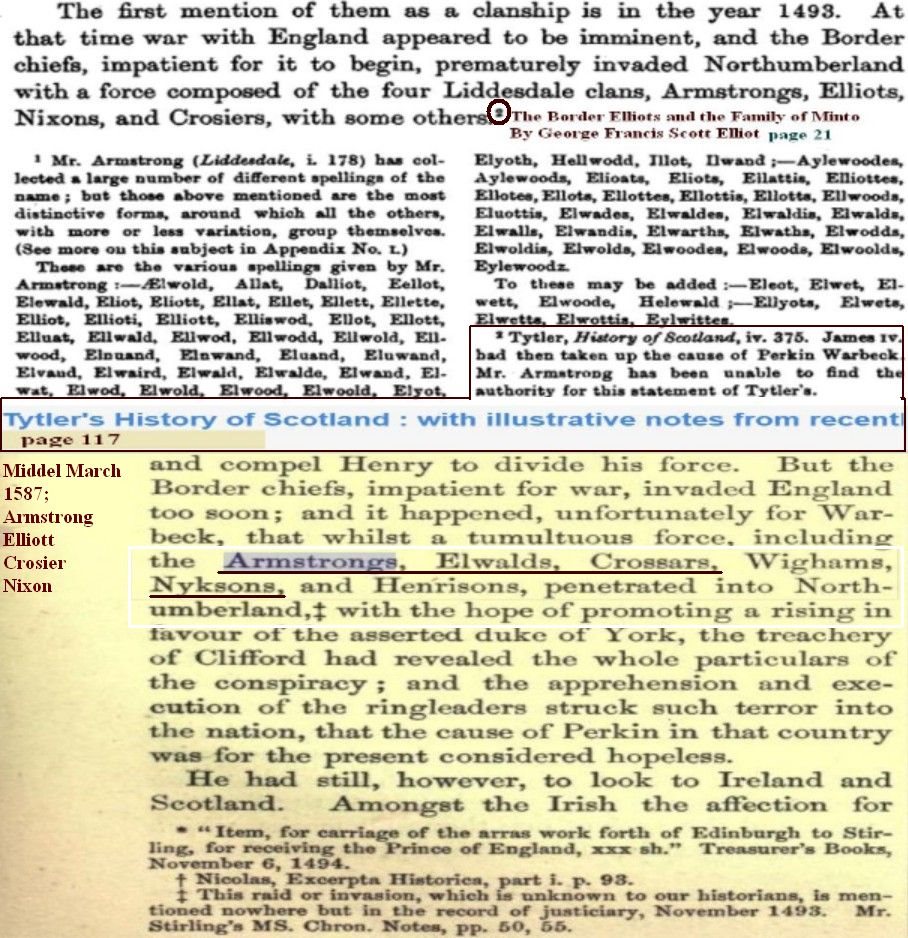
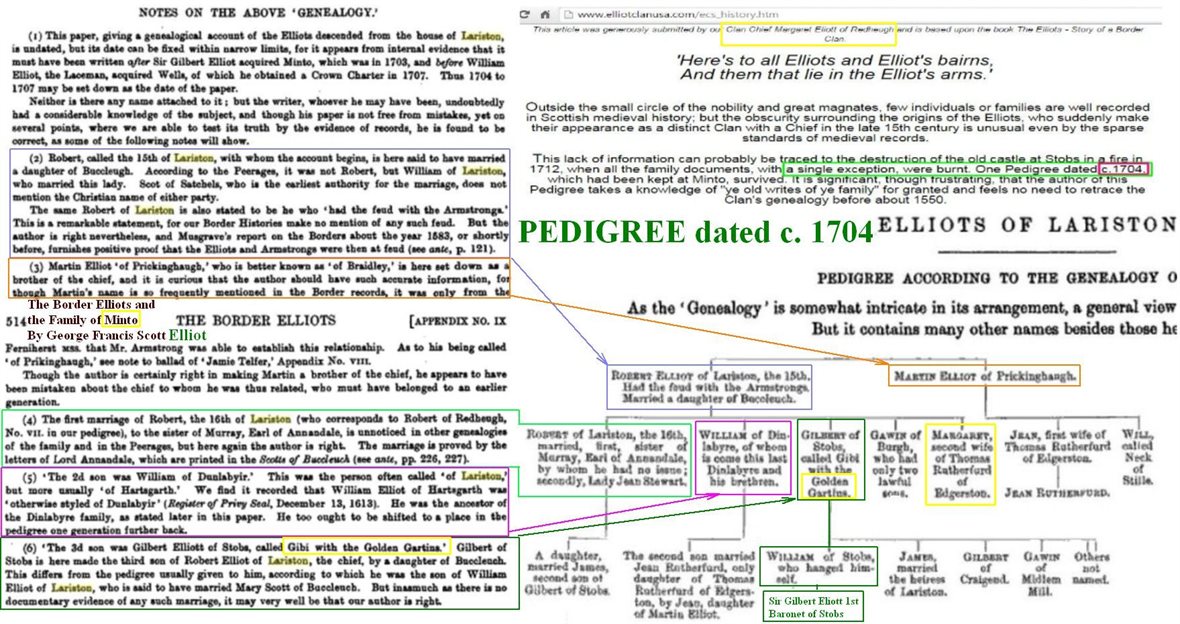
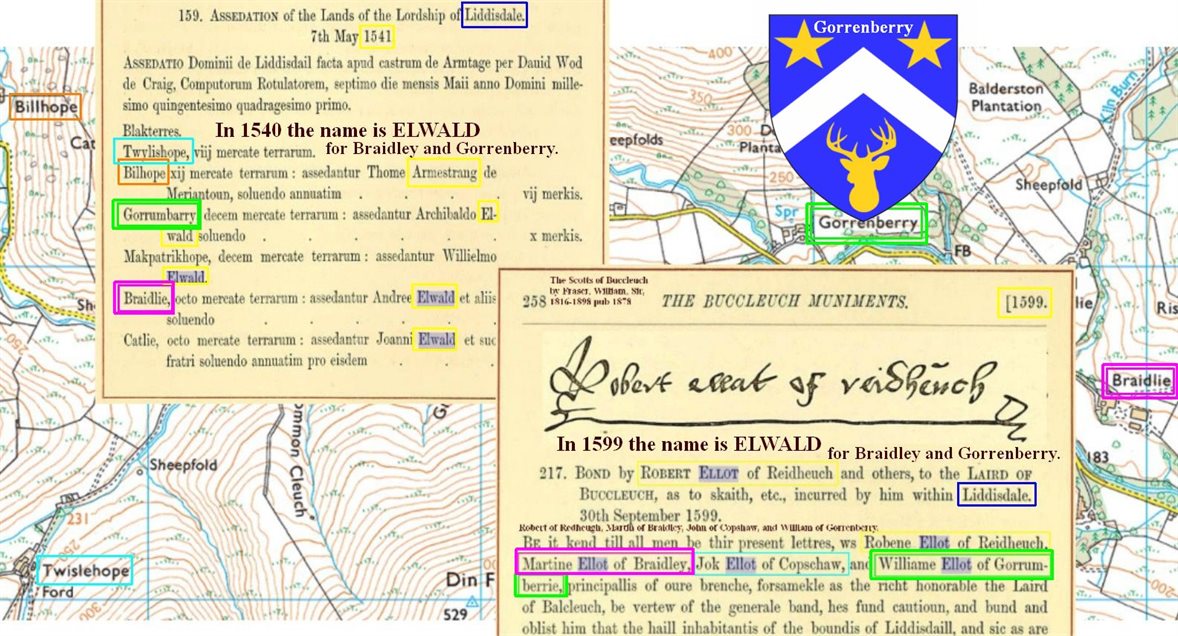


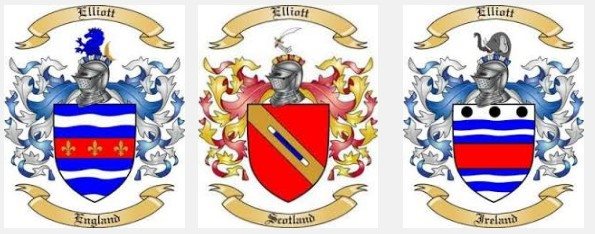
Chronicles of the Armstrongs; by Armstrong, James Lewis
2/21/2018 MSE
2/28/2018 MSE
